Nomadic Matt's Travel Site
Travel Better, Cheaper, Longer

Taiwan Travel Guide
Last Updated: August 23, 2023
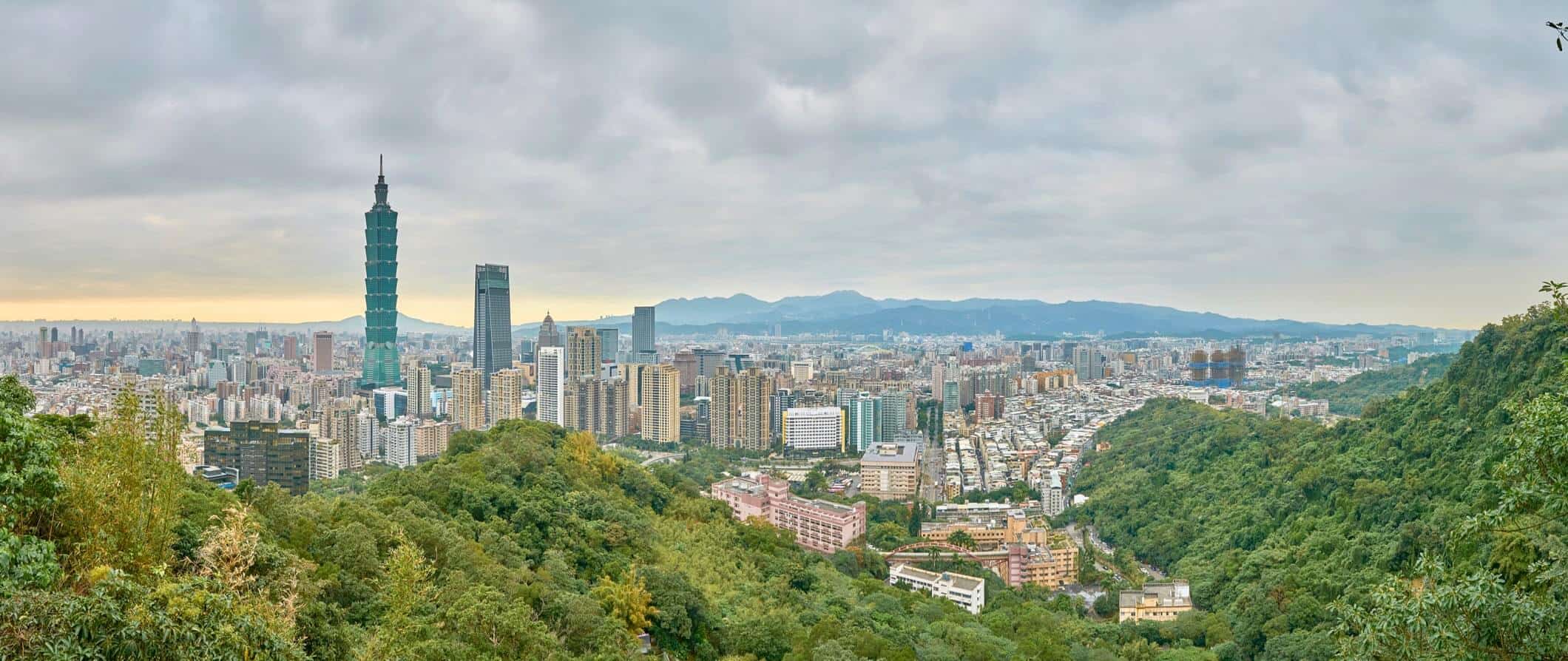
Taiwan is one of the most underrated budget destinations in Asia. It offers a beautiful — and super affordable — mix of east and west, blending the culture and cuisines of mainland China , Japan , and Hong Kong . And all with a fraction of the crowds.
I don’t think enough people visit Taiwan. I spent time here as an English teacher and have revisited the country since. There is a lot to do there: hiking the mountains, eating at night markets, drinking at tea houses, lounging on beaches, and enjoying the country’s amazing nightlife. No matter your interests, Taiwan won’t disappoint — especially if you’re a foodie. The food here is some of the best in the region!
This travel guide to Taiwan can help you plan your trip, save money, and make the most of your visit to this underrated island!
Table of Contents
- Things to See and Do
- Typical Costs
- Suggested Budget
- Money-Saving Tips
- Where to Stay
- How to Get Around
- How to Stay Safe
- Best Places to Book Your Trip
- Related Blogs on Taiwan
Top 5 Things to See and Do in Taiwan
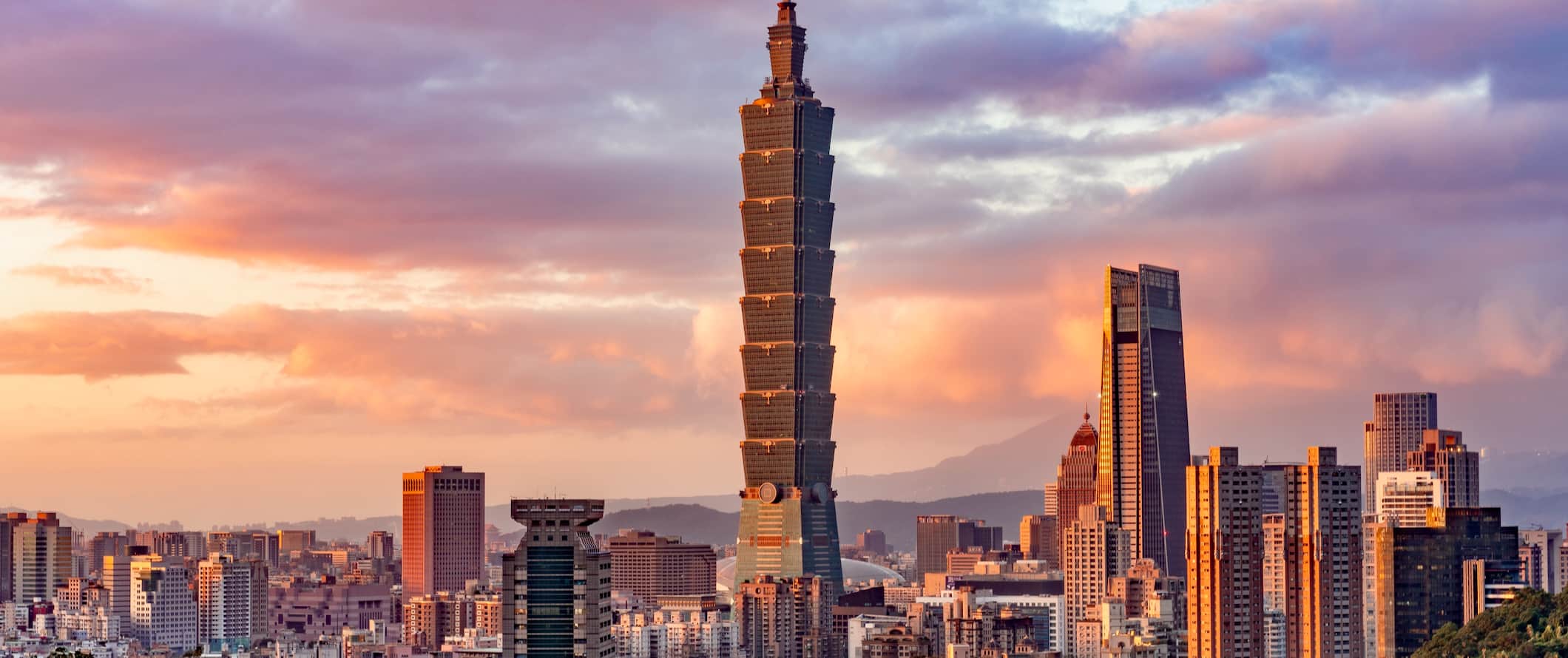
1. Visit Jiufen
Jiufen is one of Taiwan’s most popular tourist destinations. Founded during the Qing dynasty, Jiufen boomed as a gold mining town in the 1890s. Here, you can find all kinds of historic tea houses built into the hillside. The center of the city and its historic streets and buildings are all preserved and look as they did 100 years ago. Try the snacks on offer, visit one of the many tea houses, and do some hiking if you have time. It’s a pretty easy day trip from Taipei but you should aim to come early to beat the crowds. If your itinerary allows for it, consider spending a night here so you can experience it without the daytripper crowds.
2. Soak in the Hot Springs
Especially fun to visit in winter, the Beitou Hot Springs are just 30 minutes from downtown Taipei and you can get there on the MRT (you need to go to Xinbeitou station). There are lots of resorts, spas, and inns in the area which, with a vast array of wildlife and fauna, really feel like you’ve traveled much further afield. Visit the Hot Springs Museum, the Xinbeitou Historic Station, and Thermal Valley (a sulfurous lake nearby that has walking trails) while you’re here. There are also some really cool temples here, including the tiny wooden Puji Temple.
3. Explore Taroko National Park
Located southeast of Taipei, this national park offers visitors a chance to hike through beautiful mountainous terrain and gorges. It spans almost 250,000 acres and is one of only nine national parks in Taiwan. With loads of cliffs and waterfalls to explore, it’s a really stunning place to visit. Head to the Zhuilu Suspension Bridge for some amazing views and to the Eternal Spring Shrine or to the Changing Temple for a bit of culture and history. Some suggested walking trails include Shakadang, Changchun, Swallow Grotto, and Lushui-Heliu. Entrance to the park is free.
4. Visit Taipei 101
Formerly known as Taipei World Trade Center, this was the tallest building in the world from when it opened in 2004 until 2010 (when the Burj Khalifa took its place). Standing 508-meters (1,667-feet) tall, it towers over Taipei. There is an observation platform on the 89th floor (at 382-meters high). You can also go up to the 91st floor for an outdoor platform. If you’re needing some retail therapy (and can fit anything else in your bags), there’s a shopping mall at the bottom.
5. Explore the night markets
Taipei is home to dozens of night markets. Shulin Night Market, Raohe Night Market, Tonghua Night Market, Snake Alley, and Ningxia Night Market are all worth spending some time exploring but there are over 30 to choose from in Taipei alone. The food at these markets is the best (and cheapest) in the city. So much so that a few have even been given Michelin Bib Gourmands!
Other Things to See and Do in Taiwan
1. visit taipei.
Taipei is the epicenter of the country. Here there are sprawling food markets, a wild nightlife, spacious parks, and all kinds of interesting and quirky museums. Plus, the nearby mountains are full of easy and accessible hikes. Be sure to take a free walking tour, visit the National Palace Museum, see some temples (especially Confucius Temple and Bao-an Temple), and visit the Chiang Kai-shek Memorial Hall. I can’t sing the praises of this city highly enough (I lived here when I taught English). For even more on the city, here’s my full list of things to do in Taipei!
2. Go island hopping
The Pescadores Islands (known locally as Penghu) is an archipelago off the west coast between Taiwan and China. There are 90 islands in the region, perfect for exploring on a day trip. You can take a boat tour that visits several islands in the region, allowing you to snorkel, see sea turtles, and wander through traditional aboriginal villages and explore temples galore. Expect to pay around 1,500 TWD for a one-day multi-island tour.
3. See Tianhou Temple
Located in Taipei, this is one of the oldest temples in the city. Tianhou (also known as Mazu Temple, after the deity Mazu, goddess of the sea) was built in 1746 and is one of three major temples in Taiwan from the Qing period. It’s a beautiful Taoist temple filled with mythological creatures, incense, lucky goldfish, and people paying respect to the gods. Admission is free.
4. Hit the beach
The beaches of Kenting on the southern tip of the island are the best place to enjoy the summer weather. White Sand Bay is the most popular beach and a great place to swim, snorkel, and soak up the sun. Other beaches worth checking out are Fulong Beach, South Bay, Dawan Beach, Laomei Beach, and Little Bali Bay.
5. See the Lantern Festival
The famous Taiwan Lantern Festival is held every February/March and involves releasing hundreds of paper lanterns into the sky. There’s also a huge parade with floats, most of which relate to the year’s animal (from the Chinese zodiac). Thousands of people gather to watch and take part. To ensure the environment is protected, make sure you use a biodegradable eco-friendly lantern.
6. Hike Jade Mountain
Jade Mountain (also known as Yushan), the highest peak in Taiwan and East Asia with its peak at almost 4,000 meters above sea level, is a popular hike. If you don’t hike, there’s a special train that takes you to the peak before dawn (150 TWD). Most people do the hike over a couple of days, however, you can do it in a single day if you wake up super early and hike but that will mean over 10 hours of hiking. You’ll also need permits in advance so talk to your hotel or hostel staff as they can help you arrange those.
7. Tour Fo Guang Shan Monastery
This Zen monastery in Kaohsiung is a massive complex with eight towering pagodas that flank the monastery’s Big Buddha (which, at 36-meters tall, is the highest seated bronze Buddha in the world). Built in 1967 and spanning over 74 acres, the complex has a spacious outdoor walkway lined by manicured gardens as well as the huge pagodas. There are also over 14,000 statues of the Buddha here. Admission is free (donations are welcome) and there’s a delicious vegetarian restaurant inside with a huge buffet.
8. Visit the National Palace Museum
This museum, located in Taipei, has a collection of over 70,000 artifacts from Imperial China. Most of the collection was brought to Taiwan during the Chinese Civil War (1929–1947). In addition to their permanent exhibits, there are also rotating exhibits throughout the year as well as a section for children. There are free daily tours in English as well as a detailed audio guide if you’d rather explore yourself. Admission is 350 TWD.
9. See the Chiang Kai-shek Memorial Hall
Officially known as Liberty Square, this national monument was built in 1976 in honor of Chiang Kai-shek, former president of the Republic of China. He ruled mainland China from 1928 to 1949, and then in Taiwan from 1949 until his death in 1975. The memorial also houses a library and a museum that documents Chiang Kai-shek’s life and career. Tours in English are available daily but must be booked in advance. Admission is free.
10. Take a cooking class
Taiwan is a foodie’s dream and I always overindulge while I’m here. Noodle soups, incredible rice dishes, amazing buns, dumplings, and scallion pancakes are just some of the tasty local offerings. While cooking classes here are a little pricey, I think they are worth it if you really want to learn about the food. The cooking skills (and recipes) make a great souvenir to take home too. Expect to pay around 2,000 TWD for a class.
11. Go hiking
Taipei has plenty of hiking trails just outside town that are easily accessible. There are easy, moderate, and challenging trails, as well as both short and full-day hikes. Some suggested trails to check out are Xiangshan (easy, 45minutes), Bitoujiao (moderate, 2-3 hours), Jinmianshan (easy, 1.5 hours), Huang Didian (hard, 5 hours), and Pingxi Crag (moderate, 2-3 hours).
12. Visit Orchid Island
Located 64 kilometers (40 miles) off the southeastern coast, this lush, volcanic island offers hiking, swimming, diving, and amazing hot springs. There are also underground houses here, built to avoid the numerous typhoons that ravage the region. The island is home to only 5,000 people too. Visit the Lanyu Flying Fish Cultural Museum to learn about local culture. Flights from Taipei take just over an hour and cost around 4,500 TWD.
13. Hike Wuling Peak
For more hiking, head to Wuling Peak on Hehuan Mountain. Located in Central Taiwan, it stands 3,275 meters (10,744 feet) above sea level and makes for a good day trip for anyone looking to spend more time outdoors. The peak here is so high you can actually look down into a sea of clouds below. A round-trip hike takes around 2-3 hours. Be sure to bring a raincoat as well as water and sunscreen.
14. Explore the Northern Coastline
Head to the coast to see the otherworldly lunar-like landscapes at Yehliu Geopark. There are all kinds of unique rock formations here, including one that looks like Queen Elizabeth (which took over 4,000 years to form). It’s a popular tourist attraction so try to get here early to beat the crowds. Admission is 120 TWD.
15. Visit Tainan
This is Taiwan’s oldest urban area, established by the Dutch East India Company in 1624. Located in the south near Kaohsiung, Tainan was the capital of Taiwan from 1683-1887. There are all kinds of temples to visit here (don’t miss the Confucius Temple), several night markets, a historic old town, and a massive department store reminiscent of the Ginza district in Tokyo. There is also a nearby mangrove and wildlife reserve (it’s part of Taijiang National Park) just 30 minutes away by car.
16. Explore Taichung
Taichung is located in west-central Taiwan and is the second-largest city in the country. Spend some time walking the Parkway (a corridor of greenery perfect for walking and exploring), visit the Feng Chia Night Market, see the botanical garden, and explore the massive National Museum of Natural Science. If you’re a history buff, don’t miss the Taichung Folklore Park which is home to several traditional Taiwanese homes and buildings that showcase the country’s history.
Taiwan Travel Costs
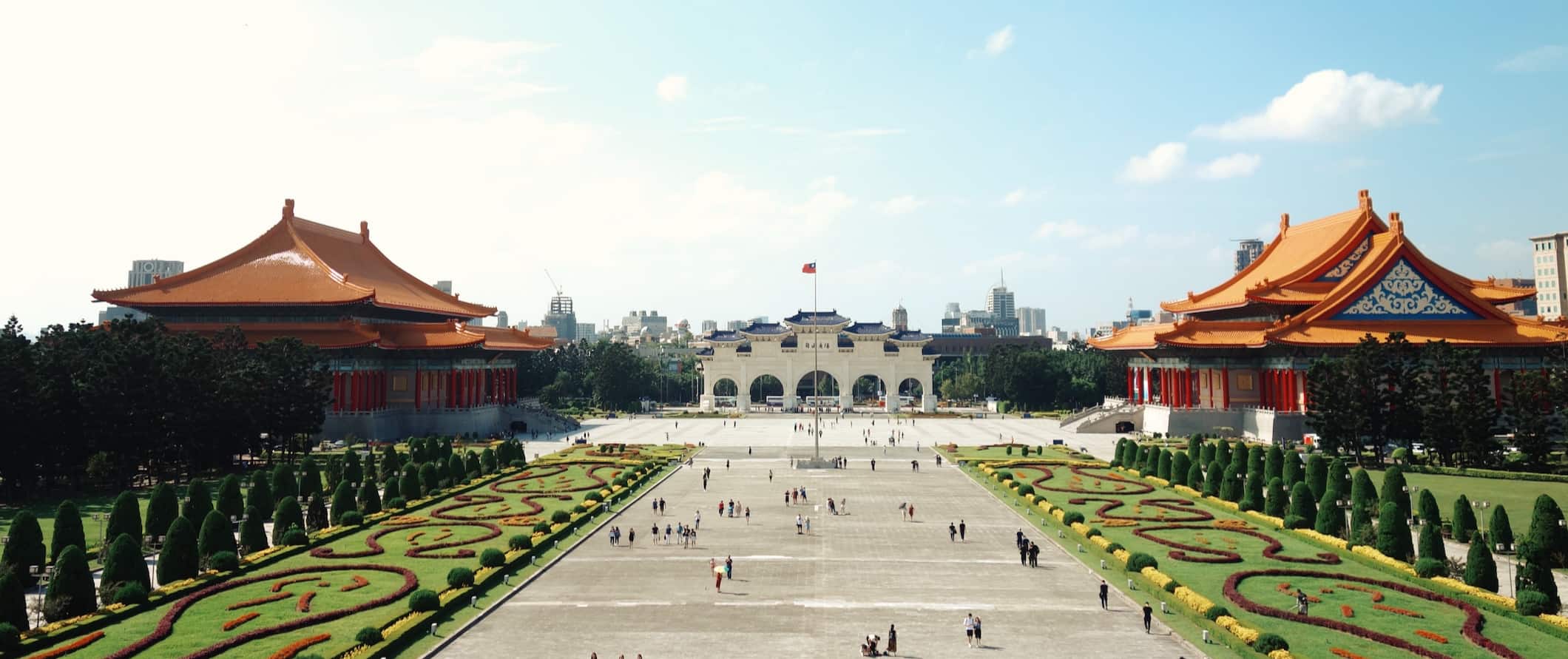
Accommodation – Hostels dorms with 6-8-bed cost between 300-700 TWD per night. A private room costs anything from 1,000-3,000 TWD. Every place has free Wi-Fi and most hostels have self-catering facilities and include free breakfast.
Budget hotels start at 950 TWD for a small room with a double bed. Most rooms have AC but free breakfast is rarely included.
Airbnb is available around the country with private rooms starting at 650 TWD per night, though they average at least triple that. For an entire home or apartment, expect to pay at least 1,000 TWD (though prices average triple that). Book early to find the best deals.
Wild camping is generally prohibited but there are lots of campgrounds around the country. Expect to pay at least 300 TWD for a basic plot without electricity.
Food – Taiwanese cuisine is a mix of influences, from Chinese, Japanese (owing to the Japanese occupation), and Western traditions. Seafood is a huge staple, with squid, crab, and shellfish being especially popular. Braised pork, oyster omelets, fish balls, and stinky tofu are just some of the many dishes you can find around the country.
Food at the outdoor markets costs around 35-100 TWD depending on what you get. An order of dumplings costs around 100 TWD. Noodle soup or a basic rice dish costs around 70 TWD.
A meal at a simple sit-down restaurant serving local cuisine costs around 120 TWD.
Western food costs between 100-400 TWD. Burgers (often made with pork rather than beef) are on the lower end while pizza is on the higher end.
Fast food is pretty popular here. MosBurger (the best fast food joint in the country) costs around 165 TWD for a combo meal. Sushi, one of the most popular food options, costs 300–450 TWD for a meal. (Plates at the conveyor belt places are around 30 TWD each.
A three-course meal at a mid-range restaurant costs 500 TWD. A beer or a latte/cappuccino costs around 80 TWD while a bottle of water costs 21 TWD.
For a week’s worth of groceries including staples like rice, seasonal produce, and seafood, expect to pay 2,000-2,500 TWD.
Backpacking Taiwan Suggested Budgets
On a backpacker budget of 1,050 TWD per day, you can stay in a hostel dorm, eat some street food, cook some meals, limit your drinking, do free walking tours, and take public transportation to get around.
On a mid-range budget of 2,700 TWD per day, you can stay in an Airbnb, enjoy some Western food, drink more, take the bus between cities, and do more paid activities like museum visits and cooking classes.
On a “luxury” budget of 5,600 TWD per day, you can stay in a hotel, rent a car or take the train between cities, take guided tours to the islands, go diving, eat out at any restaurant you want, and visit as many attractions as you want. This is just the ground floor for luxury though. The sky is the limit!
You can use the chart below to get some idea of how much you need to budget daily, depending on your travel style. Keep in mind these are daily averages — some days you’ll spend more, some days you’ll spend less (you might spend less every day). We just want to give you a general idea of how to make your budget. Prices are in TWD.
Taiwan Travel Guide: Money-Saving Tips
Taiwan is an affordable country so you don’t need to worry about breaking the bank here. As long as you stick to local cuisine and limit your drinking, it’s hard to spend a lot of money. Here are a few tips to keep your spending in check:
- Skip the high-speed trains – The high-speed trains in Taiwan are super convenient but expensive. Stick to the slower local trains, which are about 50% cheaper than the HSR.
- Eat at the food markets – The food in Taiwan is world-class and the best food is at the night markets that dot all the cities.
- Avoid Western food – Western food is twice the price of Taiwanese food. It’s also not amazing so stick to the local cuisine to save money.
- Take free walking tours – Taipei, Jiufen, Tainan, and Kaohsiung all have free walking tours from companies like Like It Formosa . They’re my favorite walking tour company in Taiwan. Their tours are fun, informative, and free. Just remember to tip your guide at the end.
- Bring a reusable water bottle – The tap water here needs to be boiled before drinking so bring a bottle with a filter to ensure you have safe drinking water. LifeStraw makes a reusable bottle with a built-in filter to you can be sure you water is safe and clean.
Where to Stay in Taiwan
Taiwan has plenty of fun and affordable hostels. Here are my suggested places to stay:
- Formosa 101 (Taipei)
- Star Hostel (Taipei)
- T-Life Hostel (Taichung)
- Fuqi Hostel-Heping (Tainan)
How to Get Around Taiwan

Public transportation – All of the major cities have public transportation that is fast, safe, and reliable. Fares start at 15 TWD and go up depending on how far you travel. Taipei and Kaohsiung both have metro systems with tickets costing between 20-65 TWD. A single-day pass in Taipei costs 150 TWD, while a day pass in Kaohsiung costs 180 TWD.
Bus – The bus is the cheapest way to get around Taiwan. Intercity coach buses are available to all major cities around Taiwan, including Taipei, Taichung, Tainan, and Kaohsiung. They are comfortable, modern, safe, and have air conditioning (too much, usually, so bring a sweater). The two main intercity bus companies are Ubus and Kuo-Kuang Bus. For fares and timetable information, visit taiwanbus.tw.
A bus from Taipei to Kaohsiung takes around five hours and costs 600-1,000 TWD while the three-hour trip from Taipei to Taichung costs as little as 90 TWD.
Train – The high-speed trains (HSR) in Taiwan are super convenient, however, they only go down the west side of the island and are very expensive. For example, a ticket from Taipei to Kaohsiung costs around 1,500 TWD.
The “local” trains are much more affordable, often 50% cheaper. The trip from Taipei to Kaohsiung on a local train costs just 845 TWD. It’s also just 515-800 TWD from Taipei to Tainan and 675-800 TWD from Taipei to Taichung via the local train.
The HSR line doesn’t pass through city centers, so you either need to take a bus or train from the HSR station, which also costs more time and money.
Flying – Domestic flights are relatively affordable, however, they are much more expensive than the bus or train. The two-hour flight from Taipei to Kaohsiung costs more than 4,000 TWD.
Flights to neighboring Hong Kong start at 3,600 TWD and take five hours (they can be as much as 6,500 TWD so it’s best if you’re flexible with your dates) while flights to Singapore take five hours and cost around 3,500 TWD.
Car Rental – Driving here is safe, however, car rentals here are expensive, usually costing at least 1,500 TWD per day. You need an International Driving Permit (IDP) to rent a vehicle here. For the best car rental prices, use Discover Cars .
When to Go to Taiwan
July and August are the hottest months in the country and the most popular time to visit. Temperatures often hit 35°C (95°F) and prices are a little higher as well. It’s a great time to visit if you want to hit the beach.
The shoulder months of May-June and September-October offer the best balance of crowds, weather, and price. It’s still warm enough to enjoy the outdoors and do some hiking without getting rained out.
Winters in Taiwan are a little rainy but still warm, with daily highs around 18–20°C (65-68°F). Prices are a bit lower and it’s the perfect time to visit the relaxing (and relatively empty) hot springs. Expect big crowds in Taipei in December-January for the Chinese New Year.
How to Stay Safe in Taiwan
Taiwan is very safe, consistently ranking well on the Global Peace Index as one of the safest destinations in the world. Crimes against tourists are super rare. Overall, you are unlikely to encounter any problems in Taiwan and I never felt unsafe in the country. There are no scams here, everyone is super nice, and crime is super rare. It’s a great place to visit. My friends who live here also never have problems.
Solo female travelers should feel safe here for all those reasons. However, the standard precautions you take anywhere apply here too (never leave your drink unattended at the bar, never walk home alone intoxicated, etc.). There are numerous solo female travel blogs that can provide more specific tips.
Earthquakes are common in the region so make sure you’re familiar with your accommodation’s emergency exits. Between July and November, typhoons can occur so make sure you stay up to date on the latest weather — especially if you’re near the coast or out hiking.
110 is the emergency number for police while 119 is the emergency number for fire and ambulance.
The most important piece of advice I can offer is to purchase good travel insurance. Travel insurance protects you against illness, injury, theft, and cancellations. It’s comprehensive protection in case anything goes wrong. I never go on a trip without it as I’ve had to use it many times in the past. You can use the widget below to find the policy right for you:
Taiwan Travel Guide: The Best Booking Resources
These are my favorite companies to use when I travel. They consistently have the best deals, offer world-class customer service and great value, and overall, are better than their competitors. They are the companies I use the most and are always the starting point in my search for travel deals.
- Skyscanner – Skyscanner is my favorite flight search engine. They search small websites and budget airlines that larger search sites tend to miss. They are hands down the number one place to start.
- Hostelworld – This is the best hostel accommodation site out there with the largest inventory, best search interface, and widest availability.
- Booking.com – The best all around booking site that constantly provides the cheapest and lowest rates. They have the widest selection of budget accommodation. In all my tests, they’ve always had the cheapest rates out of all the booking websites.
- Get Your Guide – Get Your Guide is a huge online marketplace for tours and excursions. They have tons of tour options available in cities all around the world, including everything from cooking classes, walking tours, street art lessons, and more!
- SafetyWing – Safety Wing offers convenient and affordable plans tailored to digital nomads and long-term travelers. They have cheap monthly plans, great customer service, and an easy-to-use claims process that makes it perfect for those on the road.
- LifeStraw – My go-to company for reusable water bottles with built-in filters so you can ensure your drinking water is always clean and safe.
- Unbound Merino – They make lightweight, durable, easy-to-clean travel clothing.
- Top Travel Credit Cards – Points are the best way to cut down travel expenses. Here’s my favorite point earning credit cards so you can get free travel!
Taiwan Travel Guide: Related Articles
Want more info? Check out all the articles I’ve written on China travel and continue planning your trip:
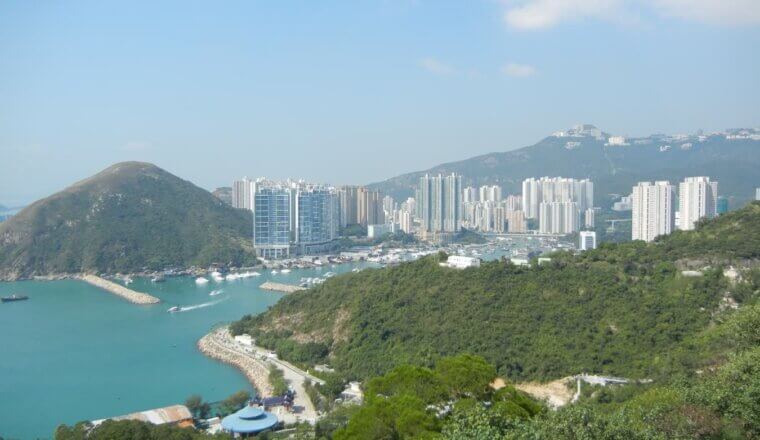
The 23 Best Things to Do in Hong Kong
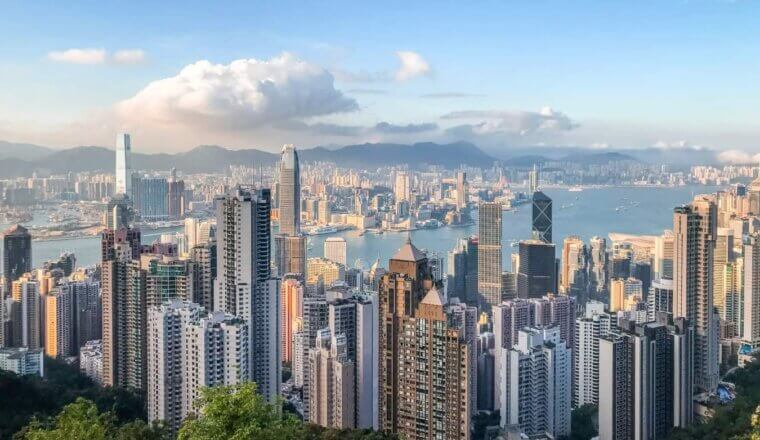
Hong Kong Itinerary: What to Do in 4 (or More) Days
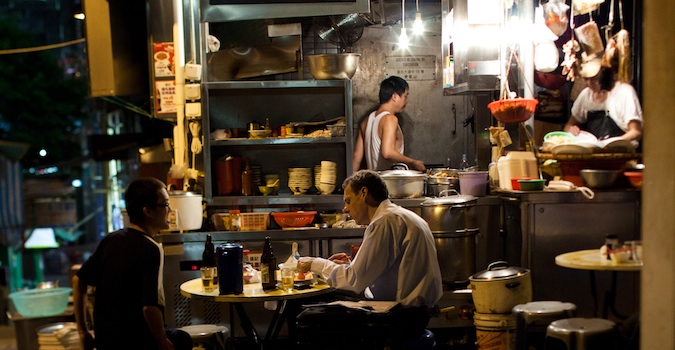
My Favorite Restaurants in Hong Kong
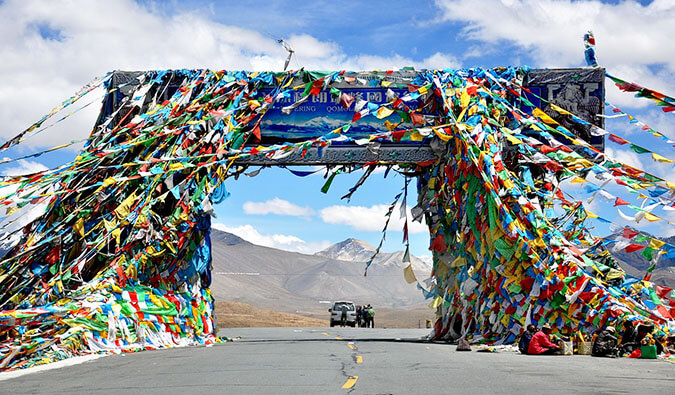
What Hitchhiking Solo as a Female in China Taught Me
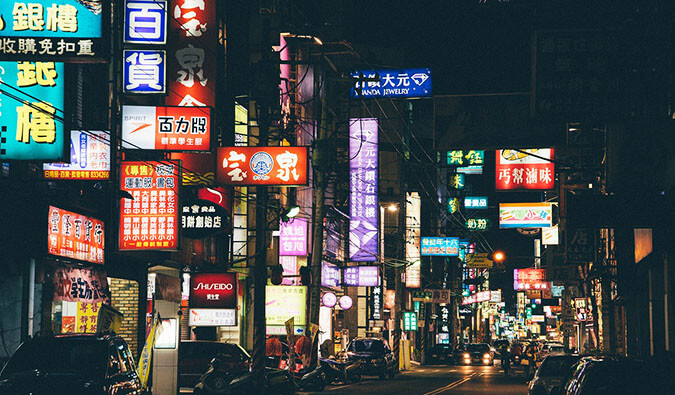
7 Lessons Learned from 3 Months in China
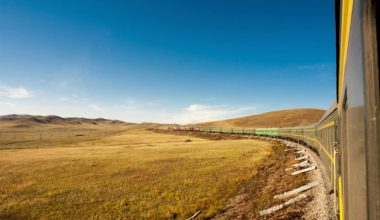
How to Travel the Trans-Siberian Railway
Get my best stuff sent straight to you, pin it on pinterest.
- Where To Stay
- Transportation
- Booking Resources
- Related Blogs

The Perfect Taiwan Itinerary And Complete Taiwan Travel Guide
By: Author Lotte
Posted on Last updated: March 5, 2024
Categories Taiwan

Did you know Taiwan has the largest number and density of high mountains in the world? While this island may be small in size, it has much to offer!
From beautiful beaches to modern skyscrapers and from colorful street art to delicious cuisine, Taiwan has it all.
This Taiwan itinerary will guide you around the highlights of this green island that used to be called ‘Ilha Formosa' (meaning ‘ beautiful island ‘ in Portuguese). A fitting name as Taiwan is absolutely gorgeous!
Taiwan itinerary

Disclosure: Some links in this post are affiliate links. If you make a purchase through one of these links, we may earn a small commission (at no extra cost to you!). We're very grateful when you use our links to make a purchase:-).
Itinerary for Taiwan and Taiwan travel map
In the map below you can find our Taiwan itinerary, at the end of the post you can download this map.

Click here for the interactive map
The ultimate Taiwan itinerary
- Day 1-3: Kaohsiung
- Day 4-6: Kenting National Park
- Day 7-9: Tainan
- Day 10-11: Taichung
- Day 12-13: Sun Moon Lake
- Day 14-19: Taipei (part I)
- Day 20-23: Hualien and the Taroko Gorge
- Day 24-29: Taipei (part II)

Important things to know when planning a trip to Taiwan
Taiwan is a great destination year-round, however, Spring (March-April) and Autumn (October-November) are the most popular times to visit. From mid-May until September, monsoon season causes a lot of rain, especially on the East Coast. We visited in May and while we did experience some rain, the weather was good on most days. However, we did adjust our travel plans because of the (terrible) weather forecast, and instead of traveling the entire length of Taiwan's East Coast (in the pouring rain), we opted to spend more time in Taipei (where it was still sunny). During Summer (June until August) Taiwan is hot and humid with temperatures rising above 30 degrees Celsius. Winter is low season in Taiwan, though it usually doesn't get that cold (around 10 degrees).
The official currency in Taiwan is the New Taiwan dollar ( NT $) . Here you can find the current exchange rates, at the time of writing €1 is approximately 34NT$ and $1 approximately 30NT$.
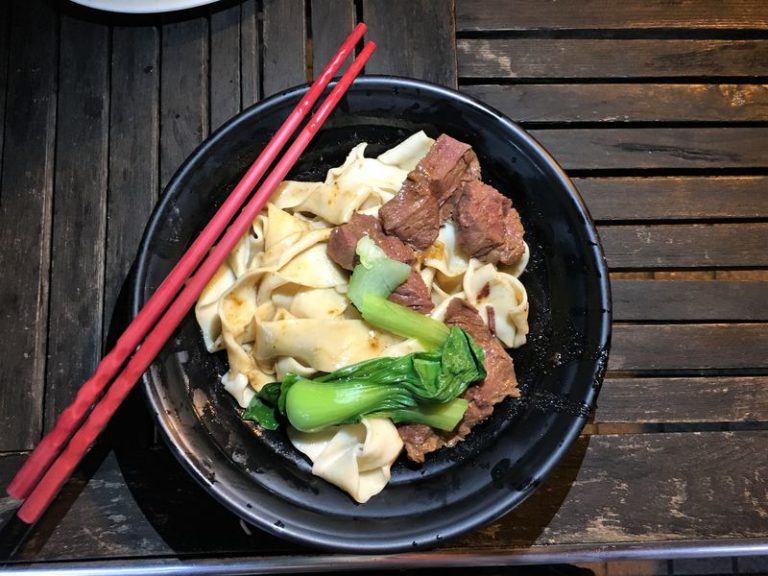
Plan your Taiwan trip like a pro with these tools: ? Pick up an EasyCard for cashless payments and to use public transport. ? Book discounted tickets for Taiwan's high-speed rail. ? Stay connected with a Taiwan Wifi router . ? Plan your journey with the T aiwan Lonely Planet . ?️ Find your dream accommodation on Booking.com or Agoda . ? Book the best tours via Klook or Get Your Guide . ?️ Travel safely and get reliable travel insurance from Safety Wing .
Taiwan travel tips
In general traveling around Taiwan is very easy. This beautiful small country is safe and well-organized and, as I already mentioned, the people are super friendly.
Nevertheless, here are some travel tips to make your Taiwan trip even easier (and cheaper!).
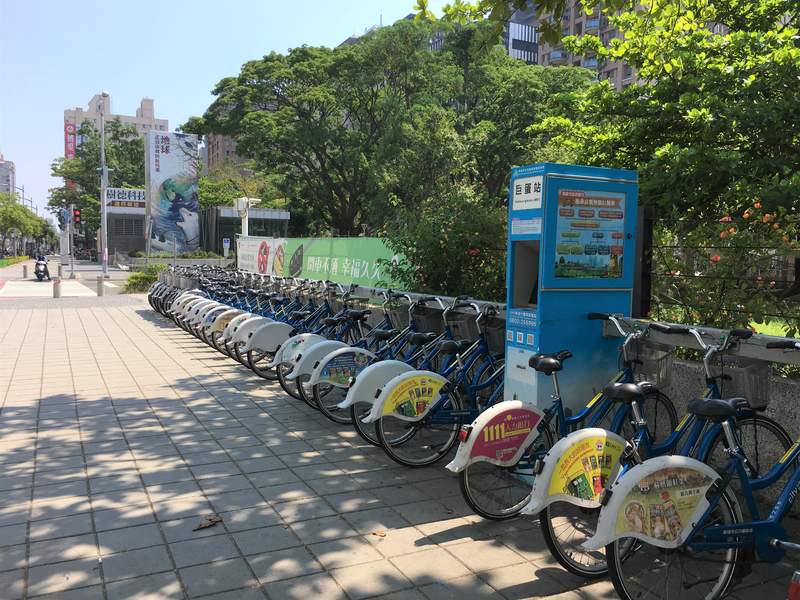
Buy an EasyCard
I recommend that as soon as you arrive in Taiwan, you pick up an EasyCard .
You can use this pass all over Taiwan to pay for transport (MRT, bicycles, buses, trains, ferries, etc.). The Easy Card gives you a discount on transport fares and saves you the hassle of having to pay with coins.
You can top up your credit in 7-11 and Family Mart (you can also pay with your EasyCard in these shops and several others).
Pick up a Wifi router at the airport
During our trip to Taiwan, we used a portable Wifi router with unlimited data to stay online.
We could connect all our devices (and we have a lot ) and had excellent reception everywhere in Taiwan (except in the tunnels on the East coast). Click here to book your Wifi router .
You can pick up the router upon arrival at Taoyuan international airport or Kaohsiung airport and use it throughout your Taiwan trip.
You can simply return the device to the service counter where you picked it up, or use a 24-hour drop-off box available at the airports mentioned above if you happen to have to catch a flight outside of business hours.
Be prepared to use Google Translate a lot
While the people in Taiwan are very friendly and always willing to help, I was surprised to learn that many Taiwanese don't speak English. At all.
They will still try to help you through and Google Translate makes it a lot easier. You can download the app for free in the App Store or the Play Store .

Our Taiwan trip: facts and figures
- I traveled with my husband; our trip started in Kaohsiung and ended in Taipei. Our Taiwan trip itinerary was 29 days in total.
- We traveled around Taiwan by public transport (train, bus, and MRT). In Kenting National Park and Hualien, we rented a scooter. In Kaohsiung, Tainan, Taichung, and Taipei we used the public bicycle rental systems, bus, and MRT to get around.
- During our trip around Taiwan, we spent approximately 2065 NT / €63 / $69 per day as a couple. If you want to know more about the costs of our Taiwan trip , check my budget breakdown .
- I have written detailed guides for most places we visited in Taiwan, in these guides you can find detailed information about our day-to-day activities, transportation, and detailed information about our accommodation . You can find the links to those posts in the itinerary below.
Where to find great budget accommodation in Taiwan

In the table below you can find our Taiwan accommodation. I’ve also written a separate post about the places we stayed in Taiwan with more details about these places.
Note: Prices for these hotels depend on the time of year and how far in advance you book. Therefore, the prices mentioned above are a rough indication of the price per night to help you compare the different options. Use ‘click here' to see the latest prices on Agoda and Booking and book ahead to get the best deal.
* Unfortunately, the Airbnbs we stayed at in Kaohsiung and Taipei are no longer available due to Covid-19. I've done my utmost to find a suitable alternative (see table) .
How to spend a month in Taiwan
Ideally, if you have a month in Taiwan as we did, you'd make a full circle around the island. You can either start and end your trip in Taipei or in Kaohsiung, as these are the largest hubs for international flights.
As I mentioned above, unfortunately, we didn't get to finish our Taiwan loop because monsoon season started and the East Coast was soaking wet.
Nevertheless, we had a lot of fun during the additional time we spend in Taipei and I don't regret making this decision. Below you can find our day by day one month Taiwan trip.
If you have less time available to explore Taiwan, don't worry, I've got you covered. Further on in the post, I also suggest shorter options (5, 7, and 10 days, plus 2 and 3 weeks) for your Taiwan travel itinerary.
Day 1 – 3: Kaohsiung

Kaohsiung isn't a well-known city, at least I had never heard of it before traveling to Taiwan. Of course, that could also just be me being ignorant…
Anyway, Kaohsiung is the third-largest city in Taiwan and this is where we started our trip. Kaohsiung is an important harbor city but also has many interesting sights.
My recommended activities for Kaohsiung are:
- Cycle the bicycle trail along the Love River . Worthwhile stops are the Kaohsiung 228 Peace Memorial Park, Zhongdou Wetlands Park, Botanical Garden, and the Lotus Pond.
- Cycle around the Lotus Pond. Another great bicycle trail goes around the Lotus Pond, on the south side of the lake you can find the colorful Tiger and Dragon Pagodas.
- Visit Qijin Island . This small island is only a 5-minute ferry ride from the mainland. Here you can explore the Cijin Coast Park, admire the view from the Cihou Lighthouse and visit the Maritime Museum.
Book your Kaohsiung accommodation: 85 Good Time Hotel
Click here to read about more things to do in Kaohsiung .
Day 4 – 6: Kenting National Park
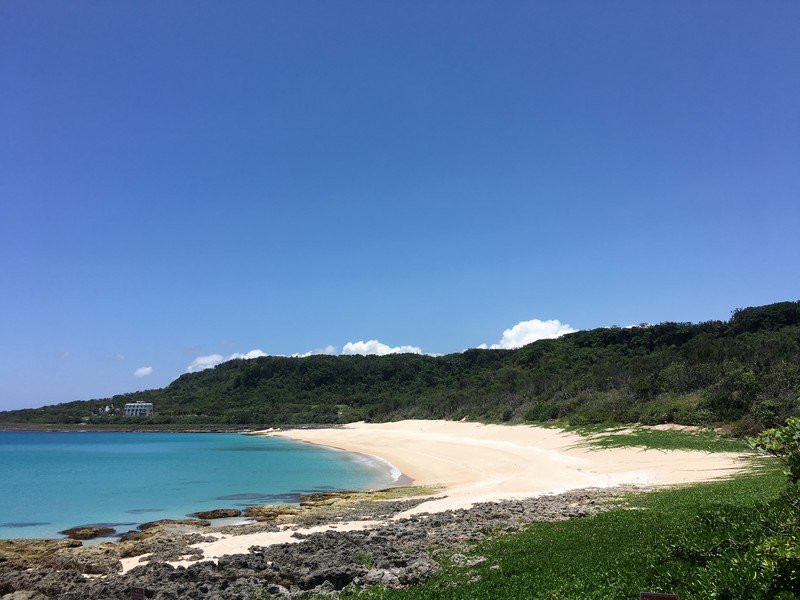
From busy Kaohsiung, we traveled to the green Kenting National Park, in the South of Taiwan.
Fun fact: did you know there are 9 National Parks in Taiwan ?
Kenting National Park is beautiful, the beaches are pristine and the empty roads through lush green jungle make it the perfect place for a scooter road trip.
Some of the best places to visit in Kenting are:
- Maobitou Park : a great spot to admire the beautiful ocean views and impressive rock formations.
- Hengchun night market: try out lots of typical Taiwanese dishes and snacks and wash them down with a boba (bubble tea).
- Kenting town: take an hour or so to explore the town, but leave plenty of time to relax on a pretty Kenting beach, with white sand and stunning blue water.
Book your Kenting accommodation: Light Blue Bed & Breakfast
Click here to read about more things to do in Kenting .
Day 7 – 9: Tainan
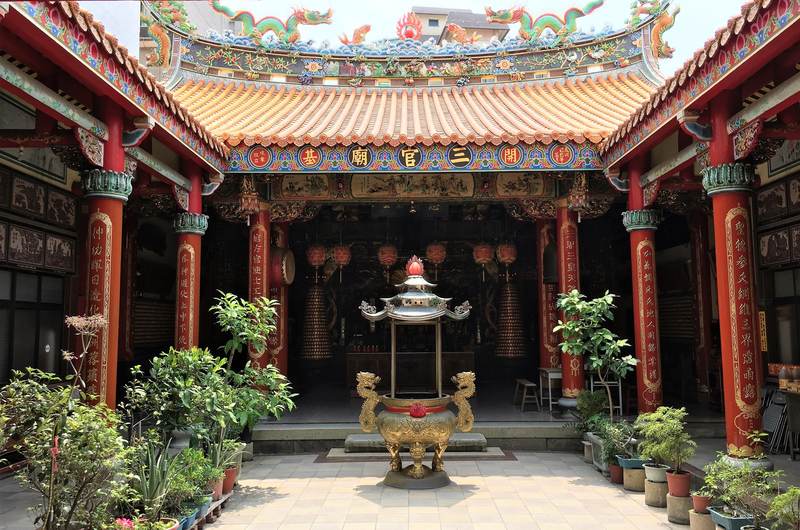
Our next destination was Tainan, the oldest city in Taiwan and one with a Dutch history which made it extra interesting for us (being from the Netherlands and all).
Back in 1624, the VOC (Vereenigde Oost-Indische Compagnie or United East India Company in English) built Fort Zeelandia in Tainan and used the city as their ruling and trading base.
Besides the Dutch Fort, there are many beautiful temples in Tainan. In fact, there are more Buddhist and Taoist temples in Tainan than in any other Taiwanese city! The top spots in Tainan you should visit are:
- Koxinga’s Shrine : an impressive shrine dating from 1663. Also, take a stroll around the stylish garden in front of the complex.
- Fort Zeelandia: this fort was built by the Dutch in the early 17th century and used as a trading outpost. It's a great place to learn about (part of) the tumultuous history of Taiwan.
- National Museum of Taiwan History : another excellent place to learn about Taiwanese history and its many invaders throughout the decades (the Portuguese, the Dutch, the Chinese, and the Japanese).
Book your Tainan accommodation: Tie Dao Hotel
Click here to read about more things to do in Tainan .
Day 10 – 11: Taichung
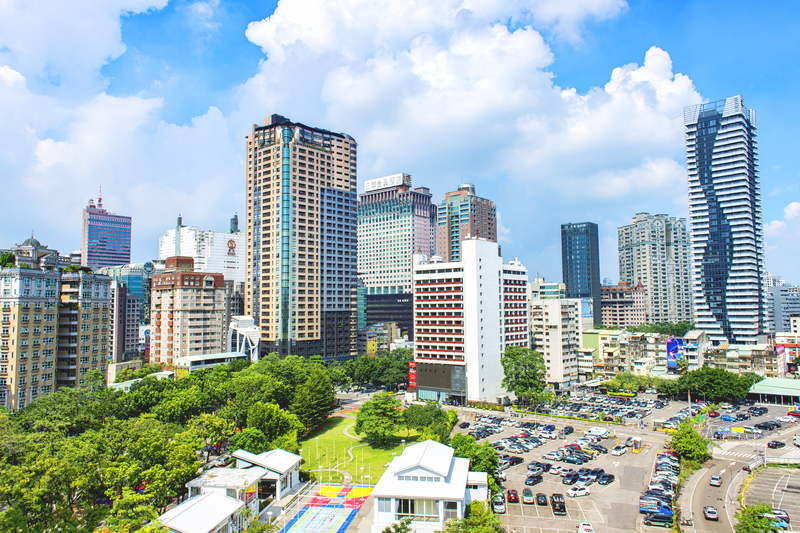
Unfortunately, it was raining during the majority of our time in Taichung. We made the most of it though and went to the movies, ate wood-fired oven pizza, and hung out in cute cafes.
However, if the weather is a bit nicer, you can easily spend three days here as there are many things to do in this interesting city! Highlights in (and around) Taichung are:
- Rainbow Village : a short distance from Taichung city center you can find what is perhaps the most colorful village in the world. Painted by Huang Yong-Fu in a desperate attempt to preserve his home that was about to be torn down by the government, this artsy village has now become one of Taiwan’s most famous attractions!
- Chun Shui Tang Cultural Tea House : the birthplace of Taiwan's famous boba, aka bubble tea. Here you can take a bubble tea-making class and learn how to create these delicious and highly addictive concoctions yourself.
- Taichung Second Market : an authentic wet market with 100 years of history. Here you can eat local dishes created from secret family recipes handed down for generations!
Book your Taichung accommodation: Modern Inn
Click here to read about more things to do in Taichung .
Day 12 – 13: Sun Moon Lake

Sun Moon Lake is the largest lake in Taiwan and a very popular place to visit. It sure is a gorgeous place, unfortunately, the rain that found us in Taichung followed us to Sun Moon Lake.
We had planned to do lots of outdoor activities, like cycling around the lake and hiking up Mt. Shuishe.
Instead, we spent most of our time in the Starbucks in Shuishe Village, running outside whenever the rain stopped for a brief moment to take pictures of the still beautiful-looking lake.
Nevertheless, there are tons of things to do at Sun Moon Lake when the weather is nice:
- Follow (part of) the Yuetan Bike Path : a 29 kilometers bike route that goes around Sun Moon Lake. You can also opt for a shorter section of approximately 12 kilometers.
- Ride the Sun Moon Lake Ropeway: from the Ropeway, you can enjoy the best views over the lake and forested mountains.
- Visit the Wenwu Temple and Ci En Pagoda : these beautiful constructions are highly worth a visit, and both can be reached with the Round-The-Lake-Bus .
Book your Sun Moon Lake accommodation: Itathao Motel
? Discount : if you're planning a trip to Sun Moon Lake, check out the Sun Moon Lake ropeway combo pass , which includes the ropeway, bike rental, and a boat trip over the lake.
Day 14 – 19: Taipei (part I)

I loved Taipei! I'm not usually one for big cities for a long period of time, but I really enjoyed our time in Taipei, the capital city of Taiwan. We spent 12 days there in total and still didn't run out of things to do.
What I loved most about Taipei is how easy it was to get away from the busy part of town and find some peace and quiet.
There is so much nature just a subway ride away from the center! For example, we hiked a mountain trail in the Maokong area and didn't come across anyone else.
I've written an extensive post about Taipei and a blog about day trips from Taipei , but to sum up, here are some of the main Taipei highlights to add to your Taipei itinerary.
Admire the view from the iconic Taipei 101
Go up to the observation deck on the 91st floor for marvelous birds-eye views of Taipei city ( purchase a fast-track ticket here ).
Explore the National Palace Museum
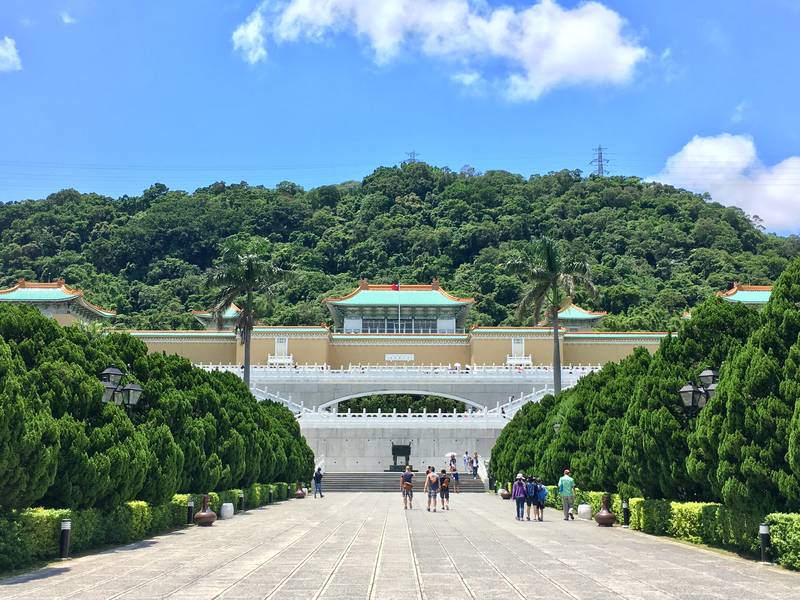
This huge museum houses one of the world's largest collections of ancient Chinese artifacts and is highly worth a visit. Click here to buy your ticket online .
Hike the Elephant Mountain trail
A steep but short walk to the top of Elephant Mountain (a 183-meter high hill) offering beautiful views over Taipei and the aforementioned Taipei 101.
Visit Chang Kai-Shek Memorial Hall
The Chiang Kai-Shek Memorial Hall is a huge and impressive building. Try to time your visit to coincide with the changing of the guards (every hour on the hour from 10 am to 4 pm).
Also visit the nearby Gate of Great Centrality and Perfect Uprightness, National Concert Hall, and the National Theater.
Eat your way around Shilin Night Market
Shilin Night Market is one of the best night markets in Taiwan, and also one of the largest in the country. Sample some famous street food dishes such as stinky tofu, fried buns, bubble tea, and oyster omelet.
There are so many food stalls you'll inevitably find yourself coming back a second night to try out more typical Taiwanese foods and snacks.
Take a day trip to Maokong
This is a pretty little village on the outskirts of Taipei that can be reached via the Maokong gondola ( buy your online ticket here ) or bus.
There are several great hiking trails around the village, which is known for the cultivation of high-quality tea.
Book your Taipei accommodation: Comma Boutique Hotel
Click here to read about more things to do in Taipei .
Day 20 – 23: Hualien and the Taroko Gorge
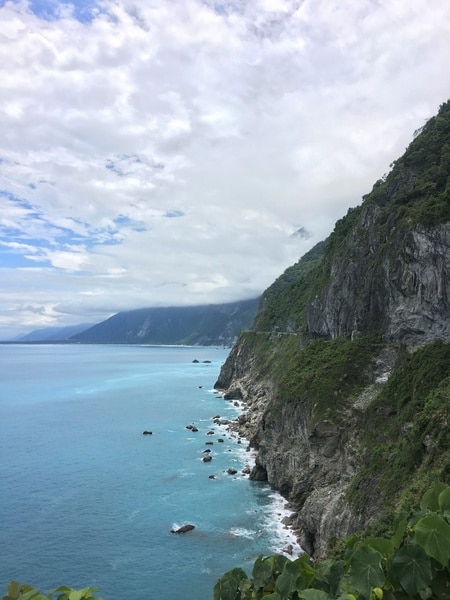
The East coast was my favorite part of Taiwan and I have only seen a small section! There are steep cliffs, a stunning blue ocean, marble mountains, and a green jungle.
It's much less populated than the rest of Taiwan, only 4% of the Taiwanese live on the East Coast. We spent 3 days in Hualien and used this relaxed city as a base to explore the famous Taroko Gorge and the area south of Hualien.
Some of the best things to do around Hualien are:
- Qinshui Cliffs : the combination of the steep cliffs and the vivid blue color of the ocean is a spectacular sight.
- Taroko Gorge: one of the most popular places to visit in Taiwan and rightly so, it's a beautiful place. There are hiking trails, waterfalls, rope bridges, and amazing views wherever you look. Click here to book a day trip from Taipei or take a Taroko tour from Hualien city .
- East Coast National Scenic Area : we rented a scooter and went for an adventurous drive along the coast and mountainous area south of Hualien.
Book your Hualien accommodation: Honey B Trip B&B
Click here to read about more things to do in Hualien .
Day 24-29: Taipei (part II)
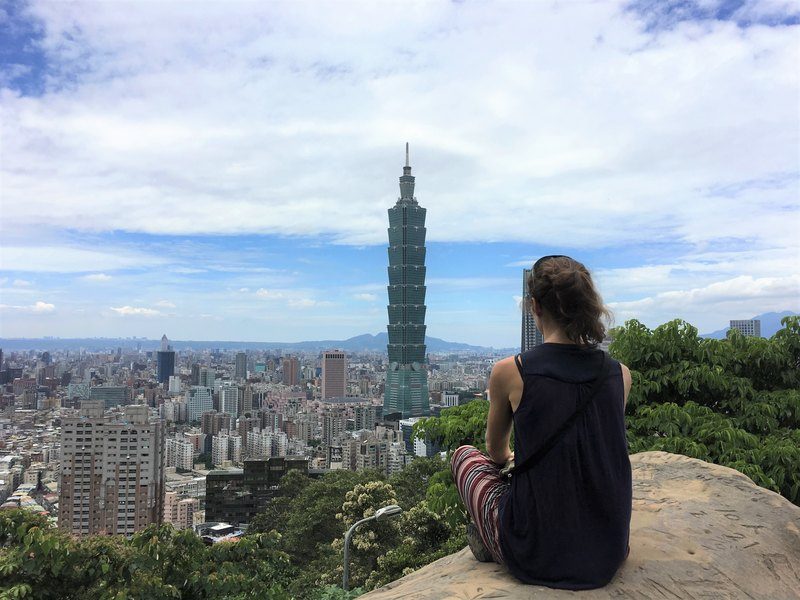
Because of the approaching typhoon season, it was already very rainy on the East Coast. Therefore we did not continue south to Taitung ( cycling Taiwan’s east coast is a very popular option) but went back to Taipei instead.
In Taipei, we had mostly sunny days for the remainder of our trip and there was a lot more to do in and around Taipei so this was the best option for us.
But I sure would love to see more of the East coast of Taiwan!
Alternative Taiwan itineraries (5, 7, and 10 days + 2 and 3 weeks)
Taiwan itinerary 5 days.
If you just have 5 days to travel around Taiwan, don't worry! While you cannot see everything the island has to offer, you can get a taste and feel of the country.
This is how I would spend a Taiwan 5 day itinerary:
- Day 1-2: Taipei
- Day 3: make a day trip from Taipei (such as Beitou, Tamsui, Wulai, Maokong , or Yehliu Geopark )
- Day 4: travel to Sun Moon Lake
- Day 5: explore Sun Moon Lake and return to Taipei
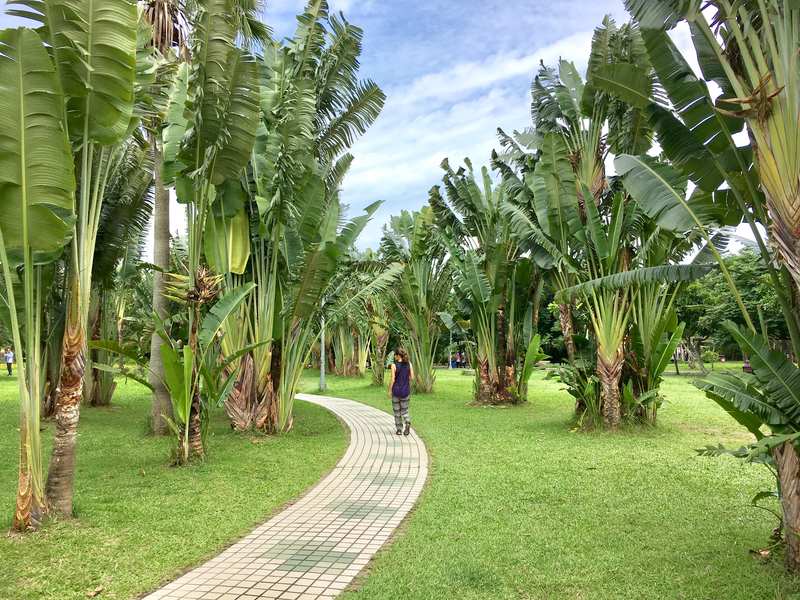
Taiwan itinerary 7 days
For a 7-day Taiwan itinerary, I'd suggest the following:
- Day 3: make a day trip from Taipei (such as Beitou, Tamsui, Wulai, Maokong or Thousand Island Lake and the Shiding tea township )
- Day 5: explore Sun Moon Lake and travel to Taichung ( book HSR tickets with a discount here )
- Day 6: Taichung
- Day 7: Taichung and return to Taipei
With this Taiwan 1 week itinerary, you will get to explore the buzzing capital as well as Taiwan's second-largest city, Taichung, and one of Taiwan's absolute highlights: the beautiful Sun Moon Lake.
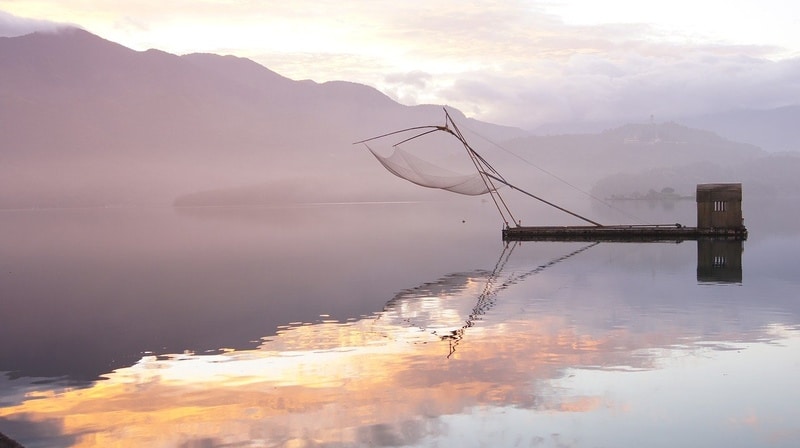
Taiwan itinerary 10 days
This 10 day Taiwan itinerary not only includes the two major cities of Taiwan (Taipei and Taichung), but also the two most beautiful natural sights: Taroko Gorge on the East Coast and Sun Moon Lake in the middle of the Island.
- Day 3: make a day trip from Taipei (such as Beitou, Tamsui, Wulai, or Maokong )
- Day 4: travel to Hualien
- Day 5: visit Taroko Gorge
- Day 6: travel to Sun Moon Lake
- Day 7: Sun Moon Lake
- Day 8-9: Taichung
- Day 10: Return to Taipei
For days 4-10 of this Taiwan 10 day itinerary, it's easiest to rent a car as this will allow you to explore Taroko Gorge independently.
It's also the easiest way to travel from the East Coast to the West coast. If you opt to travel via public transportation, the best way to travel from Hualien to Sun Moon Lake is via Taipei.
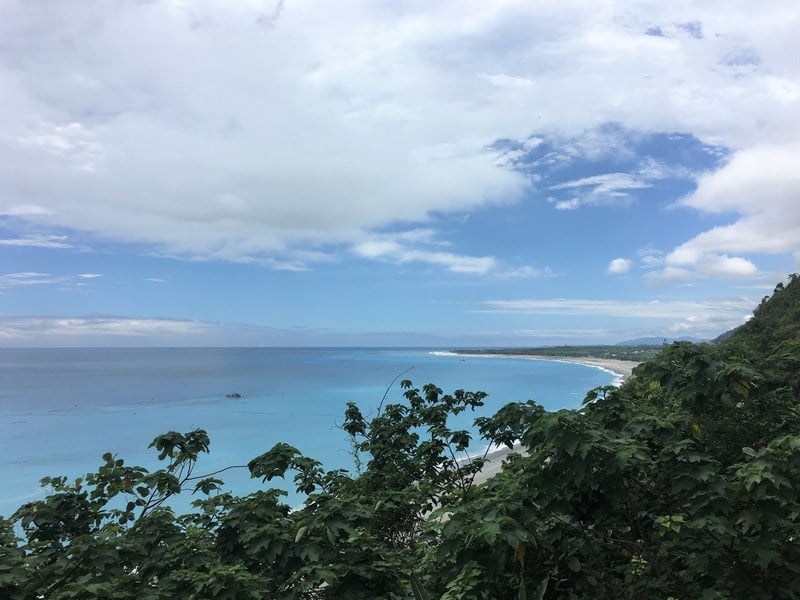
Taiwan 2 week itinerary
If you have 2 weeks in Taiwan, I'd recommend traveling either from North to South or vice versa. Your 2 week Taiwan itinerary could look like this:
- Day 1-3: Taipei
- Day 4-5: Sun Moon Lake
- Day 6-7: Taichung
- Day 8-9: Tainan
- Day 10-11: Kenting National Park
- Day 12-14: Kaohsiung
This 2 week Taiwan itinerary is especially suitable for people looking to travel in one direction instead of a loop.

Taiwan 3 week itinerary
If you don't mind a fast-paced itinerary, you could make a complete loop around Taiwain in three weeks. For this 3 week Taiwan itinerary, I'd suggest the following route:
- Day 6-8: Taichung
- Day 9-10: Tainan
- Day 11-13: Kaohsiung
- Day 14-15: Kenting National Park
- Day 16-17: Taitung
- Day 18-20: Hualien and Taroko Gorge
- Day 21: Return to Taipei
You will be traveling a lot with this 3-week itinerary for Taiwan and I'd recommend avoiding monsoon season (which is especially bad on the East Coast).
This itinerary for 3 weeks in Taiwan will show you very different sides of Taiwan. You'll explore several interesting cities, spend enough time at the most beautiful lake in Taiwan and also visit two National Parks (Taroko and Kenting).

Planning a trip to Taiwan: in conclusion
I had a great time in Taiwan and hope this post will help you plan your trip to this wonderful little island.
You can download the map and table with the transport information below. If you have any questions, leave a comment or send me a message !
This post was updated in November 2022.
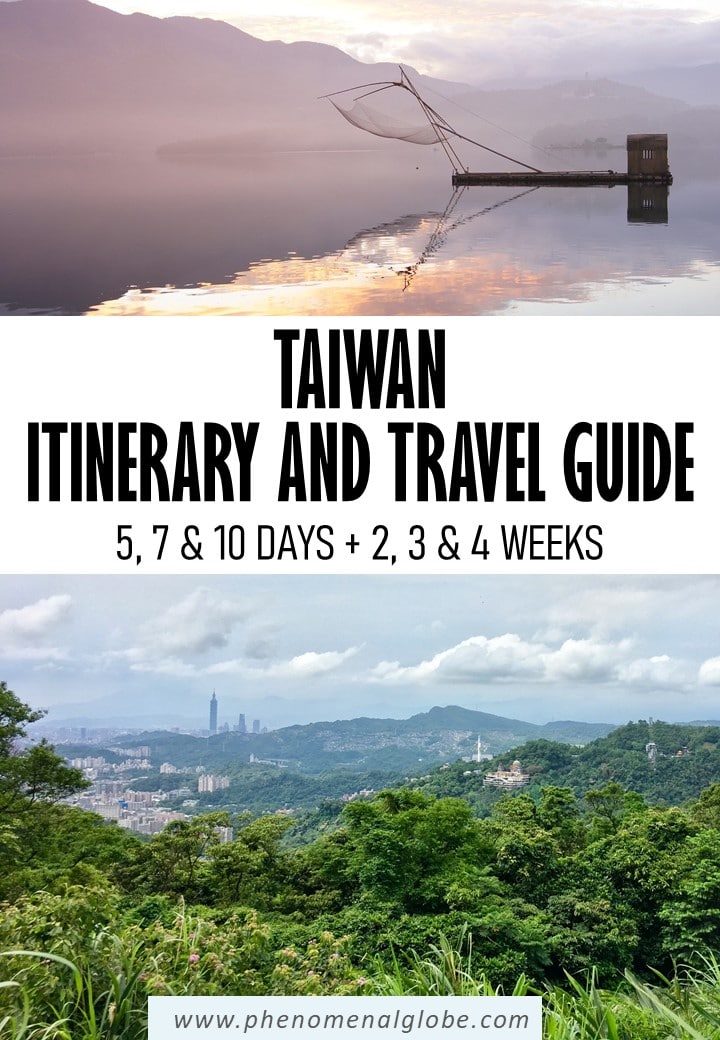
ViaTravelers
Tuesday 7th of September 2021
Hello, Lotte! Thank you for thsi great blog! Taiwan is such a fascinating place to visit, and I love the Itinerary you gave. It makes an almost two-week trip to Taiwan packed and great!
Monday 4th of October 2021
Thanks for your kind words about my Taiwan itinerary:-) It's such a great country, too bad it's been closed since Covid... Anyway, enjoy your time in Amsterdam (I saw you went on a canal boat trip on your IG).
Monday 18th of January 2021
Thanks so much for sharing such an amazing post of your experience in Taiwan! I've always wanted to visit this country, and your post helped me add even more to my Taiwan must-visit list.
Sunday 24th of January 2021
Thank you for reading my Taiwan post and great to hear it's inspired you (even more) to visit this amazing island. I really loved our time there and would love to go back to explore more (and eat more delicious food...) One day!
Sunday 3rd of January 2021
Thank you so much for all this information. I truly appreciate it! I have been Virtual traveling since C19 and once this pandemic is contained and global green light turns on, Ilike to take my boys (husband and son) to Taiwan. Stay safe and god bless. Thank you
Sunday 10th of January 2021
Hi May Twu,
Thank you for reading my post and most welcome! For now, virtual travel is what will have to do... Hopefully, things will improve in 2021 with vaccine campaigns starting up. I hope you can visit Taiwan in the near future!
Stay safe and thanks again! Lotte
Tuesday 14th of May 2019
Hi. Thanks for the very informative itinerary!
May I know which month did you went to Taiwan? Thanks.
You are welcome! We went to Taiwan in May and left at the start of June. Have a nice trip:-)
Thursday 22nd of February 2018
Thank your for post, it's very useful! Taiwan looks really amazing.
Saturday 24th of February 2018
Thank you, Taiwan is amazing indeed:-)
The Ultimate Taiwan Itinerary (2023)
This post may contain compensated links. Find more info in our disclosure policy
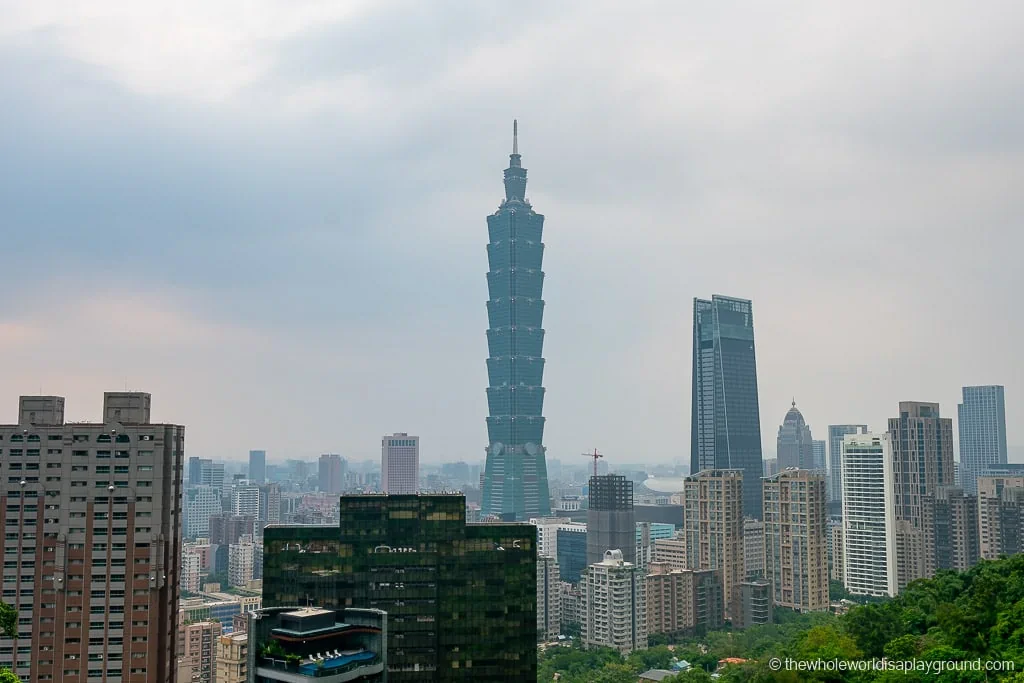
Having completed our own amazing two week Taiwan itinerary exploring the cities, mountains and scenic areas of Taiwan we’ve put together our recommended Taiwan itinerary. From chaotic Taipei to the beauty of Taroko Gorge to the natural wonder of Alishan, Taiwan is breathtaking and one of our favorite places to visit in Asia. For those of you planning your own Taiwan itinerary, we wanted to share our Taiwan travel guide including the best things to do and what to see in Taiwan.
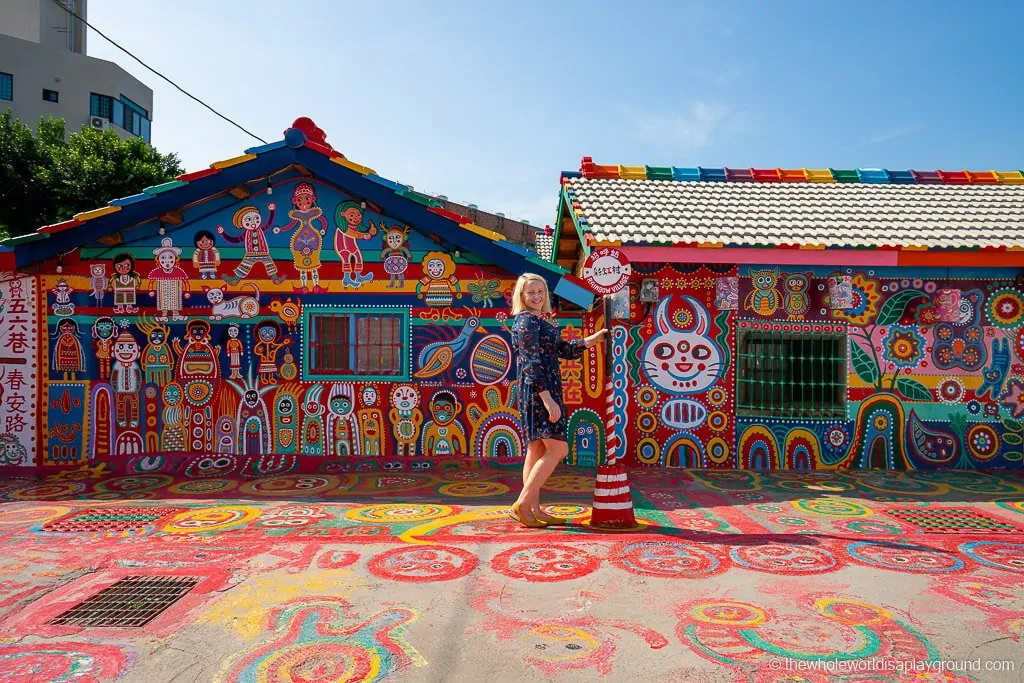
Table of Contents
Taiwan Itinerary and Route
Most visitors touring around Taiwan either pick up a rental car and self-drive or use a mix of high-speed trains, tourist shuttles and taxis/private drivers to explore the country.
By rental car: With its excellent roads and good driving standards, Taiwan is the perfect country for a road trip. We followed a circular route starting and ending in Taipei, Taiwan’s capital city and the point of arrival and departure for most Taiwan travellers – check prices now!
By public transport: this Taiwan itinerary can also be completed by a mix of trains and buses. On the west coast of Taiwan, the major cities are serviced by High-Speed Rail – check prices here!
Click here to reserve Taiwan Rail tickets!
Taiwan Route and Map
Here is a map of the route we recommend taking around Taiwan.
The Route: Taipei – Taichung – Alishan – Kaohsiung – Kenting – Taitung – Taroko Gorge – Taipei
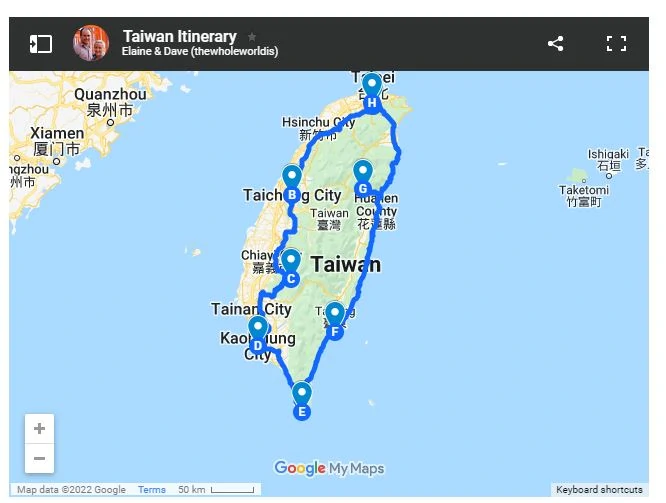
Click here for the Google map
How to Use This Google Map: Click on the grey star at the top of the map and this map will be added to your Google Maps account. You can then view it on your phone or computer in Google Maps by clicking on the menu button, going to “Your Places” and selecting this map. We use these maps all the time as you can set out your itinerary ahead of time and quickly reference the saved maps.
Renting a car in Taiwan
Navigating Taiwan by rental car is relatively easy and we highly recommend renting a car in Taiwan if you are comfortable driving. The roads are high-quality, driving standards are generally good and fuel is extremely cheap (compared to the UK and Ireland).
We’re huge fans of road trips and have driven rental cars in over 40 countries so we have a lot of experience renting cars in foreign countries. Klook.com is a great option as it includes international rental car companies as well as some local options. Book your car now with Klook.com where you will find the best rental car prices.
Taiwan itinerary tip: An International Driving Permit is mandatory when renting a car in Taiwan so make sure to get an IDP in your home country before departure if you are planning on driving a rental car.
Book your rental car with Klook!
Taiwan itinerary tip: Taipei is extremely well serviced by public transport and its subway is easy to navigate. As such, a rental car isn’t necessary in the city. If you are starting your Taiwan itinerary in Taipei, we recommend only picking up a car after you’ve explored Taipei rather than reserving at the airport on arrival. We picked up our rental car on our last morning in Taipei and left the city immediately for Taichung.
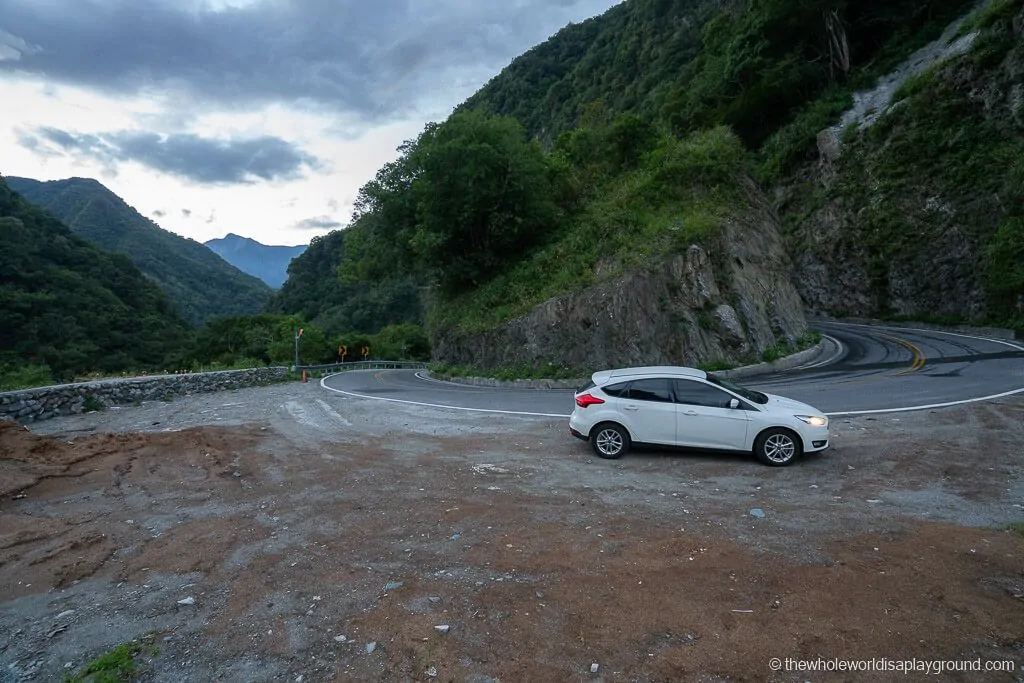
Sim Card & Internet
As with most countries, having mobile data during a trip is invaluable for navigation and research. There are lots of options on arrival at Taipei’s Taiwan Taoyuan International Airport (TPE) – we reserved a Chunghwa Telecom 4g sim through Klook who offer a slightly discounted rate on the airport price – click here for prices!
Taiwan itinerary tip: the Chunghwa desk only opens at 8am so make sure your flight times will work if you reserve in advance.
Click here to reserve a SIM card!
How long to spend in Taiwan
From the chaotic Taipei to the magnificent sunrises in Alishan, the peaceful Taroko Gorge and the colourful Taichung there’s a lot to squeeze into a Taiwan itinerary. We recommend budgeting around 14 nights to explore Taiwan at a leisurely pace. This will allow you enough time to visit all the major sights and explore each destination fully. You might wish to cut some things out if you have less time.
Best Time To Visit Taiwan
Depending on your tolerance to high temperatures, you may want to plan your visit to coincide with the cooler months! During the summer, temperatures are consistently over 30° and typhoon season is in full force. Spring and Autumn are a great time to visit Taiwan and its mild winters also mean the winter months are a good option.
Taiwan itinerary tip: We visited Taiwan at the end of September and we managed to experience a heatwave as well as some typhoons which luckily changed direction at the last minute! The temperatures in Taipei were stifling and we had to retreat to air-conditioned buildings until late in the afternoon.
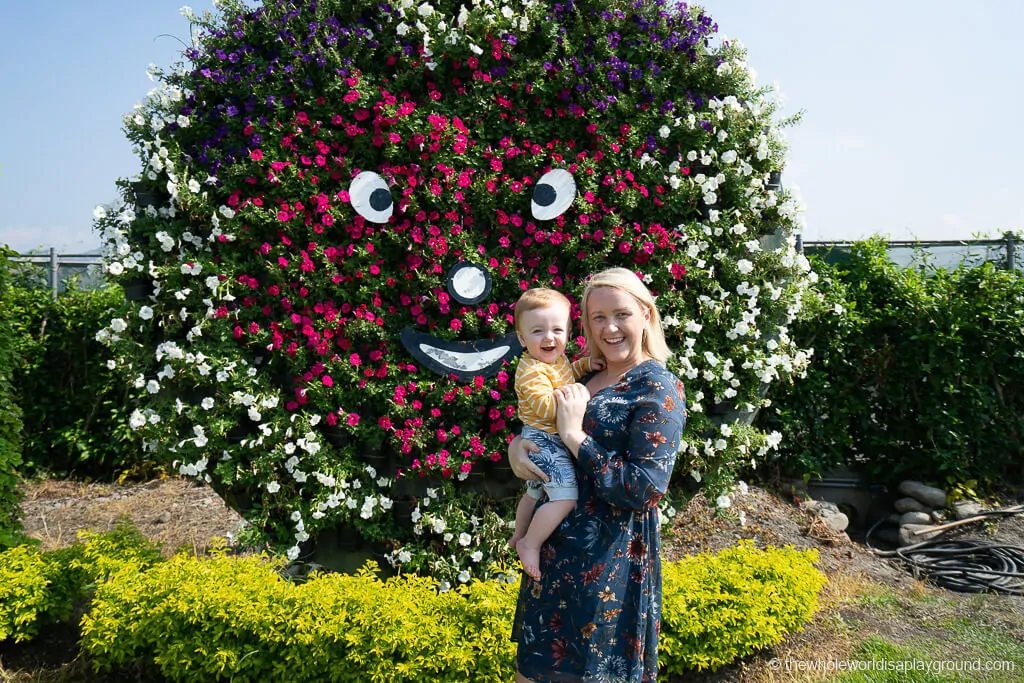
Daily Taiwan Itinerary
We’ve outlined our day to day Taiwan itinerary as a starting point for planning your own Taiwan experience.
Days 1 to 4: Taipei
Taiwan’s capital city really surprised us with the wide variety of things to see and do. After arriving at Taipei’s Taiwan Taoyuan International Airport we recommend spending the next three or four nights in Taipei. This will allow you to explore the main sights and to enjoy everything that this fun and chaotic city has to offer. We took the train from Taoyuan International Airport (TPE) to Taipei Main Station – click here for tickets
Click here for MRT tickets to Taipei
An EasyCard makes travel around Taipei and Kaohsiung incredibly easy. The EasyCard is a travel card that you can pre-order in advance and pick up in Taoyuan International Airport. You can preload the card with credit and use it on the metro and buses in Taipei. You can also bundle it with a sim card option that you can pick up at the same time – check prices now!
Buy your EasyCard now
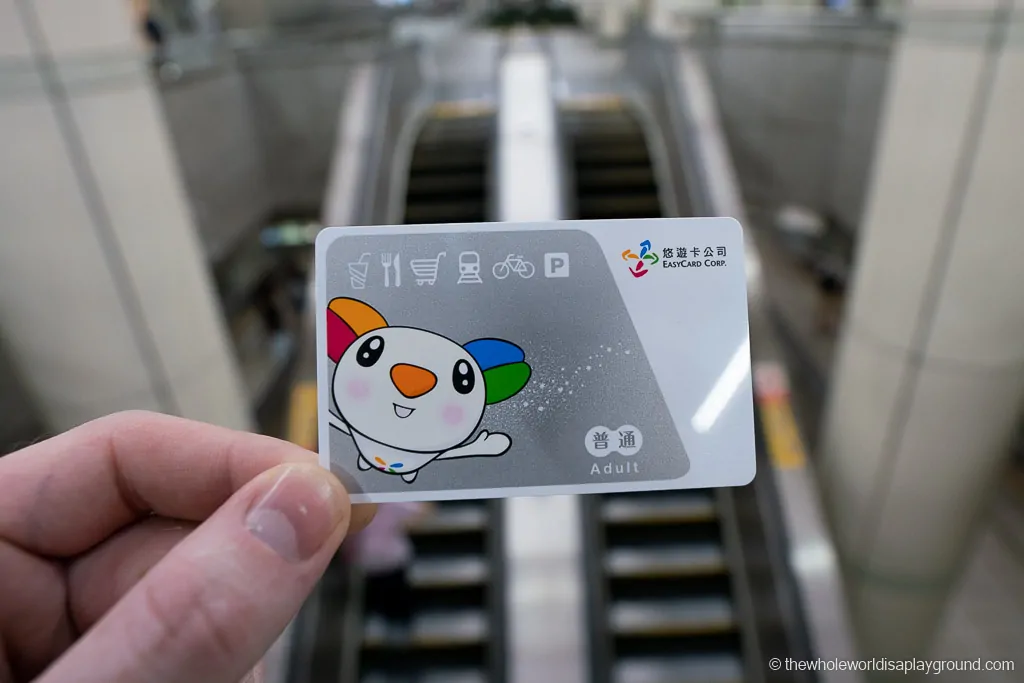
From toilet-themed restaurants to colourful temples, stunning nature and awesome day trips, there’s plenty to squeeze into 4 days in Taipei. Check out our round-up of the best things to do in Taipei for more detailed information and photos of each of the attractions. Also check out our detailed Taipei itinerary to help you plan your time in the city. If you are travelling with kids make sure to check out our guide to the best things to do in Taipei with kids .
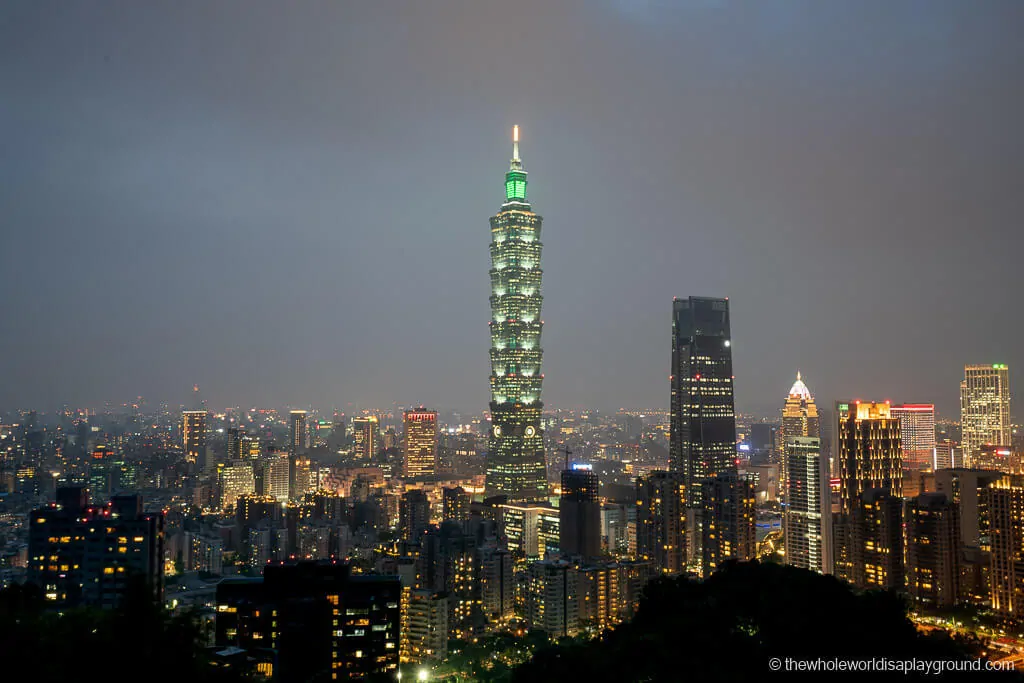
Where to Stay in Taipei
There are many great accommodation options in Taipei.
- CityInn Hotel Plus Ximending Branch– we stayed in the CityInn Ximending branch and highly recommend both the location and the hotel. Rooms are compact but fantastic value, service is excellent and the hotel is just a few moments walk from the MRT, a Taipei essential – check prices now!
- Taipei Garden Hotel – another great option located close to Longshan Temple and Ximending – check prices now!
- Dandy Hotel, Daan Park – clean, comfortable and located across the street from Taipei’s biggest park, Daan Forest Park – check prices now!
Click here for the best Taipei hotel prices
Day 1: Taipei 101, Maokong Gondola and Shilin Night Market
Start the day with a trip to the observation deck of Taipei 101, Taipei’s most iconic building. The 101 story building resembles a giant bamboo stick and the 91st-floor outdoor observation deck offers amazing 360-degree views of the city.
We booked our tickets for Taipei 101 via Klook and highly recommend it. You can reserve your timeslot in advance and for the best price using the Klook app. It’s super simple and avoids waiting in extra lines when Taipei 101 gets busy. Taiwan activities were mostly discounted when we booked in advance – check prices now!
Click here to book your Taipei 101 ticket
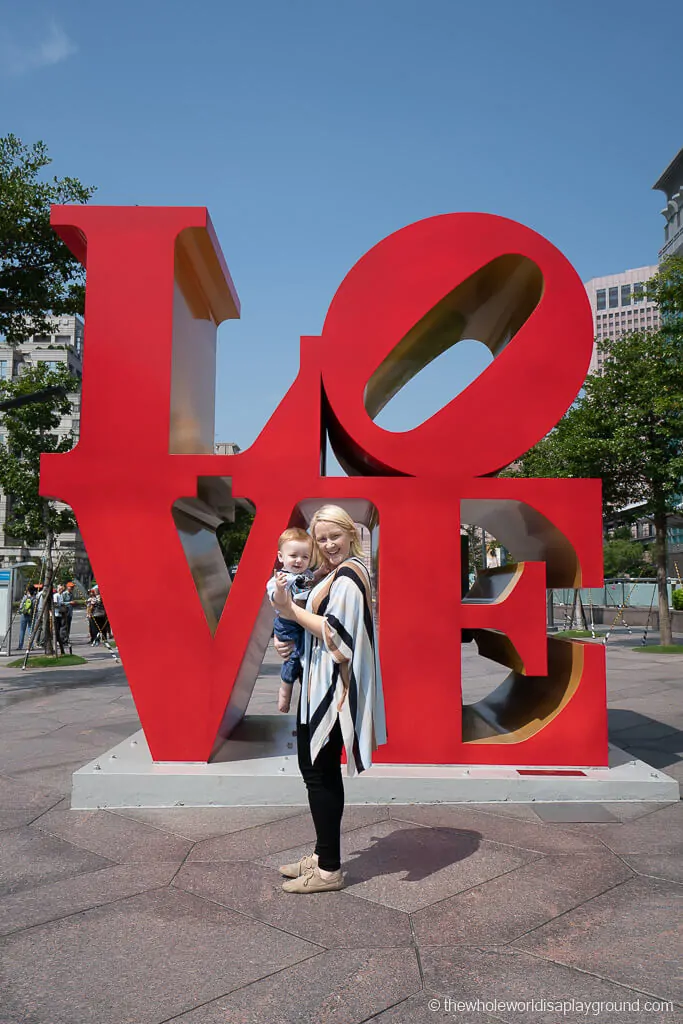
From Taipei 101 make your way to the Taipei Zoo MRT Station where the scenic Maokong Gondola cable car departs. The 30minute glass-bottomed cable car stops at the colourful Zhinan Temple before continuing to the quaint mountaintop village of Maokong known for its tea plantations and tea shops.
Taiwan Itinerary tip: We purchased combo tickets for the Maokong Gondola and an evening double decker sightseeing tour from Klook in advance and it was awesome value. The gondola is closed most Monday’s so make sure to plan your trip around the gondola’s opening hours – click here to purchase the gondola and night tour combo tickets!
Click here to purchase Gondola tickets
Finish the day with a visit to Shilin Night Market, Taipei’s largest night market with over 500 stalls. There are some incredible Bid Gourmand stalls serving dishes such as Hai You Pork Ribs and Bin Small Sausage in Large Sausage, where the sausage wrapped in sticky rice is a huge hit. There’s a lot more to Shilin than just food and you can do everything from playing arcade games to praying in the temple located in the centre of the market.
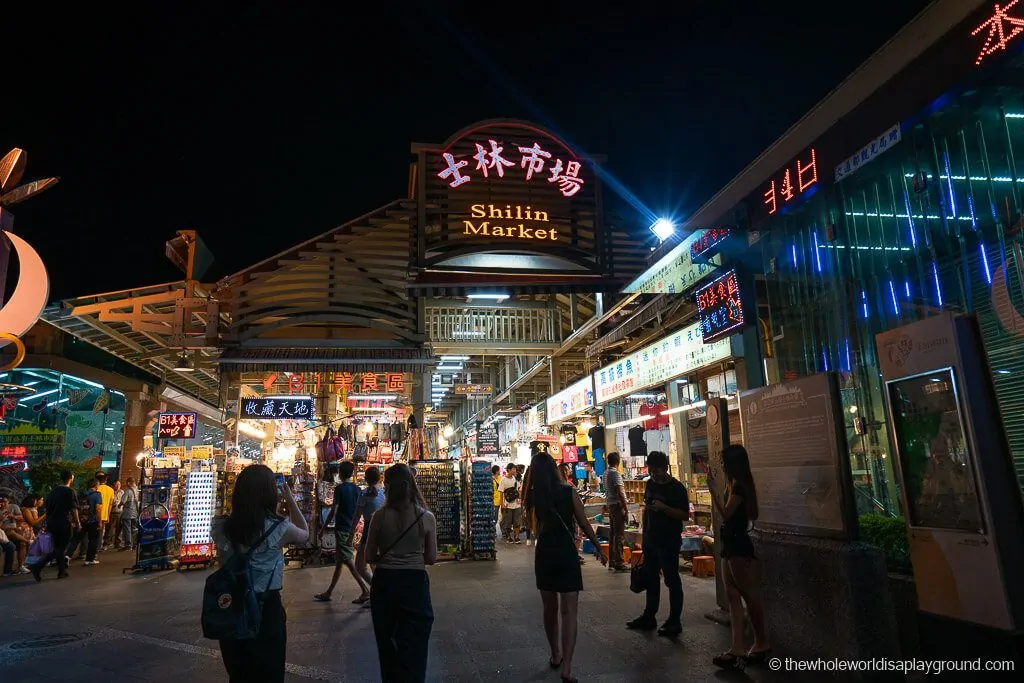
Day 2: Elephant Mountain, CKS Memorial Hall, Ximending and Raohe night market
Start the day with a short but steep sunrise hike up Elephant Mountain which rewards with some of the best views of Taipei. The trail is well maintained with plenty of rest stops and some awesome viewing platforms.
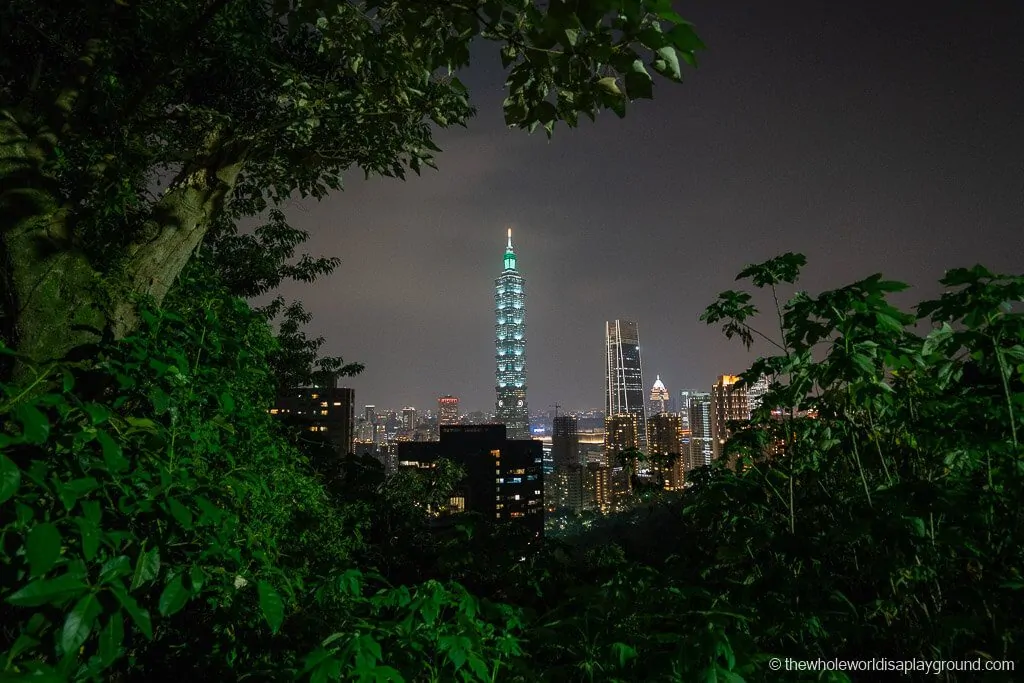
After admiring Taipei from Elephant Mountain it’s time to explore the history of Taiwan with a visit to the Chiang Kai-shek Memorial Hall. The CKS Memorial is an important Taiwanese landmark erected in honour of the first president of Taiwan.
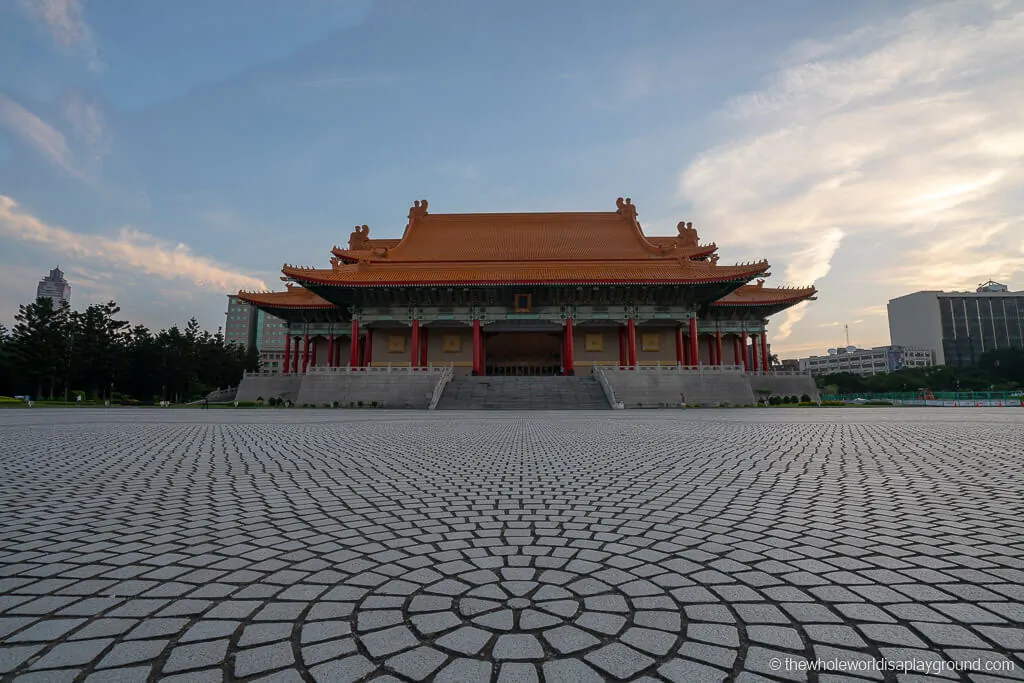
A themed cafe is a Taipei staple and a trip to the Modern Toilet Restaurant in Ximending is as novelty as they come. The entire restaurant is toilet themed. Meals are served in toilets, drinks in bedpans and the seats are full-sized toilets! Having filled up on poo themed dishes take a stroll around Ximending, one of Taipei’s quirkiest neighbourhoods.
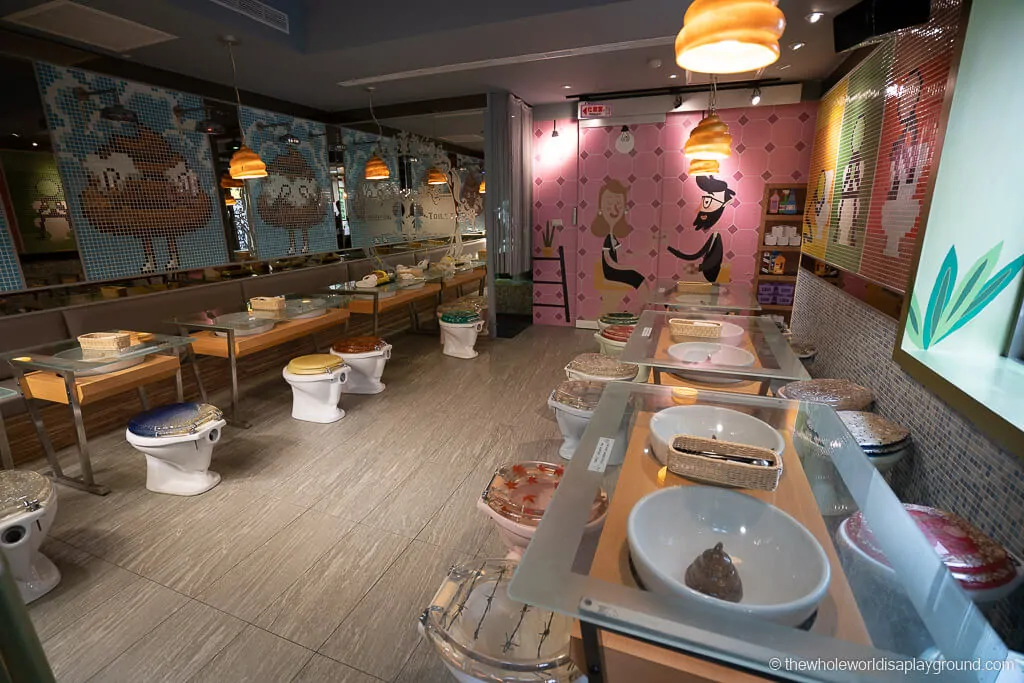
If you prefer a serious foodie treat, eat at the Fuhung Noodle Restaurant. The shop is located just north of Ximending and is home to some of the best noodles we’ve ever had.
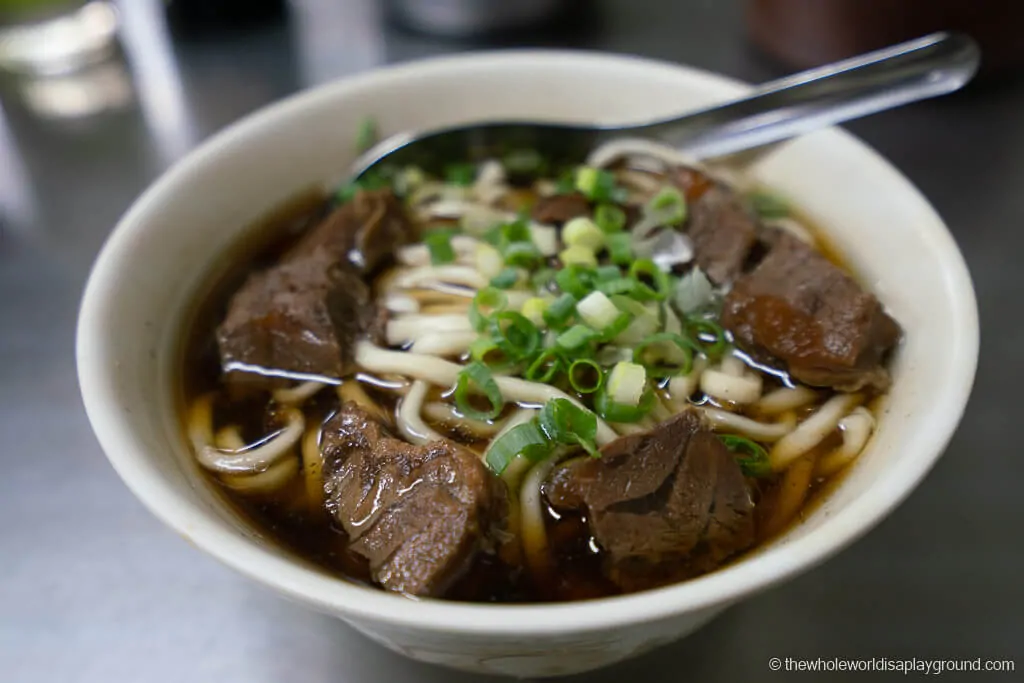
Longshan Temple is next on the agenda. Longshan is Taiwan’s most famous and well-loved temple and is located in the historic neighbourhood of Wanhua.
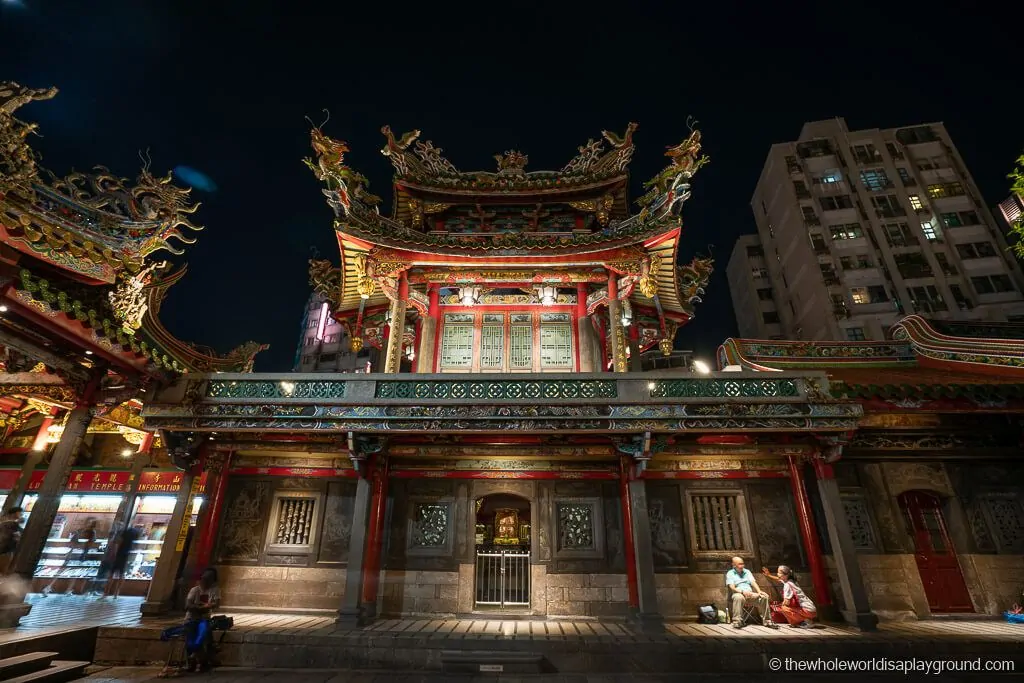
If you still have some energy, the Raohe Night Market is a short MRT ride away and is perfect for an early evening walk through.
Taiwan itinerary tip: our favourite dish in Raohe was the Fuzhou Shizu Black Pepper Buns. They are not to be missed!
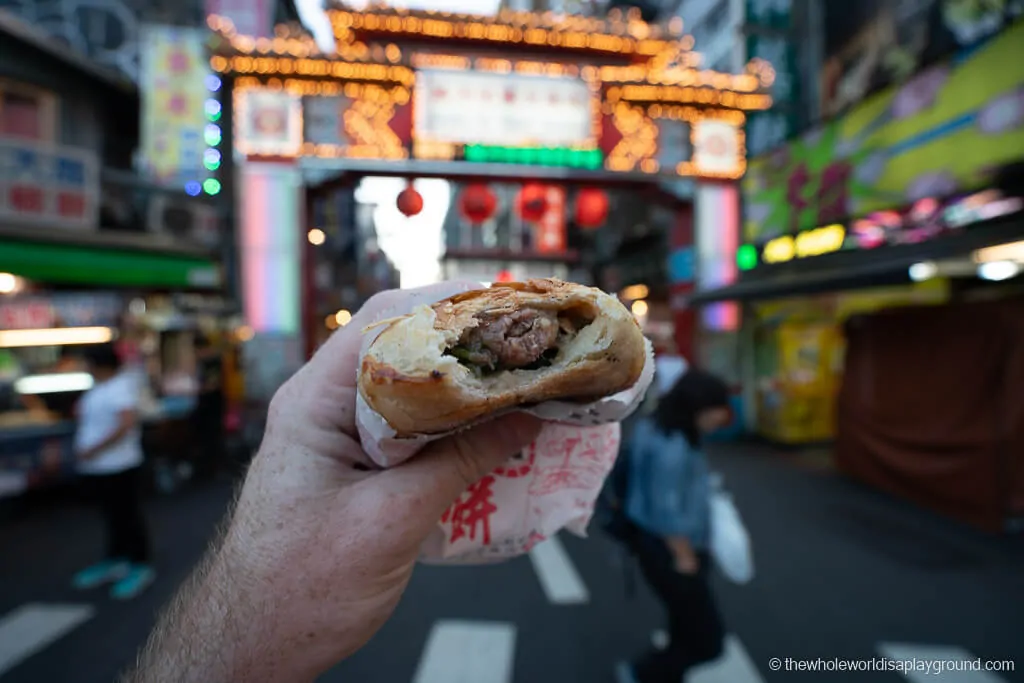
Day 3: A Taipei park, the world’s highest Starbucks and Beitou Hot Springs
Start the morning with a visit to one of Taipei’s parks. Our favourites are Daan Forest Park, Taipei’s largest park, the Huashan 1914 Creative Park, a repurposed art, design and cultural venue and 228 Peace Memorial Park, a poignant tribute to the thousands of Taiwanese who died in the February 28, 1947, massacre.
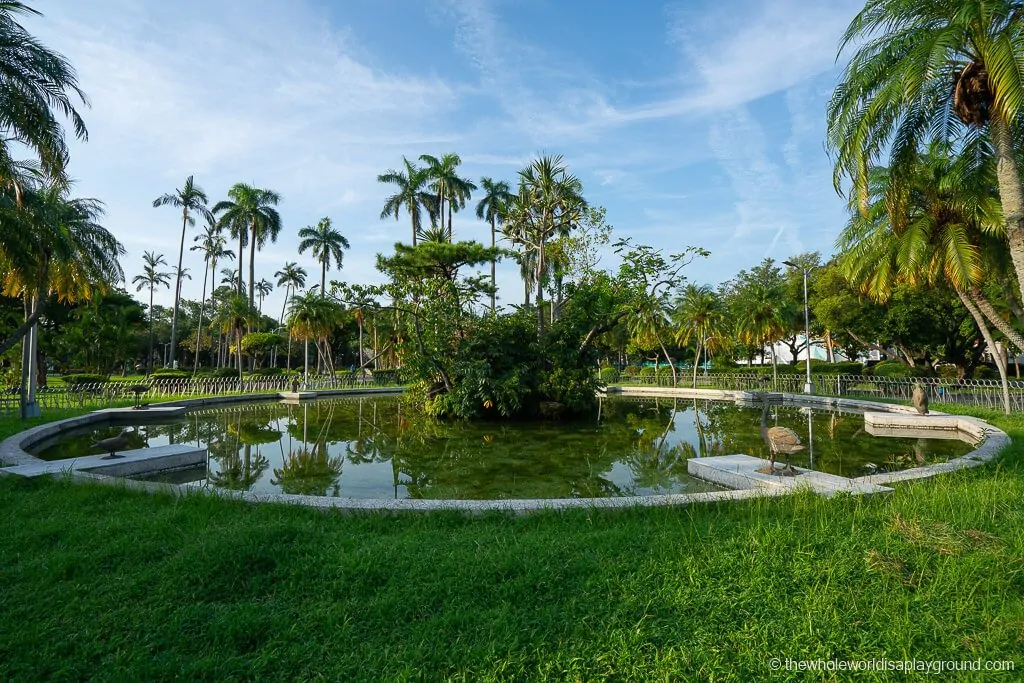
Visit the world’s highest Starbucks which is located on the 35th floor at Taipei 101 and offers spectacular views of Taipei. A visit to Starbucks at Taipei 101 requires a reservation and the coffee shop has a minimum spend for visitors.
Taiwan itinerary tip: The Starbucks at Taipei 101 requires a telephone reservation. Ask you hotel desk to make the reservation as you will likely need to speak Mandarin.
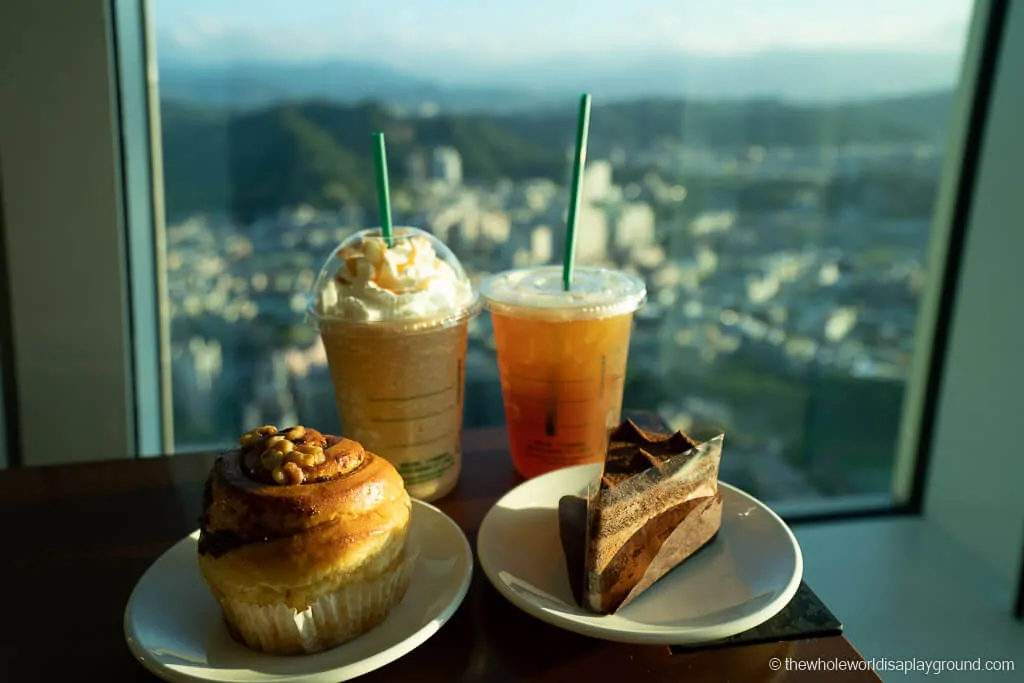
Spend the afternoon at the Beitou Hot Springs which are just 30 minutes outside Taipei and accessible via the MRT. There is a wide range of options for bathing in the hot springs: there are less expensive public hot springs as well as private baths and upscale hotels and resorts. As well as bathing, the scenic Beitou Hot Spring Park is beautiful to explore together with the Hot Spring Museum and Library which are located within the park.
Day 4: Jiufen, Shifen and Yehliu Geopark
Taipei is surrounded by amazing natural beauty and a day trip outside the city is an essential addition to any Taipei itinerary. Shifen, Jiufen and the Yehliu Geopark are a great combination to discover a taste of Northern Taiwan.
The Yehliu Geopark contains a fascinating collection of unique geological formations in an otherworldly landscape created by sea erosion. It’s a beautiful coastal walk and a very popular stop outside Taipei.
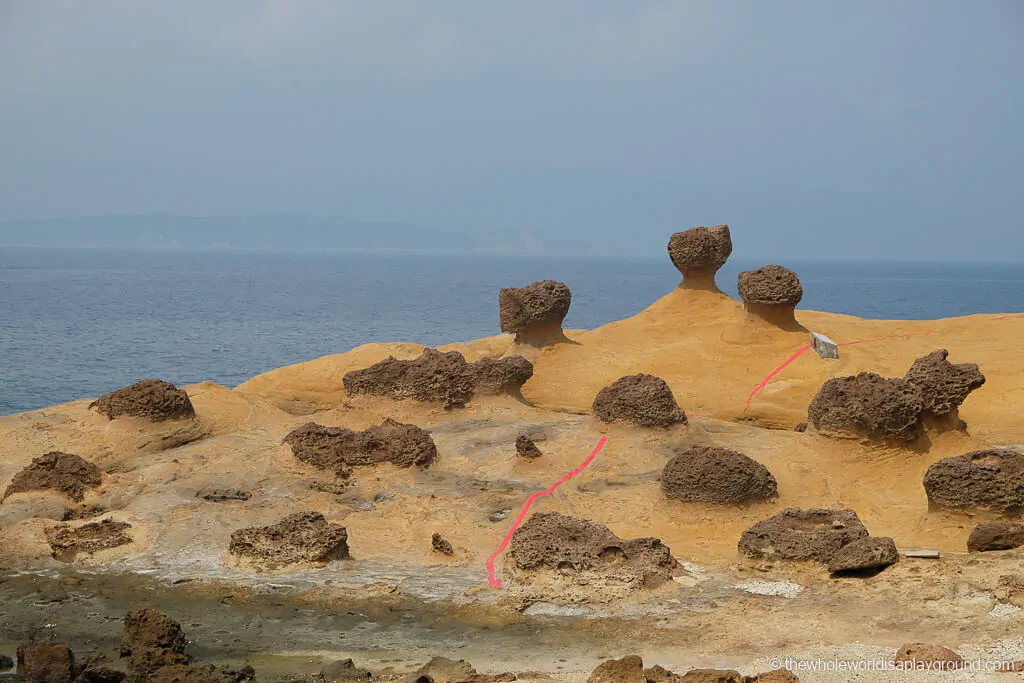
The old street in the charming town of Jiufen is a tourist magnet with visitors indulging in local specialities such as glutinous rice cakes, peanut ice cream and fish balls in between souvenir shopping. The A-Mei Tea House is one of the most prominent landmarks in Jiufen and offers both great tea and great views!
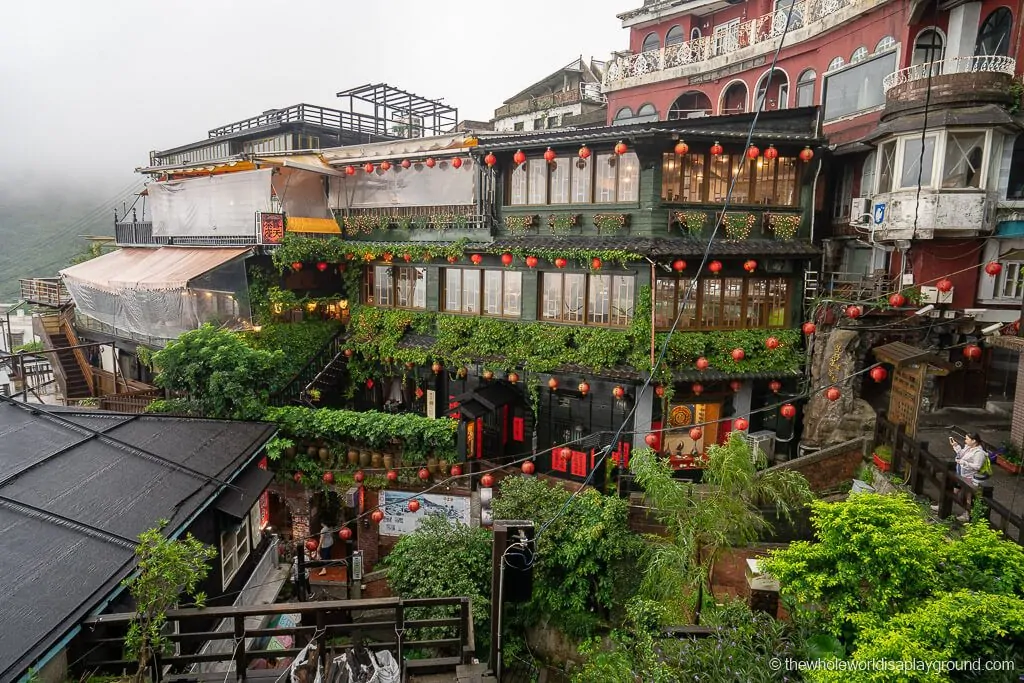
Shifen is famous for both its old street and its scenic waterfall. The old streets of Shifen, located around the railway track, are where visitors congregate to release colourful lanterns bearing their wishes in life.
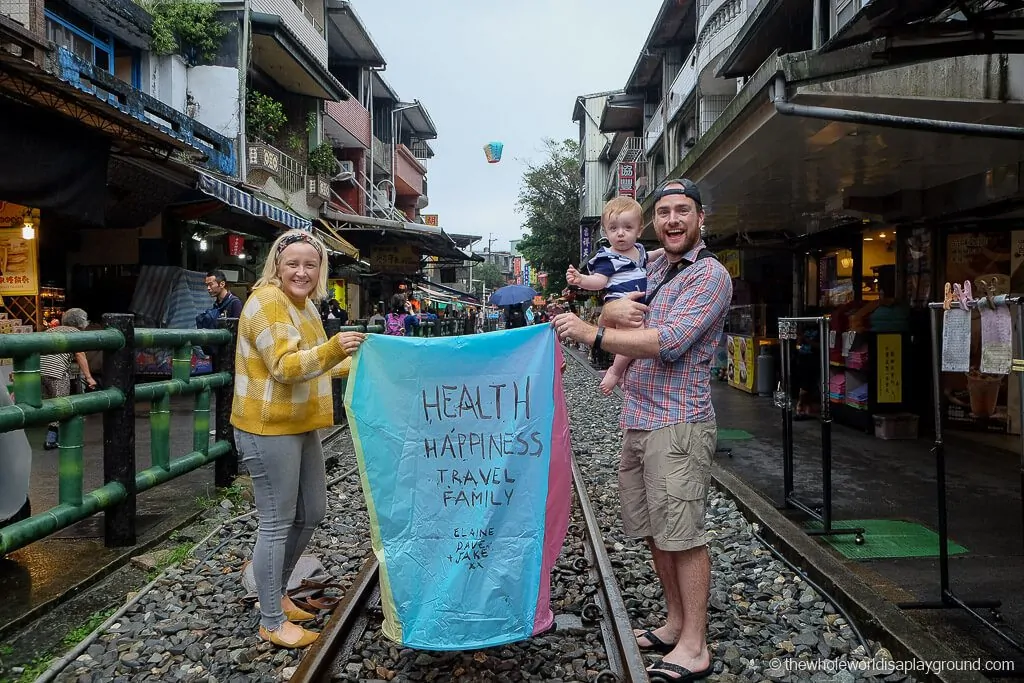
Taiwan itinerary tip : we visited Jiufen, Shiefen and Yeuhliu Geo Park using our rental car. If you prefer to use a tour, Klook offers a great shuttle bus options which ferries passengers between the key sights of Jiufen, Shifen and the Yehliu Geo Park on the North East coast of Taiwan – click here to reserve shuttle bus tickets!
Click here to reserve shuttle bus tickets
Days 5 and 6: Taichung
After a few days of exploring Taipei, it’s time to head south to Taichung, Taiwan’s second-largest city. Taichung is busy and colourful and was a surprise hit in our Taiwan itinerary! There are lots of things to do Taichung and it is also the gateway for the immensely popular Sun Moon Lake, one of Taiwan’s most popular tourist attractions.
Where to Stay in Taichung
Taichung is a surprisingly large city and choosing where to stay can be tricky. We recommend:
- CityInn Hotel Plus – Taichung Station Branch – we loved the CityInn brand in Taiwan. Located in east Taichung beside Taichung’s main train station, the CityInn Hotel Plus is a great option. Rooms are clean and modern and the extra facilities like free common areas with coffee/refreshments and on-site laundry are invaluable – click here to book now!
- La Vida Hotel – Regularly rated as one of the best hotels in Taichung, La Vida Hotel is a great option for those who want easy access to the Feng Chia Night Market. With European designed rooms the hotel is super comfortable and great for a stay in Taichung – click here to book now!
- The Hung’s Mansion – where we chose to stay in Taichung and it’s a great option if you are driving like we were. With free parking, large comfortable rooms and great food, Hungs Mansion is also a short walk to the incredible Feng Chia Night Market – click here to book now!
Click here for the best Taichung hotel prices
How to get to Taichung
I t took us around 2 hours to drive between Taipei and Taichung . I t takes one hour to travel by High-Speed Rail between Taipei and Taichung – click here to buy rail tickets!
Click here to buy tickets to Taichung
Things to do in Taichung
Taichung deserves at least one full day to explore and, if we were to return, we’d allow two days! Start the morning at Rainbow Village , Taiwan’s most colourful neighbourhood before heading north of the city to the beautiful Zhongshe Flower Market. As well as a sea of flowers, props such as pianos, swings, and tractors make for great fun and great photo opportunities.
Taiwan itinerary tip: tour buses arrive at Rainbow Village shortly after its 8am opening so we recommend arriving as close to 8am as possible. Zhongshe Flower Market tends to get busy in the afternoon when families congregate for barbeques.
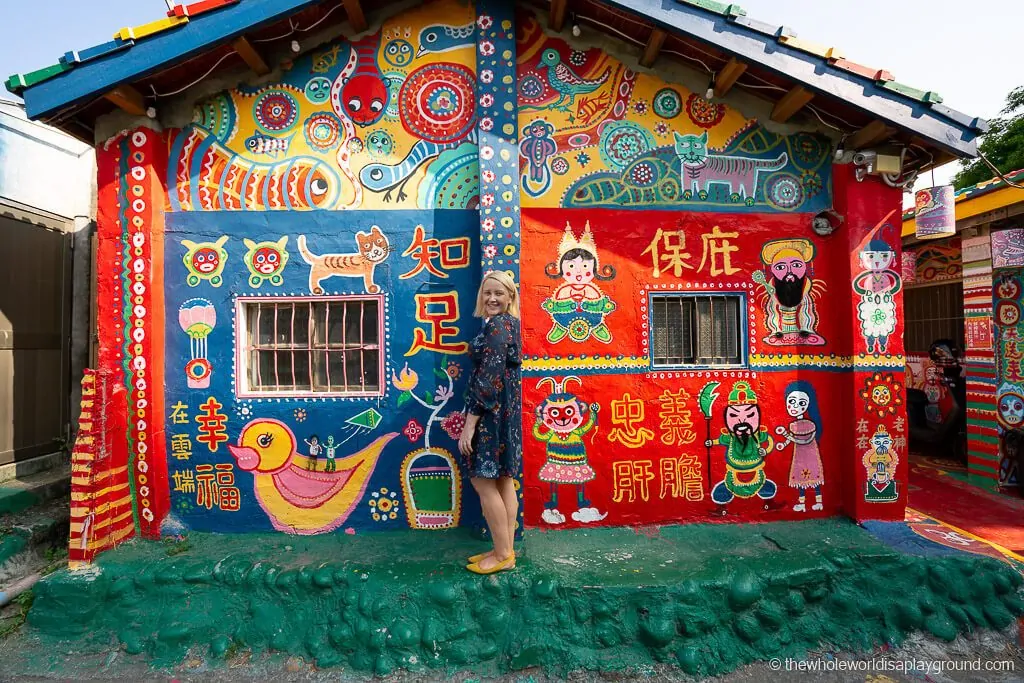
Animation Alley is a great pit stop with its cartoon and Magna themed street art.
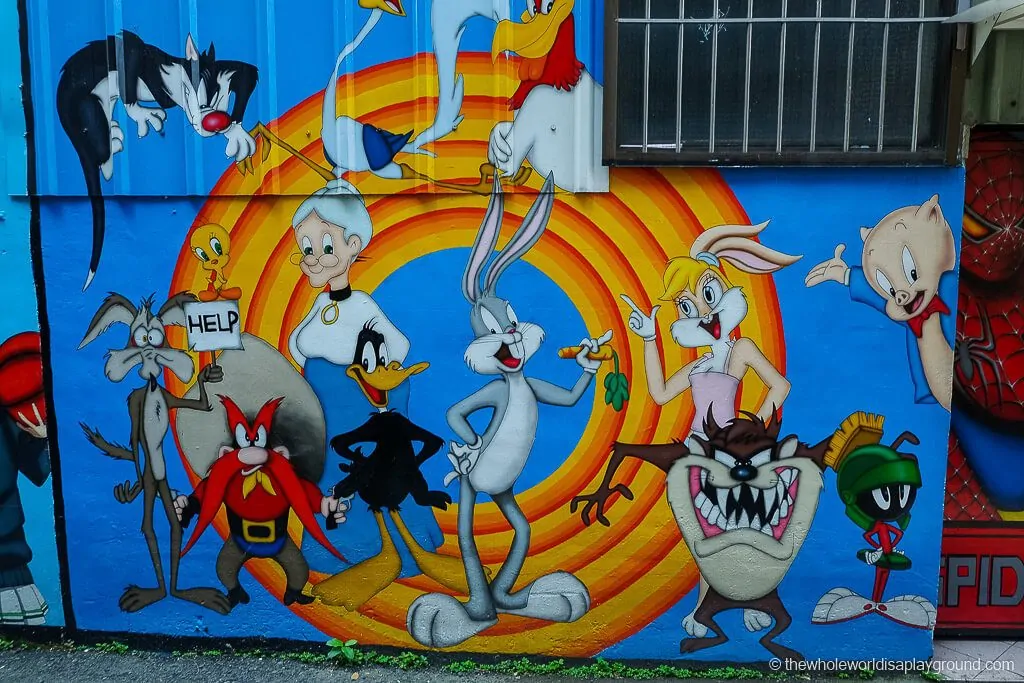
The 921 Earthquake Museum is a poignant place to visit: it is located on the site of a former junior high school and crosses the fault on which the earthquake occurred. The exterior remains as it did after the earthquake on Tuesday, 21 September 1999.
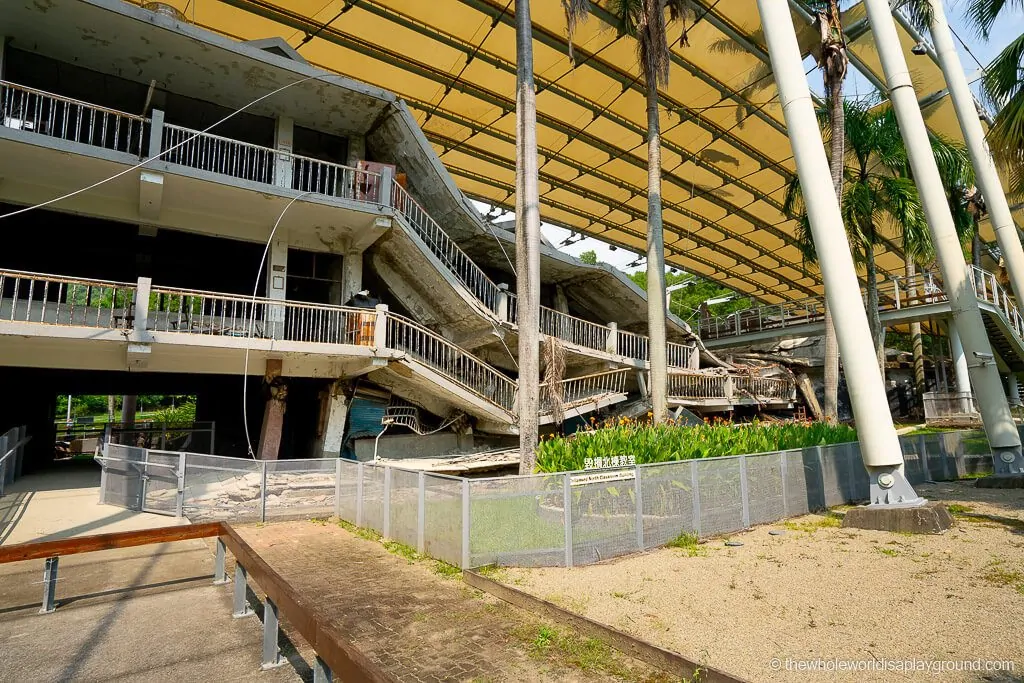
There are endless food and drink options in Taichung: our three favourites are Chung Shiu Tang, the touted home of Taiwan’s famous bubble tea, Miyahara for its Pineapple Cakes and I’m Talato, an ice cream shop with an ice cream floatie filled pool.
Round up the day with a trip to Feng Chia Night Market where the food is good and the clothing unique.
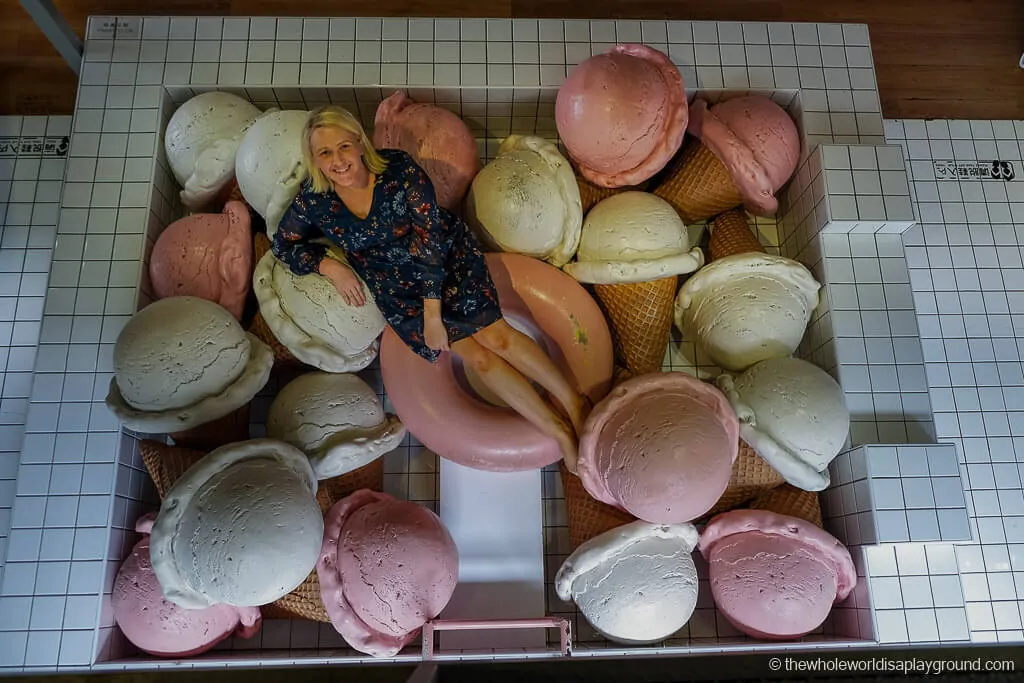
Day 7: Sun Moon Lake
How to get to Sun Moon Lake: Sun Moon Lake is a 1hour 15-minute drive from Taichung and is easily accessible by bus from both Taichung (approximately 2 hours) or Alishan (up to 3.5hours).
The cycle path surrounding the turquoise blue waters of Sun Moon Lake is one of the most popular ways to explore the Sun Moon Lake area. There’s also a scenic gondola cable car that offers beautiful views of the lake and connects it with the Formosa Aboriginal Cultural Village.
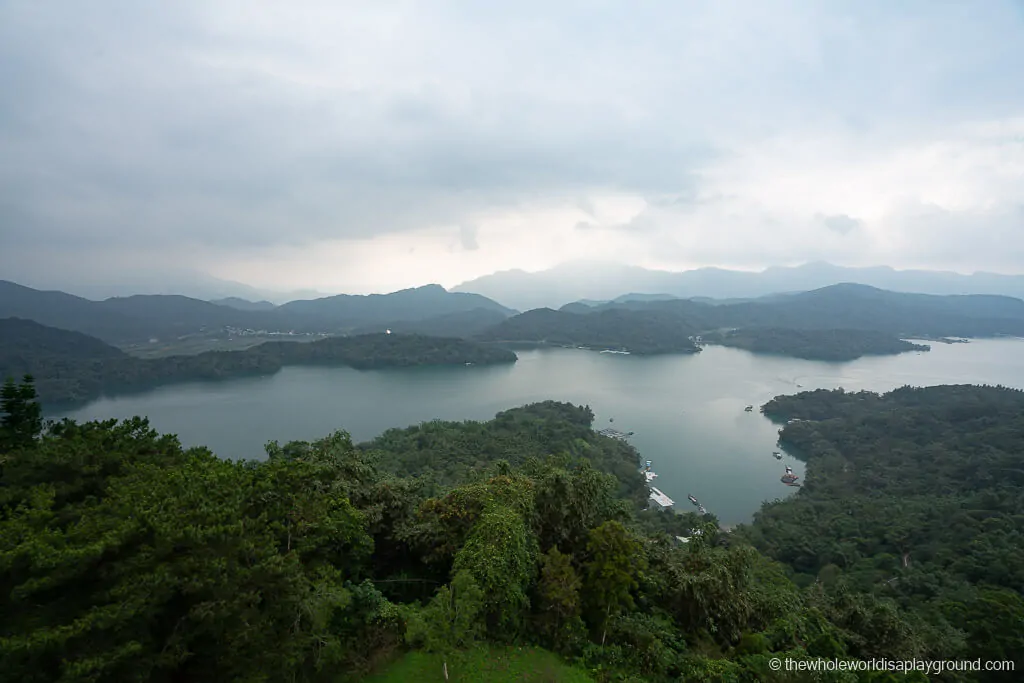
Our other favourite stops were the Ci-En Pagoda and the Wen-Wu Temple . The 8 story Ci-En Pagoda requires a short uphill hike and is renowned for its views over the lake while the Chinese style Wen-Wu is vibrant and loud and there are lovely views of the lake over the burnt orange rooftops.
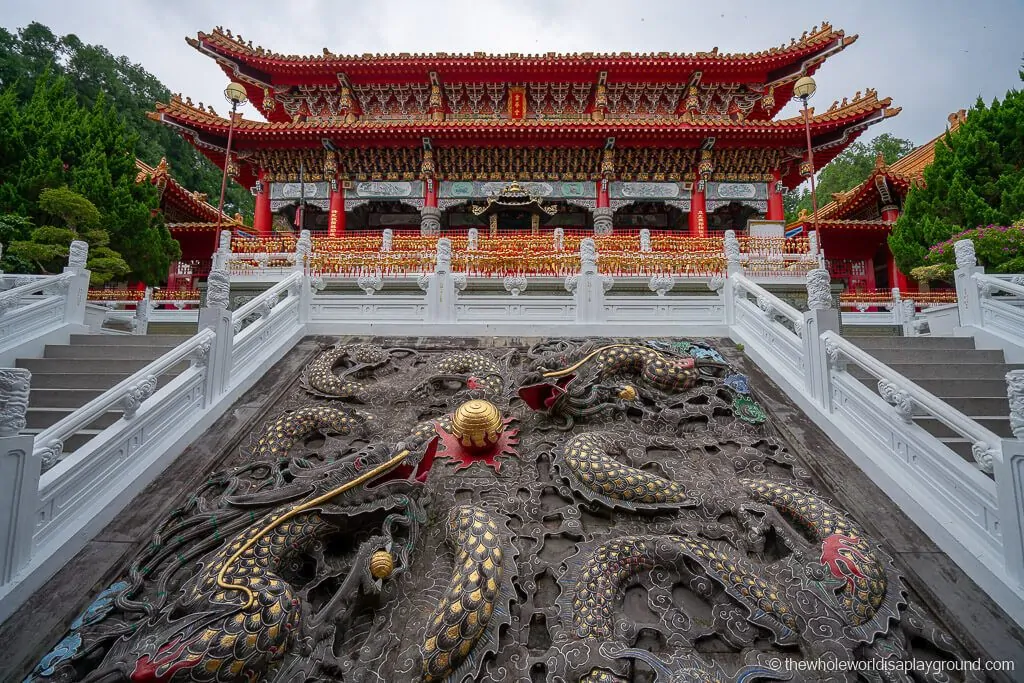
Finish the day with some street food at Ita Thao before returning to Taichung for the night.
Taiwan itinerary tip: the drive between Taichung and Sun Moon Lake takes about 75 minutes so we preferred to base ourselves in Taichung. Sun Moon Lake accommodation tends to be more expensive given its tourist draw and we were happy to drive.
Where to stay in Sun Moon Lake
If you wish to stay in the Sun Moon Lake area, some good options are:
- Fleur de Chine Hotel Sun Moon Lake: expensive but excellent with beautiful views over the lake – check prices now!
- Mei Jen House: homestay with great rooms, a vegan breakfast and an awesome sunrise tour. A great small but budget-friendly option in Sun Moon Lake – check prices now!
Click here for the best Sun Moon Lake Hotel prices
Day 8: Alishan
A mix of wilderness and tea plantations characterize the mountainous Alishan National Scenic Area. The Alishan sunrises are legendary in Taiwan and our time in Alishan was a highlight of our trip. From chasing the ‘Yun Hai’, the coveted sea cloud sunrise, to the historic railway and the stunning hiking trails Alishan is an excellent addition to any Taiwan itinerary.
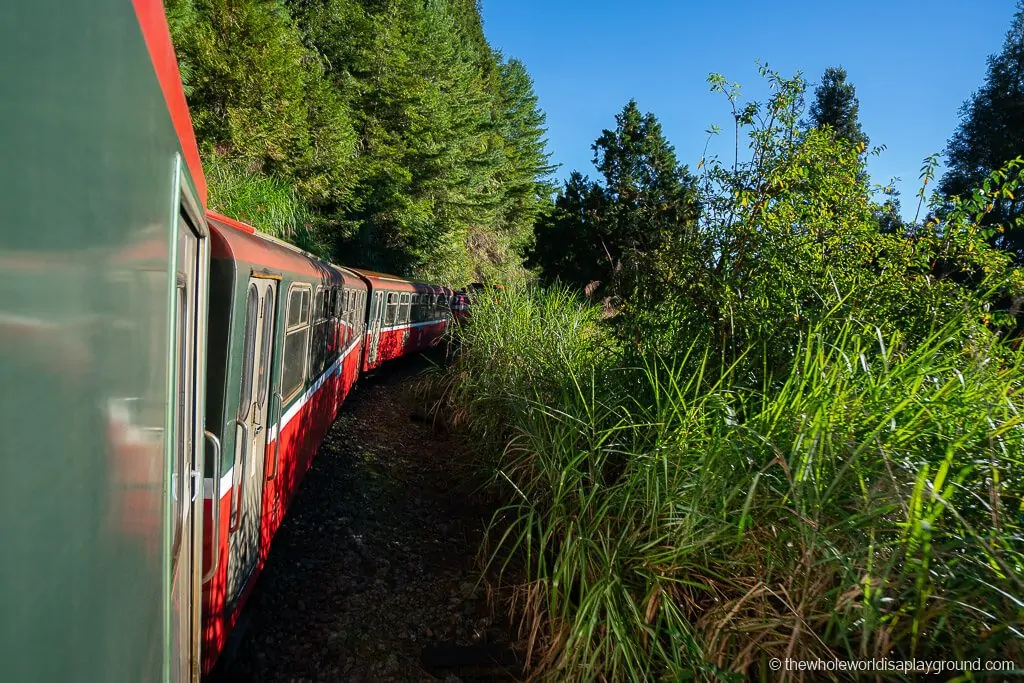
Where to Stay in Alishan
- Alishan House/Alishan Hotel – the best hotel in the Alishan National Scenic Area and where we spent our night in Alishan. Rooms are expensive but the location is outstanding. It is worth the extra for the upgrade from the dated standard room in the old building to a superior room in the new building. Guests are not allowed to drive into the Scenic Area but the hotel runs a regular shuttle bus between the car park and the hotel – check prices now!
- Wankou Hotel: 5 minutes walk from the train station, Wankou Hotel is a good less expensive option to Alishan House. Nice views, clean rooms and good value accommodation – check prices now!
- Cing Shan Hotel : basic option located close to the train station, rooms are compact – check prices now!
Click here for the best Alishan Hotel prices
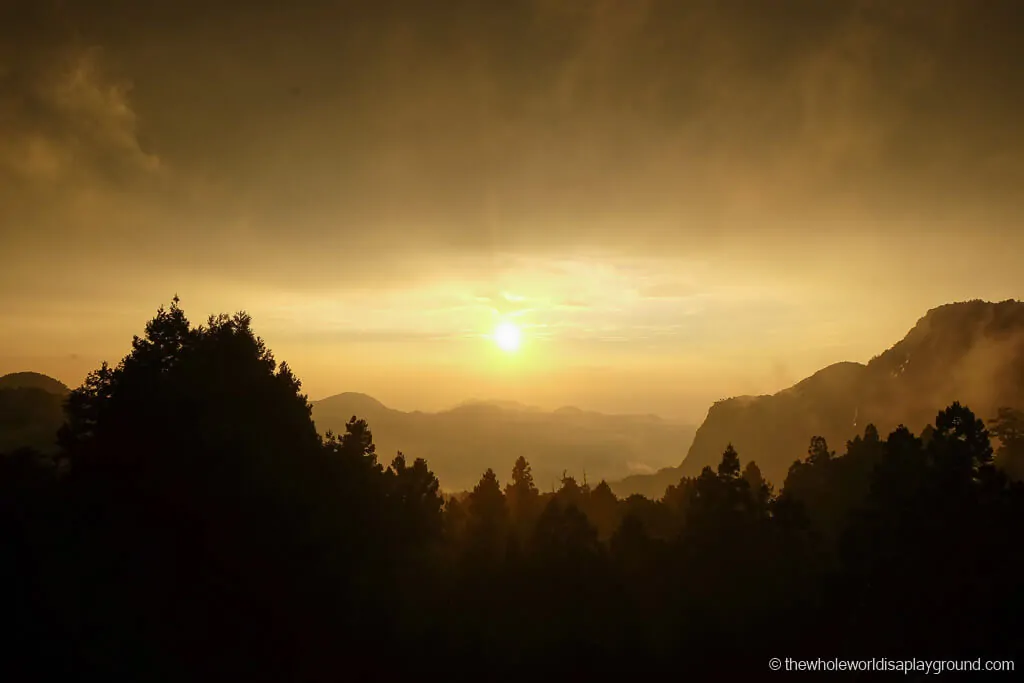
How to get to Alishan
The High-Speed Railway takes less than 40 minutes between Taichung and Chiayi Station and, from Chiayi, the bus takes 2 hours. Direct buses from Sun Moon Lake take up to 3.5hours. The drive from Taichung took around 3 hours in total.
Things to do in Alishan
There are 5 Wonders of Alishan and, although luck and weather dependent, most visitors strive to see them all. The 5 Wonders of Alishan are:
- Alishan Forest Railway
- The forest trails
- The sea of clouds
Taiwan itinerary tip: With some planning it’s possible to see Alishan’s Wonders during a one-night stay. If you wish to explore more extensively or at a more leisurely pace then extend the stay to two nights.
Aim to arrive in Alishan in the afternoon and take advantage of some of the stunning hiking trails in the area. Our favourite hike was to the Sacred Tree, estimated to be 3,000 years old before it collapsed in 1997. It’s located at the Sacred Tree (Shenmu) Railway and the trails pass giant red cypress trees which are over 1,000 years old.
After exploring the Alishan trails make sure to catch a famous Alishan sunset – we watched it from the amazingly located observation deck at the Alishan House Hotel , one of the best sunset spots in the Alishan Scenic Area.
Click here to reserve the Alishan House Hotel
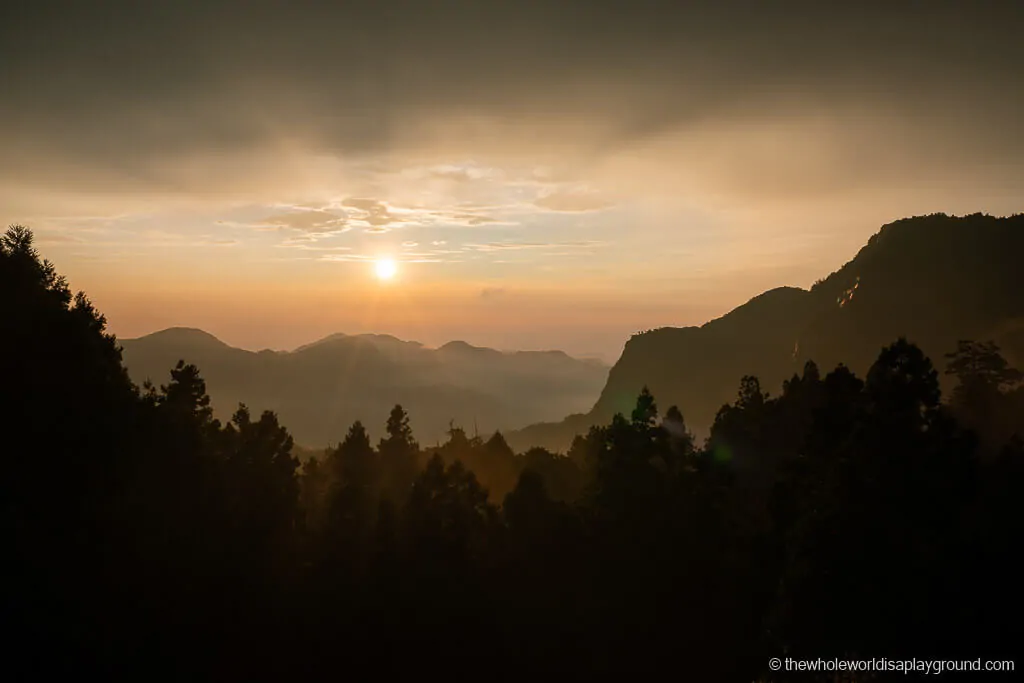
It’s an early start in order to catch the legendary Alishan sunrise. We arranged our shuttle bus to the train station through the Alishan House Hotel on arrival the previous afternoon. After a 4:30 am wake-up call, we boarded the train to Chusan and watched the sunrise from the viewing platform.
After checking out we stopped by the Alishan Post Office and posted a traditional Alishan wooded postcard before leaving for Kaohsiung.
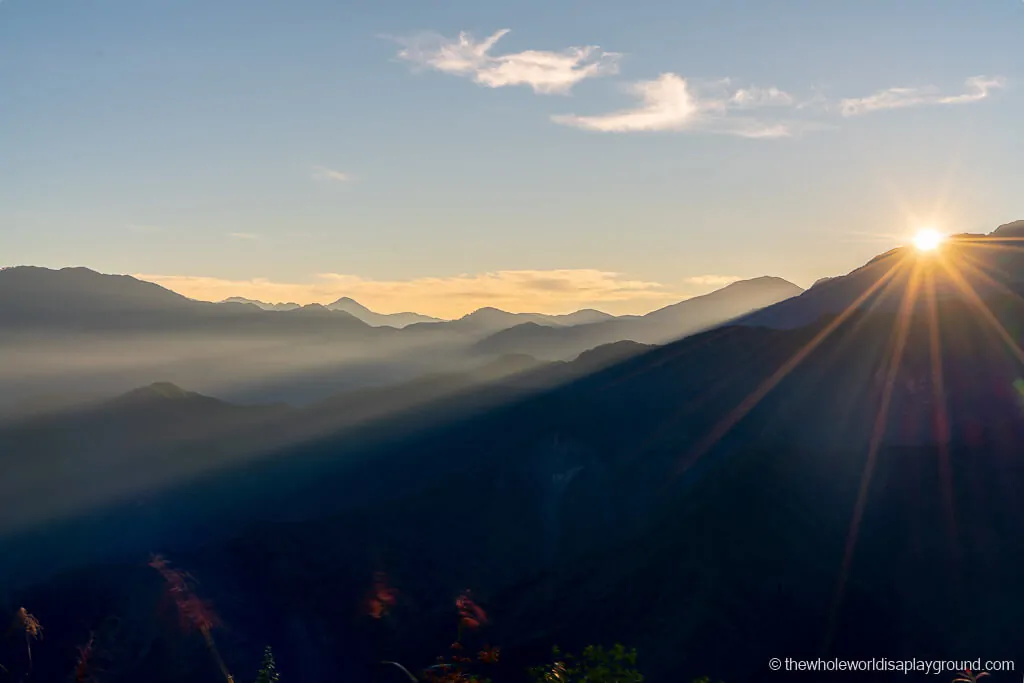
Day 9: Kaohsiung
Kaohsiung is a large port city in Southern Taiwan. Although we used it as a stopover between Alishan and Kaohsiung, we soon discovered it is vibrant and charming in its own right.
Where to stay in Kaohsiung
- Grand Hi La – one of the best hotels in Kaohsiung. With a perfect location in the centre of the Sanduo shopping district, Hotel Cozzi has luxurious rooms and high-end furnishings which make for a truly amazing stay – check prices now!
- Hotel Cozzi – this large luxury hotel is conveniently located above a shopping mall right in the centre of Kaohsiung and is a great option for exploring the city. There are lots of restaurants close to the hotel – check prices now!
- Hotel Dua – g reat transport connections via the adjacent MRT station the Hotel Dua is a great location for exploring the city – check prices now!
Click here for the best Kaohsiung Hotel prices
How to get to Kaohsiung
Take the bus from Alishan to Chiayi Station (journey time is around 2 hours 10 minutes) and, from there, take the train to Kaohsiung, a further 2 hours 10 minutes. Our drive time was around 3 hours in total.
Things to do in Kaohsiung
We only had a half day to explore Kaohsiung as we used the city as a stopover on our journey between Alishan and Kenting. The city deserves at least to days to see properly and if you are staying in the city, some of the best things to do in Kaohsiung are:
- Kaohsiung Night Markets: the Ruifeng Night Market is considered one of the best night food markets in Taiwan and its stalls serve up a mouth-watering array of local delicacies.
- Lotus Pond and the Dragon and Tiger Pagodas: visitors to Kaohsiung are encouraged run into the mouth of the dragon and out of the tiger’s jaws at the 7-story twin Dragon and Tiger Pagodas. The reward is a reversal in fortune and a turn from bad luck to good.
- Cycle Cijn Island: Cijn Island is a black sand beach on a narrow strip of island in the city. The island, accessible by ferry or bridge, is a popular day excursion in Kaohsiung.
- Dream Mall: Kaohsiung’s Dream Mall is the largest in Taiwan and East Asia and even boasts an amusement park with a Ferris Wheel on its rooftop!
- Pier 2: once an abandoned warehouse site, Pier 2 now houses a large scale open air public art display. The quirky sculptures and artworks are a real treat and the area is vibrant and lively and one of the best places to visit in Kaohsiung.
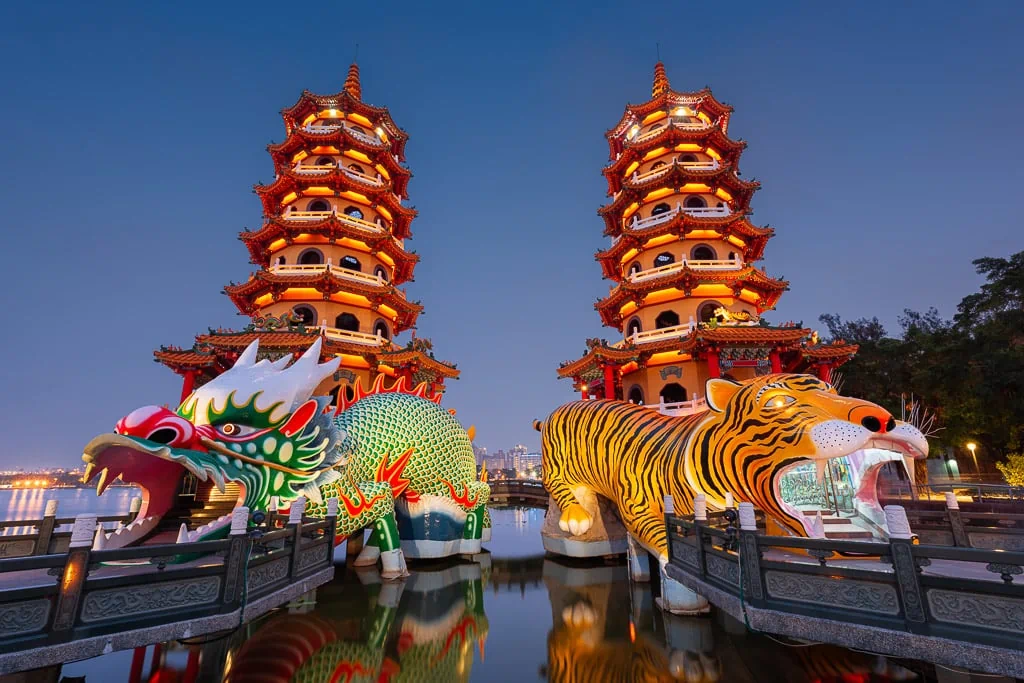
Day 10 and 11: Kenting
The seaside town of Kenting is located at the southern tip of Taiwan and is famous for its picturesque beaches and lush green national park.
Where to stay in Kenting
Accommodation in Kenting is a mix of resort-style beachside hotels and smaller, boutique-style options.
- Caesar Park Hotel – resort hotel with direct beach access and an abundance of kids activities including a kids recreation centre in the basement – check prices now!
- Chateau Beach Resort – located by the beach, just 5 to 10 minutes from Kenting Main Street. The hotel has stunning ocean views and a nice pool area – check prices now!
- Amanda Kenting – we opted for the smaller Amanda Kenting Hotel. The Moroccan themed hotel has great rooms, a lovely indoor pool and free exotic costume rental for photos! – check prices now!
Click here for the best Kenting Hotel prices
How to get to Kenting:
take the Kenting Express Bus from Kaohsiung’s Zuoying HSR station to Kenting. The journey time varies between 2 and 3 hours. The drive time is less than 2 hours.
Things to do in Kenting
Kenting is the perfect spot for some rest and relaxation. While we didn’t follow a strict itinerary, our favourite activities included:
- a ride on the Kenting Hai World Semi Submarine with its glass-bottomed panoramic views of the Kenting coral reefs
- paddling in the tidepools and shallow swimming spots
- visiting Baisha White Sand Bay, a beautiful beach which featured in the movie The Life of Pi
- exploring Kenting National Park and its lighthouse
- standing at the southernmost point in Taiwan which is marked by an observation station
- indulging in the street food, clothes and carnival games at the Kenting Night Market
- Snorkeling in Wanlitong Beach
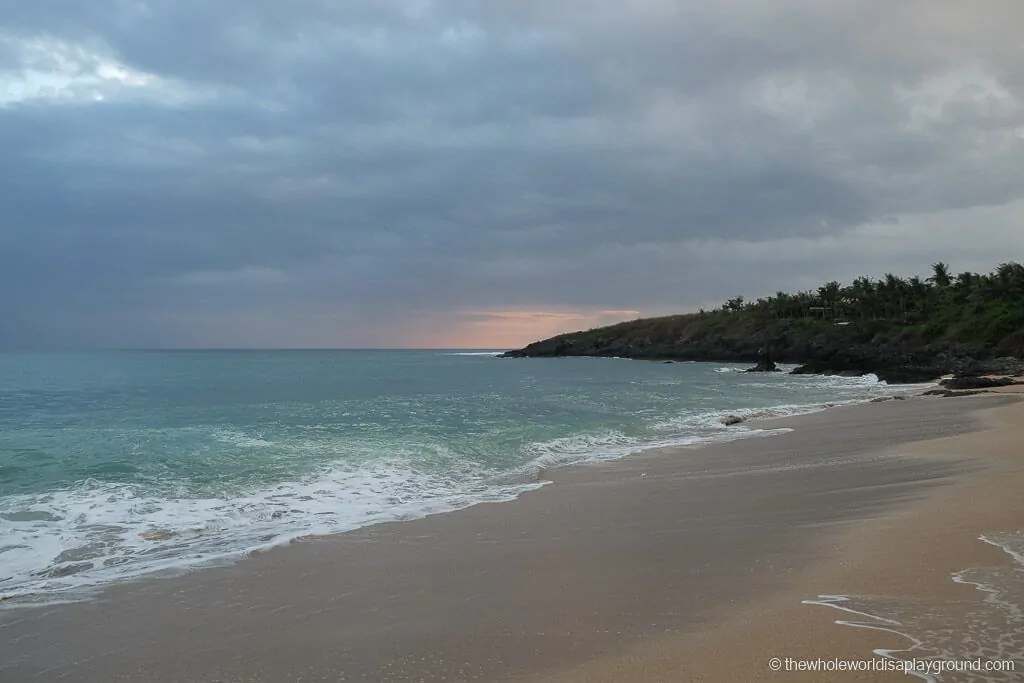
Day 12: Taitung
Taitung is a sprawling, coastal town and a popular stopover between Kenting and Taroko Gorge. It is home to the Beinan Cultural Park, one of the largest and most important cultural sites in Taiwan. Taitung also acts as a gateway to the volcanic islands of Green Island and Orchid Island.
Where to stay in Taitung
- Kindness Hotel – clean and comfortable option with good breakfast and evening night snacks in Taitung city – check prices now!
- Papago International Resort – although one hour outside Taitung it is a great location for a stopover between Kenting and Taroko Gorge. Lovely outdoor pool, hot tub and hot springs with a children’s playground – check prices now!
- Inn by the Village – located close to the railway, rooms are modern and spacious and the breakfast decent – check prices now!
Click here for the best Taitung hotel prices
How to get to Taitung:
take the bus from Kenting to Fanglaio (journey time 1 hour). From there, take the train between Fanglaio and Taitung (90 minutes). The drive time is 2 hours 30 minutes.
Things to do in Taitung
If you have time to explore Taitung some of the best things to do are:
- Beinan Cultural Park: the largest and most important cultural site in Taiwan. It was excavated in the 1980s when thousands of slate coffins were unearthed together with jewellery, pottery and tools.
- Brown Road: home to the famous Mr Brown Taiwanese Coffee and surrounded by rice fields and mountains.
- Orchid Island and Green Island: volcanic islands off the coast of Taitung famous for snorkelling, hot springs, coastal scenery and strong Aboriginal culture.

Day 13 and 14: Taroko Gorge
Taroko Gorge is another stunning stop in Taiwan. Taroko means magnificent and splendid and the mesmerizing scenery makes it more than deserving of the name. The steep mountains are covered in thick forest and a deep gorge carved out by the Liwu River, winds through the forest floor.
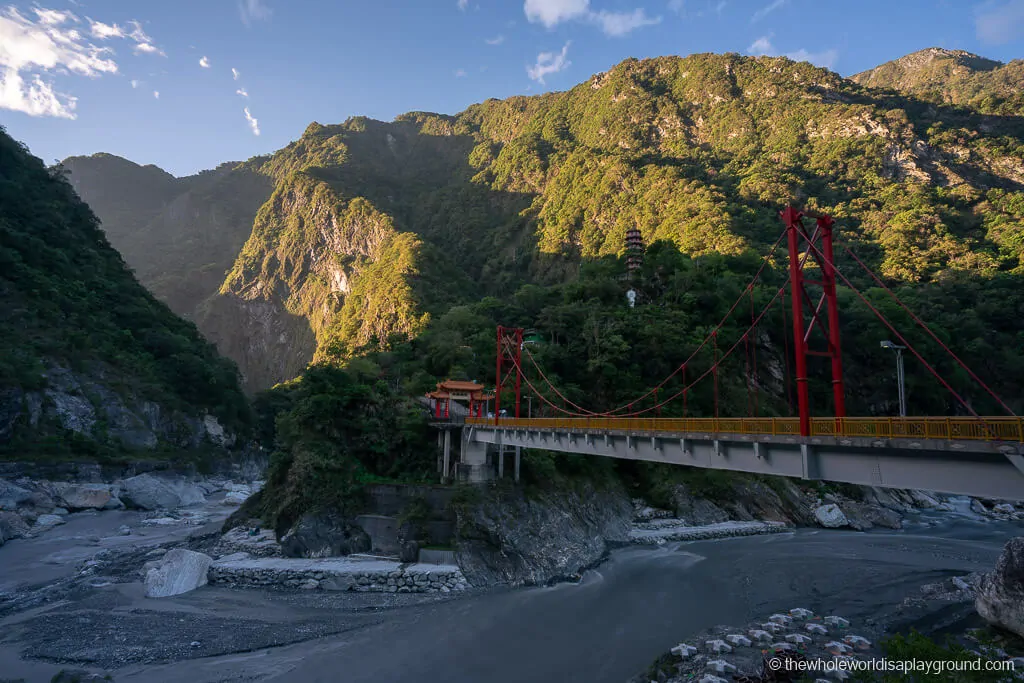
Where to stay in Taroko Gorge
Visitors to Taroko Gorge can stay in the Taroko National Park, close to the entrance to the park or in nearby Hualien where the trains from Taipei arrive and depart. We recommend staying in the park for both the close to nature experience and the convenience for sightseeing.
- Silks Place Taroko: we treated ourselves to a gorge view room in the luxury Silks Place Taroko which is located in the heart of the Taroko National Park. The facilities are amazing: there’s a rooftop outdoor pool (where we enjoyed a movie screening in the evening) and hot tubs, an indoor pool and tennis courts – check prices now!
- Taroko Village Hotel: located less than 1km from Swallow Grotto, the Taroko Village Hotel is a less expensive option to Silks Place for guests wanting to stay inside the Taroko National Park – check prices now!
- Chateau de Chine Hotel Hualien: if you opt for Hualien the Chateau de Chine Hotel is a good choice with its colourful exterior and spacious themed rooms– check prices now!
Click here for the best Taroko Gorge Hotel prices
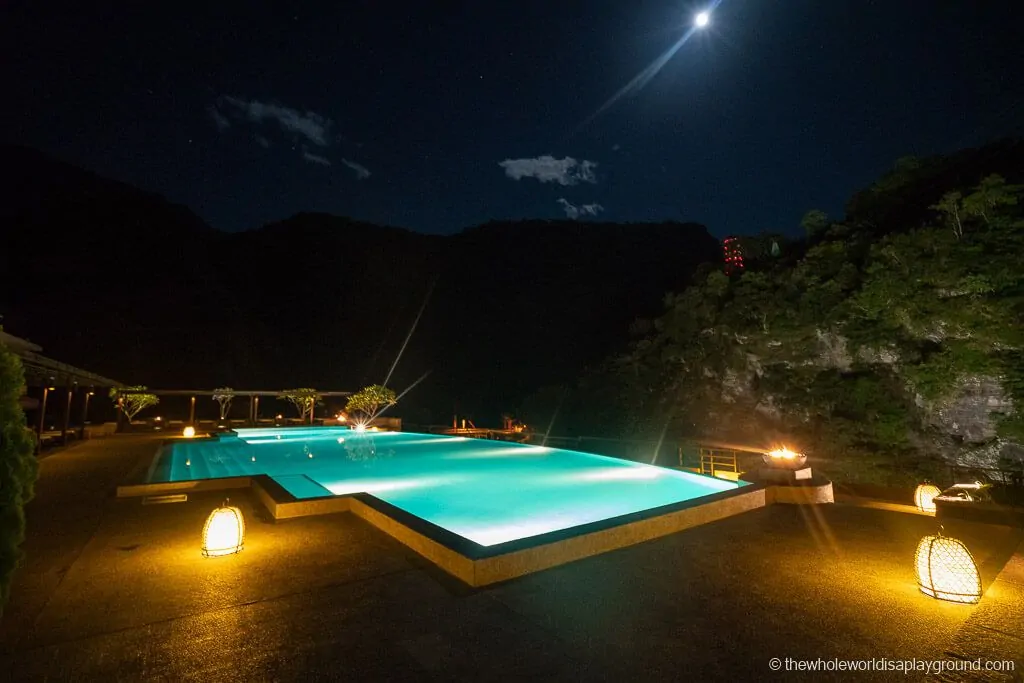
How to get to Taroko Gorge:
we drove from Taitung to the Taroko National Park (around 4 hours). Public transport services the nearby city of Hualien, a 4-hour bus journey from Taitung. If you are arriving from Alishan you can take the bus to Taroko Gorge. If you are arriving from Taipei, an express train serves Hualien.
How to get around Taroko Gorge: there are a few options for navigating Taroko National Park. We used our rental car to explore. Many guests use a taxi/private car or rent a motorbike. If you are based in Hualien, it’s easy to join a tour – reserve a Taroko Gorge tour here!
Things to do in Taroko Gorge
Taroko Gorge is all about nature and most visitors spend the day hopping between its best short trails, bridges and viewpoints!
Begin the day with a hike through the relatively easy 4km Baiyang Trail which rewards with a stunning water curtain as well as magnificent views of the gorge along the way. Start early to avoid the crowds, bring a flashlight to navigate the tunnels and beware of the monkeys! Due to loose rock visitors are only allowed to the entrance of the first Water Curtain.
The next stop is the ever-popular Swallow Grotto, one of the best places from which to view the gorge. It is a short and flat footpath in the middle of the park and the surrounding river walls are lined with swallow nests
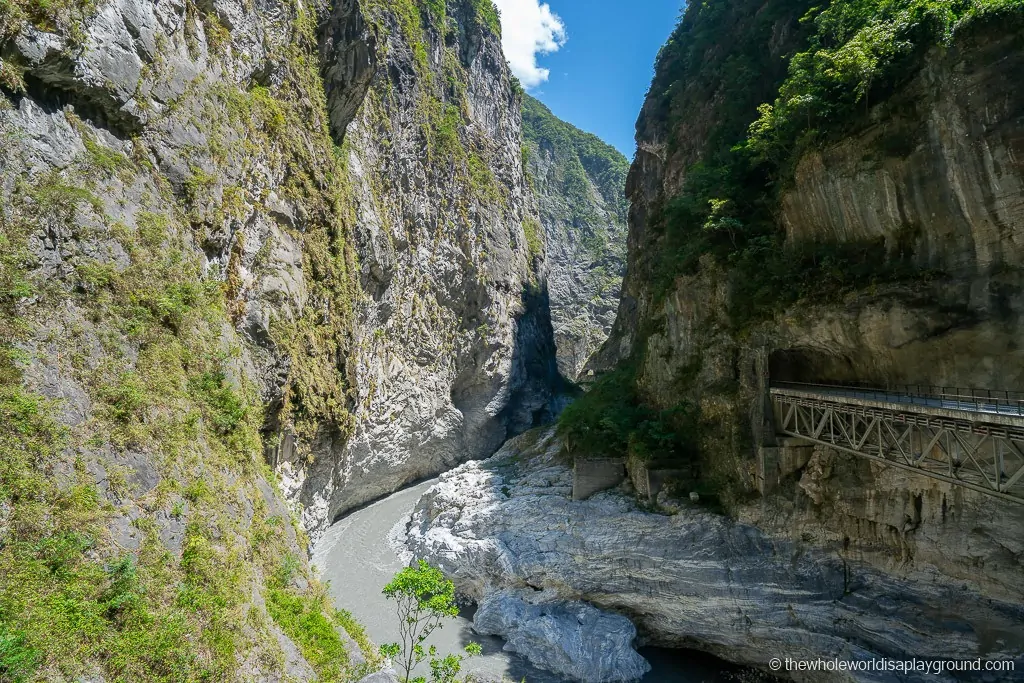
The Taroko Eternal Spring Changchun Shrine is one of the most popular sites in the park. The stunning temple sits atop a natural spring and was built in honour of the many who lost their lives building the highway through Taroko National Park.
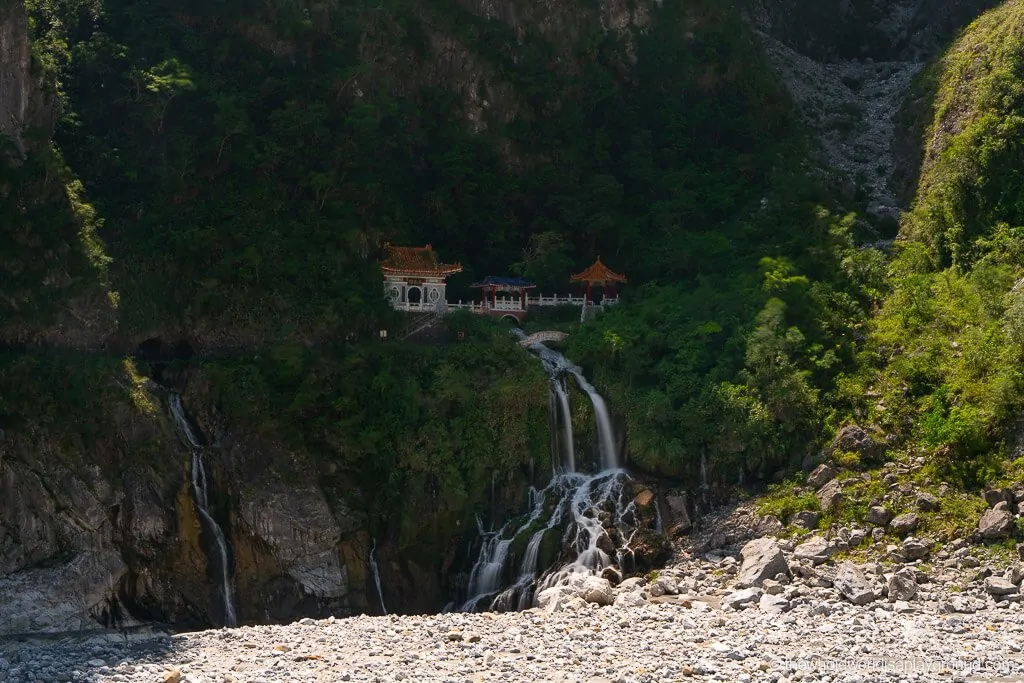
We also loved the Chingxi Suspension Bridge and the Cimu Bridge. On the way out of the park make sure to stop at the stunning Qinghui Cliffs where visitors have the opportunity to admire the three distinct color tones that make up the Pacific Ocean
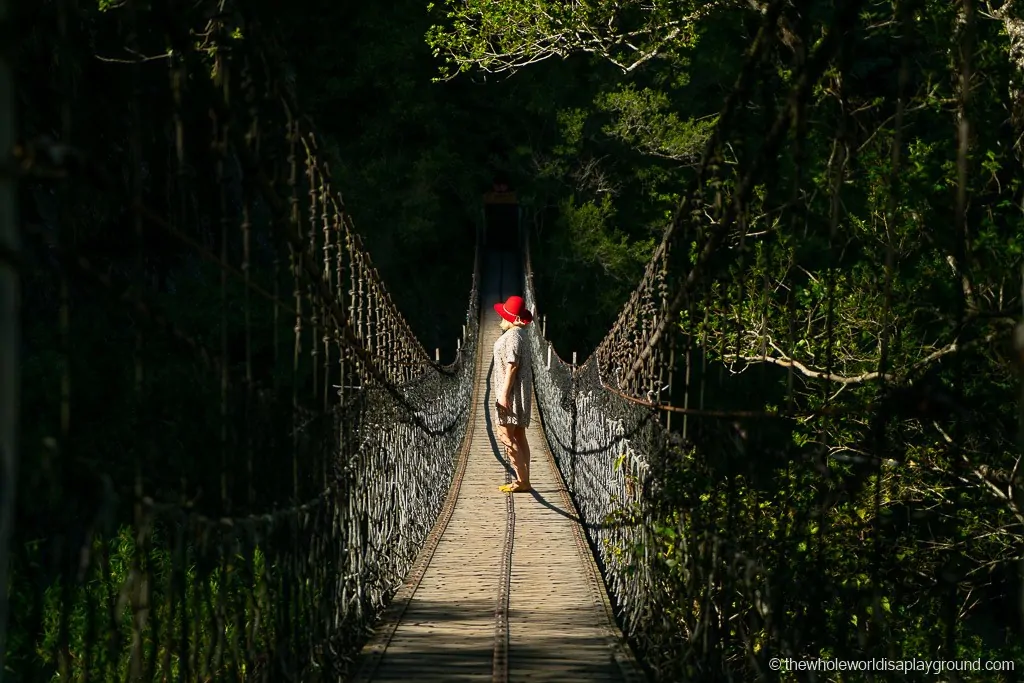
Taiwan itinerary tip: some of the trails in Taroko Gorge are closed due to weather damage so make sure to check the official website for the latest trail availability. There is a Visitor’s Centre at the entrance to the park which also provides trail information.
Day 15: Depart Taipei
Day 15 is a day of leisure until it’s time for your flight from Taipei.
How to get to Taipei: take the bus from Taroko Gorge to Hualien or Xincheng Station and then hop on the train to Taipei. The drive took around 3 hours.
For more on Taiwan
- Check out our round up of the best things to do in Taipei!
16 thoughts on “The Ultimate Taiwan Itinerary (2023)”
My husband and I are planning a trip to Hong Kong & Taiwan in December. The plan was 7 days each; however, after reading your itinerary it is beginning to look like I’m going to have to wrangle more days in Taiwan. The experience looks amazing!! Also, I really like the layout of your page. It gives me what I’m looking for without having to hunt through the fluff. Thanks!!
Thanks Amy, so happy you liked the post. Taiwan is amazing, Hong Kong too!
Have an awesome trip!
My husband and I are also going to HK & Taiwan at the end of November into mid-December. We are spending 8 days each that’s because we have friends and relatives in HK so we planned 3-4 days meeting people. However, I think 8 days in Taiwan is still too short to explore and enjoy, every where we go is going to be a rush. We are skipping the east side of the island. If you have not finalize your trip, I would suggest to spend less time in HK since it’s a much smaller city, and allocate more days in Taiwan. Enjoy your trip!
How did you find travel with the little one, was it mostly pram friendly or did you use a carrier?
We used a mix of carrier and stroller. Sometimes on the subway it was easier to carry him than search for an elevator!
Overall, it was a really baby friendly trip! We cover our family travels on Show Them the Globe , there’s some Taiwan articles over there too!
Hi Elaine – great blog post! We are thinking of traveling to Taiwan, possibly next Dec and would like to hire a car for convenience, rather than use public transport. Are hotels with cheap/free parking easy to find outside Taipei? How about parking in general at tourist sites (esp. at Taroko Gorge)? Are tourist sites/viewpoints signposted at Taroko Gorge? Many thanks for any info you could supply!
Hi Elizabeth
Parking was included in places like Alishan (the public car park where the hotel shuttles pick up from), Taroko Gorge, Kenting. It was only included in a few hotels in Taichung but i guess that’s to be expected in a city. In Taroko Gorge, parking was easy to find at some viewpoints but there are only a few spaces at the smaller view points so you might have to wait. We did some of our sightseeing before breakfast and had the viewpoints almost to ourselves!
Have a great trip Elaine
Hi Elaine, Great blog. Thanks for sharing all this information on Taiwan. Can you please share something else? Did you book all your accomodation in advance or were you able to just drive into a place and find accom when you got there? I look forward to your reply as we are headed to Taiwan at the end of December this year. Thanks Janie
It was really busy when we were there in September. I’m sure you get accommodation as you go but, for the more popular places, I’d probably reserve in advance.
Great post. A question: what is the best season to tour Taiwan based on your research or experience? Many thanks. I probably will have more question as we go deeper into our planning. Many thanks.
Spring or Autumn. Winter is fine if you don’t mind low temperatures. Summer is hot and humid and avoid typhoon season. We got caught in the tail end of the season in late September but it was ok.
Did you every drive in the taipei city area? Is it easy to drive and to find parking?
Planning to rent car over there since we have elderly with us. Thank you
Hi Nabihah, yes we drove in and around Taipei City during our time in Taiwan. Driving was surprisingly easy and while parking was tricky if you plan it in advance there are parking spaces in most places. Have fun
We are thinking of going with our little one when she turns one in Sept/Oct (hopefully that is okay time,probably Oct though is better?). Since you have 3 little ones, do you have recommendations with traveling with a little one? She is currently 4 months old and we just booked our flight from Canada to Hong Kong. We plan to add Taiwan in there as well. It’s great to hear that your trip was baby friendly!
Oh one more question, is it better to fly with little ones during the day or night!?
I much prefer night flights so the kids can sleep through most of it. We just flew 10 hours from Dublin to LA and back over Christmas and the daytime flight was so hard trying to entertain our one year old! She just wants to be free to run around and explore! The night flight was so much easier as she slept for 90% of it. I’ve always been really lucky with night flights but you do run the risk that they won’t sleep at all – if you think there’s a good chance they won’t sleep I’d probably stick to a daytime flight.
Leave a Comment Cancel reply
Save my name, email, and website in this browser for the next time I comment.
Disclaimer: As an Amazon Associate I earn from qualifying purchases.
Best Time to Visit
Taiwan Taoyuan International Airport Guide
Best Taiwan Hotels
Top Things to Do in Taiwan
Best Beaches
Food to Try
Top Things to Do in Taipei
Best Museums
Best Restaurants
Nightlife Guide
Getting Around Taipei
Day Trips From Taipei
Your Trip to Taiwan: The Complete Guide
:max_bytes(150000):strip_icc():format(webp)/LawrenceFerber-a45b2db2f50243f280412ec260377182.jpg)
When it comes to Western tourists, Taiwan is still under the radar when compared to Japan, Mainland China, and Hong Kong, yet it manages to take the best of all three and jam pack those into a tiny island. From Taipei's pulsing, future-forward districts of Xinyi and Ximen and nightlife, to lush swathes of nature, outdoor activities, and mineral-rich hot springs, stunning arts, creativity, and culture, to excellent transportation options including a bullet train, and wide array of Chinese, Japanese, and indigenous cuisines, Taiwan offers something for every traveler.
Planning Your Trip To Taiwan
- Best Time To Visit: While the majority of Taiwan falls into the subtropical category climate-wise , the winters can be substantially drier, pleasant, and even cold enough during January and February to require a jacket and other winter apparel. Fall's October and November months are a sweet spot when it comes to weather, while March through May are warmer and see cherry blossoms, and are also hot enough to hit the beaches in Taiwan's tropical south.
- Language: As with Mainland China, Taiwan's official language is Mandarin , which became the case post-WWII. However, Taiwan is multilingual thanks to both its indigenous cultures and periods of occupation, and other common tongues include Taiwanese Hokkien and Hakka.
- Currency: The New Taiwan Dollar (TWD).
- Getting Around: The Taiwan High Speed Rail system runs almost the entire length of the island from North to South, with stops in a dozen cities including Taipei, Taichung, Tainan, and Zuoying/Kaohsiung (there may be line extensions in the future as well). A robust assortment of public transportation routes also exist for bigger cities, like Taipei's MRT subway/rail , and buses to and from airports, while taxis are also readily available and not expensive. Conveniently for those who can't read Chinese characters, Uber is present in Taipei (again), while the Taiwan ride hailing app Find Taxi also has an English language option.
- Travel Tip: The Chinese New Year is the equivalent of the West's holiday season, and for as long as several weeks locals take leave of their jobs, close up small businesses and restaurants, and return to their hometowns or head overseas on vacation. It's a double-edged sword for tourists to visit during this time, since on one hand, you'll avoid crowds and lines, and can experience the colorful Lantern Festival and parades, but you'll also find some attractions, activities, restaurants, and stores closed, especially on the New Year itself.
Things To Do
Like Japan to the north (albeit without the snow and subtropical temperatures!), Taiwan offers a diverse and distinct combination of city, nature, culture, and adventurous activities including relaxing, natural hot springs, and more blended all together in the same city! Just Taipei alone can serve as a holistic sampler of everything Taiwan has to offer, yet it's so easy to traverse other cities all over the island thanks to the high speed rail, you can curate an extensive sampler itinerary from North to South.
- Explore Taiwan's Famed Night Markets: If you ask a Taiwanese expat what they miss most about home, chances are they'll say the vibrant night market culture of their homeland. Spread all over the country, with dozens in major cities, these markets offer a wide array of street food and trendy delicacies, including the aptly named stinky tofu, frisbee-sized tapioca flour crispy crusted chicken cutlets, "coffin bread," and much more including clothing, gadgets, and other goods.
- Soak in Taiwan's Natural Hot Springs : Like Japan, Taiwan boasts mineral-rich hot springs and resorts built around them (as well as more humble, public access, low-cost facilities). Conveniently, a handful can be found in the Beitou district in Taipei (which is home to a Hot Spring Museum as well!) while other popular hot spring destinations include Hualien County's Wenshan , Miali County's Tai'an, and Jiaoxi's Tangweigou Hot Spring Park.
- Take in The City Views From Taipei's 101 Tower: The world's largest tower when it first opened in 2004 (and now ranking number 10), this stacked cup-shaped skyscraper features an incredible multi-level observation deck from which you can see both the modern cityscape and natural wonders it's nestled in, plus a xiao long bao (soup dumpling) lunch afterwards at the ground floor's Din Tai Fung restaurant.
- Enjoy the Splendor of Taroko Natural Park : Once you've had your fill of modern metropolis delights in Taipei or another larger city, explore the stunning glory of Taroko through its many trails and iconic gorge.
Explore more of the best Taiwan has to offer with articles on the top 15 things to do In Taipei , our Taipei city guide for LGBTQ+ visitors , and overview of the Taipei 101 tower .
What To Eat And Drink
The past decade has seen an evolution of Taiwanese cuisine thanks to innovative fine dining chefs who take earthy local, seasonal ingredients to technique-forward Michelin star levels at restaurants like Taipei's RAW and Mume , and Taichung's Singaporean-Taiwanese fusion venue JL Studio . Some of the foods most often associated with Taiwan are accessible, unpretentious, and delicious; most famously, "bubble/boba tea," which entails a tea, juice, or even milk beverage served with a scoop of chewy tapioca pearls. Although only invented in the 1980s, it's now an international phenomenon, and Taiwan sees all kinds of innovative, creative new takes and artisanal brands as well as big chains making the beverage.
Stinky tofu is one of the most popular—and aptly named—street foods in Taiwan, so much that there is even an entire street dedicated to it. Shenkeng Tofu Street is located in New Taipei's Shenking district, and offers many takes on the odious acquired taste and smell, as well as non-stinky tofu iterations and even deserts.
Xiao Long Bao is another Taiwan must-eat. Known in Western countries as "soup dumplings," this staple may have originated in Mainland China and its Shanghainese iteration is found all over the world (a bit flabby, with a thick dough skin that contains soup and usually succulent pork), but Taiwan's Michelin-starred chain Din Tai Fung helped popularize Taiwan's daintier, thinner-skinned, one-or-two-bite sized version both domestically and abroad. You'll find twists on Din Tai Fung's formula and fillings in restaurants all over Taiwan.
Bubble tea aside, the Taiwanese also satisfy their sweet tooth with the signature local snacks, Pineapple Cake and nougats. The former can be found everywhere, including airport shops and 7-Eleven, but for the good stuff, the handmade, real pineapple-filled shortcakes from SunnyHills are a must (but do note their limited shelf life, as with all preservative-free foods). Nougats are also found all over Taiwan, but local gourmands feel the yummiest can be snagged at Taipei's Okura Prestige Hotel shop (they get snatched up fast during holidays for gifts).
Where To Stay
Taiwan offers a pretty wide range of accommodations and price points, from international chains to local luxury and boutique properties. Taipei's Chinese palace-style Grand Hotel is an architectural icon (albeit inconvenient to public transport) and classic. More contemporary, newer properties like Mandarin Oriental , W Taipei , and Hotel Proverbs offer primo city district locations and gorgeous modern decor.
In contrast to Hong Kong, Taipei's hotels are a steal price-wise, especially its local boutique properties (unless there's some major convention or function). Although heavily regulated, Airbnb does have a Taiwanese presence and is currently legal. However, as with some other destinations the legal lines get blurry over specific kinds of stays, some hosts only speak/write in Chinese, and their house rules can be more strict than in other Asian countries. However, price-wise they are extremely reasonable.
For TripSavvy's current top hotel picks, check out the best Taiwan hotels .
Getting There
Located outside city limits and requiring a chunk of time to commute a la Tokyo's Narita, Taipei's Taoyuan International Airport (TPE) is the country's biggest, busiest air transportation hub and home base for EVA Air and China Airlines (both offer direct flights to and from U.S. cities). Two terminals, with a third in the works, feature oodles of places to eat and drink, from Taiwanese fare to Starbucks and even some local craft beer.
There's a second, conveniently located but smaller area airport, Taipei Songshan Airport (TSA), which services cities within Taiwan and China, and a couple of other Asian countries. Southern Taiwan's Kaohsiung International Airport (KHH) is the second largest/busiest air hub, with more than two dozen Asian airlines and destinations, including Japan, Vietnam, Thailand, Singapore, the Philippines, Malaysia, and Macao serviced.
Culture And Customs
Although any business with an international or Western clientele, especially five-star hotel brands, will generally have an English-speaking staff and wording on map apps, English isn't that prevalent on a whole in Taiwan (and English translations for the same road or business can be phonetically spelled out in many different ways). A Chinese-English translation app can be extremely valuable for communicating, and having locals enter the Chinese letter names of destinations directly into your favorite map app is also an extremely helpful tool for finding places and getting around independently of tours, guides, etc. Taiwanese people are typically friendly, unpretentious, and polite, so don't be afraid to ask for assistance!
Money Saving Tips
- The food choices are plentiful and prices are cheap at Taiwan's night markets, making these a perfectly thrifty way to fill up your belly with authentic local fare.
- Another unique Taiwan attraction is its creative art parks: imminently walkable and photo-friendly districts (often comprised of abandoned factories or military facilities) now filled with murals, galleries, craft shops, cafes, and exhibitions (though some of the latter do charge admission). These include Taipei's Songshan Cultural and Creative Park and Huashan 1914 Creative Park , Tainan's Blueprint Cultural & Creative Park , and Kaohsiung's Pier-2 Art Center .
- Book a trip during low season, which is usually both during the chillier winter months and late summer's hot, monsoon-plagued time, which also happens to be the "Ghost Festival," which is when the entirety of Taiwan is believed to be haunted by spirits and it's considered ill-advised to travel (August to September).
Britannica. "Taiwan: Climate."
WorldAtlas. "What Languages Are Spoken In Taiwan?" April 25, 2017
Skyscraper Museum. "Supertall 2020: Lineup"
The Top 15 Things to Do in Taiwan
The Top 10 Foods to Try in Taiwan
Top 15 Things To Do In Taipei
20 Best Things to Do in Shanghai
LGBTQ Travel Guide: Taipei, Taiwan
Top 10 Foods to Try in Hong Kong
The Top 15 Restaurants in Taipei
Your Trip to Shanghai: The Complete Guide
The Best Time to Visit Taiwan
Getting Around Taipei: Guide to Public Transportation
Your Trip to Kolkata: The Complete Guide
Your Trip to Charleston: The Complete Guide
Weather in Taiwan: Climate, Seasons, and Average Monthly Temperature
Why This Gay Man Prefers to Travel Solo
The 10 Best Beaches in Taiwan
- Skip to primary navigation
- Skip to main content
- Skip to primary sidebar
Taiwanese Secrets Travel Guide

Taipei Travel in Taiwan: A Complete Guide for 2022
Welcome to taiwan’s most dynamic city.

Taipei City, the nation’s sophisticated capital, is the ultimate showcase. It’s a place full of contrast. It’s got quiet parks encircled by hectic streets as well as open traditional markets that line up alleys next to modern malls. Here, you’ll find some of the most beautiful temples in Asia, a world-class museum, classical Chinese architecture, hiking trails, hot-springs, and so much more!
But to be honest, it’s not for everyone. It is big and busy, it has a level of pollution that is rarely healthy, and traffic is hectic even on quiet days. In spite of that, if you can deal with these aspects, you’re gonna have a blast in Taipei – it’s truly one of the great (and most exciting) cities in Asia!

10 Reasons You’ll Love Taipei
The Temples In my opinion, Taipei is on par with Kyoto for the beauty of its temples. Hard to believe? Maybe… But I think it’s only because its religious sites don’t get as much publicity as the ones in Kyoto. It’s only a matter of time until the world realizes that Taiwan’s capital has some of the most fascinating places of worship in the world.

Museums and Memorials The city is home to the famed National Palace Museum – repository of the world’s biggest collection of ancient Chinese culture artefacts and to many, many more fascinating exhibition halls. Also, make sure the three main memorials are on your must-see list. Furthermore, in this section, I’ll show you my favorite historical monuments.

Taipei 101 Tower Conquer your fear of heights and ride the world’s fastest elevator up to the observatory (89th fl) to appreciate unparalleled views over the capital. Shop ’til you… run out of cash in the massive mall where you’ll find top designer boutiques, a bookstore with over 150,000 English titles, the city’s largest food court, and so much more.

Shopping in Taipei What do Taiwanese love doing most? Eating, of course. And what’s next? You bet… shopping! And things aren’t different here in the island’s biggest megapolis. The night markets will keep you busy well past twelve, and the traditional Chinese bazaars will test your dealing skills. Avant-garde or antique, at a stall or in a mall, you’re guaranteed to find what you need.

Restaurants in Taipei I am of Italian descent. And I thought I knew all about gourmandism. How astonished I was when I first came to Taiwan! I remember thinking: “Wow, these guys really know how to eat, they simply never stop!” And Taipei is the ultimate glutton heaven – 24/7. Make sure to visit one of my pizzerias if you visit Taiwan’s capital and you feel like having a thin-crust, stone-baked Italian pizza!

Nightlife in Taipei Feel like singing some good old Lionel Richie all night long at a KTV bar? Or how about something more recent like Vanilla Ice? Ok, if singing isn’t your thing, know that the city has some of Asia’s best pubs, bars, nightclubs, discotheques, musical venues, lounges and… bowling alleys.

Hotels in Taipei You’ll have no problem getting a room here. There’s an extensive array of excellent accommodation scattered around the city. When looking for a place to stay, the big question should be “ where? ” It’s important to find a hotel or a hostel that’s in an area that will have the kind of restaurants, shops and attractions you like to frequent. My listing will help you with this.
Taipei MRT (Metro) It’s cheap, fast, clean, safe, modern and it will take you to pretty much all the sites you’ll want to visit around town. The city’s Mass Rapid Transit system (metro) is one of the best in Asia and makes traveling around the city a breeze. Hundreds of buses also zig-zag their way throughout the capital, but they’re a little more confusing for the first timer.
Subway (MRT) | Getting There | Getting Around A Guide to Transport in the Capital

Friendly Locals Throughout my travels, I’ve realized that big cities usually come with a bunch of impatient and indifferent people. Not Taipei. Somehow, the city’s residents have kept a certain coolness in spite of the urban stress. And they are friendly with visitors. Genuinely so. They are the soul of the city and the reason why a trip here is such a remarkable experience.

Green City I’ll always remember the first pictures I ever saw of the city, in a geography class. There were buildings, some buildings and also some buildings. At that time I would not have believed there were green places in that concrete jungle. But really, the area has a number of very decent natural attractions, like the Maokong tea plantations, Yangming National Park, and the city has tons of parks, such as the popular 228 Peace Park.

Map of Attractions in Taipei City
Information About Taipei City in Taiwan
Visit Top Attractions Favorite attractions in the city. Your visit won’t be complete without seeing these amazing travel destinations in Taiwan’s capital.
Dihua Street and Dadaocheng My favorite historic neighborhood in Taipei, Dadaocheng brings you back in time on elegant and vibrant Dihua Street. It’s the top spot in the capital to buy traditional Taiwanese souvenirs such as tea, teapots, ceramics, and other cute gifts.

Find Cheap Flights to the City See what’s the best place to find deals on plane tickets.
Travel Tips Save money and time. Stay safe in Taiwan’s capital city. Where should you stay, eat, shop? Get answers here!
Red Light District Learn about a very interesting part of the city which has lots of street food options, bars, and KTVs.

Facts About Taiwan’s Capital Read some interesting facts about Taipei City. Why is it called Taipei? Who lives there? What’s the geography like?
Getting There Getting there from other Taiwanese cities is easy. You can take the bus, normal train, or wicked-fast high speed train!
Get Around the Capital Traveling around the city is fast, cheap, and convenient. You can take the MRT, bus, or you can rent a car or scooter!
Weather The weather in Taipei can be pretty disagreeable. Summers are long and hot. Winters are short and can be a bit rainy too.
History Taipei is a very young city as far as Asia goes. Really, the place you’re visiting has only existed for at most 300 years, but it still has a very fascinating history.
Culture Taiwan’s capital has the most diversified culture of any city in Taiwan. It’s a modern city steeped in Chinese heritage.

City Guide Information about attractions, hotels, restaurants, shopping, nightlife, weather, Taipei 101, and the 12 districts around the city.
Airport Hotels Find cheap (and not so cheap) accommodation near Taoyuan International Airport and Songshan Airport in Taipei.
Still not inspired with what you found on this page? Well, you can take a look at these 15 cool things to do in the city!

Return from Taipei City Guide to Taiwanese Secrets Homepage
- Travel Tips Taiwan for planning and on the go
Book your individual trip , stress-free with local travel experts
- roughguides.com
- travel-advice
- Travel guide
- Local Experts
- Travel Advice
- Accommodation
More travel information for Taiwan
From travel safety to visa requirements, discover the best tips for traveling to Taiwan
- Eating and drinking in Taiwan
- Sports and Outdoor activities in Taiwan
- Culture and Etiquette in Taiwan
- How to get to Taiwan
- Getting around Taiwan: Transportation Tips
- Best time to visit Taiwan
Taiwan is one of Asia’s most developed countries, and, as such, is a more expensive place to travel than say Thailand or Vietnam. Still, you’ll find it considerably cheaper than Hong Kong, Japan or South Korea, and there are plenty of ways for inventive travellers to keep their costs to a manageable level.
Crime and personal safety
Electricity, entry requirements, gay and lesbian travellers, living in taiwan, studying chinese, tourist information, travellers with disabilities, women travellers, tailor-made travel itineraries for taiwan, created by local experts.
_listing_1593953096379.jpeg)
11 days / from 1950 USD
Nature's adventure in Taiwan
Taiwan was formerly known as Ilha Formosa - "beautiful island" and it's easy to see why: lush rivers, tropical forest, and imposing sea cliffs, this itinerary focuses on Taiwan's nature. Start in cosmopolitan Taipei before heading to Taroko National Park, coastal Hualien and finally Sun Moon Lake.

11 days / from 2541 USD
Treasures of Taiwan
Explore Taiwan's diverse culture and fascinating landscapes in this itinerary covering the whole island. Starting in Taipei you will move on to Sun Moon Lake before heading to Alishan. Discover monasteries and national parks on the Southwest coast before heading back to Taipei.

5 days / from 1100 USD
The Essentials of Taiwan
Looking for a compact Taiwan itinerary? Look no further. In just under a week, this itinerary allows you to explore Taipei and nearby national parks. Expect waterfalls, panoramic walking trails and thermal springs, all while enjoying the amazing food scene, a blend of Chinese & Japanese cuisines.
Tailor-made trips for Taiwan
While staying in Taipei can be challenging for backpackers on a tight budget, once you get outside the capital you’ll find that prices typically run the gamut of budgets, from backpacker to mid-range to luxury traveller. Accommodation ranges from as little as NT$400 (US$12/£8/€10) for a hostel dorm bed to NT$8000 (US$250/£163/€190) for a double in a business hotel, while food can cost as little as NT$30 (US$0.90/£0.60/€0.70) for basic street food such as noodles to easily more than NT$1000 (US$30/£20/€24) for a meal in a semi-posh sit-down restaurant. By staying in basic doubles and keeping mostly to ordinary, working-class Chinese places to eat, most budget-conscious travellers should be able to keep their costs to around NT$1500 (US$45/£30/€36) per day, perhaps a bit more when undertaking long train, bus or boat journeys.
Admission prices to most museums and tourist sights are usually quite reasonable; government-run venues are typically very cheap, while the cost of privately operated attractions varies wildly. Though discounts for museums and public performances are usually given to senior citizens and students, most travellers are unlikely to fit in the second category as foreign student cards are generally not recognized. However, foreigners who are genuinely in Taiwan to study Mandarin on a full-time basis can qualify for student cards that will be honoured throughout the country.
For the vast majority of foreign travellers and residents, Taiwan is an exceptionally safe place, and foreigners are seldom witnesses to – much less victims of – crime. By far the biggest threat to personal safety in Taiwan is traffic accidents, especially those involving scooters and motorcycles, and foreigners should employ extreme caution while out on the roads.
All drugs including marijuana are strictly illegal, and simple possession can lead to jail time and almost certain expulsion from the country. Police raids on clubs are common, especially in Taipei and Taichung, and in a few cases the police have taken all revellers to the station for urine tests.
Police departments in most big cities have foreign affairs sections that are normally staffed with English-speaking officers.
You’re allowed to import into Taiwan up to 200 cigarettes or 25 cigars, and a one-litre bottle of liquor. Adults can bring in goods valued up to NT$20,000, and the duty-free allowance is up to NT$6000. It’s prohibited to import gambling articles, fruits, live animals, non-canned meat products and toy pistols, and drug trafficking can be punishable by death.
Taiwan’s electric current is 110V AC, the same as the US and Canada, and the wall sockets are made for standard American two-pin flat plugs. Unless they’re dual voltage (most cellphones, cameras, MP3 players and laptops are), all Australian, British, European, Irish, New Zealand and South African appliances (as well as those from Hong Kong and mainland China) will need a voltage transformer as well as a plug adapter (hair-dryers are the most common problem for travellers).
Nationals of the UK, Ireland, US, Canada, Australia, New Zealand and South Africa do not require a visa for stays of up to thirty days. This visa-free period is for travel only – working is not permitted – and it cannot be extended under any circumstances. Citizens of these countries must have a passport valid for at least six months from the date of entry, a return or onward air ticket and no criminal record. For longer stays and other nationalities you can check information on various visa requirements at the Taiwanese legation in your home country, or on the BoCA website : w www.boca.gov.tw . The site also outlines the procedures for changes of visa status, such as from student to resident.
Embassies and consulates
Due to the pressures of the “ One China Policy ” only 23 states have full diplomatic relations with Taiwan under its official name Republic of China. These states have proper embassies in Taipei, and likewise Taiwan has full missions in their capitals under the ROC name. Most other countries are represented in Taipei by a “trade and cultural” or “commerce and industry” office. Despite such names, however, these offices provide the same services as all other embassies and consulates.
Similarly, Taiwan is represented in most countries by consular , information and trade offices , but adding to the confusion is the fact that most don’t have “Taiwan” or “Republic of China” in their names; caving in to pressure from the PRC, most countries insist that something such as “Taipei” is used instead.
Despite the traditional underpinnings of Taiwanese society, homosexuality is no longer considered taboo and the general public view of gays and lesbians is far more progressive than that of most of its Asian neighbours. Though pockets of prejudice remain, public acceptance of homosexuality has grown markedly since the lifting of martial law in 1987, and there are now thriving gay communities in big cities such as Taipei, Kaohsiung and Taichung. The country’s legal stance towards homosexuals is widely considered the most advanced in Asia, with gays and lesbians enjoying most of the same freedoms as heterosexuals: there is no law against sodomy, and homosexual behaviour between consenting adults over the age of 16 in private is legal. In 2003, the government proposed legislation that would legalize same-sex marriages and allow homosexual couples to adopt children (it’s since been stalled thanks to opposition in the legislature).
Much of this public enlightenment has been the result of a concerted drive by Taiwan’s homosexual community, which boasts more than thirty gay and lesbian organizations. The country’s first gay pride festival was held in 1997 at the 2-28 Peace Park, a popular night-time cruising spot for gay men, and what was hailed as the first gay rights parade in the Chinese-speaking world was held in Taipei in 2003. Around 25,000 people attended the Taiwan Pride parade in 2009, making it the largest LGBT event in Asia. It usually takes place in Taipei at the end of October ( w www.twpride.info ).
Indeed, Taipei has become a magnet for overseas gay tourists, elevating the city’s status from the gay capital of Taiwan to a top gay destination for all of Asia. While the capital undoubtedly has the most sophisticated gay scene , with numerous bars, clubs and saunas specifically catering to gays and lesbians, such venues are springing up in other major cities and same-sex couples are commonly seen in mainstream social establishments as well. Given this openness, gay and lesbian travellers should easily find places to hang out: some of the best-known venues in Taipei have information on gay clubs in other cities and often can provide you with their business cards. For current information on gay life in Taiwan check out w www.utopia-asia.com/tipstaiw.htm or w www.outintaiwan.com.
As one of Asia’s most highly developed destinations, Taiwan on the whole doesn’t present many significant health risks for foreign travellers and residents – most visitors will find that using the same precautions they exercise in their home countries will be more than enough to keep them healthy during their stays and the worst you’ll face is stomach upsets, dehydration and heat stroke. Medical facilities in the big cities are of a high standard, although English-language abilities vary so if you don’t speak Chinese you may need the help of someone who does.
There are pharmacies in all Taiwanese towns, and most of them are of a high standard and offer a similar range of products to those in Western countries. Near the prescription windows there are sometimes counters offering treatment advice for a variety of ailments, but usually little if any English is spoken at these. In emergencies, you may wind up having to play a slightly embarrassing game of charades, acting out your ailment and pointing to the affected area – in such cases, the Taiwanese are invariably earnest and will try to help you without showing the faintest trace of amusement. Most pharmacies have a wide range of antibiotics.
There are public health clinics in most towns, and they generally are of a reasonable standard and can offer diagnoses and provide medication for most non-emergency conditions. Seeing a doctor at public clinics or hospitals is not expensive (NT$300–400), but you’ll be expected to pay first and then make the claim to your insurance company later. Private clinics in Taipei, where most staff will speak English, can be much more expensive: expect to pay NT$1200 or more just to see a doctor.
For emergencies and serious illnesses, you should go to a hospital – all major towns have them, although if you have time, you should try to get to a major city as their hospitals are usually of a higher quality and there is a greater likelihood that English will be spoken. The best hospitals are in Taipei , but Kaohsiung, Taichung, Tainan, Taitung, Chiayi and Hualien all have adequate hospitals. At these, you’ll also be expected to pay on the spot for treatment and make your own insurance claim later.
Dengue fever
There is no malaria in Taiwan, but dengue fever – a mosquito-borne viral disease whose symptoms are similar to malaria – has been a resurgent problem in recent years, in both rural areas and cities. There have been cases of dengue all over Taiwan, but over the past two decades it has been more common in the south, particularly in Kaohsiung and Pingdong counties. Outbreaks tend to occur after summer rains, when pools of standing water stagnate, creating breeding grounds for the aedes aegypti . The peak period is June to September, but increasingly cases are occurring earlier in the year as temperatures get warmer.
There is no vaccine, nor are there any prophylactics against the disease, so the only way to prevent it is to avoid being bitten by mosquitoes. The aedes aegypti mosquitoes that transmit dengue bite day and night, so you should use insect-avoidance measures at all times. Also known as “break bone fever”, the onset of the disease is characterized by severe joint pain that gives way to high fever, sweating and pounding headaches. Some people may also develop a rash over their torso and limbs. There’s no cure, but bed rest is recommended while the symptoms run their course, and paracetamol can help the headache. The symptoms usually subside after several days of rest, but they can return intermittently over the following few weeks. Although dengue is not life-threatening to adults, a more virulent strain called dengue haemorrhagic fever primarily affects young children and can be dangerous for infants.
SARS and “bird flu”
In 2003, Taiwan had the world’s third-highest number of confirmed cases (346) of the potentially lethal SARS (Severe Acute Respiratory Syndrome) virus. It also had the fourth-highest number of deaths, at 37, according to World Health Organisation figures (many of the infected were hospital workers). There have been no confirmed cases of SARS in Taiwan since June 2003.
Outbreaks of avian influenza , an infectious disease of birds caused by type A flu strains, have continued however. Although the so-called “bird flu” usually only infects birds and pigs, the number of humans being infected with a mutated form of the virus has been rising, especially in countries such as China and Vietnam, and there also have been cases in Taiwan. Most travellers aren’t at much risk of bird flu, unless they visit commercial or backyard poultry farms or markets selling live birds such as chickens, geese, ducks, pigeons and wild waterfowl.
The H1N1 Virus (so-called “swine flu”) pandemic in 2009 also affected Taiwan, with around forty people dying of the illness by mid-2010, but far fewer than in many Western countries.
Since the SARS outbreak, the practice of wearing surgical masks when suffering from colds and flu has become much more common in Taiwan.
It’s essential to take out an insurance policy before travelling to Taiwan, as much to cover against theft and loss or damage to property as for illness and accidental injury. A typical travel insurance policy usually provides cover for the loss of baggage, tickets and – up to a certain limit – cash or cheques, as well as cancellation or curtailment of your journey. Most of them exclude injuries caused by so-called dangerous sports unless an extra premium is paid, and it’s crucial to ensure that any borderline activities you’re likely to engage in are covered. In Taiwan, this can mean cycling, mountain biking (trail riding), paragliding, river tracing, rock climbing, scuba diving, surfing (especially during storms), white-water rafting, windsurfing and even trekking. Given the likelihood that you’ll find yourself driving or riding on the back of a motorcycle or scooter while travelling round Taiwan – especially if you plan to visit any offshore islands – you should make sure this activity is covered as well. If you need to make a claim , you should keep receipts for medicines and medical treatment, including copies of signed medical reports clearly stating the diagnosis and prescribed treatment, in English if possible. In the event you have anything stolen, you’ll need to visit the nearest police station and file a report for stolen property . Although this can be complicated in small towns where little English is spoken, police stations in the biggest cities usually have somebody on hand who can speak some English.
Finally, if your trip to Taiwan is part of a longer, multi-country journey, make sure that your policy covers Taiwan in the first place: some insurers will not provide coverage for Taiwan owing to perceptions of military-political risk.
Taiwan is one of the world’s biggest users of the internet , although most surfing is done via home computers and laptops, so internet cafés are not as common as might be expected. If you’re travelling with your laptop and have cash to splash out on mid-range to business-class hotels, then getting a high-speed connection in your room shouldn’t be a problem, although five-star hotels often charge formidable amounts for this service.
In the more touristy bits of Taiwan, there are usually internet cafés . However, in most places – even in the big cities – you may be forced to enter the grisly world of the Taiwanese computer game centre . At these, you are likely to find a high-speed internet connection but you’ll have to endure the background noises of automatic gunfire and enough secondhand cigarette smoke to make the Marlboro Man suffocate. Prices vary among computer game centres, but in general most charge about NT$25–30 per hour (double this in Taipei) and usually offer discounts for multiple-hour use.
Another option, though one that takes some planning, is to visit a local library . Internet access at these is usually free for a specified period of time (typically about an hour), but you might have to queue up for a terminal so it’s best to turn up early in the day to put your name on the waiting list.
For unlimited Wi-Fi on the go whilst travelling Taiwan, buy a Skyroam Solis , which works in 130+ countries at one flat daily rate, paid for on a pay-as-you-go basis. You can connect up to five devices at once. Prices start from as little as €5 a day.
Taiwan has long attracted foreigners to work or study. Teaching English is by far the most common form of employment, though in recent years the trend seems to be reversing, apparently owing to a decrease in demand for English lessons. Though it’s certainly harder to make a decent living teaching in Taiwan these days, there are still plenty of jobs for the determined. Unlike places such as Hong Kong and Singapore, where teachers with English accents are preferred, in Taiwan it is the North American accent that is almost universally desired, so Americans and Canadians comprise the majority of teachers. However, there are plenty of teachers from countries such as the UK, Ireland, Australia, New Zealand and South Africa, and if English is your first language it shouldn’t be too hard to land a job.
Although it’s possible to source jobs from your home country before you leave, it can be difficult to determine the legitimacy of the company from overseas and most teachers recommend that you simply pick the place where you most want to live and turn up to look for work – most towns and cities have English-language schools. In general, the best times to look are towards the end of summer and just after the Lunar New Year.
It’s possible to teach a wide variety of age groups in Taiwan, from kindergarteners singing English songs to businessmen looking to refine their formal English skills. However, probably the most plentiful job opportunities are with the ubiquitous bushiban (after-hours cram schools, mostly for teenagers). While these night-time language centres are a major employer of English teachers, many foreigners have found teaching overworked and exhausted high-school kids to be depressing.
Qualifications, work visas and pay
To teach legally, you must have a bachelor’s degree or the equivalent from an accredited university in an English-speaking country. It’s not imperative to have TESL (Teaching English as a Second Language) or TEFL (Teaching English as a Foreign Language) certification, but it will bolster your credentials and make your job easier and more rewarding – in some cases it might also put you into a higher pay bracket.
Once you’ve found work and signed a contract, your school will apply for your work visa , which will qualify you for an Alien Resident Certificate (ARC) and basic health insurance. However, Australians and New Zealanders aged 18 to 30 are eligible to apply for a working holiday visa that allows them to engage in part-time work while they travel for up to one year. Canadians aged 18 to 35 can also apply for one-year visas (US$100) through the aegis of the Youth Mobility Program. Contact the Taiwan representative offices in your country for more details.
Many schools pay on a monthly basis, so you may have to wait for your first payment and should come with enough money to live on for at least one month (at least NT$40,000). How much you get paid will depend on the number of hours you work per week and the hourly rate. Most jobs pay NT$600–700 per hour, with the amount of hours worked anywhere from fourteen to thirty; figure on earning NT$40,000 to NT$60,000 per month. Many teachers supplement their incomes – and try to dodge taxes – by taking side jobs that pay cash under the table, such as private tutoring . However, in the unlikely event that you are caught doing this, you are almost certain to be kicked out of the country.
The cost of a room in a pre-furnished shared flat varies widely, but in general they range from NT$5000–12,000 per month in the big cities; one-bedroom apartments will be N$8000–15,000, and over NT$20,000 per month in Taipei.
Useful websites
The following websites have job listings, flats for rent and regularly updated information on issues affecting English teachers in Taiwan: w www.tealit.com ; w www.forumosa.com . Another useful site with information for English teachers around the world, including Taiwan job postings, is w www.daveseslcafe.com .
Taiwan’s postal service , the state-owned Chunghwa Post , is speedy and reliable, offering a range of services that are user-friendly even if you don’t speak Chinese. Post offices are located in all cities, towns and most villages, though opening hours vary in accordance with their size – expect most to be open from about 8am until 5pm Monday to Friday and about 8.30am to 12pm on Saturday. In small villages, offices are usually open from about 8am to 3.30pm on weekdays, and closed at weekends, while main branches in the biggest cities have much longer hours, often from 8am to 8pm on weekdays and 8.30am to 4.30pm on Saturday. Stamps can be bought at post offices, convenience stores and even on line at w www.post.gov.tw , where you also can find a list of prices, branch addresses and opening hours.
Mailboxes come in two colours: the red box is where you post overseas mail (in the left-hand slot) and Taiwan express mail (in the right-hand slot). Green boxes are for domestic surface mail and local city mail.
Poste restante services are available at the main post offices of the large cities. Letters should be addressed to GPO Poste Restante, together with the city name – be sure to use the romanization for city names that is used in this book. They’ll keep mail for fifteen days for free before they start adding daily charges.
Taiwan’s currency is the New Taiwan Dollar (NT$) or xīntáibì , although it’s usually referred to by the generic Mandarin terms yuán or kuài . Notes come in denominations of NT$100, 200, 500, 1000 and 2000, while coins come in units of NT$0.5 (rare), 1, 5, 10, 20 and 50. You may also come across old cent coins ( fēn ), but these have become outmoded and prices are always quoted in dollar amounts. The exchange rate has been fairly steady at around NT$32–34 to the US dollar for a number of years now; at the time of writing it was NT$50 to the pound and NT$41 to the euro. You can check current exchange rates at w www.xe.com . Note that foreign currencies will almost never be accepted in Taiwan.
Almost all cities and towns have ATMs from which travellers can withdraw funds using bank debit or credit cards – this is by far the most convenient and safe method of obtaining cash for daily expenses. Though some ATMs are only for domestic bank account holders, many of them support international systems such as Accel, Cirrus, Interlink, Plus and Star (always check for the correct logo). The most common ATMs – and the most useful to foreigners – are those of Chinatrust Commercial Bank , which allow cash advances from major credit cards and can be found in 7-Eleven convenience stores throughout the country. Other banks with ATMs that recognize international debit or credit cards are Bank of Taiwan and International Commercial Bank of China (ICBC). Citibank and HSBC also have branches in Taiwan’s five biggest cities. Most hotels accept credit card payment, with Visa and MasterCard the most widely accepted. American Express and Diners Club also are fairly commonly recognized, though this is more the case in the big cities. Stores in most cities will accept credit card payment, although in many rural areas this is not possible.
Private moneychangers are rare in Taiwan, and if you need to exchange foreign currency you’ll probably have to do so in a bank – in most towns, Bank of Taiwan will have a foreign exchange counter , and branches are usually centrally located. The most widely accepted currency for exchange in Taiwan is US dollars , followed by Japanese yen, British pounds and Hong Kong dollars .
Travellers’ cheques are becoming increasingly outmoded in Taiwan and are probably more trouble than they’re worth if the island is your only destination. Those cut in US dollars are the easiest to cash.
Domestic calls are easily made from private and public telephones; the latter come in two types: coin and card. Though there are still a few coin booths around, most of them only take NT$1, NT$5 and NT$10 coins, and with local calls costing NT$2 for up to two minutes (NT$6 for two-minute calls to mobile phones) you need a stack of coins to make it worth your while. Far more common these days are card phones (prepaid phone cards can be bought in convenience stores), and the ones marked with yellow can be used for both domestic and international calls. You also can make an overseas direct-dial call by first keying in t 002, followed by the country code, area code and number. It’s possible to call via an international operator on t 100, but this is very expensive. English directory assistance is on t 106 and costs NT$10 per call. For domestic calls, there is no need to dial the area code when making calls within the same area code.
Mobile phones
Your mobile phone may already be compatible with the Taiwanese network, which is GSM 900MHz/1800MHz (visitors from North America should ensure their phones are GSM/Triband and have the appropriate MHz capabilities).
Buying a SIM card
Assuming you bring your GSM phone with you to Taiwan, you’ll save on roaming charges by purchasing a local GSM-standard SIM card , which gives you a new number for use within Taiwan, and allows you to pay-as-you-go (for longer stays it’s even cheaper to sign a contract and pay monthly). Regulations seem to change frequently, so the best strategy is to visit a mobile service provider store on arrival. Chunghwa Telecom, FarEasTone and Taiwan Cellular are the biggest service providers, and all have desks at Taiwan Taoyuan International Airport (most close by 9pm). These stores can also rent you a handset . If you miss the airport desks and can’t find one of their stores elsewhere (usually located in most cities), 7-Eleven and hypermarket chain Carrefour also sell SIM cards through their MVNO (mobile virtual network operator) agreements with FarEasTone and Chunghwa respectively. However, not all 7-Elevens seem to offer this service (especially outside Taipei); find a branch of Carrefour, or look for a 7-Eleven where one of the clerks speaks English – as long as it’s not busy, they’ll usually be happy to walk you through the process.
Getting a SIM card can be tough for non-residents, as mobile providers usually insist on an ARC card number, work permit or local driver’s licence; if you have an international driver’s licence or at least two pieces of photo ID (some will accept your regular driving licence), that should suffice. You could also ask a local friend to provide these details for you (though they will be called by the phone company to verify). In addition to the ID, the application involves filling out a form and providing a photocopy of your passport. SIM cards (with air-time) can be bought for as little as NT$600, and your new Taiwan number is usually activated within 24 hours. Taiwanese SIM cards allow you to receive incoming calls for free; you’re only charged for the calls you make.
Lung cancer has long been a leading cause of death in Taiwan, and in 2009 the government implemented some of the most stringent anti-smoking laws in Asia. Smoking is banned in all indoor public places, including transport systems, hotels, shopping malls, restaurants and bars, though the latter can get round this if they have open-air areas or smoking rooms with independent ventilation, completely separated from the non-smoking sections (bars that open after 9pm are also exempt). Plans have been slated to ban smoking while driving and even walking on the street.
Foreigners have been coming to Taiwan to learn Chinese for decades, with many claiming that Taipei is the best place in the world to study Mandarin , as the version spoken here is far more intelligible than the heavily accented drawls of the Beijing dialect, for example. Be aware, however, that if you study in central or southern Taiwan – places where the Taiwanese dialect is commonly spoken – you are likely to hear highly corrupted forms of Mandarin in your daily activities, and this can seriously complicate the learning process.
Taiwan is eight hours ahead of GMT throughout the year, the same as Beijing, Hong Kong, Macau and Singapore. Daylight-saving time is not observed.
On the whole, tipping at restaurants, bars and in taxis is not expected, although this is changing slowly in big-city districts. When you’re travelling round the country you’ll rarely be expected to tip, except perhaps in the occasional Western-oriented establishment, particularly those run by North American expats. Even then, many of these will levy a ten-percent service charge on your bill, obviating the need for any further gratuity. In some areas, such as Taipei’s university district, you may receive a bill pointing out that a ten-percent service charge is not included, indicating that some sort of tip is expected.
Taiwan’s Tourism Bureau ( w www.go2taiwan.net ) operates a number of overseas branches , with offices in Australia and the US offering basic leaflets on Taiwan’s best-known attractions. There also are tourism offices scattered across Asia, with those in Hong Kong and Singapore offering the best range of English-language materials.
In Taiwan itself, reliable English information is a pretty mixed bag, especially considering the formidable number of tourist information centres around the island. Most of the material is simply translated directly from the original Chinese version, with literal interpretations that are more likely to leave tourists revelling in their literary merit than their usefulness. The most useful information sources are the visitor centres of the national parks and scenic areas, which often have educational overviews with English labelling and free pamphlets. Published under the auspices of the tourism bureau, the glossy bi-monthly Travel in Taiwan ( w issuu.com/travelintaiwan ) contains features on a variety of travel destinations and is worth seeking out. The free publication, which has calendars of events throughout the country, is available in many tourist information centres.
Taiwan is making progress when it comes to accessible tourism, though overall the country remains woefully unequipped to accommodate travellers with disabilities . A good place to start is the Eden Social Welfare Foundation ( t 02/2578-4515, w engweb.eden.org.tw), which specializes in helping people with disabilities in Taiwan. Eden operates a network of wheelchair-accessible buses – if you don’t speak Chinese, someone at the foundation should be able to help you hook up with these. You should also get in touch with the Taiwan Access for All Association ( t 02/2620-9944, w twaccess4all.wordpress.com ), which has a special focus on accessible tourism; they can arrange hotels, transport, wheelchair rentals, assistants and organize excellent nature tours and day-trips all over the island, with English-speakers on hand as guides.
All stations and trains on the Taipei MRT (subway) are handicap-accessible, with special restrooms, ramps, elevators, extra-wide ticket gates and designated wheelchair areas on the trains. The Kaohsiung MRT has similar facilities. Most of the bigger hotels in Taipei can comfortably accommodate disabled travellers – Sherwood , Fullerton and Grand Hyatt among them. Major sights in Taipei shouldn’t provide too many hassles: the National Palace Museum has handicapped-accessible restrooms and elevators, and getting around Taipei 101 and the Chiang Kai-shek Memorial is relatively straightforward.
However, most city streets and sidewalks pose formidable challenges, with consistently uneven pavements, steep inclines, steps and few access ramps to be found. Most of the older buildings remain frustratingly inaccessible for those with walking disabilities, and beyond Taipei, travelling will be tough going without the help of the above organizations.
Taiwan is an extremely safe country, and most women travellers here are unlikely to attract any special attention other than that usually paid to most foreign visitors. Still, it’s always a good idea to be cautious when walking at night or through unlit areas such as underground tunnels, and, if possible, to take a friend with you. Late-night assaults on women by their taxi drivers are very rare but occasionally happen, and you should be attentive if you take a taxi at night by yourself. You’ll minimize the possibility of being harassed if the driver knows he is accountable – calling for a cab and taking down the vehicle number is good practice, or if you hail one on the street you might visibly jot down the driver’s name and vehicle number. Also, if you are carrying a mobile phone, make sure it’s visible to the driver.
Travel advice for Taiwan
Find even more inspiration here.

Ready to travel and discover Taiwan?
Get support from our local experts for stress-free planning & worry-free travels.

A Detailed 7 Days in Taiwan Itinerary
Written By: Nick Kembel
City Guides , Taiwan
Updated On: December 27, 2022
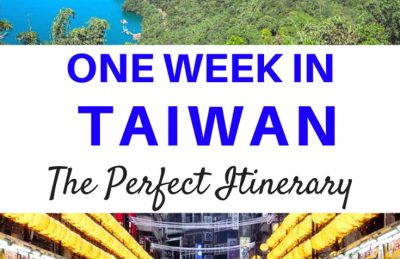
There are more than a few compelling reasons to visit the East Asian island nation of Taiwan : super welcoming locals, the best night markets in Asia , excellent public transportation, alluring landscapes, and, recently, a commendable handling of the pandemic.
When noting Taiwan’s compact size on the map, you may think one week is enough.
However, once you start planning your trip, you’ll soon be overwhelmed with options and find yourself struggling to decide what to include or leave out.
Taiwan Itinerary – 7 Days
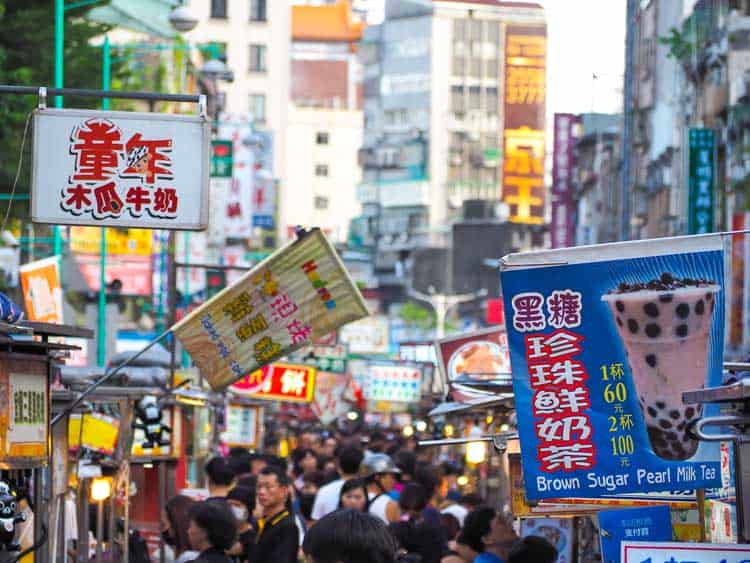
Below I’m going to cut to the chase and give you a 1 week Taiwan itinerary that takes in the best of the country’s cultural, historical, artistic, culinary, and scenic wonders in the most efficient way possible.
This is a tried-and-tested route that I’ve developed after over 10 years of living in and traveling around Taiwan.
From the steaming thermal waters of Beitou Hot Spring to an epic sunrise above a sea of clouds at Alishan National Scenic Area , you’ll have all the makings of the trip of a lifetime!
Taiwan Itinerary Highlights
This Taiwan one-week itinerary assumes you’ll have seven complete days to work with.
- Days 1 and 2 are spent exploring the mesmerizing capital, Taipei City, while day 3 involves a multi-stop day trip from the city.
- Day 4 takes you down to artsy Taichung.
- From there, you’ll venture to stunning Sun Moon Lake on day 5.
- And on to the misty mountain resort of Alishan on days 6 and 7.
From there, you can circle back to Taipei, or head directly to Taoyuan Internation Airport.
Day 1 – Taipei Itinerary and City Explorations
Welcome to Taiwan! Your first day in Taipei shall be devoted to covering some of the city’s must-visit attractions.
You’ll be relying entirely on the excellent MRT to get around Taipei.
Make sure to pick up an EasyCard at any MRT station for swiping in and out of all public transportation. You can get the TWD100 deposit back at the end of your trip.
Elephant Mountain & Taipei 101
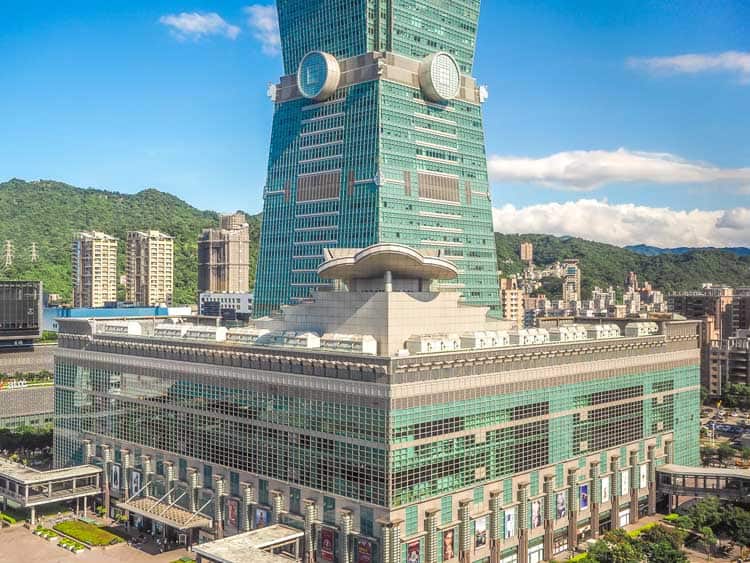
To kick start your day and get oriented, you’re going to hike to the summit of Elephant Mountain in eastern Taipei City.
If that sounds daunting, put your worries aside! The trail entrance is a short walk from Xiangshan MRT Station, and it only takes about 20 minutes to reach the top.
Reaching the lookout point, your mouth will literally drop. This is hands-down the best view of Taipei, the place where postcards are shot.
Towering Taipei 101 dominates the view, but from here you can see all the way to neighboring New Taipei City.
Once you’ve snapped enough photos, head back down the mountain and walk to the base of Taipei 101, once the world’s tallest skyscraper.
Ride the fastest elevator in the world to the 89 th \ to 91 st – floor Taipei 101 Observatory for another incredible, yet completely different perspective of Taipei.
Need lunch in an air-conditioned setting? The food court on B1 of Taipei 101 has several decent options.
- Read: Ten Thousand Buddhas Monastery of Hong Kong -Another epic View in Hong Kong
Chiang Kai-Shek Memorial Hall
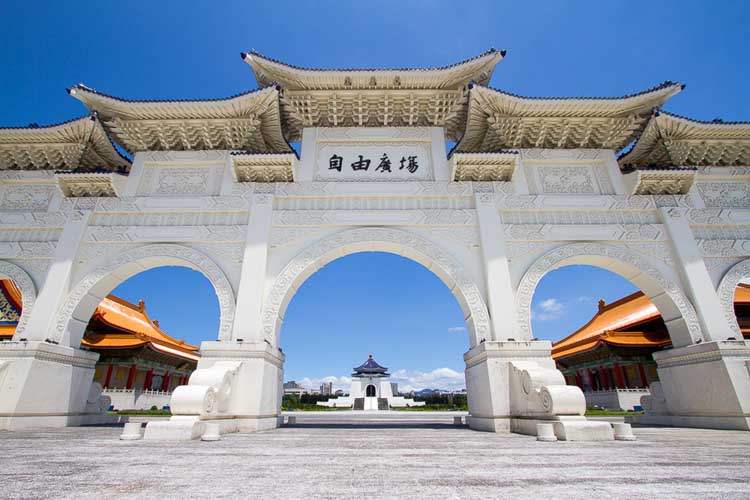
A quick hop on the MRT will bring you to CKS Memorial Hall, the city’s most impressive historical landmark.
The enormous blue and white monument honors the first president of the Republic of China (Taiwan’s official name; it’s complicated…)
The monument stands in expansive Liberty Square, flanked by two classical Chinese buildings: National Concert Hall and National Theater.
Don’t miss the view from the Liberty Square Arch at the western end of the square.
Beitou Hot Spring
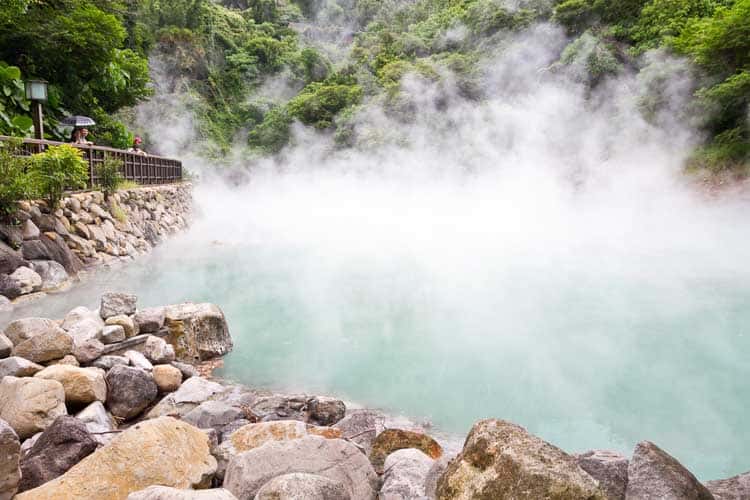
Now that you’ve done a fair share of walking, its time to kick back and soak in some thermal hot spring water.
Even if you’re visiting in the hotter months (May to September), press on, as there’s going to more to it than that.
Beitou is Taipei’s only hot spring, and the only one that is metro-accessible in all of Taiwan.
The hot spring was first developed by the Japanese during their colonial occupation of Taiwan (1895-1945), and today Beitou retains a thoroughly Japanese feel , with historical wooden bathhouses, a Japanese temple, and other landmarks harking back to the era.
Besides soaking in one of the many hot spring facilities, ranging from budget-friendly Beitou Public Hot Spring to high-end luxurious spas, you can also walk through Beitou Hot Spring Park, get enveloped in the mist at Beitou Thermal Valley, or learn about the area at Beitou Hot Spring Museum, housed in the original Japanese bathhouse.
Don’t leave without trying hot spring ramen and hot spring eggs!
Day 2 – Taipei Cool Neighborhoods and Attractions
There’s still a lot more to see in Taipei before you get out of the city. On day two you’ll round out your Taipei experience with some cultural attractions and cool neighborhoods.
Longshan Temple
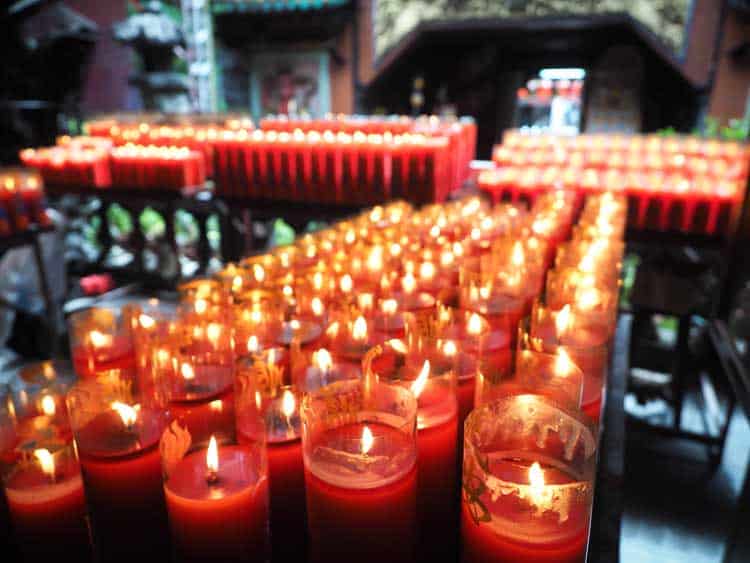
Get up bright and early to witness the mesmerizing chanting ceremony at Longshan Temple, Taipei’s most famous temple, in Wanhua (the oldest section of Taipei). The ceremony begins at 6 a.m. and again at 8 a.m., with both lasting nearly an hour.
Serious temple aficionados can also track down other historic temples in Wanhua including Qingshan Temple, Qingshui Temple, and Taipei Tianhou Temple.
North Gate & Dihua Street
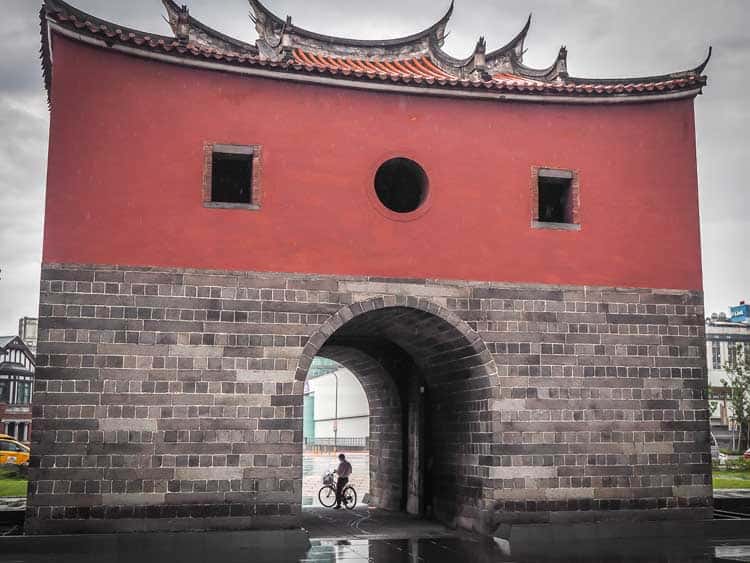
Ride the MRT two stops from Longshan Temple to Beimen (North Gate) station. Take a moment to admire, and walk right under Beimen, the only of the original five historic gates to Taipei City that still looks like it did in the Qing Dynasty.
From there, walk a few blocks to Dihua Street in historical Dadaocheng neighborhood. The street is said to be the oldest in Taipei, and it remains a center of trade in traditional goods, just like it has been since the founding of Taipei.
Walk the entire length of the street, exploring ancient teashops, traditional Chinese medicine dispensers, fabric markets, temples, local food stalls, and more.
Ximending Youth Shopping District
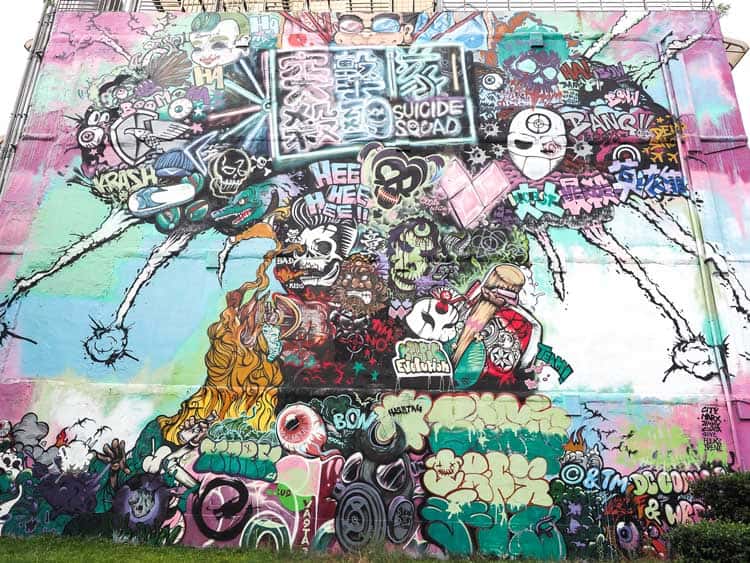
Return to Beimen and walk (or backtrack one stop on the MRT) to Ximending.
We’ve purposely saved Taipei’s hippest neighborhood for later in the day, when things have started to get going.
Often called the “Shinjuku of Taipei”, the pedestrian-only neighborhood features cosplay cafés, claw machine arcades, bubble tea galore, an open air tattoo street, a toilet-themed restaurant, and some of the best street art in all of Taipei.
Pause for an afternoon cocktail at one of many patio bars beside Red House, a Japanese-era theater-cum-craft & design market. This patio bars are the center of the LGBTQ+ scene in Taipei. A fun craft market is also held here on weekends.
Raohe Night Market
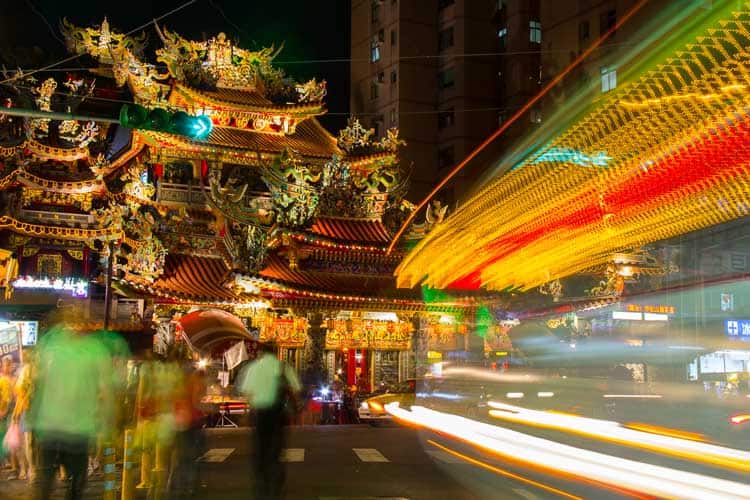
While tourists usually make their way to Shilin Night Market, Taipei’s largest and most famous, you’ll be better off trying Raohe Night Market, with its more manageable size and local feel.
Besides all the incredible food on offer, including a few stalls featured in the Michelin Taipei Guide, you can also marvel at Songshan Ciyou Temple, one of the most beautiful and intricate temples in Taipei, near the eastern entrance to the night market.
5:00 is a great time to arrive at the market, before it gets too busy in the evening.
Day 3 – Epic Day Trip from Taipei
Just like Taipei offers a staggering number of worthwhile sights and activities, there is also an endless number of day trip possibilities. Here you’ll learn how to combine four of the best ones in a single day trip from the city.
Shifen Waterfall
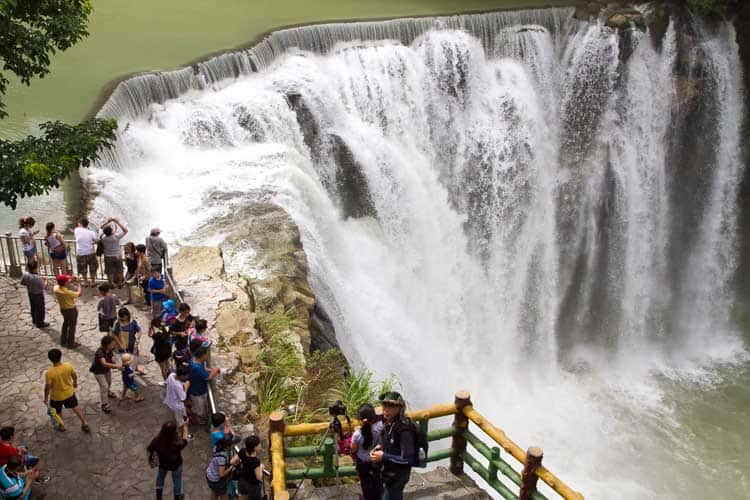
Shifen waterfall is the widest waterfall in Taiwan and is a sight to behold. Getting there is half the fun, too.
Ride the TRA train from Taipei Main Station to Ruifang, where you’ll transfer onto the small-gauge Pingxi Line to Shifen station.
Many visitors like to set off sky lanterns with wishes written on them from the narrow station. From there, it’s a short walk to the waterfall.
Jiufen and Jinguashi
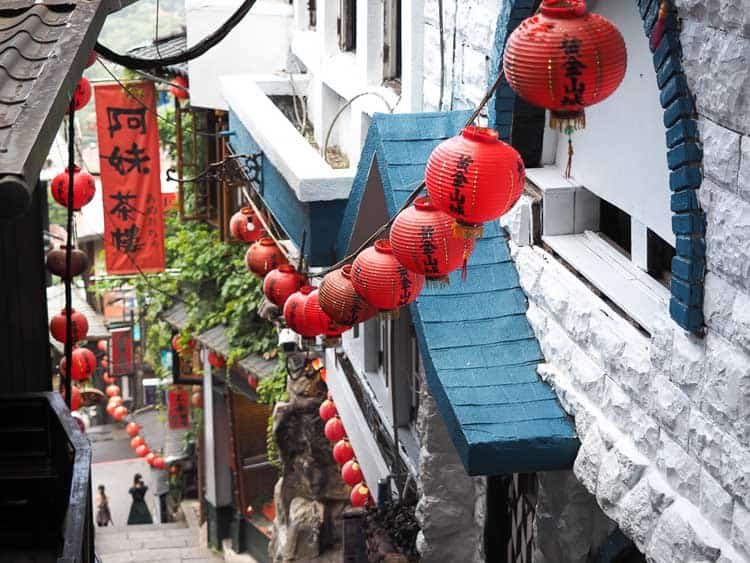
Jiufen is a mountaintop former gold mining boomtown transformed into popular market street.
Here you’ll enjoy incredible views down to the sea, traditional teahouses, and local specialties such as taro and sweet potato balls. To get there from Shifen, ride the Pingxi train back to Ruifang then transfer onto a bus.
Just a few bus stops past Jiufen, Jinguashi Gold Ecological Center is the site of one of the original gold mines.
It’s a great and less crowded add-on to Jiufen, where you can learn all about gold mining and enjoy more breathtaking views.
Keelung Night Market
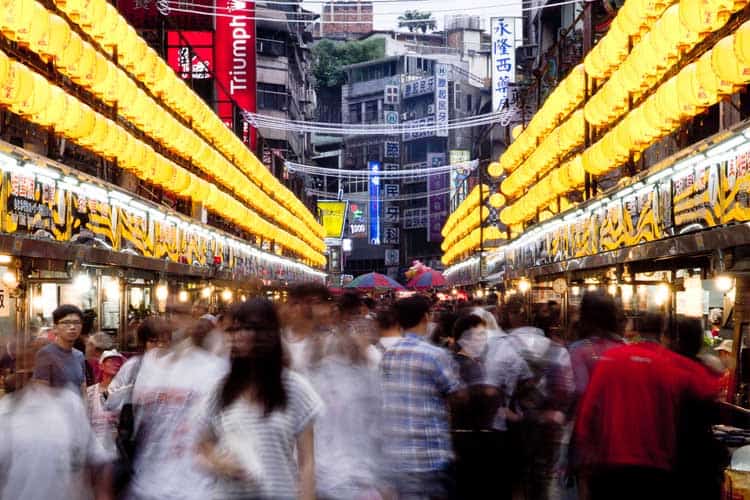
Keelung is Northern Taiwan’s largest port, but the main reason you’re coming here is to have dinner at one of the best night markets in all of Taiwan.
The photogenic market is lined with yellow lanterns, and every stall has its specialty written in English.
To get there from Jinguashi, ride the bus back to Ruifang Station, then hop on a train bound for Badu, from where you’ll transfer to a Keelung train. After your night market feast and a stroll by the harbor, it’s an easy 40-minute train ride back to Taipei.
Day 4 – Taichung City
Taichung is the largest city in Central Taiwan, and a nice addition to your Taiwan itinerary for its artistic attractions, not to mention it is the stepping-off point for the attractions in the days to follow.
Rainbow Village
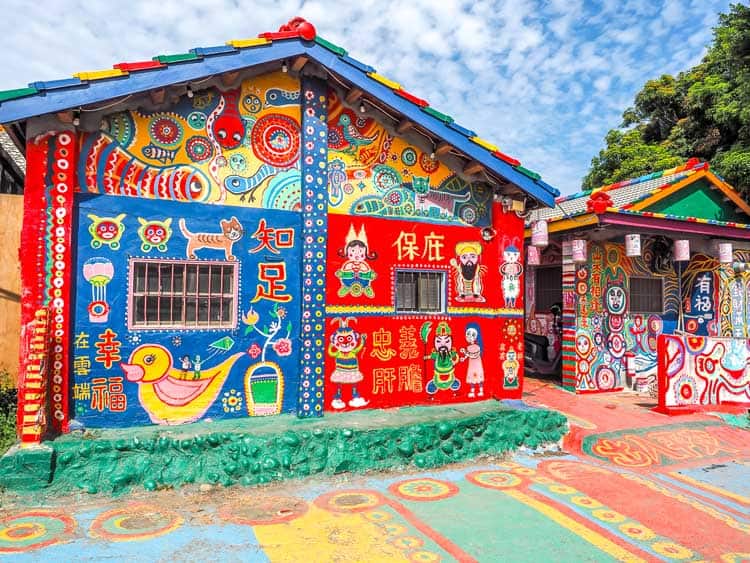
The top reason for coming to Taichung is Rainbow Village, a former military dependents village courtyard home that has been transformed into a psychedelically colorful outdoor museum.
“Rainbow Grandpa” an elderly ex-KMT soldier, painted the walls to save his home from being bulldozed, and he can still be seen there maintaining the walls today.
After visiting Rainbow Village, head to the Taichung Train Station area and explore the area on foot. Check out Animation Lane, Totoro Bus Stop, Miyahara Ice Cream, and Natural Way Six Arts Cultural Center.
Insider Tip: Rainbow Village is quite a ways from the Taichung City Center and Taichung Station. To save time, take the High Speed Rail (HSR) from Taipei to Taichung, which gets you there twice as fast, plus the HSR station is closer to Rainbow Village than the regular train station.
Gaomei Wetland
On the coast of Taichung, this wetland area has a series of boardwalks that provide access to tidal flats. Huge wind turbines add to the atmosphere. Try to time your visit with sunset, as they tend to be gorgeous here.
Feng Chia Night Market
Finish off your day at Taichung’s largest and most popular night market.
Day 5 – Sun Moon Lake
The jewel of the Central Mountain Range is Sun Moon Lake. A bit of a tourist magnet, the lake is nevertheless stunningly and is home to one of Taiwan’s smallest aboriginal tribes.
Regular buses from various points in Taichung take 90 minutes to reach Sun Moon Lake. You’ll arrive at Shuishe, the main village on the lake, where most hotels are found. From there, you can catch a lakeside bus to the below sights.
Wenwu Temple
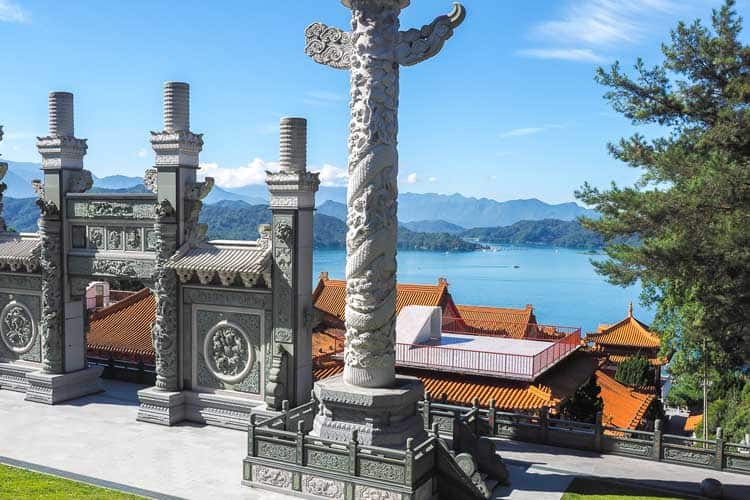
The most beautiful views of Sun Moon Lake can be enjoyed from enormous Wenwu Temple. Climb up into the depths of the temple until you reach the best lookout point at the top; you won’t be disappointed.
Sun Moon Lake Ropeway
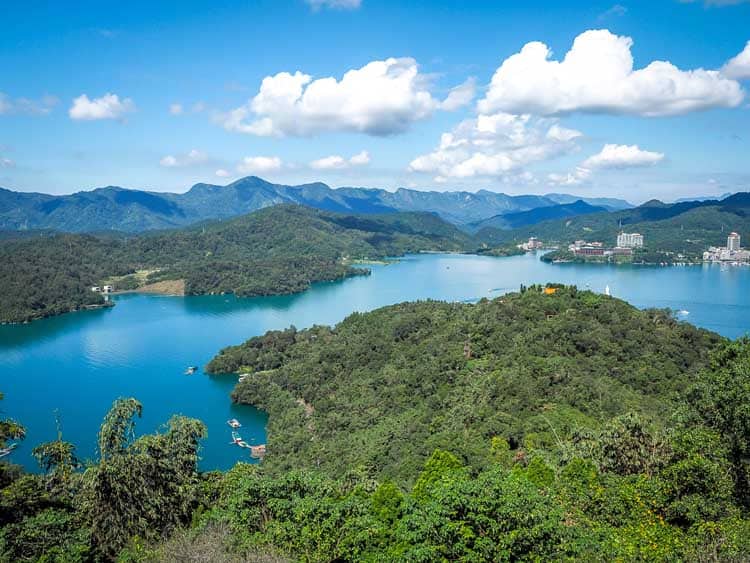
The Sun Moon Lake Cable Car ascends rapidly and givers riders unparalleled lake views.
At the top, it connects to a second cable car that descends the other side of the mountain to Formosan Aboriginal Culture Village, an amusement park meets aboriginal culture center.
If you’re looking for an authentic aboriginal experience, give it a miss. In March, however, blooming cherry blossoms on site make it worth the visit.
Ita Thao Village
Another village on the lake is Ita Thao, home to the Thao aboriginal tribe, which only numbers around 600.
While this is a more interesting place to stay than Shuishe, you’ll probably want to stick to the latter so you can catch your early bus to Alishan tomorrow. Ita Thao is less touristy than Shuishe, and there’s a great day and night market along the main road to the lake, featuring aboriginal delicacies and Taiwanese snacks.
Catch a performance at Thao Tribe Performance Center for a more authentic experience.
Insider Tip : Besides the bus, you can also ride a ferry between Shuishe and Ita Thao villages. There’s also a third ferry stop on the lake, Xuanguang Temple, from where you can see Lalu Island, a sacred aboriginal burial ground on the lake.
Day 6 – Sun Moon Lake to Alishan National Scenic Area
You’ll need to get up a little early to catch the bus from Sun Moon Lake to Alishan. Don’t miss it, as there are only two per day!
Sun Moon Lake to Alishan Bus Ride
Minibuses depart from Shuishe village to Alishan only twice per day, at 8 a.m. and 9 a.m. You can usually buy tickets upon boarding, but it’s best to inquire the day before.
The ride to Alishan takes four hours. The drive is quite winding but also very scenic.
Alishan National Scenic Area
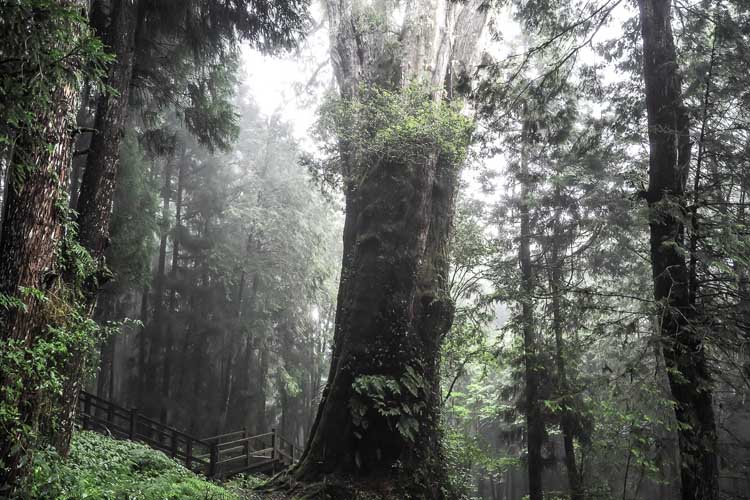
The final stop on this Taiwan seven-day itinerary is Alishan National Scenic Area, the country’s top mountain resort.
Alishan is famous for several things: sunrises, cherry blossom viewing in April, giant ancient cypress trees, and some of the best oolong tea in the world.
Check into your hotel, pick up a hiking map from the tourist center, then head out for an afternoon of hiking amongst the giant trees.
Yet another highlight is you get to ride the Alishan Forest Railway, a small train line originally built by the Japanese for logging the area.
When dining in the tourist village after your hike, make sure to try the locally grown fresh wasabi served with tofu.
It’s extremely flavorful and lacks the overpowering bite of the sushi wasabi you are probably used to.
Insider tip: There are no hostels at Alishan, and a rather poor selection of regular hotels. Book far in advance to guarantee a room, especially if visiting on a weekend or holiday. During cherry blossom season (late March to early April), it can be almost impossible to get a room.
Day 7 – Sunrise Above a Sea of Clouds
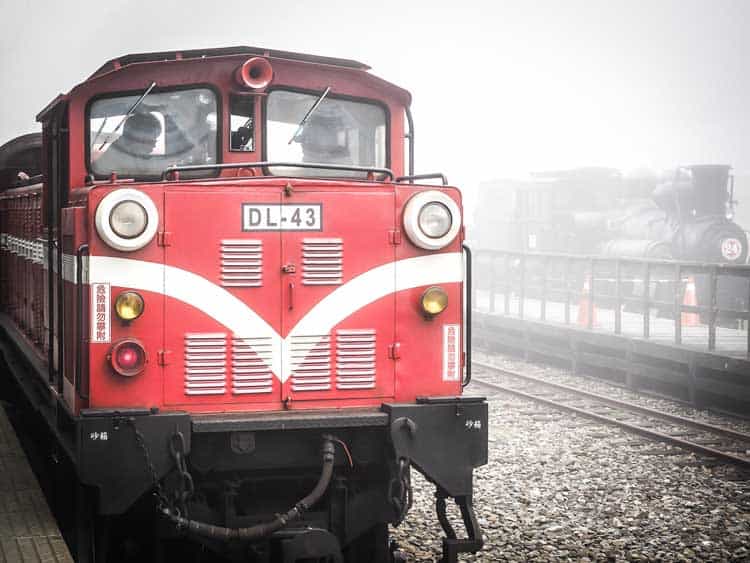
Set your alarm extra early to ride the Alishan Forest Railway up to the sunrise lookout point.
- You’ll need to reserve your tickets at the Alishan Railway Station the day before. Departure times change according to the time of the sunrise.
The reason everyone is willing to get up so early is for a chance to witness the spectacular phenomenon the sun rising above a sea of clouds in the valley below. You’ll need a bit of luck, though; out of a half dozen visits to Alishan, I’ve only seen it once.
Since you’ll be up so early, you’ll still have time to do some morning hiking before checking out of your hotel.
To get back to Taipei, the fastest option is to take a bus from Alishan to the Chiayi High Speed Rail station (four departures per day) and transfer to the HSR.
If you’re going directly to the airport, you can ride the HSR to Taoyuan station and transfer to the airport shuttle bus.
The slower but cheaper option is to take a bus from Alishan to Chiayi Train Station (roughly every hour) and then take the regular train or bus to Taipei.
I hope you’ve found all the information for planning a fantastic one week in Taiwan. Let us know how it goes in the comments below!
Read About More Great Destinations in Asia
- 7 alternative Things to do in Taipei
- Things to do in Hong Kong – The Complete Travel Guide
- The best things to do in Beijing China
- 24 Top Things to Do in Shanghai, China in 2020
- The 35 Best Things to do in Tokyo, Japan
- 13 Things to do in Nanjing China – A Complete Guide to the Ancient Capital
- 25 Things to do in Suzhou China – All You Need to Know Before you Go
Did you enjoy this Taiwan Itinerary? Save it to Pinterest for your future travel planning.
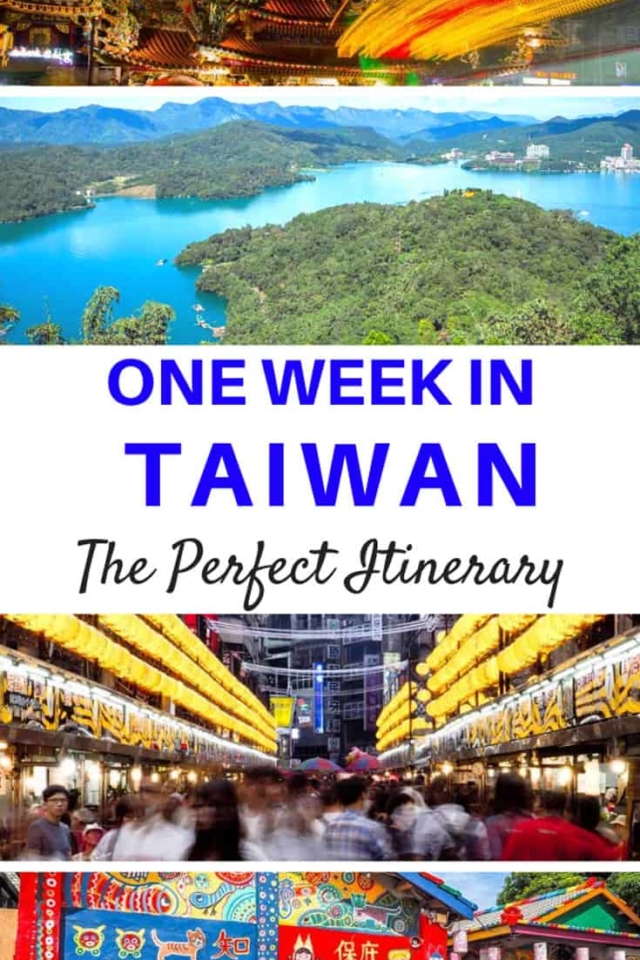
Travel Planning Resources
Looking to book your next trip? Why not use these resources that are tried and tested by yours truly.
Flights: Start planning your trip by finding the best flight deals on Skyscanner
Book your Hotel: Find the best prices on hotels with these two providers. If you are located in Europe use Booking.com and if you are anywhere else use TripAdvisor
Find Apartment Rentals: You will find the cheapest prices on apartment rentals with VRBO .
Travel Insurance: Don't leave home without it. Here is what we recommend:
- Allianz - Occasional Travelers.
- Medjet - Global air medical transport and travel security.
Need more help planning your trip? Make sure to check out our Resources Page where we highlight all the great companies that we trust when we are traveling.
You May Also Like
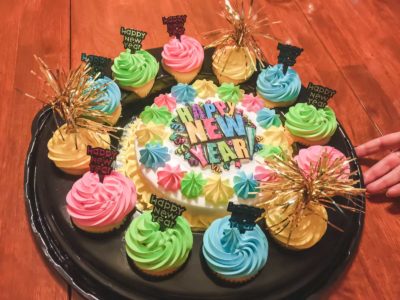
15 Places to Ring in The New Year Around the World
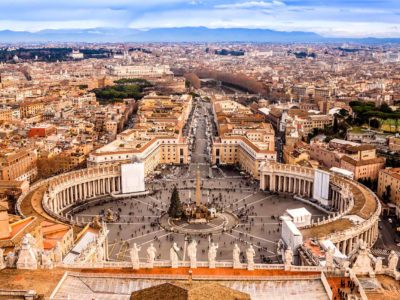
The Ultimate One Day in Rome Itinerary: How To Maximize Your Visit
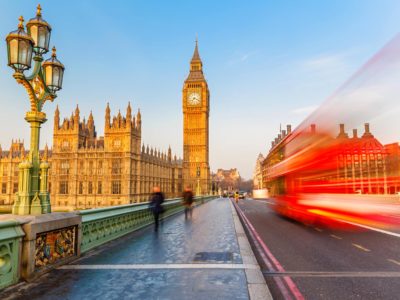
London Itinerary – Planning the Best 3 Days in London In 2024
About Nick Kembel
Nick Kembel is the author of Taiwan in the Eyes of a Foreigner and has penned Taiwan guides for CNN, National Geographic Traveller, Discover Taipei Magazine, and more. He went to Taiwan in 2008 with the intention of staying for a year, but that turned into 11 after he met his later-to-be wife on the Taipei MRT. He covers Taiwan extensively on his website Spiritual Travels. Follow Nick at NickKembel.com / Facebook / Twitter / Instagram
Join thousands of others who get our monthly updates!
Leave a comment cancel reply.
Save my name, email, and website in this browser for the next time I comment.
3 thoughts on “A Detailed 7 Days in Taiwan Itinerary”
Many thanks
I would love to travel to Taiwan!!!
What a great article you have here. This is very helpful! I haven’t visited Taiwan so I will add it on my bucket list! It looks like a beautiful place. When it’s safe to travel again, I really want to go there. I’ve heard a lot of great things to do there. Thanks for sharing your experience!
I lived in Taiwan too, back in the mid 70’s, very time I go back to Taiwan it’s like going home, Taiwan is a great place to travel I like Taiwan better than mainland China.
Guide to Taiwan: 10 best places to visit in Taiwan

Taiwan is planning to reopen after being closed to international tourism for close to two and a half years! It is so surreal to read the news. I have been talking about and dreaming of visiting Taiwan for so long and I am so excited that I can finally start planning my next trip.
I miss Taiwan so much and I can’t wait to revisit and rediscover my favorite place in the world after organizing a series of virtual Taiwan travel sessions in the last few months (check out this special guide to Taiwan packed with transportation tips, itineraries, and resources). I have put together travel information and a guide to the 10 best places to visit in Taiwan for you!
INFORMATION ABOUT TRAVELING TO TAIWAN
Taiwan is planning to resume visa-travel travel to previously visa-exempt countries like Singapore, Malaysia, Japan, South Korea, Philippines, Thailand and Brunei starting from September 29, 2022.
Travelers from eligible countries are welcome to visit Taiwan without applying for special permits for activities like leisure travel.
TAIWAN WILL HAVE A TWO-PHASE REOPENING PLAN TO GRADUALLY EASE THE TRAVEL RESTRICTIONS
First phase : From September 29, you will have to undergo the “3+4” quarantine (3 days of quarantine and 4 days of self-health monitoring). You will be able to spend the entire 7-day period in a residence with others by following the “1 person per room” principle.
On-arrival saliva test will be discontinued, and you just have to do Antigen Rapid Test (ART). You will be given 4 rapid antigen test kits on arrival.
Second phase : If conditions are deemed suitable as expected, the second phase is likely to take effect on October 13, 2022 . “0+7” scheme (no quarantine and 7 days of self-health monitoring) will be launched. This is when travelers from countries that required visa to enter can travel to Taiwan and the ban for tour group will end.
For latest updates, please check Taiwan Tourism Bureau Singapore’s social media platforms regularly ( Facebook and Instagram ) and visit these official websites for more information.
Ministry of Foreign Affairs: https://en.mofa.gov.tw/
Taipei Representative Office in Singapore: https://www.roc-taiwan.org/sg_en/ , https://www.facebook.com/TaipeiRepOffice.in.sg/
Taiwan Centers for Disease Control: https://www.cdc.gov.tw/En
For visa related matters: https://www.boca.gov.tw/
Visa-exempt entry: shorturl.at/gxYZ1
10 BEST PLACES TO VISIT IN TAIWAN
Now is the time to start planning your trip to Taiwan! I have been traveling “virtually” around Taiwan since the start of 2022 thanks to Taiwan Tourism Bureau Singapore. I am so excited to share the secrets of Taiwan I have uncovered and invite you to join me to rediscover Taiwan. Here’s my guide to the 10 best places to visit in Taiwan beyond Taipei. Enjoy and book your air ticket soon!

After living with Covid for over 2 years, we are all tired and the best way to restart our international travel is to have a relaxing vacation. I recommend a therapeutic retreat to Alishan where you can immerse in nature and rejuvenate with forest bathing or “shinrin-yoku” activities. Find out more about how to enjoy forest bathing in Taiwan .
Alishan or Mount Ali is a popular sightseeing spot in Taiwan because of its lush nature filled with ancient cedar trees and stunning scenery known for the rare sight – the sea of clouds. Alishan is huge and most people usually visit the Alishan National Forest Recreation Area . Remember to purchase admission ticket to enter the Alishan National Forest Recreation Area .
However, there is the lesser known Alishan National Scenic Area that boasts rolling tea fields, hiking trails, and scenic lookout points. My tips for Alishan: Take the Alishan Forest Railway up to the mountains, spend at least 2 and 3 nights in the region to explore both the touristy Alishan National Forest Recreation Area and the hidden gems in the Alishan National Scenic Area. Check out my comprehensive guide to Alishan to plan your mountain getaway!
2. CHIAYI CITY

A trip to Alishan must be accompanied with a stop at Chiayi City and preferably a multi-day stop. I will definitely spend a few days in Chiayi City for my next trip to Taiwan. Why? Because there’s so much to do and eat in this underrated city. Thanks to the serendipitous connection with the Outsider in Chiayi (Joanna Sun) and Smart Fish 林聰明沙鍋魚頭 (Grace Lin), I am convinced that Chiayi is the place to retire and enjoy life. From the historical Chiayi train station, the starting point of the Alishan Forest Railway, to the nostalgic North Gate Station and Alishan Forest Railway Garage Park, Chiayi City is a must-visit place if you love everything about train travel.
There are many fascinating cultural and historical sites like the Hinoki Village, which used to be a residential area with Japanese style dormitories for the people who worked in the forestry industry, Chiayi Cultural and Creative Industries Park (G9 Creative Park) , Chiayi Art Museum , Museum of Ancient Taiwan Tiles , and Chiayi Old Prison.
Mostly important, Chiayi is the food destination to eat non stop! 有一種餓叫做嘉義人怕你餓 is a popular phrase used locals, which means “there is one kind of hunger called Chiayi people are afraid you are hungry!” Chiayi is known for their chicken or turkey rice, fish head stew, cold noodles, and more. Check out my 72-hour itinerary to Chiayi City and Insider’s Guide to Chiayi’s Cultural and Culinary Secrets for more recommendations.
Start planning your trip to Chiayi City! It is only a 1.5-hour ride on Taiwan High Speed Rail. Secure your Chiayi train tickets here .
3. CHIAYI COUNTY

Other than Chiayi City, there is another the under the radar Chiayi County to explore. Chiayi County surrounds Chiayi City and lies between Yunlin County and Tainan City. It is blessed with pristine landscape as it is flanked by the sea and the mountains. Chiayi County is big and it is only county in Taiwan with 3 major national scenic areas: Alishan National Scenic Area, Southwest Coast National Scenic Area, and Siraya National Scenic Area.
Venture beyond the usual tourist circuit and spend some time exploring the Southwest Coast National Scenic Area , the homeland of farming and fishing. Recommended spots include Haomeili Village in Budai Township (visit Haomei Boathouse 好美船屋 for fresh seafood and fun experiential activities), Haomeiliao Nature Reserve 好美寮溼地 , and Budai Salt Fields .
Chiayi County is home to top notch farms so you can enjoy fresh produces. Make a trip Fengshuo Orchard in Lunbei Township that produces their prized fruit like sweet milk melon and succulent cherry tomatoes. Check out more farms with my guide to Taiwan’s fruits, fruits picking, and leisure farms .
Before I write an essay about Chiayi, I shall pause here and leave with you my detailed guide to Chiayi City and Chiayi County .

Situated in the Tri-Mountain National Scenic Area , Lishan is an iconic mountain range in Central Taiwan that is popular with locals who are seeking for an outdoor retreat. Affectionately called “Pear Mountain,” Lishan is the top pear production region in Taiwan as its attitude at over 2,000 metres is conducive for cultivating fruits like peach, apples, and more. The journey to Lishan starts from Taichung City and it takes about 3 hours. Thanks for the well-designed public bus system, you can now access this remote part of Taiwan.
Lishan and the surrounding area is gorgeous and serene all year round. The landscape changes with the seasons and in fall, the autumn foliage shines in Fushoushan Farm and 1956 Maple Valley. The mountains shine with vibrant shades of colors as seasonal flowers grow the landscape. If you like flowers. visit nearby farms like Fushoushan Farm, Wuling Farm , and Cingjing Farm to view flowers and even buy or taste floral products. Here’s a guide to flower viewing and leisure farms in Taiwan .
There is a great network of hiking routes like the Siliq Trail and the pristine Black Forest Trail. The region is filled with rich culture where you can visit the Jiayang Tribal Village and informative Lishan Culture Museum. End your mountain excursion at the Seven Heroes of Guguan, a majestic mountain range with trekking paths leading to Guguan, an atmospheric hot spring town. Check out my guide to Lishan and the Tri-Mountain National Scenic Area here .

I have been recommending Taitung to everyone as most travelers do not know about this amazing area and sometimes even confuse it with Taichung. Nestled in southeastern Taiwan, between the towering Central Mountain region and Pacific Ocean, Taitung embodies the best of Taiwan’s nature, culture, and spirit. Taitung City is the launchpad for your Taitung “slow travel” exploration. Fuel yourself with delicious local and street food in the city and spend as many days so you can to explore Taitung County and its diverse attractions.
Taitung has two scenic areas: East Rift Valley National Scenic Area and East Coast National Scenic Area . In the East Rift Valley National Scenic Area, you can cycle through charming towns like Chishang (for the famous Mr Brown Avenue) and Guanshan (Guanshan’s bicycle trail is the first path in Taiwan that was built for cyclists), and be mesmerized by the colorful hot air balloons floating in the sky at Luye during the Taiwan International Hot Air Balloon Festival .
The East Coast National Scenic Area runs along the Pacific Ocean and its breathtaking coastline is perfect for a road trip. Must-visit spots include the Fugang Geopark, Jialulan Recreation Area, Jinzun Recreation Area, Dulan Village, and Sanxiantai. If you are an arts buff, time your visit during the annual East Coast Land Arts Festival .
If you like train travel, board the Breezy Blue 藍皮解憂號 train that chugs between the Taitung and Fangliao station and passes by the most picturesque stretch of Taiwan’s eastern coastline. Here’s more information about this special train and railway travel in Taiwan .
I love Taitung so much and I hope I have tempted you to plan a trip with more guides: Rhythm of South-Eastern Taiwan: Guide to Cycling in Taitung and Top 10 Experiences in Taitung, Southeastern Taiwan .
6. ORCHID ISLAND

Orchid Island is my favorite island in Taiwan! It is part of Taitung County and you can take a ferry (about 2 hours) from Fugang Fishing Harbor or a plane (30 minutes) from Taitung Airport. This volcanic island is well known its rugged landscape, untainted nature, and Tao Culture. The island is home to the native Tao people, also known as Yami, who preserve the culture and custom of their island passionately.
Orchid Island deserves at least 3 or 4 days to explore. Even though I stayed on the island for 4 days 3 nights, I felt that it was too short. The idyllic island is so relaxing as you can enjoy diving and snorkelling activities in summer, hike around the island, and experience the welcoming Tao culture by visiting the traditional underground houses and trying to row the traditional Tao fishing boats. The island is really special and worth an extended detour! Here’s more information and travel tips for Orchid Island . Book your ferry ticket to Orchid Island easily here .

I visited Hualien twice and both times I wish I have more time. Hualien is easily accessed from Taipei and it is nestled between the Central Mountain Range and the Pacific Ocean. Taroko Gorge National Park is the star attraction in Hualien. With plunging gorges, dramatic canyons and caves, the national park is a sanctuary far away from the hustle and bustle of the city. Marvel at the waterfalls and the Tunnel of Nine Turns and explore the Swallow Grotto. I had the most memorable stay at Silks Place Taroko Hotel –it was an extravagant experience but so worth it. One of the best ways to explore Hualien is to have a car so check out how to rent a private car here .
Continue your Hualien adventure by exploring other parts of Hualien country like the Wuhe tea plantations, hot springs at Ruisui, and more. Travel down to the areas that are in the East Rift Valley National Scenic Area and East Coast National Scenic Area before crossing over to Taitung!
8. NORTHEAST AND YILAN COAST NATIONAL SCENIC AREA

Just a short trip from Taipei City, you will be transported to the Northeast and Yilan Coast National Scenic Area where you will enjoy unforgettable views of dynamic mountains, cliffs and unique landforms. Located in the northeast region of Taiwan, the scenic area starts from the Nanya District in New Taipei City and traces the coastline and mountains to the southern cape in Suao Township.
If you are an outdoor enthusiast, the scenic area is your nature playground. Indulge in snorkeling and diving around Bitou Cape Fishing Village with Ocean Love Dive Club . Head to Longdong or Dragon Caves for rock climbing with The Bivy Taiwan and challenge yourself with different hiking trails like the Bitou Cape Hiking Trail , Nanzilin Hiking Trail , and Caoling Historic Trail . Book a tour to Turtle Island to explore its pristine nature dotted with cliffs, caves, and even active hot springs.
If you are traveling with children, you can enjoy a fun cycling through the Old Caoling Tunnel on the Old Caoling Loop Line Bicycle Path. Don’t miss the Fulong International Sand Sculpture Arts Festival held at Fulong Beach every year! Here’s a guide to Northeast and Yilan Coast National Scenic Area and itineraries for best trips for Taipei .

Penghu is on my Taiwan bucket list since forever but I still haven’t visit it yet! Penghu is the most scenic and massive group of outer islands in Taiwan. The island archipelago is a top summer destination for locals and international travelers.
Penghu National Scenic Area consists of over 90 islands (about 20 islands are inhabited) in the Penghu archipelago. The highlights of Penghu include Qimei Island and its famous twin-hearts stone weir, Jibeiyu or Jibei Island and its picturesque sand bar, and paradise-like beaches like Aimei Beach and Shanshui beaches. The islands are decorated with interesting natural formations like Beiliao Kuibishan Geopark, Xiaomen Whale Cave, Daguoye Columnar Basalt, and Tongpan Geology Park (Tongpan Island). And the list goes on!
Summer is the peak season for Penghu as the islands are bustling with water activities and festivals. Other months are great to visiting Penghu too like during the migration season from the end of April to September when you can enjoy terns-watching. Start planning an island escapade with my guide to the islands of Penghu .
10. KAOHSIUNG

The second largest city after Taipei, Kaohsiung is a vibrant city surrounded with a dynamic landscape of mountains and coastlines. I visited Kaohsiung for the first time because of Mayday. I have to confess that I am a fangirl and I visited Kaohsiung a few times to catch Mayday live concerts at Kaohsiung’s national stadium. Spend a few days exploring the sights in the city like the Pier-2 Art Centre, Hamasen Railway Cultural Park, Lotus Lake, and hop on a ferry to Qijin Island to enjoy a cycling and eating day trip. Venture beyond the city and you will find yourself at Fo Guang Shan, a famous Buddhist monastery with the iconic golden Buddha statue, and the rustic Hakka community in Meinong.
If you visit in February, don’t miss the Taiwan Lantern Festival that takes place every year during the Lunar New Year period and showcases spectacular lanterns along the Love River and at the festival sites.
Are you ready for Taiwan? I am so excited to revisit and rediscover Taiwan. Check out my special Wendy’s guide to Taiwan for more information about places to visit in Taiwan, transportation tips, travel resources, and more!
Check out Klook deals to make your trip planning more convenient! Use this code BetterOnApp to enjoy 5% off on your first booking on Klook mobile app!
I strongly believe in empowering travelers to know better, travel better! I value privacy and transparency. The article contains affiliate links so I may be compensated to run the website and continue to create content if you make a purchase at no extra cost to you.
Leave a Comment Cancel reply
You must be logged in to post a comment.
Going Awesome Places
Detailed itineraries + travel guides
12 Days in Taiwan Travel Guide – Itinerary to Explore the Entire Island
Last Updated February 22, 2023 William Tang
You are here: Home » Travel Itineraries » 12 Days in Taiwan Travel Guide – Itinerary to Explore the Entire Island
Taiwan is known by many names but perhaps the most memorable one is Formosa . Now that sounds a bit odd but it was in fact coined by Portuguese explorers in the 16th century. Ilha Formosa directly translates to “Beautiful Island” and they sure got it right.
Between the energy of the dynamic urban cities, bustling of the famed night markets, colourful culture, fascinating history, incredibly friendly people, and dramatic landscapes, you’ll be amazed at just how much awesome can be packed in this island.
This 12 day Taiwan itinerary (just short of two weeks) follows our journey around the entire island and is geared towards those that have the curiosity of a tiger and the adventurous courage of a dragon. Now I will say it is a trip that required a bit of stamina to keep up but for the limited time we were there, I’m so glad we were able to see and do all the things we did. That said, feel free to mix and match as you craft own trip as I know many of you are looking for a Taiwan 7 day itinerary. As with all of our trip guides, I like providing as much detail as possible to make your planning that much easier.
Read more about Asia
- Japan 12 Day Itinerary
- 7 Day Seoul, South Korea Itinerary
- 5 Day Bali Itinerary
- Best things to do in Ubud in Bali
- Our best Asia content
How to find the best travel deals?
- Hottest deals – Bookmark the frequently updated travel deals page .
- Car rentals – Save the most money through car rental coupon codes .
- Hotels – Use corporate codes or get Genius 2 tier with Booking.
- Flights – Have you ever heard of the “Everywhere” feature ?
- Insurance – Make sure you’re covered for all of your adventure activities with the best travel insurance .
Table of Contents
- Pre-Trip Guide
- Day 1 – Hitting The Ground Running in Taipei
- Day 2 – Spirited Away
- Day 3 – Winding Up To Alishan
- Day 4 – The Almost Sunrise
- Day 5 – Artsy Urban Kaohsiung
- Day 6 – The Surf Challenge
- Day 7 – Fly With The Wind
- Day 8 – Ridin’ in Taitung
- Day 9 – Taroko Tribe In The Mountains
- Day 10 – Shakadang Is My New Favourite Word
- Day 11 – Tai Chi, Hot Springs and Shrimps
- Day 12 – Mad Dash for Pineapple Pastry
- Where to Stay
12 Day Taiwan Itinerary Pre-Trip Guide
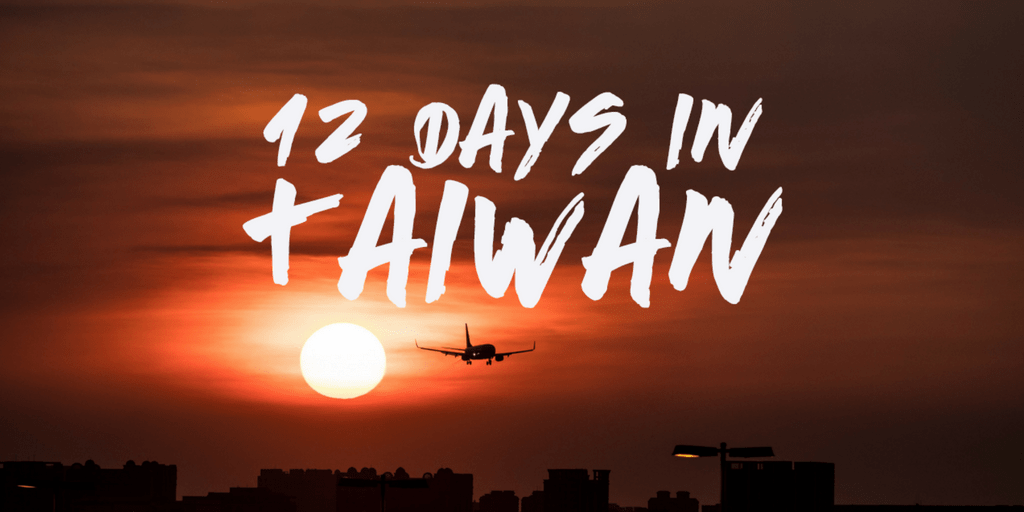
Taiwan currency is the New Taiwan Dollar ($NT). TWD is also another symbol that is used.
- Mental math for North Americans: To convert things quickly in your head, cut one zero and we divided by 3. This brings it closer to USD. For CAD, you just “add a little”.
- Quick reference print outs: Oanda’s fxCheatSheet is pretty handy.
- App: For iOS users, I recommend the free app xCurrency .
Taiwan uses the exact same electrical standard as North America: 110V/60Hz AC.
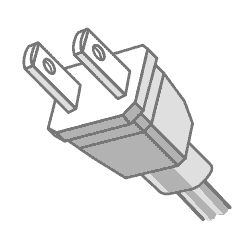
Best Time To Visit
Taiwan goes through a full four seasons however they are less pronounced and they lean towards the humid subtropical climate. It’s all personal preference but the best time to go would be either in late spring (April to May) or autumn (November) for a great blend of comfortable temperatures and smaller crowds. Also keep in mind that temperatures will vary depending on where you are in the country which means it’ll be much warmer in the south vs. Taipei vs. in the mountains.
- Spring (March – May): Very mild and pleasant where only long sleeve is required [Average 15ºC to 27ºC]
- Summer (June – September): Very hot and humid with chances of rain as well. Keep in mind that this is typhoon season as well [Average 24ºC to 31ºC]
- Autumn (October – November): Begins to cool down but is still very comfortable [Average 18ºC to 30ºC]
- Winter (December – February): Jacket season where it can get foggy due to northeasterly winds from Siberia [Average 13ºC to 19ºC]
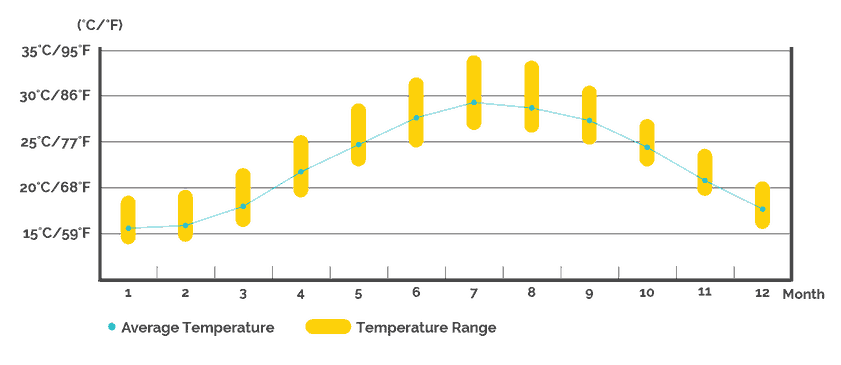
How To Fly To Taiwan
Flights to Taiwan will vary drastically depending on where you’re flying from. If you’re coming from Asia, there are a number of low cost carriers to choose from including AirAsia, Cebu Pacific, and Scoot. For the rest of the world, the two big national airlines to look out for are China Airlines (SkyTeam) and EVA Air (Star Alliance).
The primary international airport is Taipei’s Taoyuan International Airport (TPE) and for most international travellers, that is where you will want to land. What you may not realize though is that there are alternative airports that you can use to jump to different parts of the country or directly fly into. The two other international airports can be found at Kaohsiung (KHH) and Taichung (RMQ). Another popular airport that you might want to try to search if you’re coming from other parts of Asia is Taipei Songshan Airport in Taipei (TSA).
I had the opportunity to fly EVA Air both direct from Vancouver and Toronto and had a fabulous experience with them. Including a quirky interpretive dance safety video, pre-boarding complimentary tea, some of the best food I’ve had on the plane, and great service.
Where To Stay
There are so many choices for hotels in Taiwan that range from budget to mid-range and luxury. In Taipei, you’ll find the big international brands but across the country, don’t be afraid to book local branded properties. In this 12 day itinerary, you’ll see that we’ve chosen reasonably priced 4 star properties that all managed to impress.
Since you’ll be on the move quite a bit on this itinerary, homestays traditionally may not be a good option but if you can find one that only requires a minimum of 2 nights, you could swing it.
For where to stay in Taipei , make sure to read the neighbourhood guide to find out the best properties you can stay at
For the whole island, look on Booking.com for the best prices.
How to Get Around
Unless you’re travelling to one of the smaller islands of Taiwan (i.e. Penghu or Xiao Liu Qiu), your best bet is to take advantage of the excellent land transportation options that are available.
The best way to cover large distances along the west coast of the island is the Taiwan High Speed Rail (THSR/HSR) which is equivalent to Japan’s bullet train. At a top speed of 300 km/h, you can get from Taipei to Kaohsiung in just over 1.5 hours. In cities and towns that aren’t covered by THSR/HSR, there are traditional trains covered by the Taiwan Railway Administration (TRA).
In the big cities such as Taipei, Kaohsiung, and Taichung, you have an extensive and efficient subway network which is also called the Mass Rapid Transit (MRT) system.
There are always buses to fall back on. In the cities, I’d recommend using them only if you know the route and schedule. That being said, if you’re going to be doing places like Alishan, Kenting, and Taitung, you’re going to need to familiarize yourself with what’s called the Taiwan Tourist Shuttle . These are buses created in coordination with the tourism bureau to make it easier for travellers to get to popular sightseeing destinations. They’re typically more conveniently marked with English which makes things easier.
Taxis are easy to hail in the big cities and if not you can always get your hotel to call one for you. Expect this to be your most expensive mode of transportation.
Scooters are often the preferred way of getting around in places like Kenting not to mention the most fun. Roads aren’t crazy hectic like in Thailand so it’s quite safe. What you need to know though is that they require local motorcycle licenses to drive motorized scooters. Electric scooters are much easier to rent as long as you’ve done it before. If you haven’t, they might reject you or you’ll be required to do a small lesson like we did. If you continue reading the itinerary portion of this guide, you’ll learn why you really need one to get around.
Car rentals are another way to get around that often doesn’t get much attention. Make sure you book in advance and do your research in advanced as English will be at a minimum when engaging with car rental companies and driving directions. Make sure you have your international drivers license.
Lastly, I’d like to mention private drivers as this is another popular way to see the country. These are typically taxi drivers that have their own side business. I never had a chance to book one but did run across a cabbie that told us about his services and read about quite a number of them on TripAdvisor forums . The beauty of this is that you can create your own itinerary and do it in the comfort of a private vehicle, skipping complicated commutes, and saving time as well. It may be hard to find English-speaking drivers but I’m sure they’re out there. This is best used for day trips such as up to Yehliu Geopark, Danshui, Jiufen, etc.
Tips:
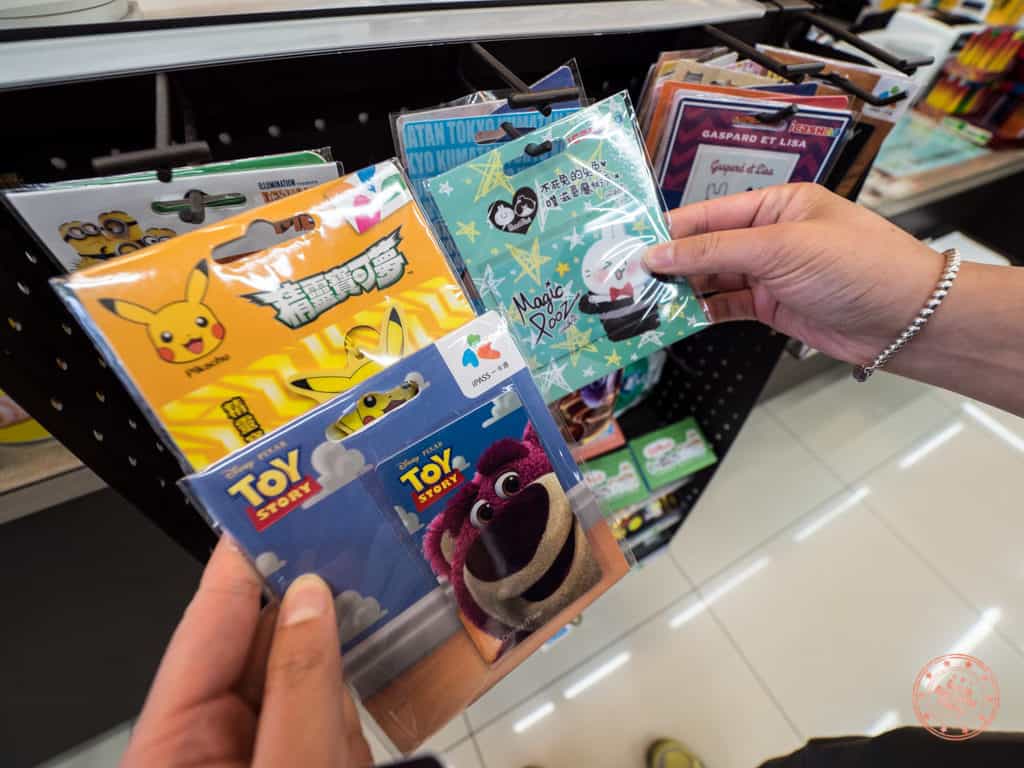
- What’s confusing in Taiwan is that there are multiple types of contactless cards (EasyCard, icash 2.0, and iPass). I’m not going to pretend to be able to explain differences between them but the one that you want to get is EasyCard as it’s the most widely accepted around the country for most local transit (MRT and buses) and stores. You can buy them at MRT stations but convenient stores like 7-11 and Family Mart sell them too. Warning: 7-11 will try to sell you on their icash cards but make sure you get EasyCard (don’t make the same mistake that I made). The beauty of the EasyCard is that all credit can be refunded at MRT stations whereas it is not easy/impossible with the other cards.
- In Taipei, there is also something called the Taipei Pass that you can consider where you can get unlimited rides for the number of days that you purchase. Personally, I wouldn’t recommend it as the EasyCard is just more hassle free and keeps things flexible.
- Uber is available but isn’t worth it if your ride is less than $NT 35 or if surge pricing is on but on longer rides they can be marginally cheaper. They’re operating in a restricted mode in Taipei only where cars can only drive for Uber if the car is rented from a specific company. You’ll also find that most regular cabs don’t take rechargeable cards nor credit cards so expect to pay cash.
- While Google is pretty good at providing schedules and directions for public transportation especially in Taipei, I’d recommend getting a local to help you when possible especially when it comes to buses.
Do I Need A Visa?
There are a number of visa regulations that depend on your nationality. For most of you, the good news here is that you will most likely be visa exempt or you’ll be able to purchase a visa on arrival, eVisa, or an Online Travel Authorization Certificate. Your best is to get most up-to-date information on visas for Taiwan .
If you’re coming from one of the 60 countries that don’t require a visa, you’re in luck. As a Canadian, all I needed was a passport that was not expiring in the next 6 months, and I was granted a 90 day stay by the customs official after landing at the airport. I didn’t have to visit the visa on arrival desk or anything – just walk right to the customs counters.
Wifi, Data, and Must Download Apps
The most important question is whether you should get a SIM card or a personal hotspot. This comes down to whether you’ll be making calls or not and the answer will most likely be that all you care about is data. If that is the case, you’re going to want to pick up a personal hotspot (pocket wifi) . Taiwan’s rates are so cheap for unlimited use and the great thing about it is that you can share wifi with everyone in your group.
I reserved my device from a Chinese site called APTG that rents out WiFun and as unlimited data usage for $NT 100 per day (~$3.36 USD). What I like about them is that you can actually get them to deliver it to your hotel ($NT 180 fee). You just might need someone local to help you out.
If that’s a little complicated, there are also device rental shops right outside of arrivals at TPE. The one I remember seeing is Unite Traveler (find them here ).
Before you leave home, here are a few apps that you should download to make your life on the road easier.
- TP Metro – Lightweight app by rGuide that has a map of the Taipei MTR for quick reference.
- Skype – This will be even more critical if you’re going with the personal hotspot option. The few times we had to make calls, having credit with Skype definitely came in handy.
- Google Maps – The offline feature of Google Maps is helpful as a backup if the wifi dies (dead zone or out of battery).
Luggage Storage Solution
One of the things I love about Asia and Taiwan in particular is how good they are with their luggage storage options. This is super handy when you’ve got that awkward in between time from the point you check out into your hotel in the morning and you have to catch a train or bus to somewhere else but still want to explore without lugging it around. That’s when those lockers really come in handy.
The traditional solution – The standard way to do this is to go to find a locker in a train station where there are usually large clusters of multi-sized lockers. They’re not expensive and for instance Zuoying in Kaohsiung only cost $NT 50 for 3 hours. You just have to remember to have cash on hand. The challenge though is that if you’re not near the obvious places for lockers, it’s a bit of challenge to figure out where you can go. The other thing to consider is size. There’s no way of knowing whether the large lockers are available and what if you need somewhere to store something in a fridge?
The Airbnb of lockers – That’s where Lalalocker comes in. Instead of hunting an elusive locker, all you have to do is check their platform to see what lockers are available in your area. All you have to do is book your locker, show up, drop off your stuff, and pick it up when you need it. It’s all part of the share economy where you’ll find locker locations anywhere from restaurants, stores, and hotels. It’s completely safe, and the price is a flat rate of $NT 150 for large luggage and $NT 70 for small luggage for the whole day.
Store your stuff with Lalalocker
Going Awesome Places has an exclusive offer with Lalalocker. Use code GOINGAWESOMEPLACES to save $NT 30 per booking.
Book your storage locker
What To Prepare
This really depends on what time of year you’re planning your Taiwan itinerary and I won’t list out everything we brought but I would recommend you read my previous packing lists for trips to Ireland , South Africa , Ethiopia , and Peru .
For Taiwan specifically, here are a few must-haves that you’ll want to pack and things to consider to make your life easier on the road:
- Power bank – A high capacity power bank such as Anker’s 20,100 mAh , is a must-have in my mind considering the fact that your phone will be your lifeline for on-the-fly translations, maps, transit, and last-minute searches. The personal hotspot devices drain battery like crazy so you’ll need to charge them halfway through the day.
- Waterproof jacket – You never know when it’s going to rain and I sure was glad to have something like the Columbia’s OutDry gear with me.
- Booking your train tickets ahead of time – It was truly a blessing for us to have MyTaiwanTour help with reserving of all the main trains that could be booked based on our itinerary.
The 12 day Taiwan itinerary
This is how our 12 days looked like during our trip to Taiwan. With this day by day breakdown, you’ll get a clear picture of everything that we did and all the spots that we hit up. Where I can, I also provide personal travel tips (signified by ) so look out for those.
Interactive Map
>> Day 1 – Hit The Ground Running In Taipei <<
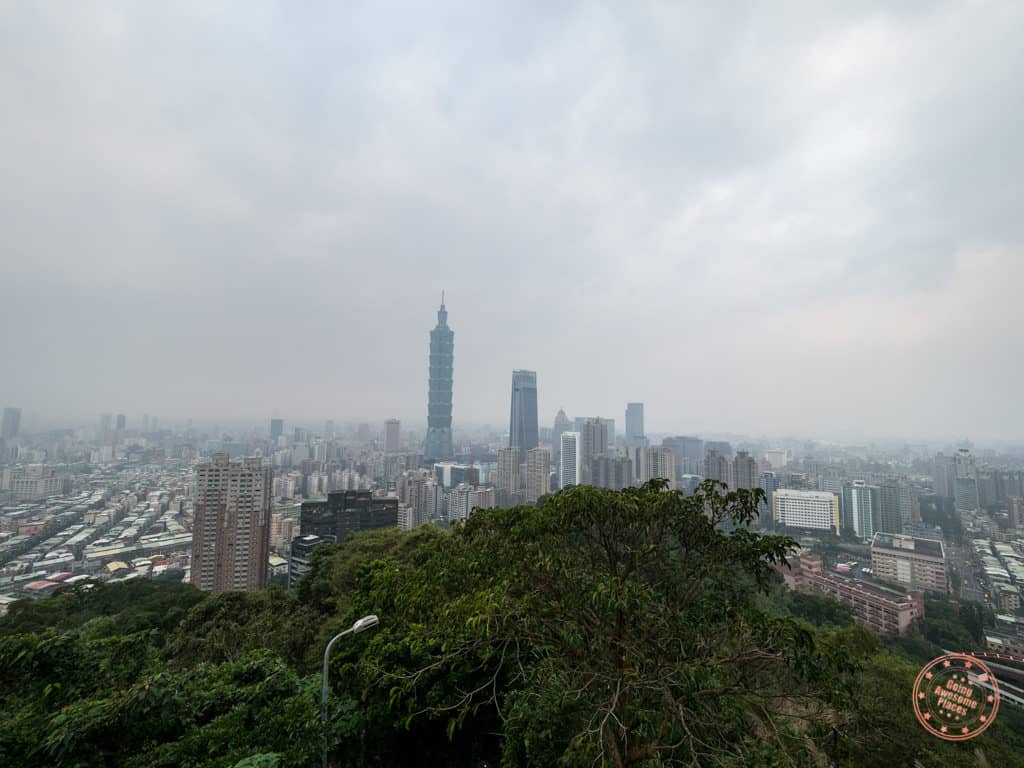
The perfect way to start your trip and get over your jetlag is to arrive in the heart of Taiwan and start wandering. Go and take in Taipei’s iconic landmarks, feed your hunger at the bustling night markets, and jump right into the colourful culture.
With limited number of days in Taipei, you’ll want to make it count and pick the places that interest you to help decide what you’d like to focus on. You won’t be able to do everything but remember that you’ll have the rest of your trip to make up for it.
For me, since I had been to Taipei before, my focus was on places I hadn’t been to which meant cutting out a lot of the highlights that other guides will take you to (i.e. Chiang Kai Shek Memorial Hall, National Palace Museum, Taipei 101, and Longshan Temple). What you’ll see below are all the places we managed to hit up in the first day before there was nothing left in the tank. The focus for the day was primarily food and also getting set up with things like the pocket wifi and EasyCard.
★ Elephant Mountain

The views from Elephant Mountain or Xiangshan are arguable the best in the city and very easy to get to as long as you have it mapped out ahead of time. The path to it will seem a little obscure but once you come out of the subway, you’ll no doubt see other tourists making their way there.
The hike itself isn’t particularly long but I would recommend preparing yourself for some serious stair-master. The ascent is a sheer 20 minute climb but thankfully there are lots of places to stop, benches to rest, and great views from the forest.
Elephant Mountain is but one of the peaks in a collection of trails that make up the Four Beasts Mountains. That said, if you’re like me and primarily interested in that epic shot of downtown Taipei, just focus on hiking straight up until you reach the Six Giant Rocks to get those iconic photos of you on the rock. There’s also big platform below the final steps up that is great for views.

TIPS: Sunset is the best time to go as you get the insane explosion of colours if the weather cooperates and past sunset you get the night skyline as well.
WHERE TO EAT
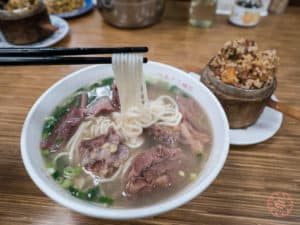
★ LUNCH: Yongkang Beef Noodle It would be a mistake not to try Taiwan’s famous beef noodle soup. When I arrived, there was a modest line outside the restaurant but turnover is relatively quick here and I was seated within 10 minutes. I ordered the non-spicy version of the beef noodles and spare ribs, both of which were PHENOMENAL. The beef was perfectly cooked in juiciness and fat. The noodles had also just the right amount of bounce. #believethehype
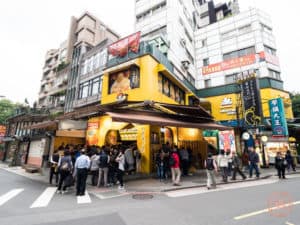
★ SNACK: Smoothie House You can’t miss this when you walk along the famed Yongkang street. This big yellow building at the corner is home to the mango shaved ice that CNN made famous (or at least that’s what the signs tell me). I ordered the mango shaved ice and it was oh-so heavenly. The shavings from the block of mango ice fluff onto a mountain which translates to a wonderfully light and melt-in-your-mouth taste that you can only equate to eating fresh snow off the ground. If that wasn’t enough mango, you get real mangoes drizzled with mango sauce and then panna cotta to top it off.
TIPS: There’s not a whole lot of seating on the ground floor but what isn’t obvious is that there’s inside seating upstairs.

★ DINNER: Jing Mei Market In search of something a little bit more local and off-the-beaten-path, I was recommended to this night market in the southern part of Taipei. I wanted a night market that wasn’t packed with tourists and I wanted to see where real locals ate. I found it in this night market. The streets weren’t overcrowded here, the food especially the octopus, fried sweet potato balls, sponge cake, and oyster omelette were all very good and noticeably cheaper than what you’d find in Shilin night market. It’s not a large market but I quite enjoyed that it wasn’t overwhelming.
WHERE TO STAY
★ The Sonnien Hotel (2 nights)
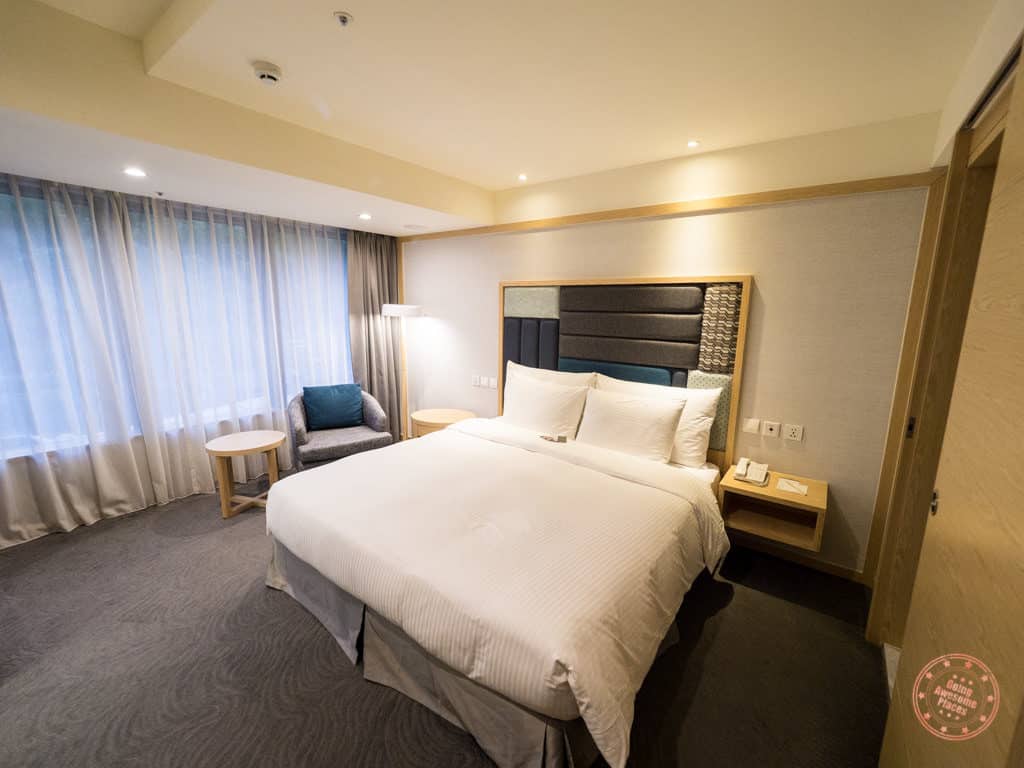
We couldn’t have asked for a better hotel to start the trip. Modern, clean, and the most fluffy of beds, it was just the right size and conveniently located.
Walking distance to Yongkang Street and equidistant from Daan Park station on the Red line and Zhongxiao Xinsheng on the Blue/Yellow line, we had no trouble getting to everywhere we wanted to go our first two nights in Taipei.
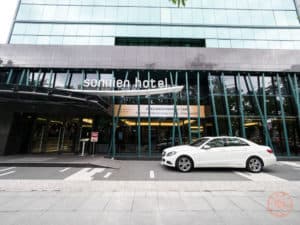
The buffet breakfast included with our stay was also fabulous with everything from hot dishes like noodles, stir-friend vegetables, dim sum, salad, congee, and miso soup. It was so good that I often regretted eating so much because there was so much other food to eat throughout the day!
TIPS: If you arrive super early in the morning like we did, I actually booked an extra night’s hotel so we wouldn’t be forced to hit the road right away. Instead, the room was ready for us and I was able to take a nap.
CHECK RATES
Save money on your trip to Taiwan
I travelled through Taiwan primarily through the help of a local company on the ground called MyTaiwanTour . They were the ones that booked my train tickets and hotels which made my life so much easier . They are an operator based out of Taipei and specialize in custom-tailored solutions and English-based packaged tours around Taiwan. I highly recommend them!
Save 5% on tours with MyTaiwanTour by using code WILL19.

>> Day 2 – Spirited Away <<
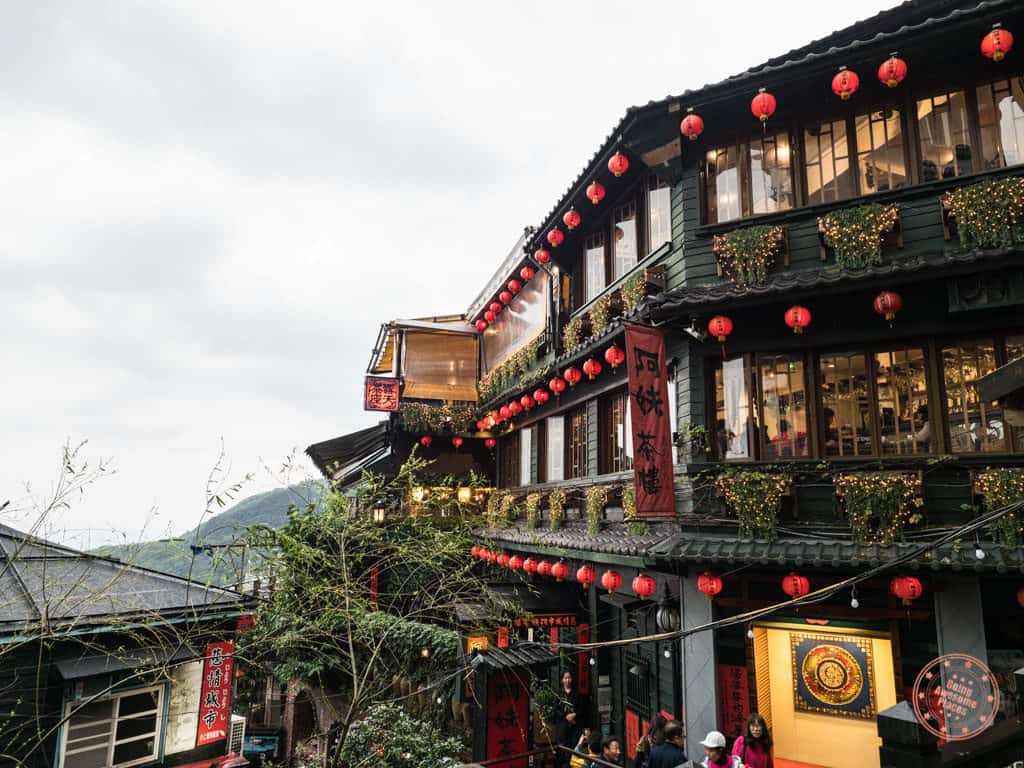
After a day getting your fill of a few of Taipei’s highlights, it’s time to shake things up and head north. What’s there you ask? If you’ve ever wanted to launch your own sky lantern, explore the remains of a Japanese gold mine, and walk through streets that inspired Miyazaki’s classic “Spirited Away”, you’re in for a treat. And yes, you get to do ALL of that in a day.
A post shared by Will ✈🌐 GoingAwesomePlaces (@goingawesomeplaces) on Dec 5, 2017 at 2:58pm PST
★ Jiufen and Pingxi Day Tour with MyTaiwanTour
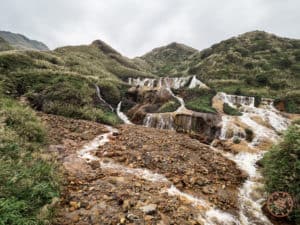
One of the things I love about Taiwan is that it isn’t very hard to get away from the hustle and bustle of the big city and get a big dose of charm, history, and culture in the northern towns. Choosing MyTaiwanTour was a no-brainer as they made it really easy to book online and is the English speaking tour that we were looking for.
In our spacious van, our group of 7 spent the day exploring these spots:
- Jinguashi Mines : Coming into Taiwan, I had little knowledge of its Japanese occupation past and this was my introduction to what is fascinating history. Front and centre in the Shuinandong area are the remains of a very serious mining operation as you get to see from afar and close up the abandoned buildings, funicular, tunnels, and land-based smoke stacks.
- Golden Waterfalls : Located just a bit further up from the mines, watch the water tumble down what really does look like a gold-laden waterfall.
- Jiufen : Once a prosperous gold mining town, Jiufen is now a popular tourist destination known for being the inspiration of Myazaki’s “Spirited Away”. Spend just a few minutes here and you can see why it has that enchanted quality to it. Adorned with strings of red lanterns, old tea houses, and streets lined with delicious local treats, we were let loose here for lunch. My only regret is that it we easily could’ve spent more time getting lost in its maze of alleyways.
- Shifen Old Street in Pingxi : If you’ve ever wanted to get the FULL experience of building a giant sky lantern from scratch, write your own wishes, and launch them to the heavens, consider your dreams fulfilled. What makes this even more picture perfect is that you get to do this in a small town while standing in between live running train track.
We came out of the tour with a better appreciation for Taiwan’s history, our tummies filled, and our wishes delivered. I would highly recommend this day trip as it’s one that would be very difficult to do on your own and I very much enjoyed the service of our guide and driver, Summer and Tom.
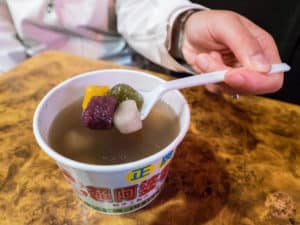
★ LUNCH: Jiufen Sure, Jiufen does get insanely packed with tourists, but we we didn’t let it bother us too much because we were hungry hippos on a mission. Our guide, Summer, gave us a few tips on what to look out for and then we were unleashed!
Here is what we picked up along the way ( for our favs):
- Stinky tofu
- Sweet glutinous balls
- Mochi on a stick
- A-Zhu peanut ice cream roll (九份阿珠雪在燒)
- Taiwanese meatball
Total damage? $325 TWD which is equivalent to a $11 USD lunch for two. DEAL!
★ DINNER: Shilin Night Market
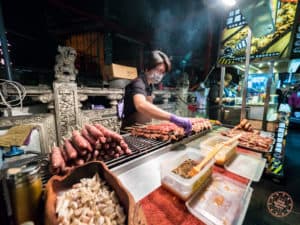
This is perhaps Taiwan’s most famous and largest night market and with its grid of streets lined with a variety of traditional, western, and local cuisines and merchandise. It’s very much a choose-your-adventure kind of experience where you’ll start off in one corner of the market and slowly make your way to the other side. Just make sure to come with an empty stomach.
MyTaiwanTour was kind enough to give us the option for drop-off after our day trip and mentioned Shilin Night Market as an option. We jumped on the opportunity because it is a bit of a distance from the Taiwan core and you really can’t say no.
TIPS: Make sure to try fried pork buns, bubble tea, wild boar sausage, and octopus. Beyond food, I highly recommend dropping a few coins on any one of the claw game booths, try your hand at one of the carnival games and the underground floor that is part of the covered section of Shilin.
>> Day 3 – Winding Up In Alishan <<
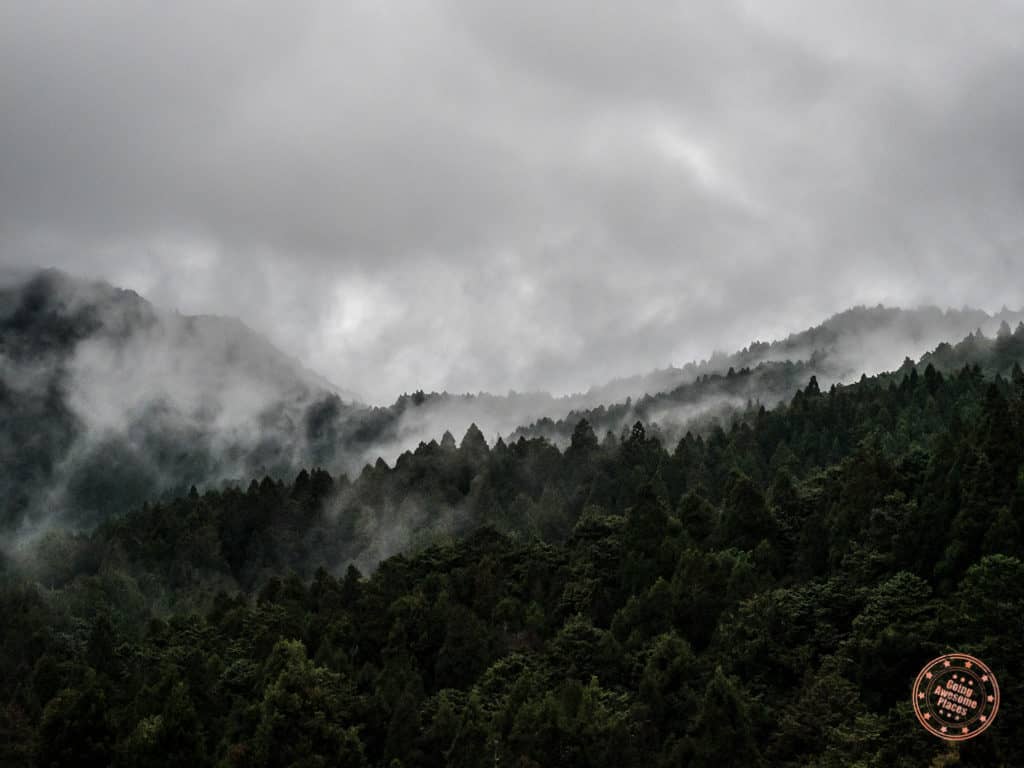
Alishan is one of Taiwan’s most visited national park and for good reason. Located way up above the clouds, it’s here that you’ll find the most magnificent terrain of giant red cypress trees that are more than 2,000 years old, Rivendell-like hiking trails, and trains from a different era. This region is also well-known for its tea because it is grown at such high altitude.
The tricky thing about Alishan though is that it’s quite the journey to get there and one that isn’t necessarily the most clear when it comes to English instructions. When constructing your itinerary, you’ll also quickly realize that you easily need to account for 2 days to make it work. As a result, this day is dedicated to getting to Alishan which is quite the adventure on its own.
HOW TO GET THERE
There’s so much information about this that it really deserves its own dedicated article so make sure you read the full guide on everything you need to know about Alishan .
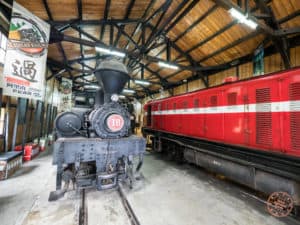
Since we elected to take the bus up to Alishan, we could have easily bypassed the small town of Fenqihu but I’m sure glad we didn’t.
Fenqihu is an old town that used to be a legitimate refuelling stop for the trains heading their way up to Alishan for what used to be a lumbering operation. Today, it is mainly a rest stop for travellers that want to see the fascinating railway museum, the old street which features food specialities, similar to that of Jiufen, and most importantly their famous ‘Fenqihu bento box’.
TIPS: There are lockers at the train station for $NT 30 for 3 hours which is perfect for your refuelling stop.
★ Sunset from Alishan House
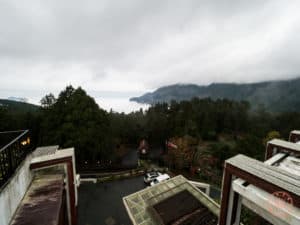
Psst…I’ll let you in on a secret. The sunsets from Alishan House are just incredible. Now I probably shouldn’t be telling you this but whether you stay there or not, I would recommend sneaking inside and going up to the 8th floor observation deck . If you’re lucky, you’ll see the sea of cloud that Alishan is known for.
I ended up showing up here towards the end of the sunrise because I wasn’t sure if the rain would dissipate but when I got there it did. I had a mind-blowing 20 minutes filming a timelapse of the waves of clouds climbing the mountainside.
★ LUNCH: Fenqihu Bento Box Place
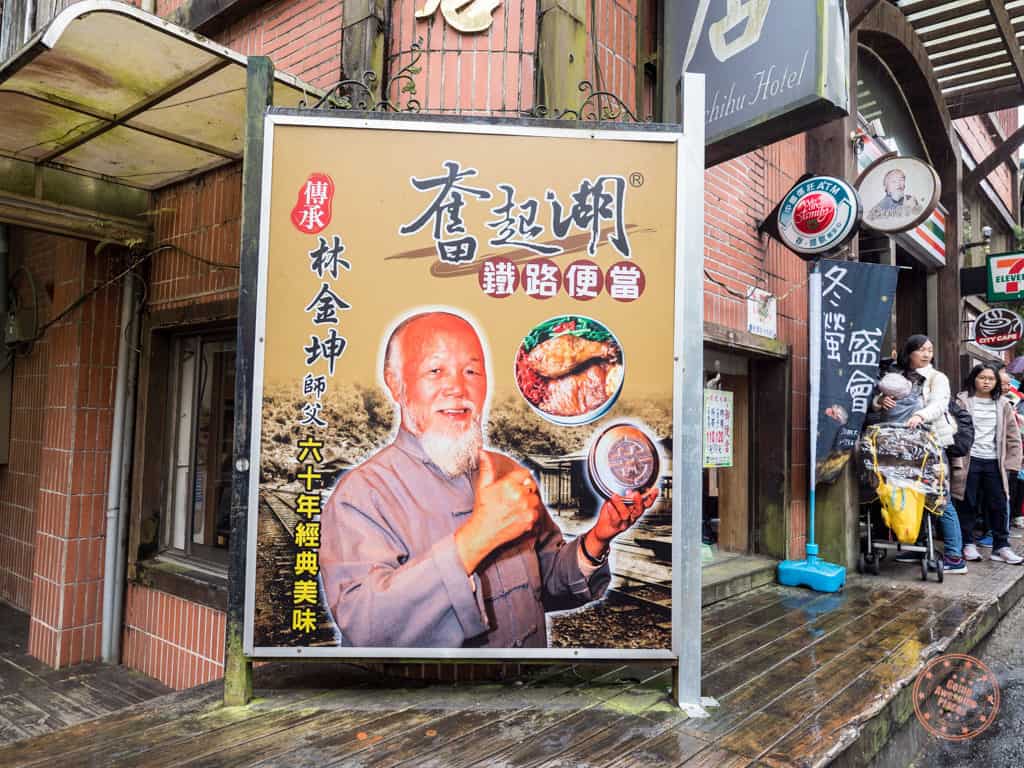
There’s probably a more proper name for this place but when you get to Fengqihu, everyone will know what you’re talking about and if not, just follow the posters of the bento box to a 7/11 along the main street. You can either take a bento box to go for $NT 100 or eat in for $NT 120 for the authentic metal container experience.
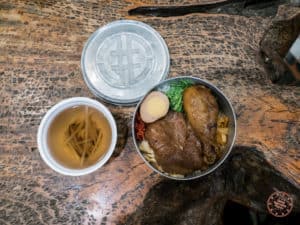
The epitome of Taiwanese comfort food, it comes with a bed of rice with a pork chop, drumstick, tea egg, and a mix of fresh and preserved vegetables. It was the perfect lunch, so much so that we started with one and ended up with two for the both of us. If you decide to eat in, you can also have their mushroom and bamboo shoot soup.
TIPS: If you’re looking for a unique souvenir, you can buy a metal bento containers for $NT 300 (includes the meal). We were thinking about picking one up but they couldn’t confirm whether it was oven safe or not.
★ DINNER: Room Service at Alishan House
The truth is we were exhausted by the time we got to our hotel and it just seemed like too much work to take a shuttle back down to the train station where there were a number of local restaurants. The restaurant at the hotel was also a little expensive for our tastes since it was a buffet ($NT 900 if I remember correctly).
If you’re curious, we ended up ordering fried rice and noodles from Alishan House’s room service but if we had a little bit more energy, I’m sure we could’ve had a better meal at the entrance to the park and near the visitor centre.
★ Alishan House
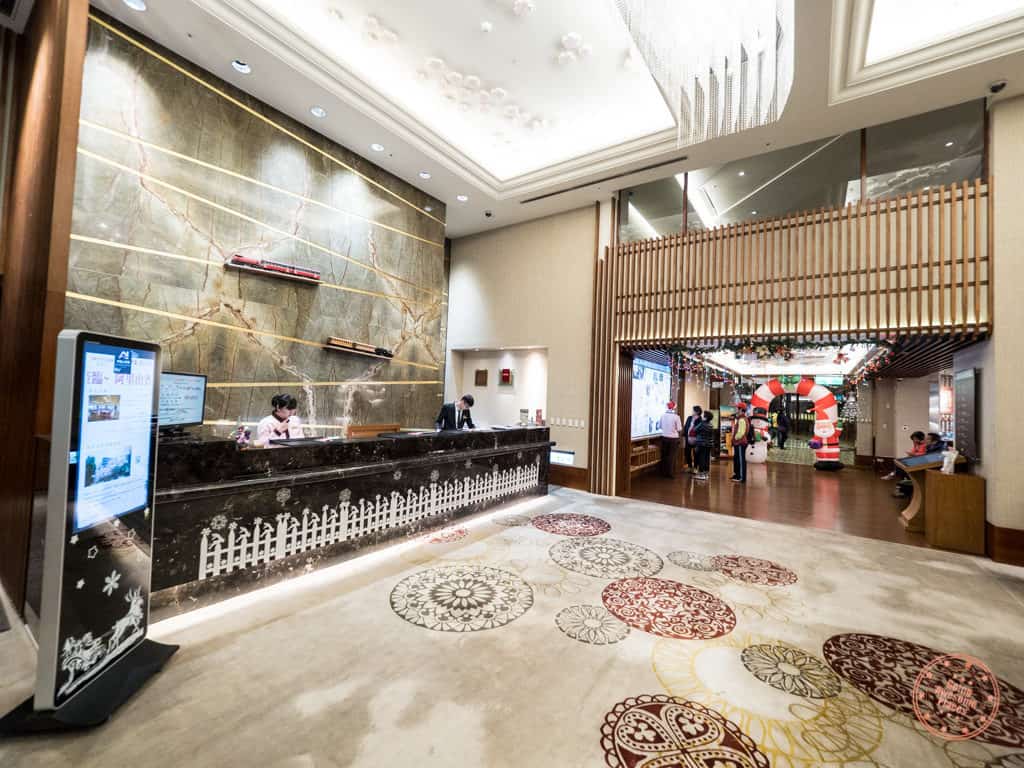
I’m not sure if I’d recommend staying anywhere else if you come to Alishan. It’s one of the few properties that is inside the Alishan Forest Recreation Area and is most definitely the nicest. For quite a reasonable nightly rate, you get a number of bonuses and conveniences that more than make up for the cost.
- Massive room that you can tell was recently renovated, has a huge bathroom, and complete with fireplace and balcony
- Hiking trails in the park start right from the hotel which means you don’t need to purchase additional train tickets from the Alishan station to Zhaoping station
- Complimentary shuttle service to and from the train station
- Convenience of purchasing sunrise train ticket from the front desk
- Willing to hold bags for you as you explore the next day
- The most decadent of breakfast buffets
- The observation deck is just awesome
A nice bonus is that each room comes with a single-serving of the region’s famous Alishan tea.
>> Day 4 – The Almost Sunrise <<
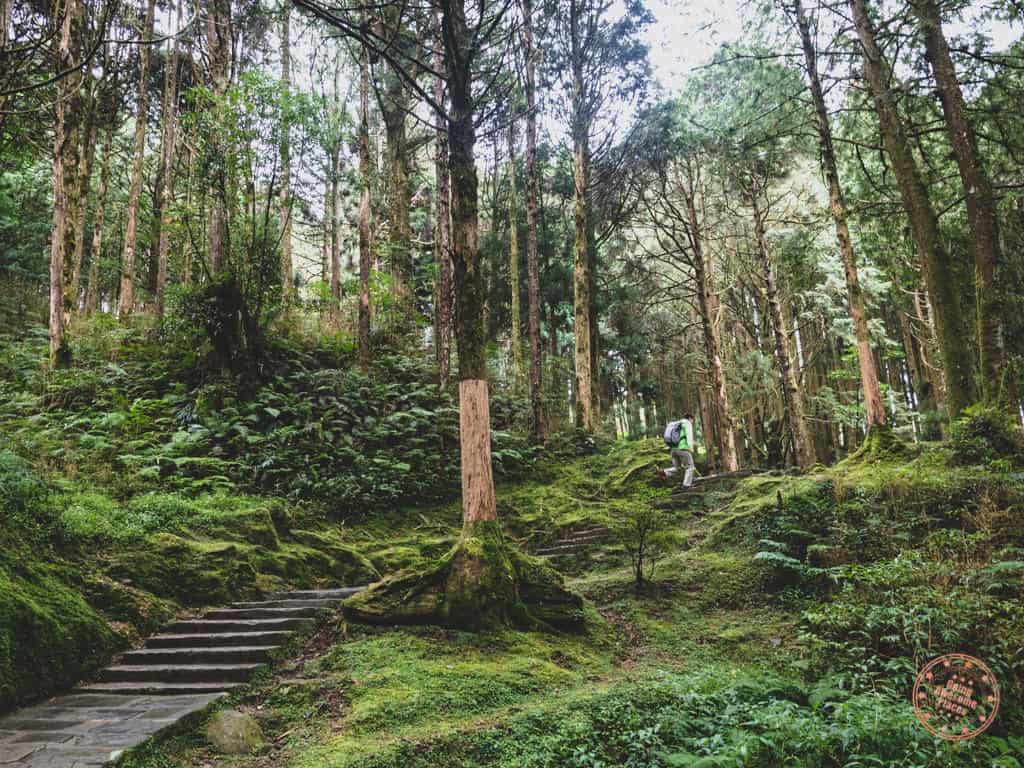
They say there are 5 wonder of Alishan but the most well-known of them all and the one that everyone goes crazy for is the sunrise. There’s good reason for it as it’s apparently ranked #16 in sunrises around the world. Now where that list comes from, I have no idea, but I heard it from the crazy local guy shouting to the crowd of sunrisers so it’s gotta be real right?
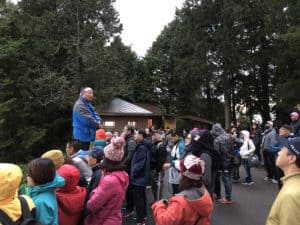
Now I can’t promise that you’ll see a sunrise there but what I can promise you is that the forest trails in the rest of recreational area are quite the magical experience especially when you get that moment by yourself and you feel that you can hear every pin drop. Whether you’re watching the train run through what seems like an ancient track, you’re feeling puny standing beside giant trees that are actually ancient, or you feel like you’re in a scene lifted from the ancient forest of Mirkwood of the Woodland Realm 🤓.
Now what are the rest of the wonders of Alishan? There’s the sunset, forest train, forest trains and cloud sea. What I love about Alishan is that it’s not overwhelmingly large and with one day, you can easily see all the wonders and not feel like you missed out on anything else.
HOW TO GET TO THERE
For a detailed account of how the sunrise works, how to get back down to Chiayi, make sure you read the full Alishan Guide .
★ Alishan Sunrise
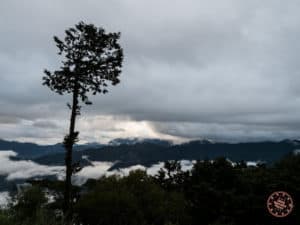
I have no doubt that when you can actually see a sunrise, the view is quite glorious. We weren’t quite lucky enough due to the time of the year but that’s kind of how it goes! That said, I do consider ourselves lucky that it wasn’t a total wash when it came to the views as the sky opened a few times and we also saw the forming and flowing of clouds in the valley beneath us.
The sunrise itself isn’t on any peak called Alishan but in fact an adjacent mountain called Chusan. That is why you have to take a separate train from Alishan to Chusan station so you can rise up to an elevation of 2407 meters to look at the surrounding mountain range.
If you get hungry up there, there are a line of stalls that open specifically for the sunrise. The food may not be very good but it’ll help tide things over until breakfast.
TIPS: The sunrise position changes throughout the year. In the winter time, the sun comes up towards to the right side and in the summer, it’s more towards the left side so pick a spot accordingly.
TIPS: Tripods are allowed but just note that you’ll be jockeying with other people for space so be careful. Also, you’ll notice that there’s a single tree near the middle and beyond the fence that will make it challenging how you want to frame your shot (to have the tree in your shot or not). I started with a wide angle lens but eventually went for a longer lens to capture the detail in the clouds. Just be prepared to adapt to the changing weather conditions.
★ Alishan Forest Trails

Beyond the sunrise, there’s a magical network of trails in the National Forest Recreation Area to be discovered where ancient trees stand tall and a narrow-gauge train runs through. You’ll catch yourself wanting to take photos from every angle here as it’s photogenic everywhere you walk through.
For the full details of how we broke down our day between sunrise and hiking the Alishan forest trails, make sure to read Everything You Need To Know About Alishan .
In retrospect, coming to Taiwan in December and during low season worked out quite well for us in that it never felt like there were an immense number of people which was one of my biggest worries in reading about everyone else’s experiences. The train ride up to Chusan wasn’t ridiculously packed, the trails were never lined with tourists, and the buses to and from the park were never full. Now if you came during high season, I’m sure the experience would be a little different.
What we missed: Giant Tree of Mt. Shuishan and extended hiking trails like the one up to Tashan
Besides the breakfast at Alishan House, we didn’t actually end up having a proper meal the rest of the day. We just had a bunch of snacks that we had accumulated from the trip so far and things we picked up at 7-11 or Sushi Express takeout we grabbed at the Chiayi THSR station.
By the time we got to our hotel in Kaohsiung, we were both too lazy and tired to head back out.
★ Hoya Resort Hotel
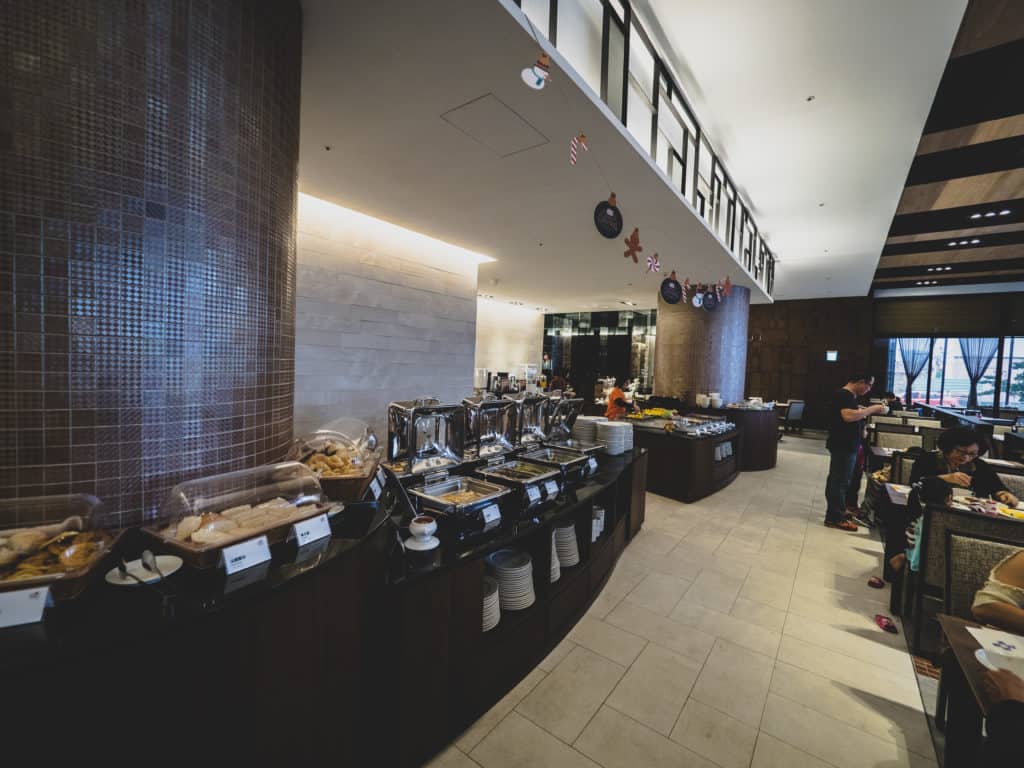
This is a practically brand new hotel in Kaohsiung which was a nice surprise because the room was modernly decorated, very spacious, clean, and comfortable. It’s also neighbour to the Kaisyuan and Jin-Zuan Night Market which is key because the truth is that it’s a little bit far from the centre of the city. Just note that Kaisyuan is closed on Tuesdays and Thursdays, and Jin-Zuan is only open on the weekend.
I usually don’t complain too much about location but once you’re off the subway, there’s quite a long walk without a true sidewalk to get to the hotel or you have to hail a cab which isn’t very convenient. As a result, we didn’t end up going back out the night we arrived. My recommendation would be to find a hotel closer to the Zuoying THSR station or Formosa Boulevard Station (where you’ll find Dome of Light) to avoid the long commute especially if you’er only staying the one night.
>> Day 5 – Artsy Urban Kaohsiung <<
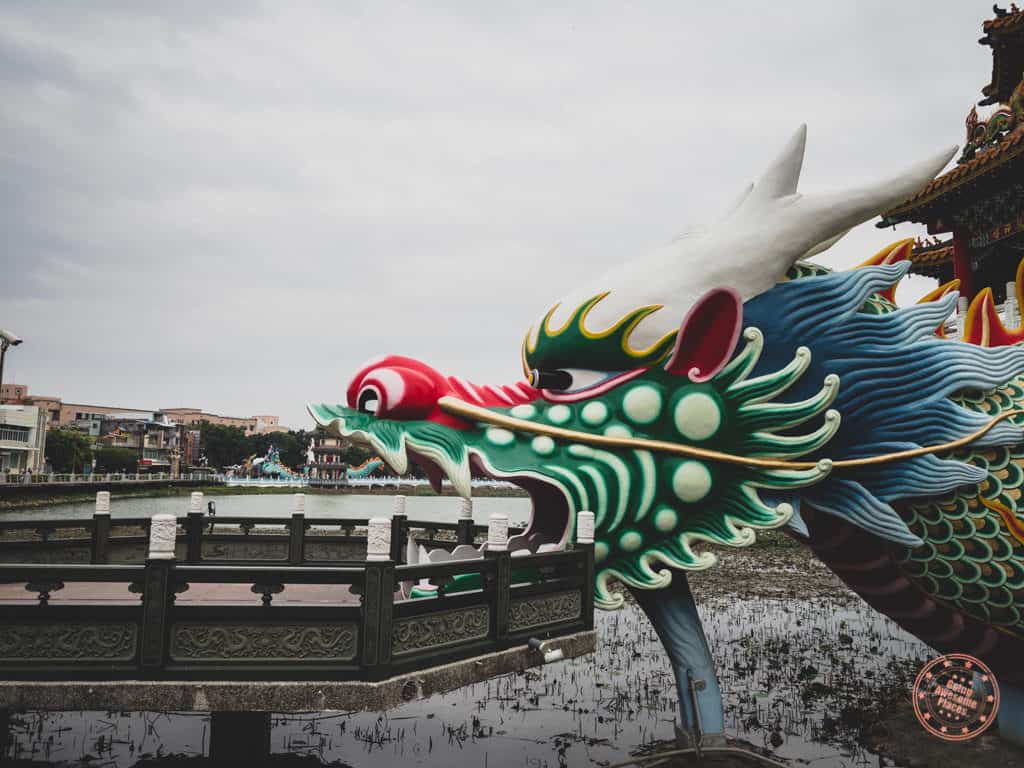
The southern city of Kaohsiung is Taiwan’s second-largest city is nothing like its bigger brother and that’s what makes it such a worthy destination. Where Taipei feels packed in, aging, and sprawling, you immediate feel that there’s so much more breathing room here with its wider streets and modern urban landscapes of skyscrapers, airy cafes, gentrified spaces, bicycle lanes, and ferris wheels on the tops of malls. There are less people rushing around, less cars on the road, and fewer people to be seen.
The biggest surprise of all was perhaps the vision the city had in converting a once-thriving industrial port into a hub of art, design, and entertainment. With its graffiti, art installations, galleries, trendy cafes, and boutiques, it’s the perfect place to wander. We kept making more and more discoveries here that what was supposed to be an hour-long stop turned out to be our whole afternoon.
This is your only day to explore the city before catching a shuttle bus down to Kenting so make the most of it!
★ Tiger and Dragon Pagodas
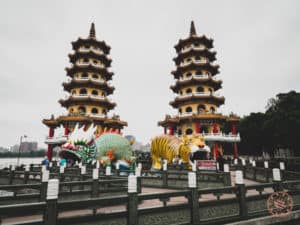
Feel down on your luck and looking for a way to turn things around? Look no further than this beautiful twin pagoda.
Run into the dragon’s mouth and out of the tiger’s mouth, said no one…ever! This little superstition has had locals and tourists alike running through to reverse one’s fortune for centuries. Now whether you believe in luck or not, you’ll still be impressed with the extraordinary detail of the largest paper mache dragon and tiger you’ll ever see.
Climb up one of the pagodas to get a great view of Lotus Lake and the number of other pavilions that line the shore.
TIPS: This is surprisingly difficult to get to mainly because it’s not on the subway line. To save time, I would suggest taking the cab there. We ended up commuting it and learned through a bit of trial and error that from Zuoying THSR station that you have to take the TRA train one stop south to Zuoying Station (I know, not confusing at all). This is where the kindness of locals came in .
★ Pier 2 Art District
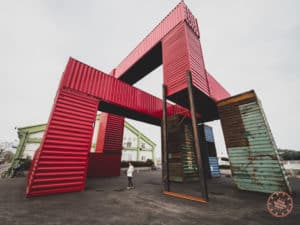
No one would’ve guessed that abandoned warehouses in Kaohsiung’s harbour would be the perfect spot for a quirky arts hub. What they’ve done is truly remarkable by bringing in local artists to completely revitalize an area to become a fresh urban space to spark commerce, tourism, and creativity.
Get your camera ready and strike a pose because you’re going to have a ball roaming through the vibrant spirit of my favourite spot in the city.
TIPS: If you keep going further down on Pier 2, eventually you’ll find SunnyHills which is a famous pineapple pastry shop in Taiwan. Go inside and you’ll be offered tea and a sample of their cake. It’s all free!
★ Dome of Light
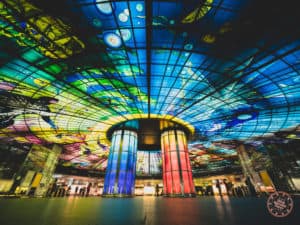
Located in the Formosa Boulevard Station, the main interchange stop on the MRT, this glorious display of coloured glass is something that will make anyone stop and stare for those passing through. What’s impressive about it is the scale of the public installation and how it feels like it belongs more in a Las Vegas casino than a subway station. When you come here, make sure to see if you can spot the four themes of Water, Earth, Light, and Fire.
What we missed: Cijin Island, Love River, and Ruifong Night Market
WHERE TO EAT ★ LUNCH: Gang Yuan Beef Noodles
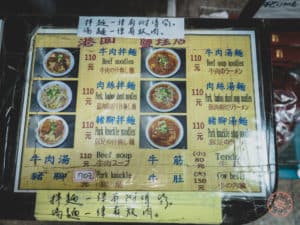
You can’t have enough beef noodles. That is a fact. Being in a new city, we wanted to try another favourite and were not disappointed. As far as beef noodles go, the noodles are perfectly cooked with the right amount of bounce, and the beef, a remarkable balance of fat, juicy, and tenderness. Now if I were a judge, I’d say Yongkang Beef Noodle has the slight edge for the soup base and impossibly tender pieces of beef.
The menu is pretty easy to understand here as there aren’t many choices and as a bonus, since they do get many international visitors, they also have an English menu right up at the counter.
★ SNACK: buonopops
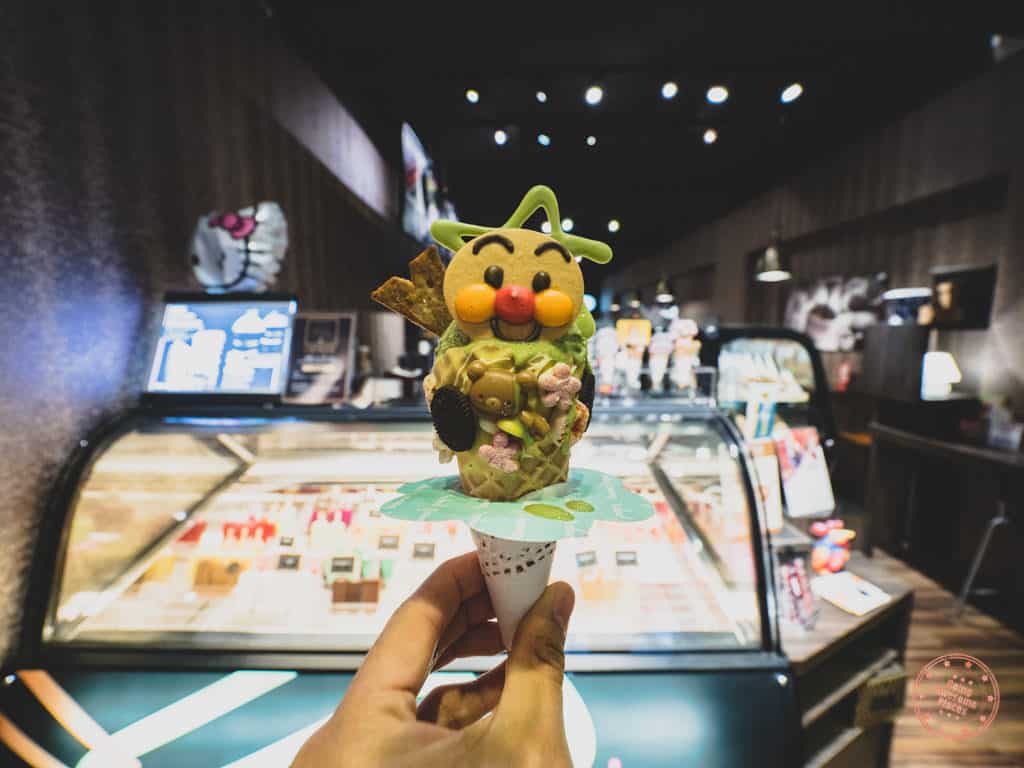
If you’re looking for Instagrammable ice cream, this is the place but when it comes to how it actually tasted, I don’t know if I’d be able to recommend it.
★ DINNER: A-Fei Restaurant
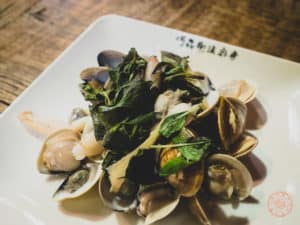
By the time we reached Kenting, it was quite late and so it was perfect that our hotel for the night also had its own restaurant downstairs. This was in fact the first time on our trip we had a sit-down dinner.
We ordered fresh seafood paired with stir-fried vegetables, rice, and beer with live music in the background which made for the perfect end to our day. A-Fei even came by to say hello and chat which was a nice welcoming touch.
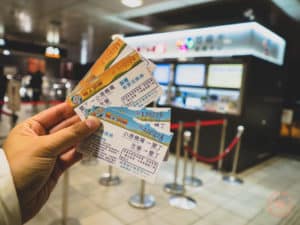
Luckily, getting to Kenting is pretty straightforward. When you’re at the Zuoying THSR station, look for a special booth that sells shuttle bus tickets to Kenting on your way down to metro station. The good thing about this shuttle is that it is quite frequent (practically every 30 minutes from 8:30AM to 7:10PM).
There are two ways you can pay.
- Discounted roundtrip tickets – $NT 600 which has an open ended return date
- Pay with EasyCard – This is already discounted but you’d have to pay the amount of fare required for each leg you make.
If you’re desperate or missed the last bus, there is always the sketchy local people standing at the bus stop offering people direct rides to Kenting.
TIPS: The roundtrip ticket is a pretty solid deal and definitely cheaper than paying through EasyCard. The only downside is that you can’t use your EasyCard credit to pay.
TIPS: If you have a luggage situation for your day trip exploring Kaohsiung, you can either leave your luggage at your hotel if it’s central enough or you can use the super convenient luggage lockers at the Zuoying THSR station. It only costs $NT 50 for 3 hours (little more than $1.50 USD).
★ A-Fei Surf Inn (2 nights)
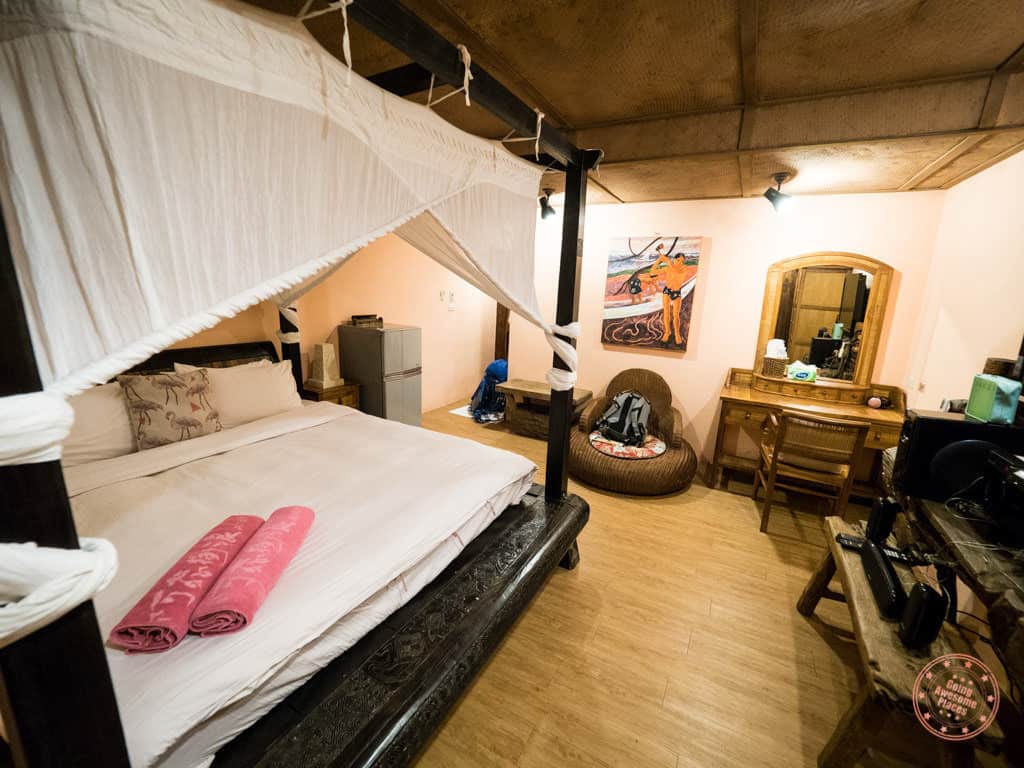
This was probably our big surprise hotel stay of the entire trip and I say that in a good way. Locals and travellers make their way to Kenting because they want to do one of three things: surf, beach, and party. A-Fei ticks off all of those boxes.
We were kind of dropped into this world of A-Fei that pretty much offers everything you would want or need. Want to go surfing? He’s got the gear, the transportation, and instructors. Want to go to the beach? Nanwan Beach is right across the street. Want to eat? Breakfast is covered, and they’ve got fresh seafood cooked to order for lunch and dinner. Want to party? They have live music every night and a super friendly owner in A-Fei himself that loves hanging out with his customers.
I haven’t even mentioned our room yet which is uniquely decorated with an eclectic yet appropriate mix of memorabilia from west coast surfing USA, wood carvings from Bali, and decor reminiscent of Hawaii. It’s a distinct hotel room that gives homage to the great surfing capitals of the world and has a chill vibe that made us feel at home.
>> Day 6 – The Surf Challenge <<
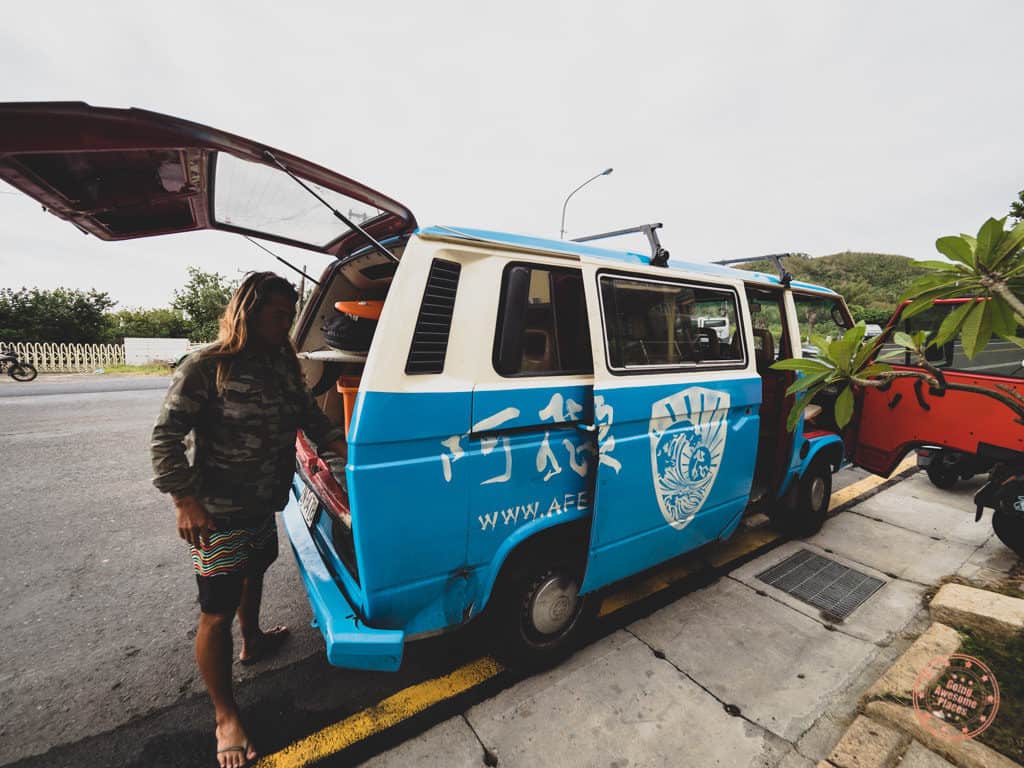
Kenting occupies the most southern part of Taiwan and is the country’s very own beach vacation destination with long stretches of sand, big waves, turquoise waters, rugged high cliffs, and low hilly terraces. Locals and travellers alike come to Kenting to escape and experience the outdoors in a carefree way. With the humidity and temperatures up a notch, there’s plenty of activities to do.
For us, it was the first time we were able to shed our rain jackets and long sleeves and were able to trade them in for shorts and flip flops – a much welcome change to our fast-paced schedule. In Kenting, we made the best of it with our mix of water and land-based fun.
★ Surfing with A-Fei Surfing
Staying at A-Fei’s was intentional in that we knew we wanted to go surfing in Taiwan at some point in time. Kenting is the perfect place to do it we learned in the winter as the wind was coming in from a northeasterly direction which meant that Taitung would be too strong, leaving Kenting more favourable for beginners.
We let A-Fei and his team know that we wanted to surf the night before and we were pretty much all set to go after breakfast the next morning. Practically everyone staying at A-Fei’s was surfing so we all got together at 9AM, grabbed our gear (rashgaurd, boots, wetsuit and board), and proceeded to load up a classic Volkswagen T40 hippie van.

Since the waves weren’t looking great across the street at Nanwan Beach, A-Fei decided that we would attempt the beach at Jialeshui which is also where he has his other surf shop and guesthouse (Nanu). We got dressed at the Nanu shop and went down to the beach.
We had grand visions of riding surf like pros in Kenting but as we got down to the beach and received instructions for where we needed to paddle to, it quickly became apparent that we were in way over our heads. With a no-fear mentality, we still jumped into the water with our boards and made it out to where we needed to be but the waves were simply too large for us and we floundered like poor helpless fish. The paddle back to shore was even more difficult as the waves were pushing us into the rocky shore as we tried to maneuver around. I ended up being smacked on the head with my board and my wife in the shin.
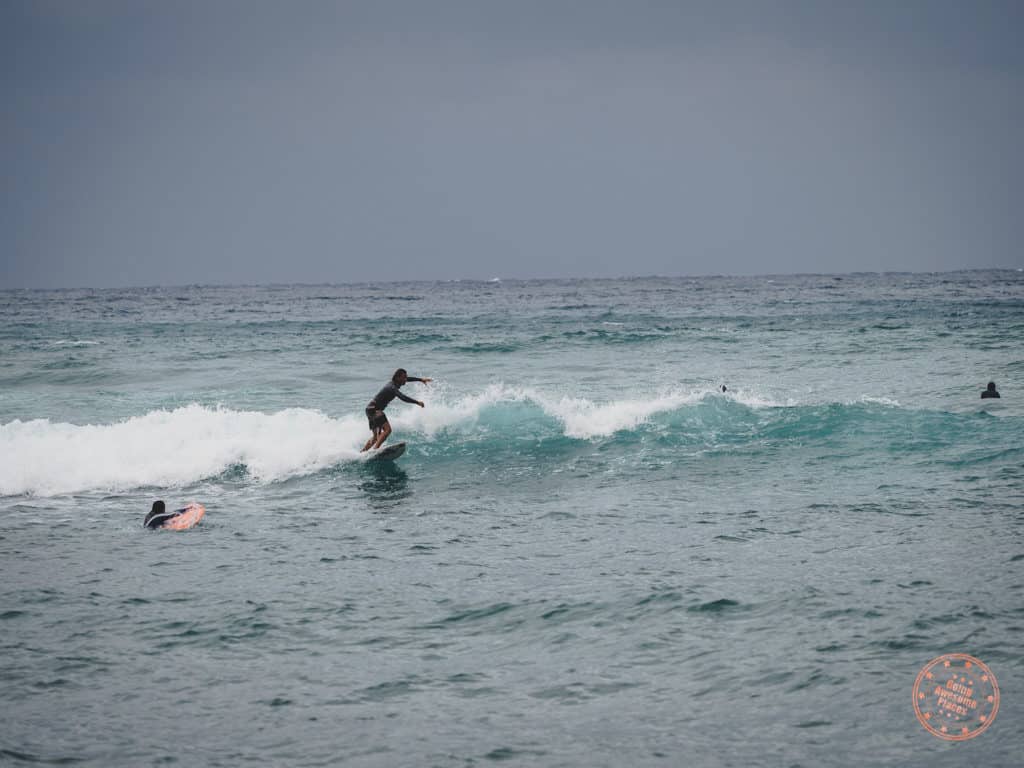
Overall, I thought the surfing operation was run quite smoothly end to end where as a group we got transport to the beach, had a place to store our clothes at the Nanu shop, could rinse off, and be driven back to Nanwan. From the beach, I could see that the others were able to rock some serious surf. You just kind of needed to know what you were doing.
Cost: $NT 700 for gear rental (board, booties, and wetsuit)
TIPS: If you’re a beginner like us but have done a few lessons already, let them know that you want to do the beginner surf or tag along one of the introductory lessons. This way you only have to pay for rental but still be within sights of an introduction instructor.
★ Scooter Adventures
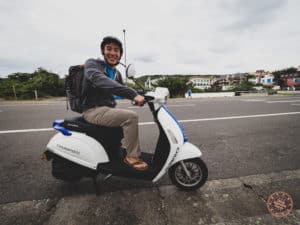
The best part about Kenting isn’t necessarily any specific beaches or sights but it’s the chance to live like a local and drive the most popular form of transportation. You see scooters all over Taiwan but in the big city it’s a little overwhelming so when you get the chance to do it in the tropical south, you have to jump on the opportunity.
What we soon learned though is:
- Beyond the fun factor, you kind of need a scooter in Kenting because there isn’t much of public transit there
- It’s not very easy to rent a scooter as a foreigner – gas powered scooters require a special Taiwan license and battery powered scooters require experience
A-Fei suggested a nearby scooter shop which we visited but when they asked if we had ridden a scooter. I replied honestly “no”. Initially, they said it would be too dangerous for us but then called his boss and said that he would give us a lesson in their other store.
We got picked up and driven to their main store. The lesson itself was pretty simple but I’m glad that they spent the time to teach me how to drive it, do things like make turns on streets, and what not to do. They even watched me drive up and down the street. Once we got the go-ahead, we signed some basic papers and we were on our way.
At this point it was already past 3PM so she charged us half a day’s rental for $NT 500 including the discount since we were guests of A-Fei’s. The nice part is that they said we could return it anytime in the night since they live upstairs and that they’d be able to give us a ride back to our hotel.

We didn’t have too much time to explore all of Kenting on a scooter but did manage to hit up Sail Rock and Eluanbi Lighthouse before turning back around to do the night market.
TIPS: Kenting is honestly hard to enjoy without a scooter or your own transportation simply because there isn’t much in the way of frequent-enough public transit. Without a scooter, you’re more or less stuck in whatever part of town you’re in.
What we missed: If we had more time, we would have loved to have done a full loop around Kenting and make more stops along the way. ATV-ing was another popular Kenting activity that would’ve been fun to do.
★ LUNCH: A-Fei Restaurant
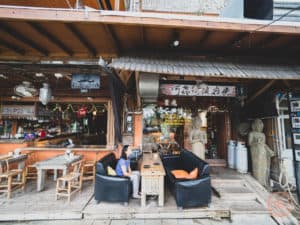
A-Fei convinced us to have lunch at his restaurant downstairs which actually worked out quite well since our room is right above the restaurant. Throughout the morning, he was telling us about his awesome pork and lamb dishes so we couldn’t refuse.
A-Fei hustles hard but he wasn’t kidding about how fresh and tasty his food is. If you’re staying at A-Fei’s, it’s definitely a good idea to have at least one main meal there.
★ DINNER: Kenting Night Market
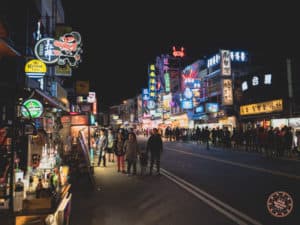
There’s no livelier place in Kenting than the night market along the main downtown drag. What’s incredible about it is that it’s the main artery through the town with regular car traffic passing back and forth but amidst it all are portable carts that get rolled in and massive crowds fill in once the sun goes down.
As far as the food goes, it’s a lot of the standard fare that you’re going to expect to see at any night market. We had an assortment of pastry, fresh coconut, green onion cake, “sausage in a sausage”, bubble tea, and ice cream to round out our meal for the night. There wasn’t anything unique per-say but it was a fun way to cap off our day and having our finger on the pulse of the town.
>> Day 7 – Fly With The Wind <<
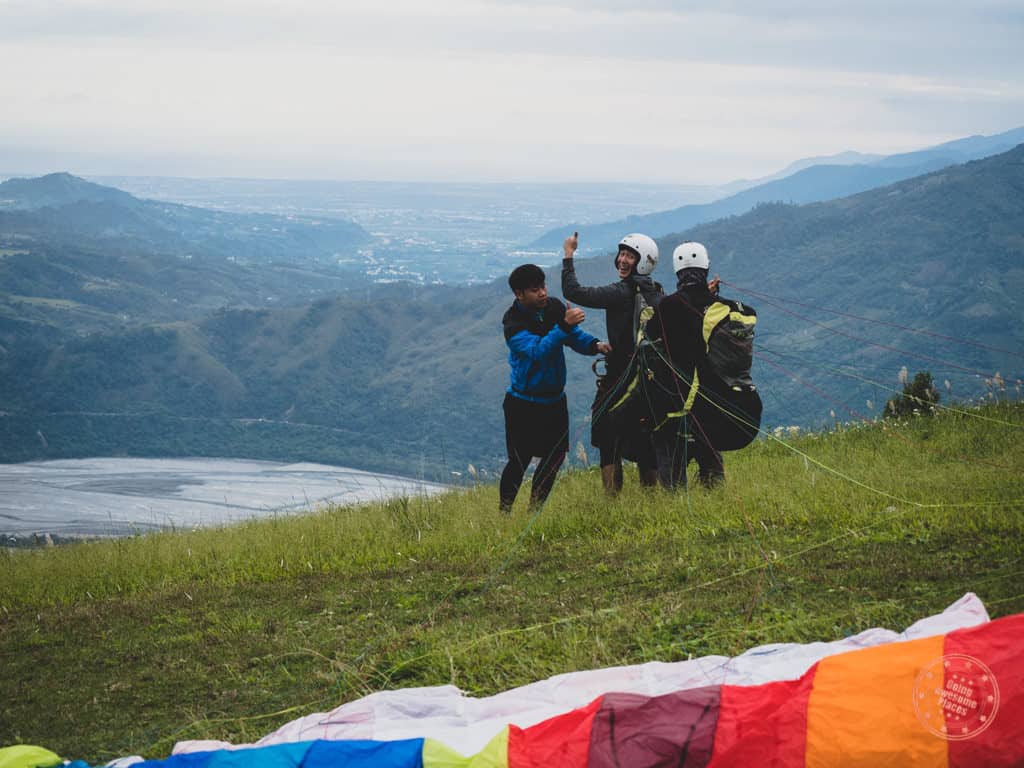
Continuing along the coastline, arrive in the city of Taitung. On the onset, it may not feel remarkable as a destination on its own but stay a few days and you’ll slowly be able to unravel adventure, ecological, cultural and culinary gems that have led to it being dubbed as “garden of Taiwan”.
After a half day commute from Kenting to Taitung, we settle into our hotel for the night but the biggest surprise was to come. I had read that paragliding was a popular activity in the region. Having been yearning to do it for years now, I knew that I had to pounce on this opportunity. With a contact I found online, we called to find out what the situation was. Through my broken Mandarin, I learned that the winds were starting to change and that if we wanted to do it, it had to be that day. We immediately packed our things and hauled ass out of there.
The paragliding experience was a dream come true for us. Soaring through the sky with our feet dangling over the expansive farmland below and surrounded by the vastness of mountains and valleys, my fear of heights was immediately dashed. The crazy thing is that I got to do it twice too.
Getting to Taitung
From Kenting, you have to take the shuttle bus back towards Kaohsiung but get off a little earlier in a place called Fangliao. It’s here where you catch the local train that will take you straight into Taitung.
Getting to Luye Gaotai
Waiting for the tourist shuttle bus would have taken too long and so we got our hotel to hail a cab for us. It cost us $NT 700 (~$24 USD) but we managed to get to paragliding spot by 3PM.
Getting Back to Taitung From Luye Gaotai
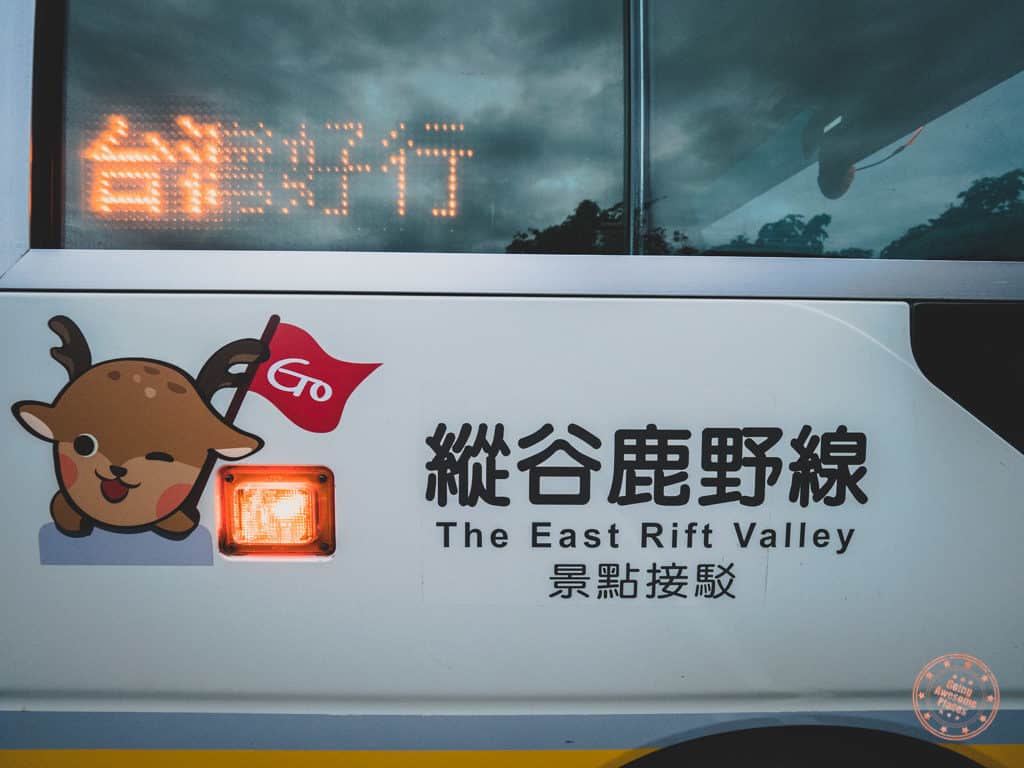
This was a bit of an unexpected adventure for us. We knew from our printed bus schedules that there was one last tourist shuttle bus at 5:10PM. We started our way down when we learned that there was a cheaper way back to Taitung via a train from Luye. We got to the train station at 5:27PM but we soon learned that we had to wait until 6:40PM which gave us time to grab a spontaneous dinner with our new Taiwanese friend. In retrospect we should’ve just stayed on the bus because we would’ve gotten back in the city by 6:30PM.
★ Soaring Paragliding (翱翔飛行傘)
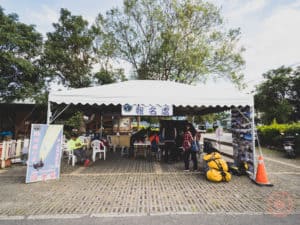
The two places I knew we could do paragliding in Taiwan was near Taitung and Hualien. With two days in Taitung, I knew that this was the best spot to do it and it worked out fabulously for us. Perched up on a giant hillside, Luye Gaotai is the perfect place for paragliding with its cliff that overlooks a chessboard of farmland.
For the full experience, read more about it .
Cost:
- $NT 2500 for a minimum 10 minutes or $1800 for 5 minutes ($60 – $84 USD)
- $NT 400 to rent an action cam (GoPro extendable stick free to rent if you bring your own device)
- Phone: Mr. Chen +886-956 377 533
- Website: Facebook Page
TIPS: If you look online, you will no doubt find activity aggregators selling packages for paragliding but the truth is, there’s only one operator in the Luye Gaotai area and it’s Soaring Paragliding. Also advisable to call a day before you get to Taitung to find out what the weather conditions are like. It helps to speak Mandarin but with how friendly they are there, I’m sure you’ll be fine with English.
TIPS: Make sure to bring your passport for registration purposes.
★ DINNER: Fried Chicken and Tofu
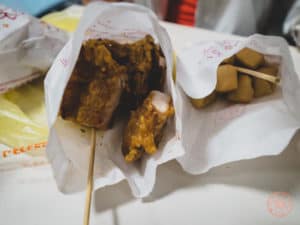
Another on-the-fly meal we had as a result of our transit improvising. With the help of our local friend that we met along the way, he pointed out a popular fried chicken spot along the main street of Luye which turned out to be quite amazing. The chicken was fried to perfection in that Taiwanese popcorn chicken flavour tossed with salt and pepper. Equally as incredible was the fried tofu which was probably an even more of a surprise of the night.
★ MATA Indigenous Cultural Resort
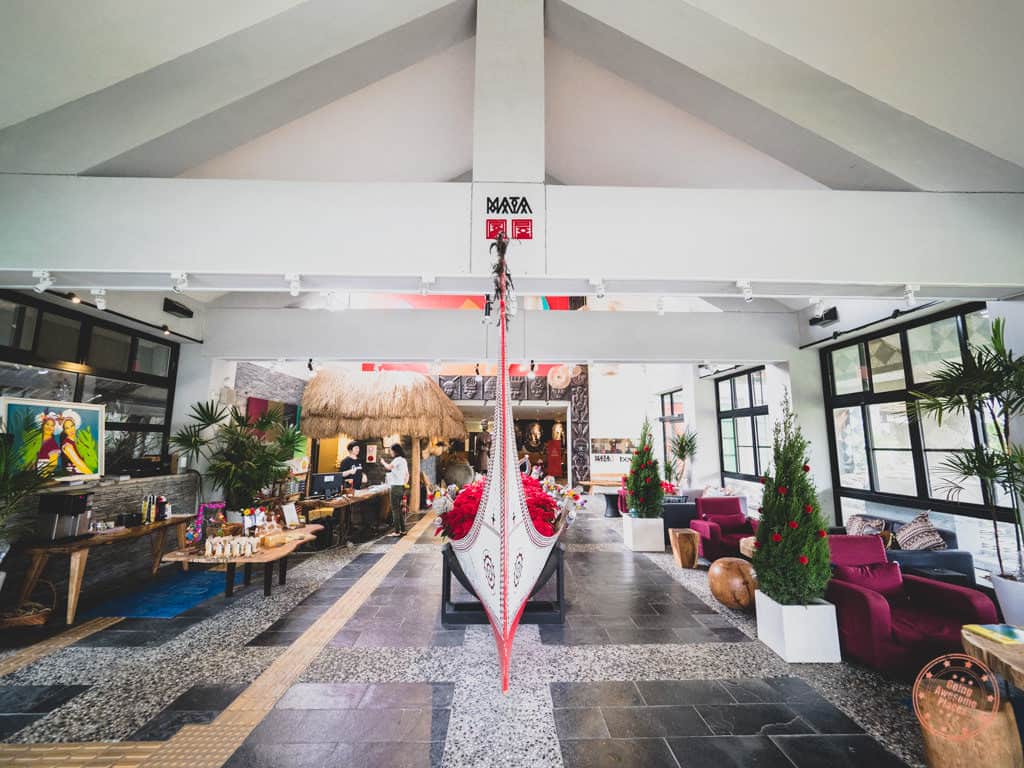
I honestly have mixed feelings about this “resort”. In seeing the name of the property, you’d expect that they’d have a full-fledged indigenous cultural experience available for guests but upon arrival, all we got from the receptionist was a feeling of “there might be a performance tonight…maybe?”
The property itself is beautifully built with a giant replica of a wooden boat used by one of the tribes and other various artifacts on display. Outside, there’s also a large field that I can only presume is used as a stage for performances but perhaps it’s only used during high season or if there are large tour groups.
On one hand, I loved the hotel for its clean and spacious room, and amazing breakfast but couldn’t help feel shafted that we got absolutely no culture other than the visuals and CD that was played in the lobby.
TIPS: Bike rentals are free for 3 hours but if you want to take it out for longer just let them know. If they’re not busy, it shouldn’t be an issue.
>> Day 8 – Ridin’ in Taitung <<
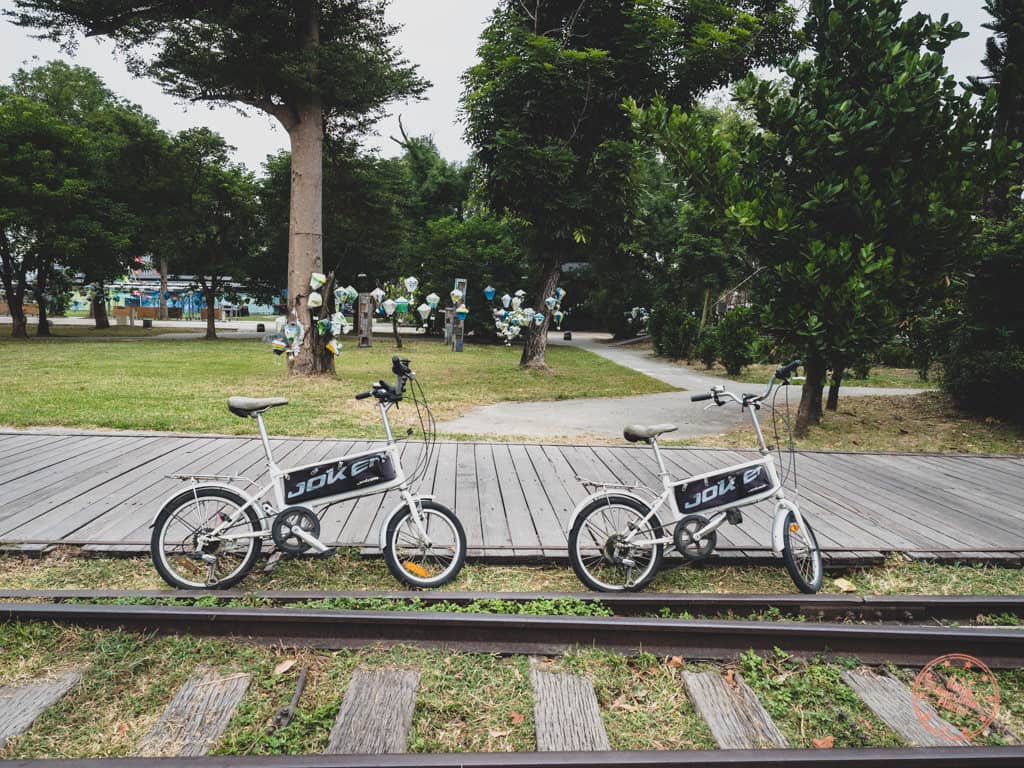
Taitung is truly a remarkable stop along the journey around Taiwan as it faces the sea, is set against mountains and is rich in aboriginal heritage. In fact, the city and its surroundings boasts the most prehistoric sites in Taiwan, which means there are many natural offerings and cultural centres that explore the long history of indigenous people.
While we would have liked to have visited one of these cultural centres, our schedule and timing meant that it wasn’t possible. As a result, we decided to take our free bike rentals from the hotel and explore the city on two wheels. This turned out to be a lot of fun, being able to leisurely weave through public spaces, parks, and the downtown area. The best part of the day turned out to be the food.
TIPS: Cultural centres are closed on Mondays so if you hope to visit them, schedule around this.
★ Taitung Forest Park & Seashore Park

These two parks are perfectly designed for the bicycle. With its expansive network, you’re free to wind through the park and experience Taitung’s laid back lifestyle and clean ocean air. The most surprising parts here are certainly the undeveloped rocky seashore which has quite the unique view, an enormous man-made lake that is popular for swimmers and rowers, and birds nest-like lookout platform.
Entrance fee: $NT 30 for the Forest Park
TIPS: If your hotel doesn’t have bike rentals, the forest park has bikes for rent for $NT 100 for 3 hours.
★ Old Taitung Railway Station

In the centre of the city is the old train station that used to run through. It’s an open-air museum/art village with the remains of an old train that you can climb into, and a repair terminal complete with the remains of signal lights. In the surrounding space, you’ll also see the development of new art spaces that are just in the final stages of building.
What we missed: Sights along the East Coast Line: Xiauyeliu Scenic Area(小野柳), Jialulan(加路蘭) Donghe Steamed Buns(東河包子), Amis Folk Center(阿美民俗中心), and Sanxiantai(三仙台遊憩區).
★ LUNCH: Rong Shu Xia Rice Noodles (榕樹下米苔目)
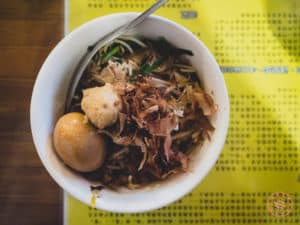
This restaurant is highly recommended in Taitung and with good reason. Along one of the main drags of the city, this place is hard to miss with its long lines that wind out from the restaurant. What makes this place special is its rice noodles which have the thickness of udon and freshness of hand-pulled noodles. They’re also special in that they’re very short and in an elongated teardrop shape.
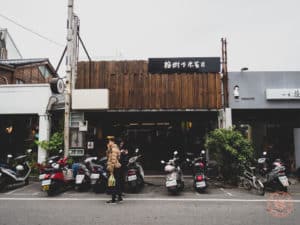
The ordering process is a bit different than what you might be used to but essentially while in line, you have to fill out a piece of paper. You also need to have a table number by the time you order so if you can, get your partner to grab a seat somewhere first. Drinks are also pre-made so after you order you grab them from the person working by the refrigerator. Sounds complicated I know but you’ll figure it out eventually. They also have English menus so ask for that if you don’t get one right away.
Other must-try items are the local pork with vegetables (side dishes behind the glass display) and the pineapple iced tea.
★ SNACK: Chen’s Mochi
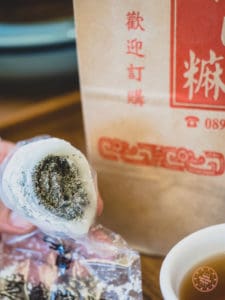
If there’s a king of mochi, I think I’ve found it. Look through the glass window and watch the mochi masters knead fresh sticky rice flour and roll them into balls to the eventual final product. They serve up the most delicious of sticky rice desserts with my favourite fillings including black sesame, peanut, and red bean.
TIPS: If you miss Chen’s in Taitung, don’t worry because there’s always Hualien which is also well-known for mochi.
★ DINNER: Dongdamen Night Market

This was perhaps the most disappointing of night markets. Ironically it was probably the most organized, with the night market on a dedicated plot of land, wide streets, and permanent stalls. To me, it lacked the grunginess of night markets, character, and a little bit of the chaos. We also showed up late in the night which meant the streets weren’t very busy. Personally, I think I prefer large crowds at night markets because it also means there’s quick turnover of food and nothing sits for too long.
Where we actually wanted to go was Dai’s Dumpling but when we got there, it was closed for the holidays.
★ Azure Hotel
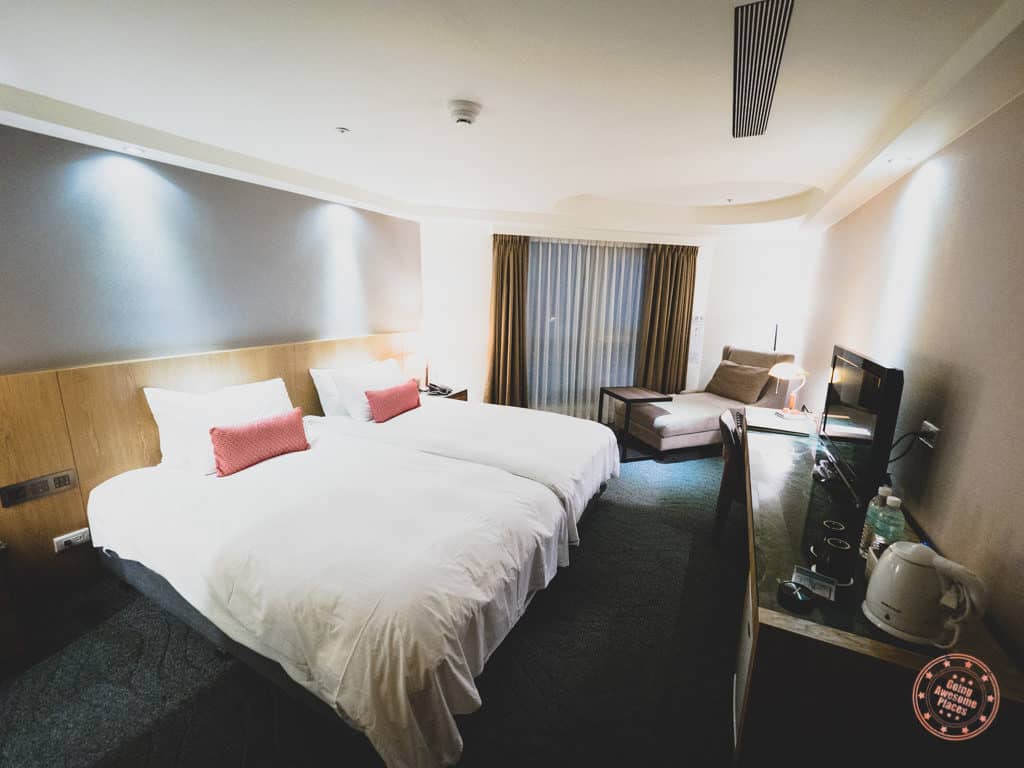
The check-in process was very smooth, and the room was 4 to 5-star calibre. What made this hotel a great to place to stay was the fact that it is on the main street that runs through Hualien which means everything is walking distance. And then there’s the breakfast buffet which is as good as any other that you’ll see in Taiwan except it also has its own DIY noodle bar – the cherry on top!
Since we knew we were going to do a two day hike through Taroko, we spent the evening re-organizing our packs to only carry the essentials. For everything else, we stuffed another backpack to leave behind. The hotel was great in allowing us store this bag for an extra night.
TIPS: To get to the hotel from the train station, there’s no easy way with the bus so hop on a cab once you arrive in Hualien.
>> Day 9 – Taroko Tribe In The Mountains <<

Taroko, in the local Truku aboriginal language, means “magnificent and beautiful”. When you set your eyes on mountainous landscape, bio-diverse vegetation, turquoise rivers, and marble-walled canyons, you’ll see why this is one of Asia’s top scenic wonder.
There are magic places in the world. This is one of them.
While many travellers take one of the stream of tour buses that come through the main gate and jam all the sights in a day, we wanted to do something a little more unconventional. Everyone’s seen photos of the 18km stretch of Taroko Gorge that make it to postcards but few have seen it from the point of view of the indigenous tribes that still live in the tranquility of the mountains. With our 2 day trek up to the villages of Datong and Dali, there was the promise of us being able to dig deep into local culture and take in a slice off nature that travellers rarely ever see.
★ 2-Day Guided Hiking Tour

If your goal in Taroko National Park is to hike through challenging terrain, interact with indigenous tribe members, and take in incredible mountain scenery way above the clouds, this is the activity for you. It is by no means easy, so my word of caution is that if you want to do this trek, you need to be physically fit and have some experience with long hikes with long portions of uphill and downhill.
The hike doesn’t have a specific name that you can look for but what it is a chaining of several trails that ultimately take you up to the villages of Dali and Datong before you descend back down to the end of the Shakadang Trail.
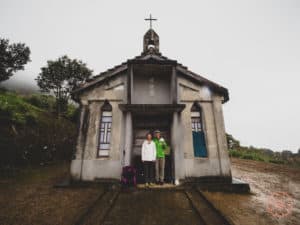
Your first day in Taroko consists stair climbing along Dekalung Trail, a visit to Dali Village, before meandering through the side of the mountain along an old logging road. All of this leads to the arrival of a B&B built by a local Truku tribe member, named Dadao. With diminishing sunlight, you’ll be able to look out into the nearby mountain peaks, mystical clouds, and Datong village below.
After settling in and showering (yes there is running water!), your host cooks a fabulous dinner.
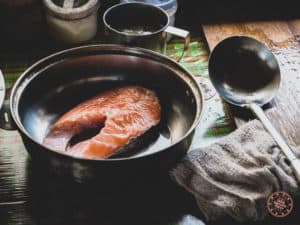
My favourite part was sitting around of the campfire and having simple conversation with the guide translating for us while sipping on a cup of hot tea and listening to the crackle of the firewood.
Hiking Trails: Dekalung Trail -> Dali Trail -> Shakadang Logging Road
- This tour was booked through MyTaiwanTour and the details are as follows:
- Hiking permits
- Transportation (pick up and drop off)
- 1 night accommodation at the tribe B&B
- Dinner and breakfast
- Travel insurance
Cost:
- 1 person: $NT 22,600
- 2 people total: $NT 24,800
- 3 people total: $NT 27,000
- 4 people total: $NT 28,700
TIPS: Your guide picks you up and will park at the national park overnight. This means that you don’t actually need to store your bags at your hotel.
★ LUNCH: 7-11 Food
Before heading into Taroko National Park, we made a stop at a 7-Eleven and picked up additional supplies for our trek. We stocked up on water and also a few onigiri (Japanese rice triangles) which is perfect hiking food. Plus we had extra mochis from Chen’s.
★ DINNER: Cooked by Ah-Ma

I don’t know if we were just ridiculously hungry but our 7-course meal hit all the right spots. With fresh supplies brought from the city, Ah-ma cooked an assortment of salmon, chicken, fresh vegetables, tofu, and soup that was clearly too much for the 4 of us. What amazed me was how she was able to cook such delicious dishes even with the limited amount of supplies, equipment, and appliances.
★ Truku Tribe B&B

Considering you’re high up in the mountains and away from civilization, it’s a marvel that a house of concrete, wood, and corrugated metal sheets could even exist. I had pretty low expectations of the B&B before coming but was surprised to learn that they had running water, hot water tank, a proper toilet, electricity for lights, and propane for cooking. To top that, the dorm rooms are fashioned similar to Japanese ryokans with clean laminate flooring, sliding doors and furnished with mats, blankets, and pillows. Sure it’s not a 4-star hotel but more important to me was the hospitality of the host and that surprised us with the luxury of shower and toilets.challenging
To temper your expectations, you have to understand that the B&B is a structure built by Dadao himself for the express purpose of being able to host hikers. This means that this isn’t a representation of what a real village home is like. The other thing is that this home is perched high up in the mountains away from any other villagers so you’re also not going to be amongst a community of Truku families.
>> Day 10 – Shakadang Is My New Favourite Word <<
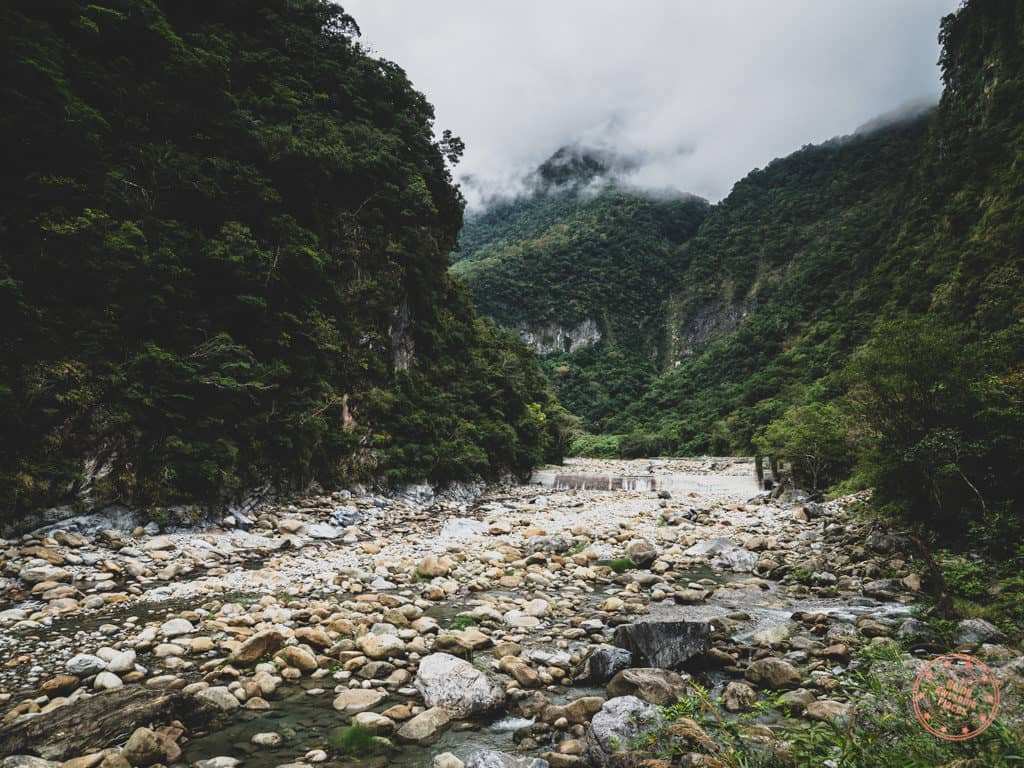
This day is about contrasts. The views you get at the top of the mountain dramatically change as you make your way back down to the blue-green Shakadang river which is filled with large perfectly-round boulders, and jagged walls of marble.
You’ll feel pretty gross by the end of it all but when you finally get back to Taipei, that shower you take will be the best thing ever.
★ 2-Day Guided Hiking Tour
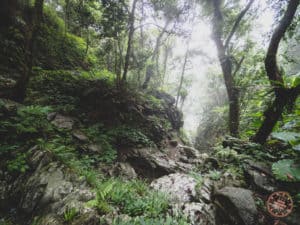
The second day of hiking is possibly even more challenging than the first because a section of the hike takes you through a trail that has typhoon damage. On top of the on and off rain, and muddy conditions we had, there are a number of natural and man-made obstacles you’ll need to ninja through. None of it is particularly dangerous but you’ll want to make sure you watch your step. I came out of it with my legs completely shot and feeling wobbly every time I stopped for a break.
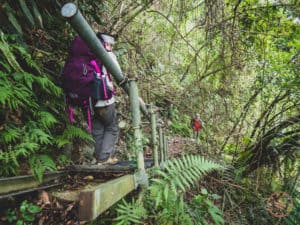
The best part of the day was when we finally made it to the Shakadang Trail after 3.5 hours of downhill punishment. I remember holding up my arms in the air and shouting “WE DID IT!!!” in relief.
Along this famous trail is where we got our first glimpse of the beauty that Taroko National Park is known for – naturally carved out canyons where turquoise water pass through rock overhangs and multi-coloured marble boulders. Along the way, there’s also a small Truku tribe market place where we devoured the best sausage of the entire trip.
Highlights of what you’ll see:
- Liwu mountain peak with views of the ocean on the other side
- Datong Village
- Dramatically changing scenery as you make your way down
- Shakadang Trail
Hiking Trails: Datong Village Trail -> Tongli Trail -> Trail down to Sanjianwu -> Shakadang Trail
TIPS: The mountain is always 2-3 degrees cooler than at ground level so make sure you prepare your layers when packing for a trek like this one. You also never know when you might get hit with rain so you’ll also want to pack the appropriate waterproof gear which at a minimum should include a jacket, waterproof shoes, and rain cover for your bag.
★ Ximending Youth Shopping District
With its abundance of bright lights, shops lining the maze of streets, trendy shopping, and a nightlife, it’s no wonder that it’s been called the “Harajuku” of Taipei. Unlike a traditional night market, there’s more than food here which makes it a great place to wander.
★ BREAKFAST: Tribe Breakfast
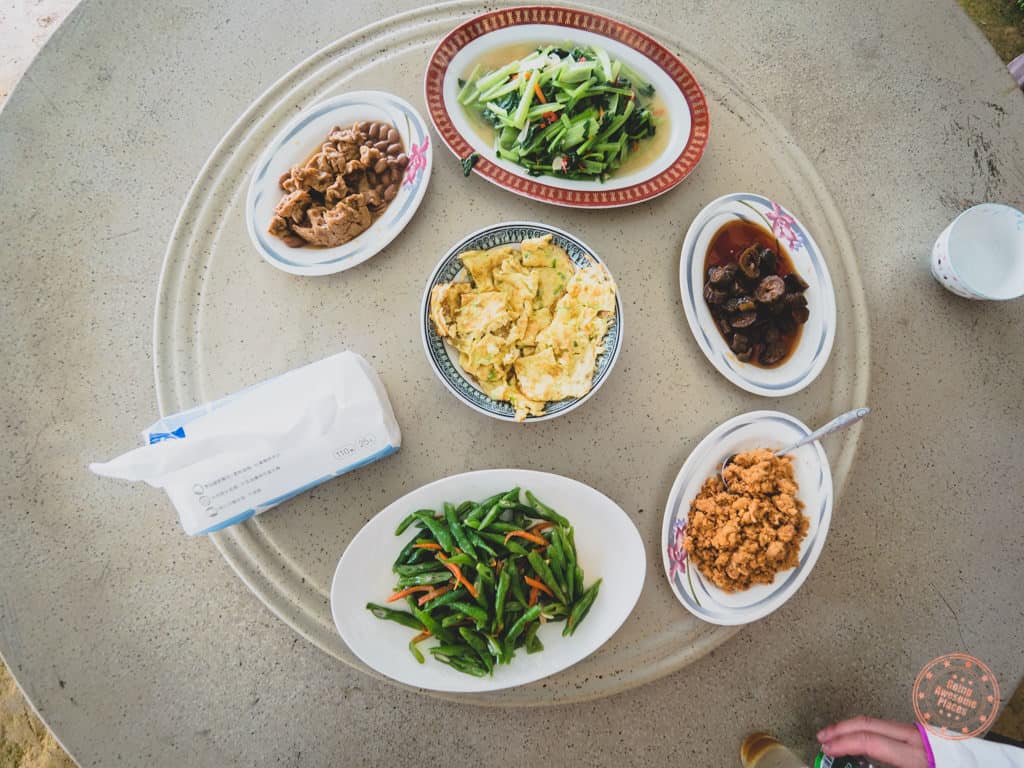
Ah-Ma cooked another great meal for us that was way more food than we could finish. It was all the energy we needed to last until dinner as we had quite the catchup we needed to do on our way down.
★ SNACK: Shakadang Trail Sausage
Whether you do the Shakadang Trail on your own or as part of a trek, you MUST stop at this stall for these home-made sausages. With a magical mix of ginger, honey and who knows what else, you won’t find this anywhere else in Taiwan.
★ DINNER: Ay-Chung Flour Rice Noodle
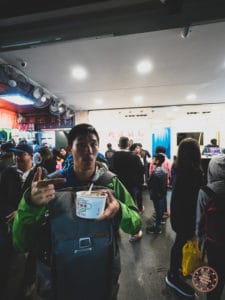
This shop is impossible to miss with its large crowds of tourists either slurping away or queueing in anticipation. The good news is that the lines move very quickly as they efficiently fill up bowl after bowl. What makes them special is that they make a unique style of rice noodle that is completely different from the ones we had in Taitung. Extremely thin and flat, these noodles are similar to some of the noodles you find in Vietnamese Pho but in a thick and somewhat gelatinous soup base. Mixed in the broth are diced bits of pork intestines which may turn some off but is honestly as indistinguishable as tendon or tripe in pho.
Taking the train back to Taipei turned out to be a bit more of an adventure than we expected mainly because we took way too long to get back down and we missed our originally booked train.
The way the drama played out is our original train was supposed to be at 4:30PM but by the time we left Taroko National Park, it was already 3:45PM. Rushing to the Hualien train station, our guide tried to get our tickets switched to a later train but were told that we could either swap them for a slower train that would arrive late in the evening. Otherwise, if we wanted anything earlier, we would have to forfeit these tickets and get them ourselves. Not wanting to get into Taipei so late especially considering how long of a day we’ve had already, we made the no-brainer decision to buy new train tickets for $NT 340 per person ($11 USD).
★ WESTGATE Hotel (2 nights)
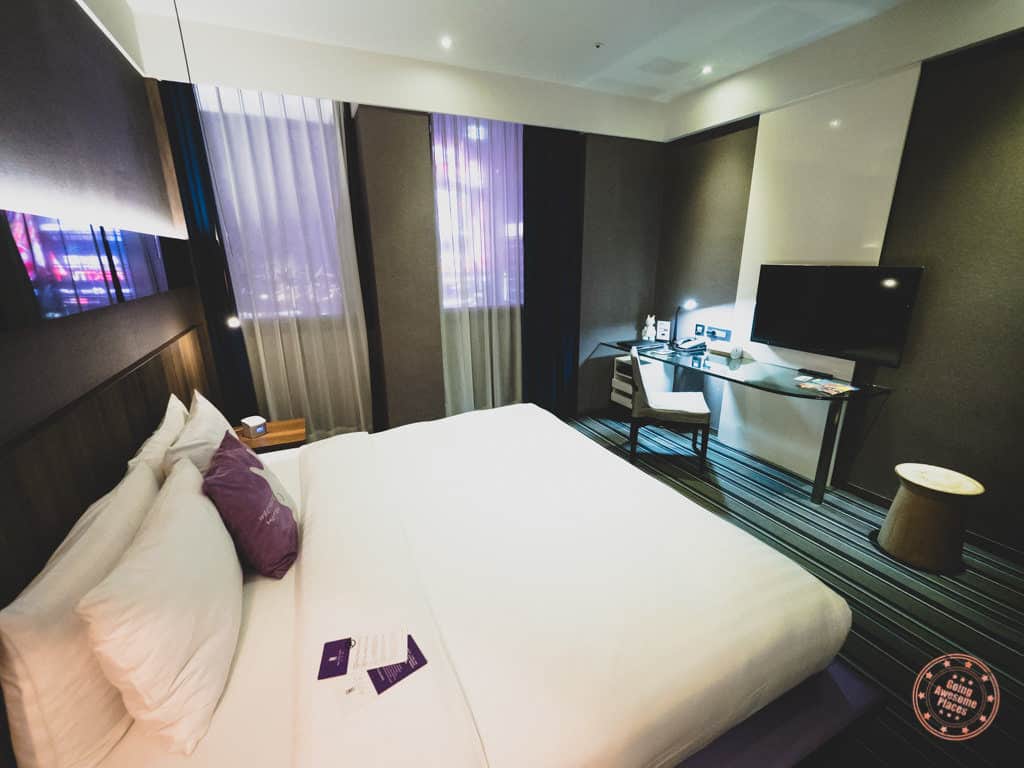
We couldn’t have asked for a better hotel in Taipei. Located right at the doorstep of Ximending and seconds away from the subway, it was overly convenient to get around the city and at the end of the day, we could always come back to the hotel and get our fill of more food and snacks before heading home.

Upon entering the hotel, you immediately notice that the boutique and modern lobby is both welcoming and luxurious. From the check-in to check-out the staff were extremely courteous and friendly, willing to help at every turn. What I loved about the property is how one-of-a-kind artwork can be found all over including my favourite sculpture of two boys free falling off Taipei 101 with their suitcase in hand.
The rooms themselves are spacious and a modern open concept where we felt immediately at home after a weary day of travel. The bathroom is elegant and clean while the bedroom is cozy, and beds overly comfortable.
For breakfast, expect to be tempted with plenty of tasty Asian and Western foods, and great service from the wait staff.
>> Day 11 – Zen, Heat and Fishing <<
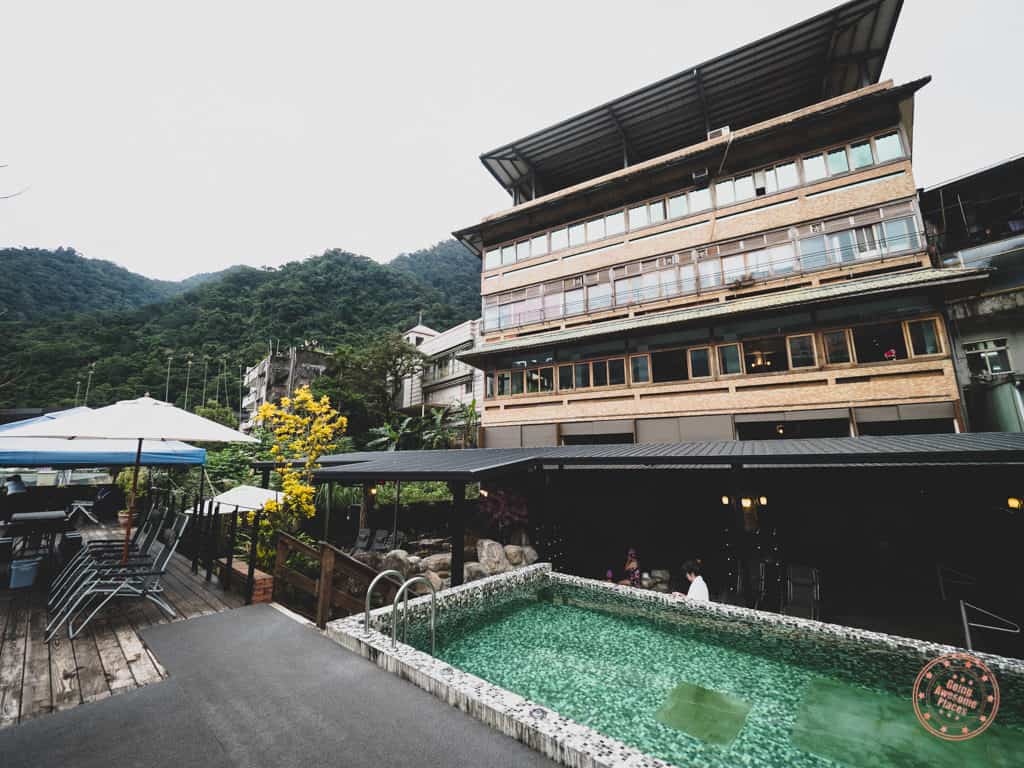
With one final full day in Taiwan, there are a lot of options open to you but if your preference is to take it easy and end on a relaxing note with a dash of excitement, pull off an unconventional day trip that combines the best of what Taipei has to offer.
Wulai is a mountainous district south of Taipei. It’s known for its old street, hot springs, natural sights, and the area’s indigenous Atayal people. It’s an easy day trip from Taipei that gets you out of the city and into a place that is very walkable, easy to explore, and not too crowded.
If there are other things that you want to check out, treat this as a free day. There are a lot of choices here so if you’re looking for a few ideas, here’s what we were also contemplating:
- Hiking Teapot Mountain
- Beitou Hot Springs (i.e. SweetMe Hotspring Resort)
- Hiking Yangmingshan
- Yehliu Geopark
- Danshui/Tamsui Old Street
- Maokong Gondola
- Everything else in Taipei you might not have seen such as the National Palace Museum, Chiang Kai-Shek Memorial Hall, Taipei 101, other night markets
★ Tai Chi at Muzha Zhongshun Temple (木柵忠順廟保儀大夫)
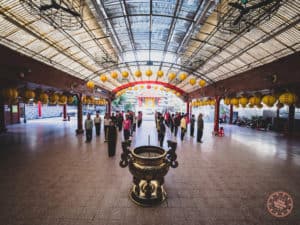
Every morning, there are temples all over Taipei where the local community gets together to practice Tai Chi. Instead of paying for lessons, why not join one of these sessions and try your best not to embarrass yourself while at the same time, learn how hard it is. What looks like a moving form of yoga and meditation is actually a fluid art of motion with its ying-yang balance of dance and martial arts while all in slow motion.
Now it will be pretty daunting to jump into one of these sessions if you don’t know anyone but thankfully we had someone like Joshua from MyTaiwanTour to introduce us and give us permission to film the experience. Comfortably at the back of the group, we did our best to imitate the experienced Tai Chi-ers, occasionally tripping on my own feet and stopping to stare at the combination of pushing and parrying.
A little bit about Joshua Samuel Brown
Joshua is someone I was extremely grateful for during my travels in Taiwan. He was instrumental in providing tips on local spots to explore in the country and we were also lucky enough to have him show us around a few spots you might’ve seen from the Taiwan in 12 Days YouTube series . Joshua is the former Editor-in-Chief at MyTaiwanTour , acclaimed author of the upcoming Formosa Moon, co-author of numerous Lonely Planets, all-around expert in Taiwan, and just a great guy. Make sure to read the Joshua Samuel Brown blog which has a true local’s perspective of the country and much more!
With how friendly the Taiwanese are, you can easily find a local temple to visit and find out whether they’d welcome a drop-in student.
Schedule: Everyday at 8:30AM – 10AM
★ Wulai Old Street

The old street of Wulai is a short distance but packs in quite a number of things. If you enjoy street food, left and right you’ll find a ton of different shops that sell snacks, drinks and cooked food. You’ll also find several independent shops specializing in clothing, art, foods, and crafts.
Another interesting fact about Wulai is that it’s the closest accessible aboriginal village from Taipei which makes it a great place to learn about the fascinating culture and people of the Atayal tribe with the Wulai Atayal Museum.
Don’t forget to walk around and outside of the street to find attractions such as Wulai Falls and Yunxian Playground.
★ Yen Town Hot Springs
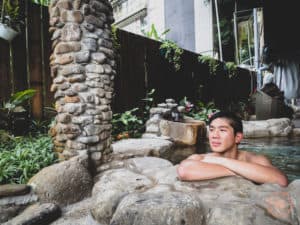
Along the old street of Wulai, you’ll find this hidden gem and the perfect hot springs for my wife and I. Many hot springs in Taiwan are of the onsen (Japanese hot springs) variety where male and females are split, and are nude. Understanding that this may not be comfortable for everyone, it is actually a challenge to find hot springs that are couple friendly, aren’t crowded, and have clean facilities.
All you need to bring with you to Yen Town is your swimwear, a shower cap and you’re all set. In this intimate and beautifully set hot spring, you’ll find a rejuvenating set of pools that vary from ice cold to 40C+. To mix things up, you’ll also find an open air room temperature swimming pool, intense pulsating showers, and lane of rounded pebbles for feet therapy.
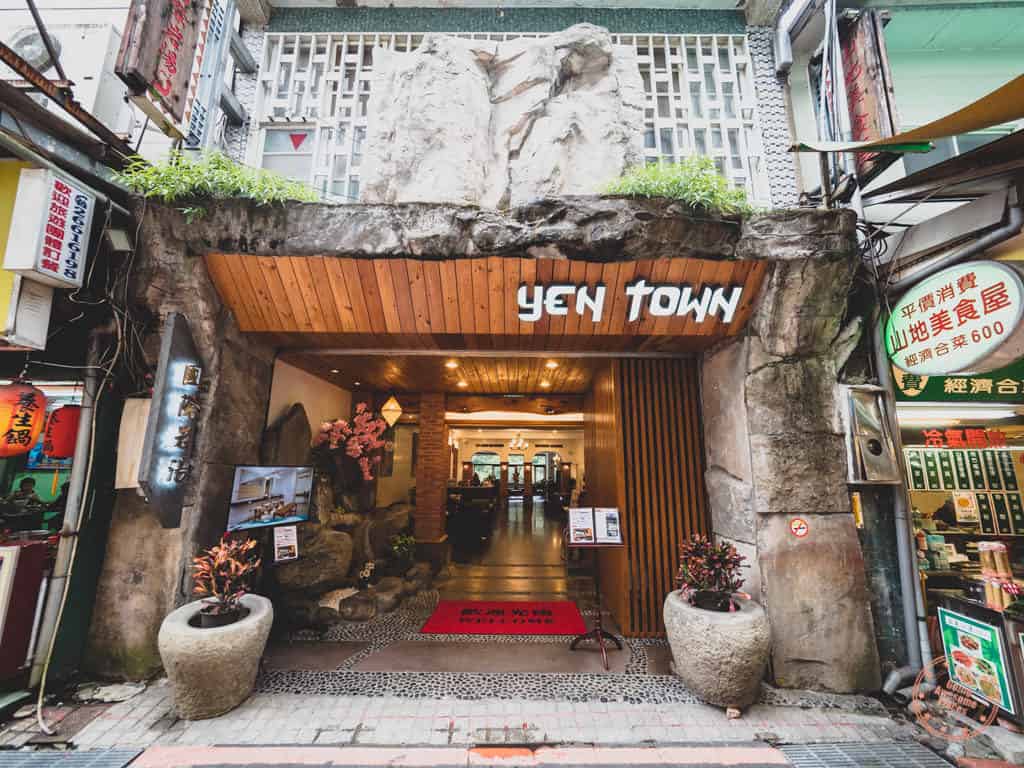
Price: $NT 400 per person
TIPS: Yes you read that right, in Taiwan it is mandatory to wear head caps to cover your hair. Yen Town expect for you to have your own. This means you can either purchase one or come prepared with basic shower caps from the hotel.
TIPS: A custom that is strictly enforced here for sanitary reasons is to rinse your feet with the water from the pool before entering.
The convenience of WESTGATE Hotel meant that we had to take advantage of it with our daily walk around to see what fun boutique shops we could find and other treats we could buy.
★ LUNCH: Local Aboriginal Restaurant on Wulai Old Street (烏來小吃店)
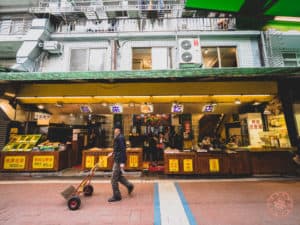
There isn’t exactly an English name for this restaurant so I’ve included the Chinese name which you’ll see in the sign. It’s actually right across from the Wulai Atayal Museum. This is a restaurant cooked by aboriginal locals and is a chance to try a variety of dishes that are hard to find elsewhere.
Not knowing what was good there, we tried an assortment of fish, vegetables, soup, pork, and rice that turned out to be quite good. The highlight was definitely the rice cooked in bamboo and the fried fish.
★ DINNER: Aquatic Addiction Development
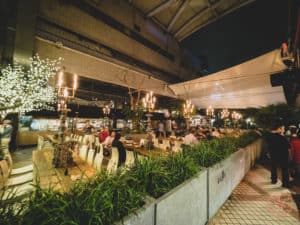
Aquatic Addiction Development (AAD) is quickly becoming a must-see place for seafood-loving foodies. Carved out of the Taiwan Fish Market, this is a brand new and modern type of market that has a little bit for everyone. Near the entrance you have what looks like a wholesale area with tanks filled with fresh catches. From there, you step into the main section of AAD which is a cross between a really up-scale supermarket and sit down sushi and seafood bar. Upstairs, there’s a hotpot restaurant and then you have the entire outdoor wing of the market which has more food, another restaurant, and additional seating.
We ended up ordering a tray of salmon sashimi, scallops and Calpis for $NT 590 ($20 USD).
TIPS: You’d think a market like this accepted credit card but it doesn’t. Make sure to bring enough cash.
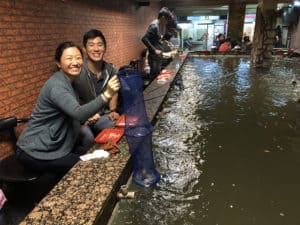
★ DINNER: Prawn Fishing (全佳樂釣蝦場) You can’t leave without doing the favourite past-time of Taiwanese. Indoor shrimp fishing has become a popular form of entertainment, transforming something that is still an important industry into sport. Huddling around a smoke-filled room centred around a shallow pool, serious pros and wannabe anglers wait patiently for bobbing buoys. Beneath the depths of the bubbling water are large prawns waiting to steal your bait.
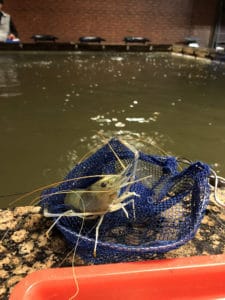
Okay, I admit it’s probably not for everyone but for something that you won’t find anywhere else in the world, you just have to experience it for yourself.
This is how it works. You essentially purchase fishing game time and starts at 1 hour and goes up to 3 hours. Dried shrimp bait and custom fishing rods are provided and the rest is up to you to catch as many as you can in the time you paid for. When you’re done, the shop owner cooks the prawns on a skewer dusted with salt.
It’s a bit of a test of patience that Anthony Bourdain clearly didn’t have much of in Season 2 of The Layover . Don’t expect your tummies to get filled here but the satisfaction of catching anything at all is something to rejoice here. In the hour we were there, we caught 6 but the owner felt pity for us so he topped it up to 10.
Address: 台北市中山區錦州街190號
Cost: Starts at $NT 300 for an hour
TIPS: HAH got none for ya. Good luck!
Getting to Wulai
Take the MRT all the way to the Xindian Station (last stop on Green Line 3) and find Bus Stop B located along Beiyi Road (北宜路一段). Wait for bus 849 bound for Wulai and all you have to do is get off at the last stop.
>> Day 12 – Mad Dash for Pineapple Pastry <<

Depending on when your flight leaves, you may or may not have time to squeeze in one last bit of Taiwanese goodness before you go. The best souvenir to bring home for friends and family in my opinion is pineapple pastry since it’s something that just isn’t as good outside of Taiwan.
You’re probably wondering, well can’t you get pineapple pastry at any Asian supermarket? Yes, that’s true but all of these are packed with preservatives and as a result contain smaller traces of pineapple. The real stuff from Taiwan is made with fresh ingredients and will only last 2-4 weeks before expiring. That’s why I recommend buying these squares of sweet goodness on your last day so you have a chance to pass it along to friends and family.
TIPS: Remember to get your tax refund before you go through security/customs. At the primary international terminal (T2), go down one level from departures and you’ll find it. SunnyHills is also on this floor.
★ Chia Te Bakery
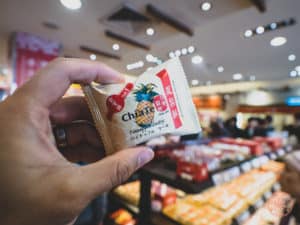
Perhaps the most famous pineapple pastry bakery in town and while they make a variety of Chinese bakery goods, people from all over the world come here for one and one thing only – pineapple pastry. These are made in the traditional style where these square-sized desserts are filled with mildly sweet and moist strings of pineapple and surrounded by a soft, buttery crust. There is only one store and they’ve been open since 1975.
★ SunnyHills
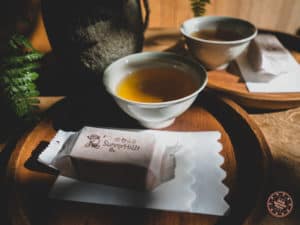
You’d think one bakery was enough but you really have to try the modern, and some say, better take on pineapple pastry. SunnyHills is everything that Chia Te isn’t. Where Chia Te is reminiscent of your typical no-nonsense Chinese bakery with bright lights, shelving with product, and queue for the cashier, SunnyHills is a much more refined, contemporary experience where it is more of a tea house than it is a bakery.
When you enter one of their stores, you’re greeted with friendly service staff and even before promoting any product, they get you seated. This is when they serve you a complimentary cup of tea and one of their products. This gives you a chance to use all of your senses to appreciate their food. When you’re ready, you go up to the counter and place your order. You’ll most likely be buying pineapple pastry and when you do, it comes in a beautiful packaged box and a recyclable linen bag. Like I said, it’s very much an experience.
Focusing in on the pineapple cake itself, what makes it different from Chia Te is in its shape which is rectangular, the density of the crust, and the filling a bit more tangy. Some say it’s more fresh than the competition but I think it’s all in your taste preferences.
TIPS: If you qualify for tax refund, the staff will let you know and they have a separate desk to help you with the filling out of the form. Officially, I believe purchases over $NT 3000 are eligible for tax refund but we were able to get it with a purchase of $NT 2680. This is good for a 5% VAT tax rebate at the airport.
TIPS: If you don’t care for the in-store experience of SunnyHills, note that there is a storefront at the airport. The difference is that at the airport, they only stock the box of 10 and not the box of 16.
★ LUNCH: Din Tai Fung (Original Xinyi Location)

It would be almost embarrassing to leave Taiwan without going to their internationally-famous Ding Tai Fung. Known for their great-tasting xiao long bao (soup dumplings), it’s the kind of perfection that I haven’t been able to find replicated anywhere else and that includes Shanghai where it is known to have originated from.
If you come early enough (10:20AM in our case), you’ll be able to get a table pretty quickly. Otherwise, expect to take a number and wait awhile.
★ SNACK: Ice Galaxy

There were a whole bunch of other dessert spots that we wanted to hit up in Taiwan but with literally 15 minutes left before our airport pick up, I ran over to the closest shaved ice restaurant in Ximending which turned out to be Ice Galaxy. They’re not famous per say but it still lived up to my expectations for shaved snow packed with mango.
If we had more time we would have liked to have visited Roji Shaved Ice or Bingzan.
WHERE TO STAY IN TAIWAN
Here is the compilation of everywhere that I stayed on my trip and would highly recommend
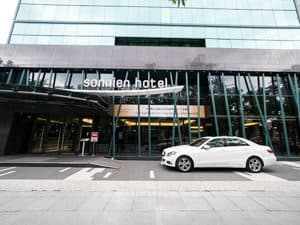
SONNIEN HOTEL
Conveniently located hotel where I stayed at the beginning of my trip to Taiwan. This was a super clean and spacious property that included a fabulous breakfast as well. Couldn’t have asked for more.
TripAdvisor
Booking.com
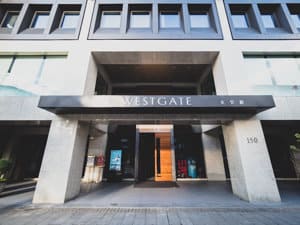
WESTGATE HOTEL
Right next to Ximending in Taipei, this is equally a great hotel to stay at in Taipei. Sonnien Hotel was already pretty modern but WESTGATE takes it up a notch. They have an amazing breakfast as well.
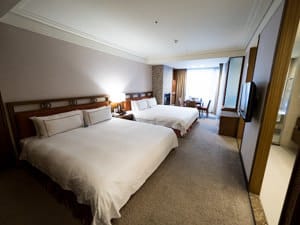
ALISHAN HOUSE
The nicest property in Alishan for sure, we were given this extravagant double king-sized bed complete with balcony and fireplace. It’s also located in the best spot to do your hike around Alishan.
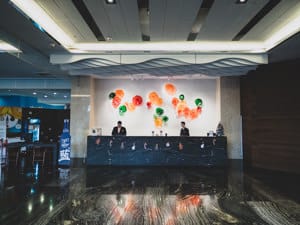
HOYA RESORT HOTEL
One of the newer properties in Kaohsiung. While it was extremely comfortable and spacious here including a smashing breakfast, I did find that it was a bit further from the action that I would’ve liked. That said, it is right next to a night market!

A-FEI HOTEL
Some call it a hostel but it’s really a hotel right by Nanwan Beach in Kenting. You’ll typically find the owner, A-Fei, who is a blast to be around. This is the perfect place for surfing as well since they have their own lessons and gear rental.

MATA INDIGENOUS CULTURAL RESORT
Quite the unique property that focuses on Taitung’s heritage of indigenous cultures. The rooms are nice but the star feature are the displays and shows that they offer. They have a great breakfast and they offer free bike rentals.
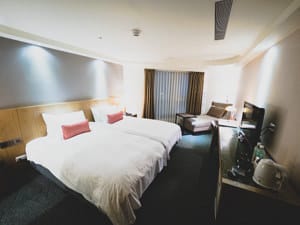
AZURE HOTEL
Centrally located hotel in the city of Hualien. Loved their breakfast as they had their own noodle bar. The room was quite modern, comfortable, spacious, and clean as well.
TAROKO NATIONAL PARK
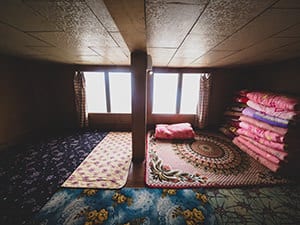
TAROKO MOUNTAIN HIKING HOMESTAY
Not exactly something you can book off the cuff but if you work with a company like MyTaiwanTour, they can put together a custom trip to trek up to the mountains of Taroko and stay with someone like Ah-Ma!
MyTaiwanTour
TAIWAN ITINERARY FINAL THOUGHTS
Taiwan may be a small country, but it’s big on heart, is guaranteed to fill your tummies with delight, and will surprise you over and over again with its amazing activities and attractions.
As I mentioned in the beginning, this guide is really only meant to be a starting point for your planning. As a trip planner myself, I’ve always found that it’s way easier to see what someone else has done and go from there. Feel free to make changes to it and tweak it to your liking based on what you’re interests are and your travel style.
Enjoy and do let me know how your trip goes!
How About You?
- What do you think of this itinerary for Taiwan?
- Are you planning your own trip? How have you customized it to your style?
- What are the top things that you’re dying to do?
- If you’ve been to Taiwan, are there any travel tips you’d like to add?
Looking For More Taiwan Content?
Paragliding in Taitung, Taiwan
Ultimate Alishan Guide in Taiwan
Why You Need To Travel To Taiwan Next
Did you like this article? Follow me on Facebook , Twitter , Instagram , or YouTube and be notified about my newest posts and updates!
This trip was sponsored by the Taiwan Tourism Bureau but all opinions are my own because I had one amazing time there and I seriously need to share this with the world!
About William Tang
William Tang is the Chief of Awesome behind the award-winning Going Awesome Places which is focused on outdoor adventure, and experiential travel. His true passion lies in telling stories, inspiring photography and videos, and writing detailed itineraries and travel guides. He is a member of Travel Media Association of Canada (TMAC), Society of American Travel Writers (SATW), Adventure Travel Trade Association (ATTA), and Travel Massive. He has also been featured in publications such as Reader's Digest, Entrepreneur, Men's Journal, and Haute Living. Make sure to learn more about William Tang to find out his story and how Going Awesome Places started.
Find us on social media
17 things you need to know before visiting Taiwan

Oct 29, 2023 • 7 min read
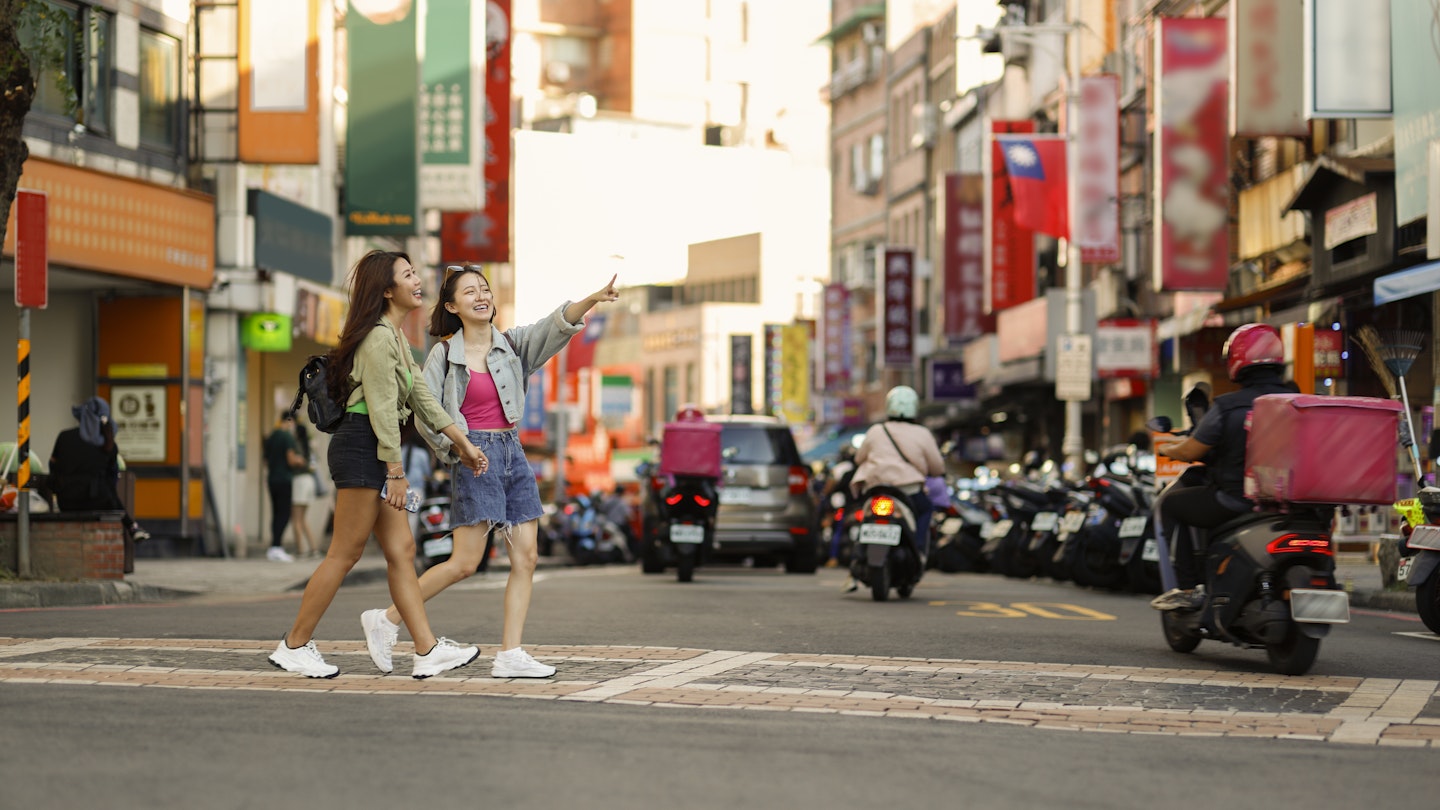
Taiwan is a breeze to visit, but it doesn’t hurt to know a few things before you go © Getty Images / iStockphoto
Taiwan is a breeze to visit, with easy-to-navigate transport systems, handy convenience stores at every turn, and endless restaurants that just hit the spot.
That said, it doesn’t hurt to prepare a little before you go. Here are some tips from a Taipei resident of seven years.
1. Book accommodation early
Taiwan’s sweeping range of lodgings means you can live like a multimillionaire or a monk, although it's at the midrange hostels and B&Bs that you’ll get the best deals.
Rooms sell like hot dumplings during summer, Lunar New Year and national holidays. Book at least two months ahead. In Kenting , Jiufen and Alishan , spots favored by local vacationers and glampers, early reservation is key. Aside from pitching a tent, the cheapest sleeps are at temples with guest rooms.
To hike Taiwan’s highest mountains , you’ll need a permit or two, and the process can take weeks. If you want to stay in the cabins , you’ll need to apply for those as well. The process may not be a walk in the park, but Taiwan’s breathtaking high mountains will reward you generously.
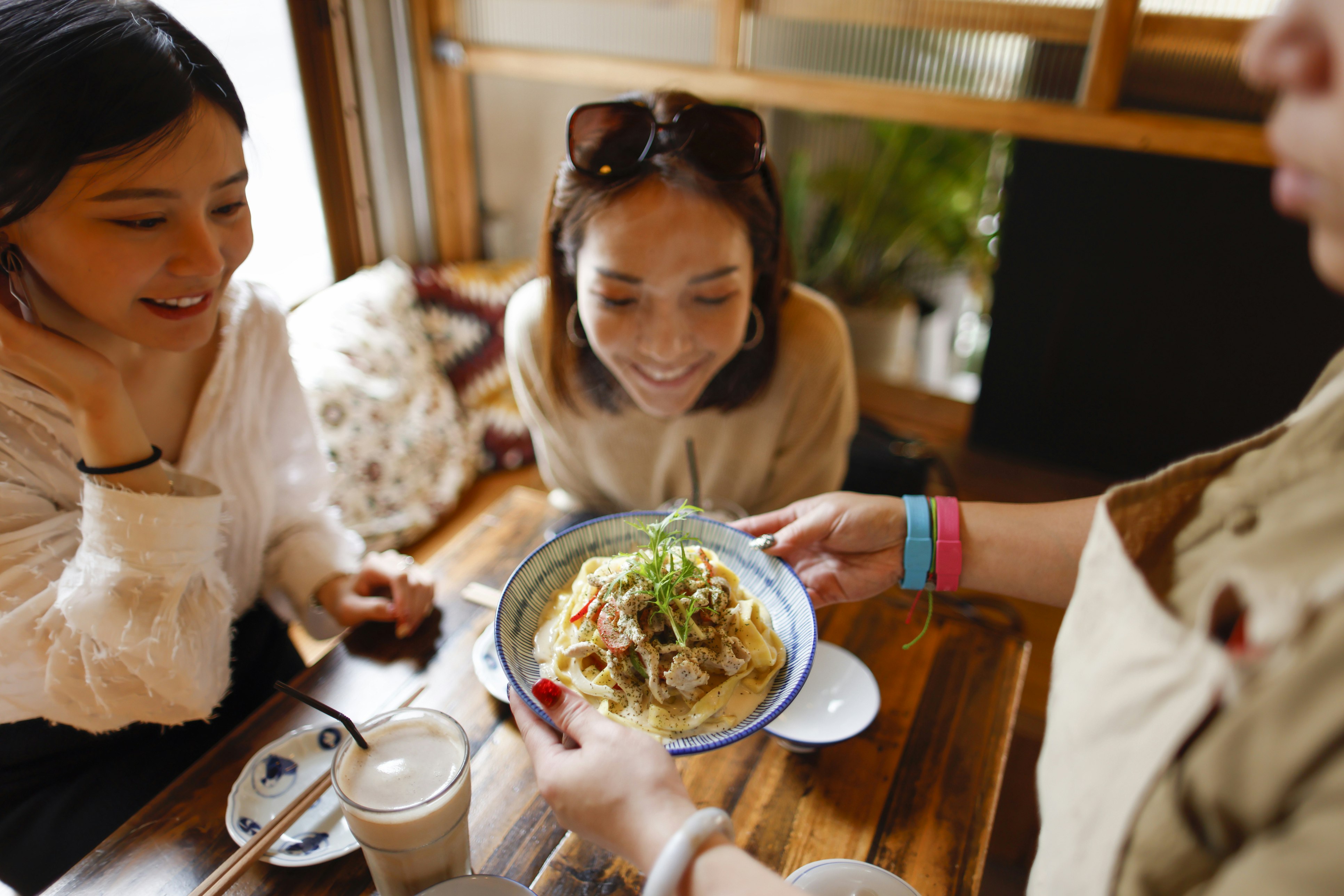
2. Make restaurant reservations
Eating will be an important part of your trip, and reservations are strongly advised for weekend dining. A few days will do for most restaurants, though Michelin-starred tables, such as RAW and Le Palais , need to be reserved a month or two in advance. Book by phone or on Facebook. A growing number of places will also let you reserve with Google. For walk-in-only hotspots, get there early or get ready to see Taiwan’s famous queue culture in action.
Dinner service usually begins at 5:30pm and starts winding down in less than three hours. This means your restaurant options grow thin after 8pm — but then street food-filled night markets are always an option.
3. Tap and go with EasyCard or iPass
EasyCard is Taiwan’s contactless smartcard that you can use on the metro, local buses and trains (except high-speed rail), as well as convenience stores and supermarkets. You’ll also need it (and a local phone number) for Youbike, Taiwan’s electronic bike-sharing service. The card itself costs NT$100, and you can top up at any metro station or convenience store. Any unused money is refundable, so don’t lose your card.
iPass is Kaohsiung ’s version of Easycard, which is issued by Taipei. The two are interchangeable.
4. Download those transportation apps
The government’s bilingual apps are wonderful for checking routes, fares, arrival and departure times, and even whether or not you can bring your cello on board. You can purchase digital train tickets via T Express (for high-speed rail) and 台鐵e訂通 (for railway), or simply use the apps for information and buy tickets at the station counters.
Taiwan’s metro systems are straightforward, but apps like Taipei's 台北捷運Go can help you make better decisions about whether to get the day pass or whether you should just bus it. Taiwan’s bus apps give similar information to Google Maps but with more accurate arrival times.
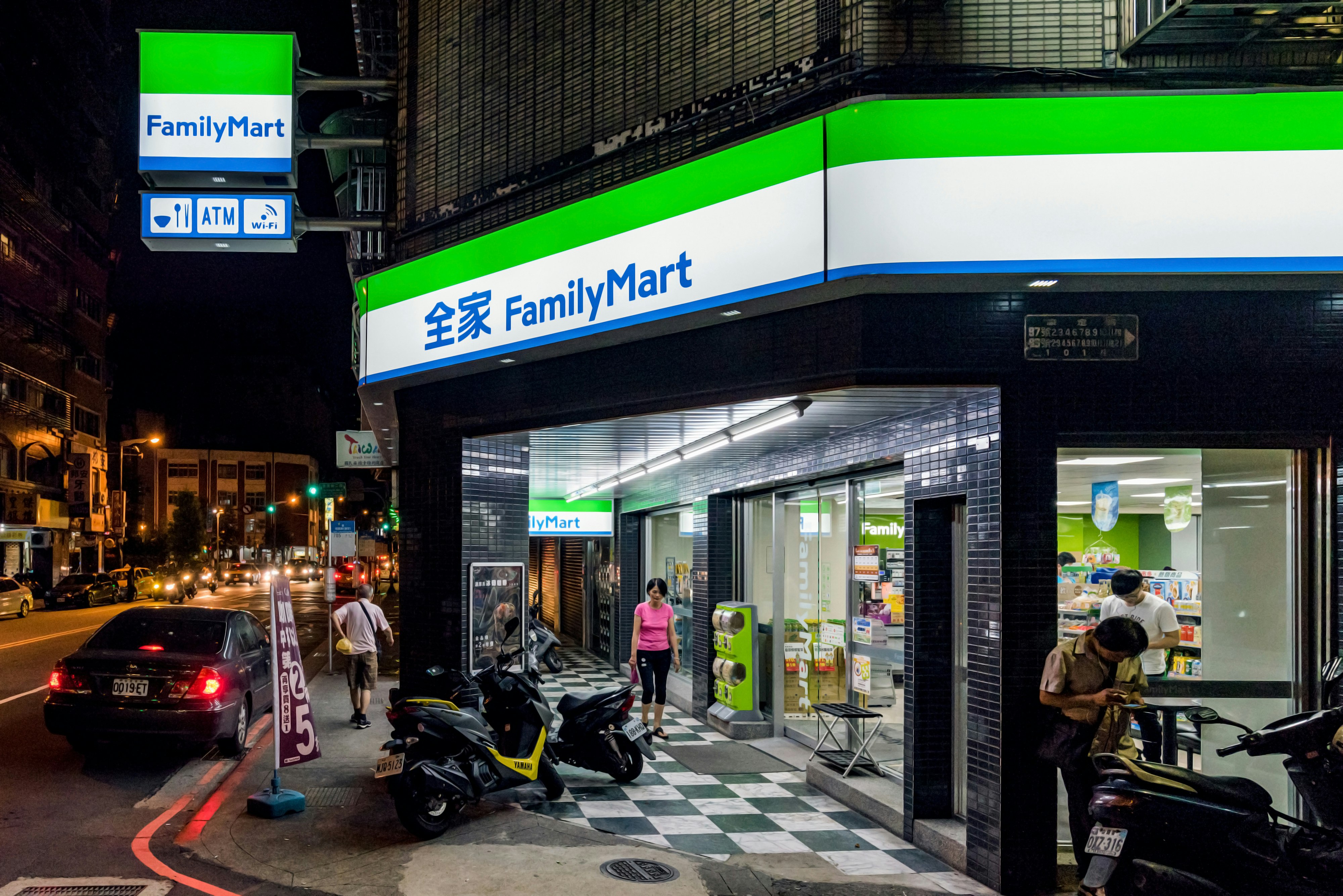
5. Convenience stores are little shops of wonder
Taiwan’s convenience stores let you buy prepaid phone cards, print and photocopy, buy train and concert tickets, send and pick up local packages and use the ATMs. You can do most of this on an automated kiosk while basking in the aroma of tea-infused eggs, roasted sweet potatoes or whatever decent-tasting rice or pasta dish a fellow customer happens to be reheating for indoor-seated enjoyment. Bear in mind not all kiosks have full English translations, so ask a staff member for help if you need it. Many convenience stores have toilets open to the public, too.
6. Pack enough prescription meds for your trip
If you’re on a specific antidepressant drug, blood pressure medication,or contraceptive pill, bring enough with you to be safe. If you need flu and cold medicine, head over to Watson’s or Cosmed for Tylenol or its local equivalents.
Sanitary products can be easily purchased from supermarkets and drugstores. Some cafes and restaurants even provide them for free in the women’s toilets.
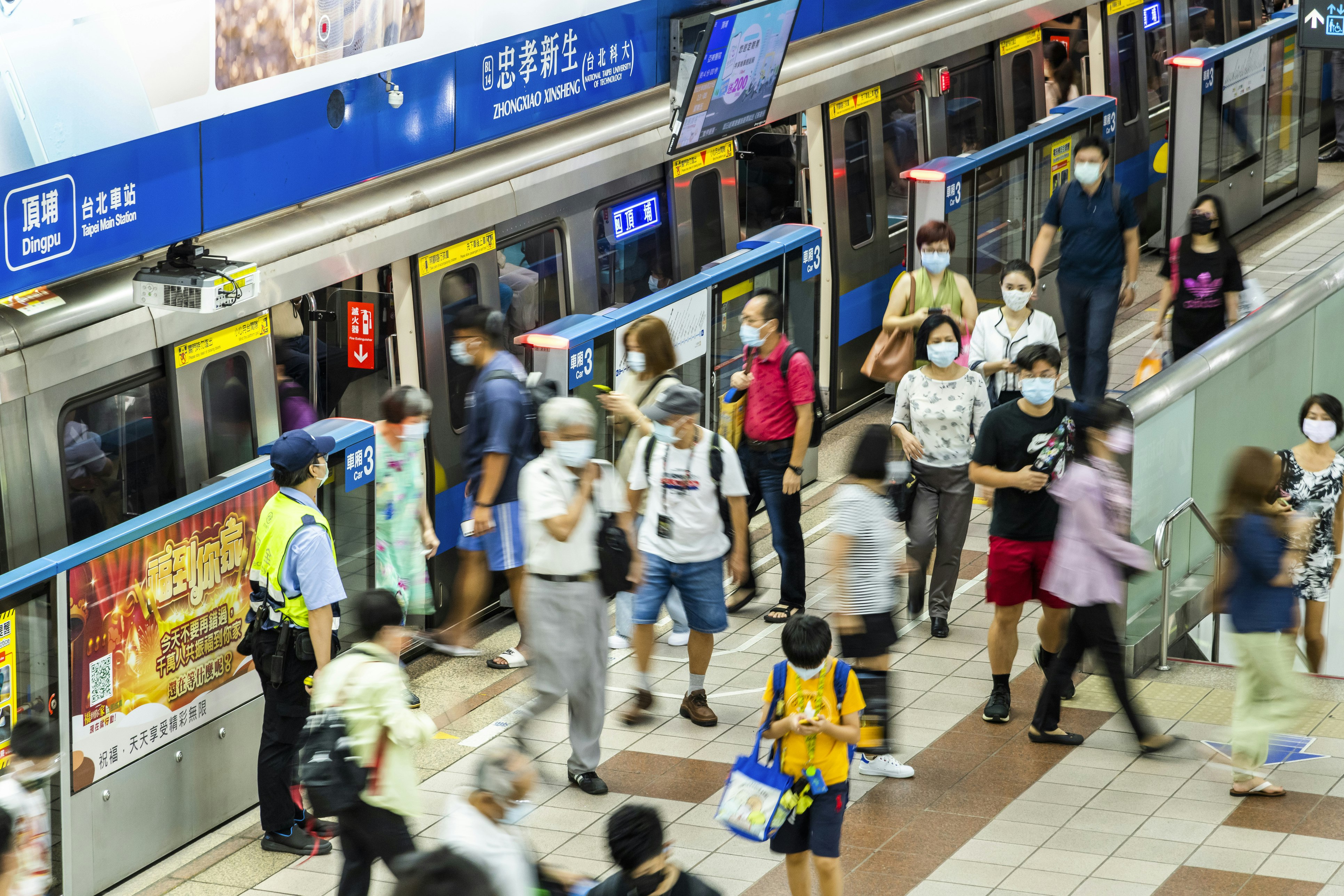
7. Be considerate on public transport
The metro and buses have priority seating that's a different color from the other seats. Most Taiwanese who are not elderly, pregnant or physically challenged would never think of sitting there, but in recent years, detractors have been questioning whether age and appearance are accurate reflections of need, arguing that it’s fine for anyone to use the seats until someone needier comes along. Whatever you choose to do, it helps to be aware of these dynamics.
Taiwanese metro commuters take the 'no eating and drinking' rule very seriously. Chewing gum and sips of water are frowned upon. Carriages are also quiet. Your chances of overhearing someone’s life story are disappointingly low.
8. Tipping is not customary (but it is appreciated)
You are not expected to tip at restaurants, whether or not they levy a 10% to 15% service charge (many do). Taxi drivers don’t expect tips, but you may hear a brighter " xie xie" (thank you) if you round up to the next dollar. It is courteous to give the porter at better hotels NT$100. If you’re happy with a massage or a tour guide, add 10% to the bill.
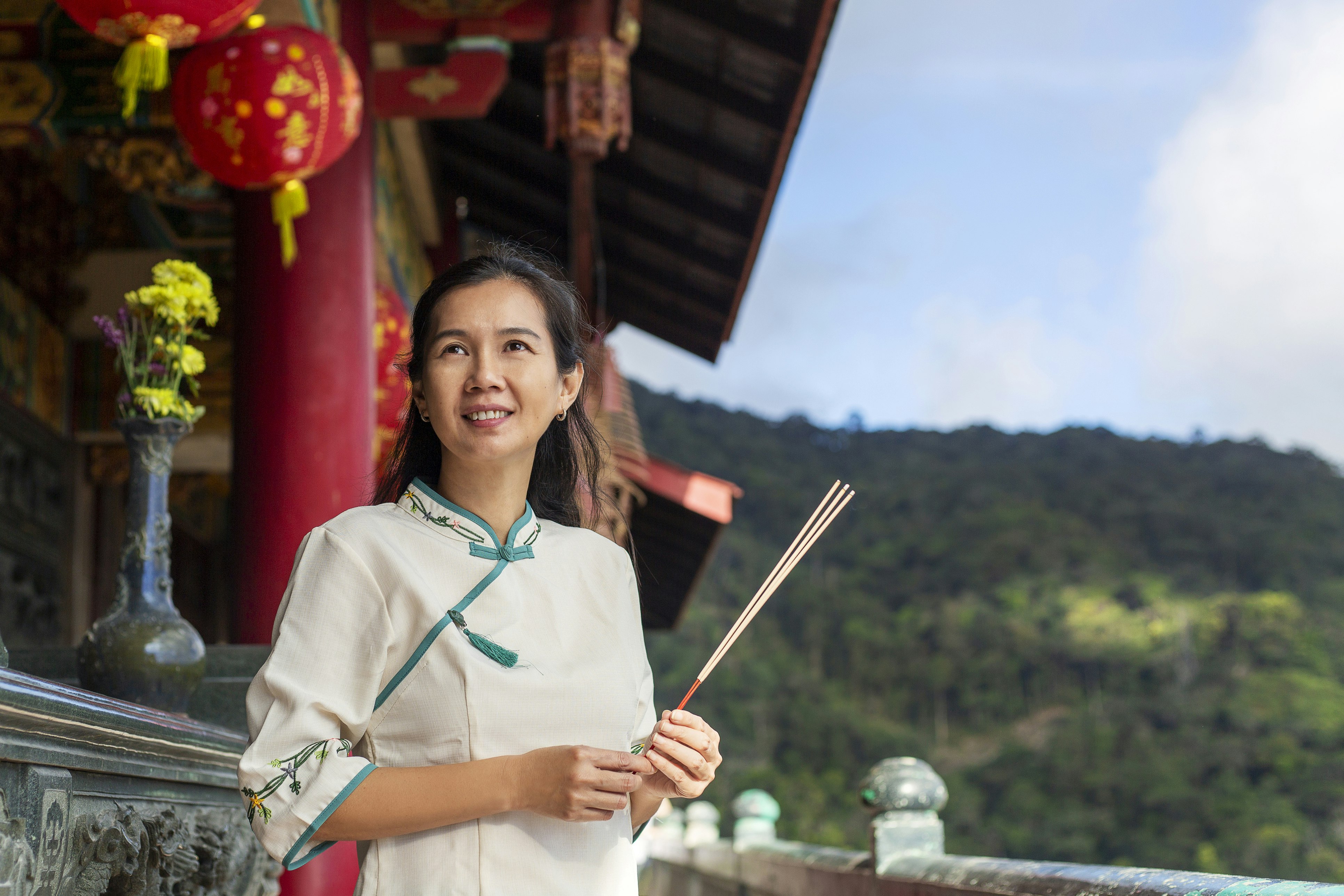
9. Wear whatever you like, but dress respectfully at temples
While middle-aged Taiwanese tend to dress conservatively, young urbanites in Taipei and Kaohsiung are sartorially quite open-minded. That said, clothes that show more skin, such as crop tops or halternecks, are much less commonly worn than in London or New York, for example, and may get some stares.
It’s a different story when you visit a temple – here, wearing clothes that cover the thighs, shoulders and midriff is regarded as a sign of respect.
10. Take off your shoes when entering homes
Taiwanese do not wear outdoor shoes inside their homes. If your host offers you a pair of slippers, accept or propose going with socks.
It is not customary to remove shoes before entering a temple, especially in urban temples, though the rule may be enforced in a particular hall housing a sacred relic or a fragile heritage building.
11. You can get by without much Chinese
Most Taiwanese in the major cities know at least some English. Naturally, the further you go from the metropolitan areas, the less prevalent the language is. But with the friendliness and hospitality of the Taiwanese, and some help from good old Google Translate, you can get pretty far.
12. Bring your reusable water bottle
Taiwan’s tap water is officially deemed safe to drink; however, it’s hard to know for sure if the pipes in a particular building are up to par.
Using your own drinking water bottle is by far the cheapest, greenest and safest way to hydrate. There are water fountains in all metro and train stations, public facilities, such as information centers, libraries and museums, and even temples. When checking in at your lodging, ask reception where the water dispenser is.
13. Taiwan is affected by frequent natural disasters
This includes earthquakes, typhoons, floods and landslides. Avoid mountainous areas after quakes and heavy rains. Strong winds often mess up sailing schedules to and from Taiwan’s islands, and cross-island buses may stop running after a landslide. Check with the relevant authorities before heading to the station or pier with your umbrella.
14. Be wary of where you smoke
Smoking is banned in all indoor public places, such as hotels, restaurants, shopping malls and metro stations, and this is strictly enforced. Smoking at alfresco cafes is common.
15. Taiwan is great for solo women travelers
Taiwan has a very low crime rate, and many solo women travelers report feeling safer here than in other destinations. Some train and metro stations have nocturnal women-only wait zones that you can take advantage of, especially if traveling alone at night.
16. Taiwan is a welcoming place for LGBTIQ+ travelers
The first country in Asia to legalize same-sex marriage, Taiwan is friendly and progressive, especially Taipei, home of the Chinese-speaking world's most vibrant Pride parade. Kaohsiung, which has its own Pride, comes a close second. In terms of nightlife, however, Taipei wins hands down. Useful resources include Utopia , Taiwan Tongzhi (LGBTQ+) Hotline Association and Taiwan LGBT Pride .
17. Taiwan is fantastic for toilets
Free and usually spotlessly clean facilities are everywhere. While most public toilets are the squat style, there are usually at least one or two stalls with sit-down facilities. They often also have toilet paper. Western-style toilets are standard in hotels and apartments. Many restaurants ask you not to flush used toilet paper but to put it in the wastebasket beside your throne.
This article was first published October 2022 and updated October 2023
Explore related stories

Tips & Advice
Mar 28, 2024 • 6 min read
From buzzing cities to pristine island getaways, here's our guide to the best places to visit in Japan.
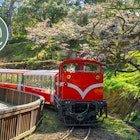
Feb 8, 2024 • 6 min read

Jan 27, 2024 • 15 min read
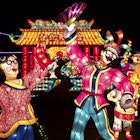
Oct 25, 2023 • 6 min read

Oct 23, 2023 • 6 min read
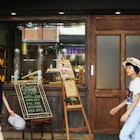
Oct 20, 2023 • 13 min read
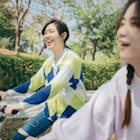
Oct 18, 2023 • 7 min read

Oct 14, 2023 • 5 min read

Oct 13, 2023 • 7 min read

Sep 25, 2023 • 7 min read

Taiwan Itinerary & DIY Travel Guide: Taipei w/ Day Tours (3 Days or More)
by Aileen Adalid Itineraries , Taiwan 109 comments
- Top 5 Best Faroe Islands Restaurants: Where to Dine
- How to Save Money for Travel: Top Money-Saving Tips (You Don’t Need To Be Rich!)
- Batanes Itinerary: Travel Guide to Batan, Sabtang & Itbayat Islands (5 Days or More)
- Exploring Orava Castle, Slovakia (Travel Guide & Tips)
- Helsinki Winter Itinerary: 1 Week Travel Guide (Finland)
- Top 20 Best Things to Do in North Island of New Zealand
- How to Enter the US with Visa Free Travel Program
- Top 10 Reasons to Stay in Coron’s Club Paradise Palawan (Philippines)
- 15 Best Facebook Groups for Travelers You Should Be a Part Of (2024)
- Korean Visa Application Requirements for Filipino Tourists in Manila, Philippines (Single / Multiple Entry)
Taiwan is a stunning island nation that is smacked right between the countries of Japan and the Philippines . In fact, as someone who has grown up in the islands of Batanes (the northernmost place in the Philippines), Taiwan has since been a destination that I’ve wanted to visit. After all, we are actually closer to its borders so our radios would often pick up their stations; not to mention that our dialect (Ivatan) is even linguistically similar to the Taiwanese aborigine languages — that being said, these were enough reasons to pique my curiosity of Taiwan. (Taiwan Itinerary)
What are the top tours to do in Taiwan?
Check out these activities and tours to do to include in your Taiwan itinerary, and more: [ click ]
Anyhow, I was finally able to visit Taiwan some time ago! I only had 3 days to spare… but, I definitely had a great time as I explored the bustling capital of Taipei as well as the lush terrains that filled up the rest of the island.
With that said and done, let me share with you my 3-day Taiwan itinerary! I’ll pack it together with important info, tips, resources, and other activity suggestions ; so go ahead and copy, customize, shorten or lengthen the below guide as dependent on the length of your stay or the style of traveling that you will do.
I hope this Taiwan itinerary helps! Do let me know.
Top photo by: Shutterstock
Table of Contents
Taiwan Travel Guide
» quick travel planning.
- Top tours & experiences
- Find flights to Taiwan
- Visa requirements
- Best places to stay
- Travel insurance (5% discount)
- Stay connected
– – –
» Best Time to Visit
Taiwan enjoys 4 seasons, but they’re not as pronounced given that it generally has a humid subtropical climate. The seasons are divided into the following months and it’s best to either visit in late spring (April to May) or autumn (best in November) if you want comfortable temperatures.
- Spring : Pleasant temperature / Average lows at 15ºC to 22ºC and average highs at 19ºC to 27ºC.
- Summer : Hot and humid and sometimes very wet / Average lows at 24ºC to 28ºC and average highs at 27ºC to 31ºC
- Autumn : Cooler temperatures / Average lows at 18ºC to 27ºC and average highs at 27ºC to 30ºC
- Winter : Foggy and somewhat dry / Average lows at 13ºC to 15ºC and average highs at 17ºC to 19ºC
- WINTER: Dec to Feb
- SPRING: March to May
- SUMMER: June to Aug
- AUTUMN: Sept to Nov
» Getting in to Taiwan
Taiwan’s main international getaway is Taoyuan International Airport which is 40km southwest of Taipei. It is connected to the center via the Taoyuan Airport MRT and HSR Taoyuan Station (single trip price at no more than NT$160 / USD$5 / Php 260~). As such, I highly suggest buying a Taiwan High-Speed Rail Unlimited Pass which gives you unlimited rides on Taiwan’s THSR train network — including the train to and fro the airport.
There are also buses linking to the airport (you can buy a discounted roundtrip shuttle bus from the Airport to Taipei and vice versa here ) , but if you rather want a taxi, a one-way fare can cost a minimum of NT$900.
If you want the utmost convenience and ease, especially without having to lug around your luggage, I suggest booking a private transfer to your hotel for only Php 1,000+ (or $23~) . This works best if you’re coming together with other people so that you can share the cost and save more!
For flights, I recommend browsing through Skyscanner to find the best flight deals from your point of origin. If you’re from the Philippines like me, Skyscanner also scans through the budget airlines such as Air Asia and Cebu Pacific in order to find which of the 2 has the cheapest rate on the dates you choose.
» Visa for Taiwan
Taiwan has various visa regulations. Depending on your nationality, you can be qualified for visa exemption, visa on arrival, eVisa, or an Online Travel Authorization Certificate (for more info, see here ).
If you’re from the Philippines, you will be eligible for visa-free access to Taiwan for 14 days, valid until July 31, 2023 . This visa-free initiative is still a part of a trial period that they have since implemented in 2017, and the only requirements you needed to show at the immigration are:
- An ordinary/regular passport with your signature and with remaining validity of at least 6 months from the date of entry (diplomatic & official passport holders are not eligible for visa-free treatment).
- A return ticket or a ticket to your next destination (and a visa for that destination if it is required).
- No criminal record in Taiwan (the immigration in Taiwan will check this themselves upon your arrival).
- As applicable, proof of accommodation/ hotel booking , host/sponsor’s contact information, or arrangements of tour, travel, visit, events and meeting etc.
- Check full visa requirements here as per your nationality.
» Where to Stay (Taiwan Accommodations)
To search for the best hotel accommodation in Taiwan at the best prices, I suggest cross-checking hotel prices between Agoda and Booking.com . But if you’re rather interested in renting comfortable houses or apartments, you should search through AirBnB .
For a more comprehensive list, see this post on the top ‘ Best Hotels in Taipei ‘.
» Taiwan Currency
New Taiwan Dollar (TWD / NT$) wherein NT$29 is equal to about USD $1~ / €0.85~ / Php 52~ (this is as of June 2022). In the event that you want to exchange your money for TWD, I highly advise that you do NOT exchange your money at the airport since the rates there are not competitive.
- How to best exchange your currency? Either exchange it at a bank or at a money exchanger in your home country or in Taipei’s city center. Better yet, just withdraw from an ATM with your debit/credit card — however, you must do one big withdrawal to minimize fees with your bank. Speaking of cards, a lot of establishments accept credit cards but it’s always advisable to have cash on hand because a lot of smaller shops do not accept international credit cards.
» Cost of Travel in Taiwan
To give you an idea, you should expect to travel to Taiwan with an average daily cost of about USD $35~ per person on a budget, or at least $95~ if you want to experience more comfort in activities, tours, hotels, and more. (Values below show low budget to medium budget ranges).
- Hotels: $20 to $60 USD / day
- Food: $5 to $15 USD / day
- Fun: $5 to $15 USD / day
- Transport: $3 on average per day
» How to Get Around Taiwan
There are domestic flights carried out by EVA, Mandarin Airlines, and UNI Air. However, unless you’re traveling to the smaller islands of Taiwan, the trains are still the best option for going around the country as well as in Taipei.
For high-speed trains all over the island, there are 2 systems: Taiwan High Speed Rail (THSR/HSR) and Taiwan Railway Administration.
Within Taipei, the city has an efficient Mass Rapid Transit (MRT) system that’s also called Metro Taipei. Other than single journey tickets, there are rechargeable IC cards (like Easy Card ) and there is also the Taipei Fun Pass . I recommend getting this pass because it gives unlimited rides not only on the MRT train but also on public buses (for Taipei City and New Taipei City), as well as gives you discounts on Taiwan’s top attractions like the Taipei 101 and National Palace Museum.
To date, it has 3 options:
Alternatively, you can also get a Taiwan High-Speed Rail Unlimited Pass .
To better navigate yourself during your Taiwan itinerary, use Google Maps ‘ directions feature (signified by a blue icon with an arrow inside it) — I really find it a very helpful tool if I want to reach a certain place from a particular location. However, Google Maps doesn’t work offline if you want routes or transportation schedules, so I recommend that you get a pocket WiFi or a SIM card to stay connected; or better yet, get an eSIM for a hassle-free experience (use code AILEEN684 to get $3 off) .
» Staying Connected in Taiwan
Taiwan has one of the fastest internet connections in the world so you’re assured of great connections wherever you go. Hotels and most shops (even convenience stores) offer FREE WiFi connections — but in order to stay connected online at all times during your Taiwan itinerary, I recommend getting your own pocket WiFi or a SIM card to stay connected; or better yet, get an eSIM for a hassle-free experience (use code AILEEN684 to get $3 off) .
» Safety in Taiwan
Crime rate is relatively low in Taiwan and though petty crimes may happen, it is quite rare. As such, it helps to stay street smart at all times. Rest assured, it’s one of the safest countries to travel in even as a solo traveler ; just stay vigilant and you’ll be fine.
- HOW TO: Find the right travel insurance for you
» Helpful Mandarin Phrases
About 80% of the Taiwanese population speaks Mandarin Chinese. Rest assured, English is commonly used by the locals and you won’t have a hard time conversing with it, especially in places like Taipei.
As you venture outside of the capital though, it will become harder; but, it’s nothing that finger-pointing or Google Translate can’t solve. For a start, here are some sample phrases in Mandarin.
- RELATED READ: Best translation apps for travel
Hello: Nǐ hǎo. Thank you: Xiè xiè. You’re welcome: Bú kèqi Goodbye: Zàijiàn Goodbye (informal): Bāi-bāi
Excuse me (getting attention): Qǐng wèn Excuse me (begging pardon): Dǎrǎo yixià Excuse me (coming through) / I’m sorry: Duìbùqǐ Is there someone here who speaks English?: Zhèlĭ yǒu rén hùi shuō Yīngyǔ ma? Help!: Jiùmìng! Cheers!: Gānbēi!
Other F.A.Q.
It is not common to tip in Taiwan, especially since if there is ever a “tip” to be taken, it will be in the form of a service charge on your bill amounting to about 10-15% of your total.
Taiwan typically uses type A (two flat parallel pins) and type B (two flat parallel pins and a grounding pin at the bottom). The country operates on a 110V voltage and a frequency of 60Hz.
Please check their latest travel advisories page for more details.
All visitors to Taiwan must have a passport that is valid for at least 6 months after the period of their intended stay (as well as have 2 blank pages).
There is and you can easily claim a tax refund for being a tourist; simply read this page for more info.
It is legal to fly a drone in the country as long as you follow the rules stated here .
Taiwan Itinerary Guide
Before I begin with the itinerary guide, if in case you’re more of a visual person, you can already watch my travel video/vlog below!
Take note that the 3-day Taiwan itinerary below does not take into account your arrival day in Taipei.
IMPORTANT NOTE:
- The following Taiwan itinerary section is in a tabbed format; so, in order to see the next day’s contents, just click the headings below.
- if you’re staying longer in the city, you can make use of the last tab called ‘ Extra Days ‘ to see the other activities or trips you can do for filling up the rest of your vacation days.
Taipei Exploration
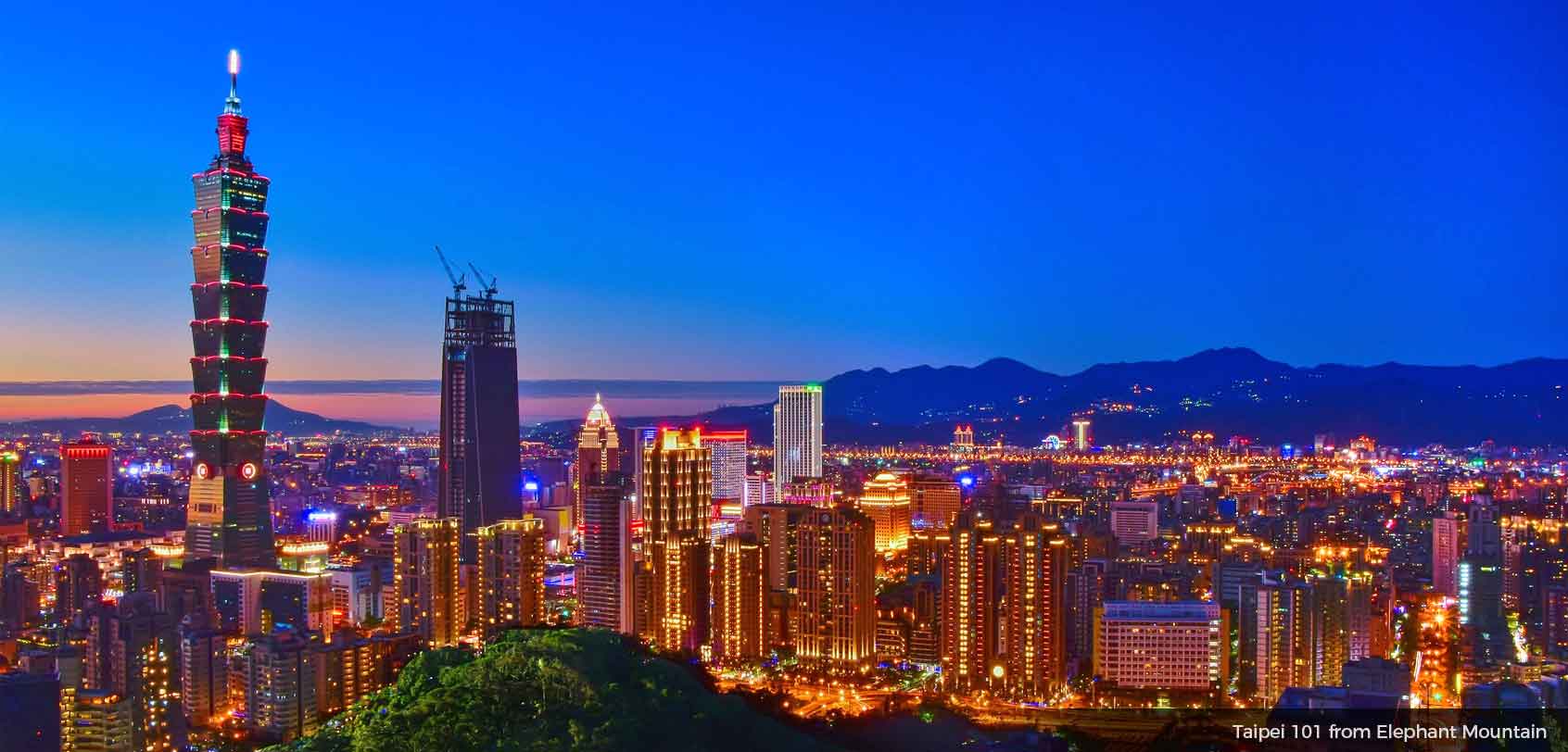
Once you arrive in the heart of Taipei, go and quickly enjoy its iconic landmarks as well as its busy night markets and colorful culture! With that, I’ll be listing the top attractions in the city; however, it would be impossible to thoroughly visit EVERYTHING (unless you swiftly go through every location) .
That’s why, depending on your interests, pick the best places that you’d like to see within the day for your Taiwan itinerary based on the descriptions that I’ll be providing below (my top favorites are marked with a star ★); and then, you can visit the rest during your other free time or during your other trip days if you’re staying longer than 3 days in Taiwan.
◘◘ ★ Taipei 101
Formerly known as the Taipei World Financial Center, Taipei 101 was once called the world’s tallest building in 2004 — until Burj Khalifa in Dubai was completed in 2010.
Either way, nowadays, it holds the highest award as the tallest and largest green building in the world according to LEED (Leadership in Energy and Environmental Design) . By now, I’m sure you’ve heard of this building before; after all, it serves as an icon of modern Taiwan (though it was initially built as a symbol of the evolution of technology and Asian tradition) ; as such, it is a must to include this on your Taiwan itinerary.
Towering at 101 stories, the base of the building houses several shops and restaurants (such as the famous Din Tai Fung chain) but what most visitors aim to do is to access the observatory. To list out the highlights of the building:
- 5F Taipei 101 Mall : The floor where you can purchase tickets and take the Guinness World Record high-speed elevator to the observatory on the 89th floor (it travels at 1,010 meters/min or 60.6kph, taking only 37 seconds total). However, it’s best to purchase online to get a discounted price — I will discuss this in the detail in the ‘ admission ‘ section below.
- 89F Indoor Observatory : Offers unobstructed views of Taipei. It also has a museum where you can learn about the construction of Taipei 101.
- 88F Beauty of Taiwan Multimedia Corridor, Super Big Wind Damper, Treasure Sky : The highlight of this floor is at 5.5m (in diameter) and there’s a 660-ton wind damper that’s built in the core of the tower. Apparently, this amazing technology helps keep the building from swaying and helps keep it stand upright. Meanwhile, Treasure Sky is a place where you can find jewel crafts.
- 91F Outdoor Observatory : This is accessible via the stairs from the 89th floor, but since the winds can get quite strong, this floor is only open on days when the weather is favorable. Anyhow, inside, you will find a small theatre that features films about the annual New Years’ fireworks display set off from Taipei 101.
ADMISSION: General ticket is NT$600 (students are charged NT$540 and children under 115cm are charged free). However, if you book online , you will only pay around NT$400! With this, you not only get a discount but you also don’t have to wait in a long line. HOURS: 9:00AM to 10:00PM NEAREST MRT: Red Line (Xiangshan train) to Taipei 101 station or Blue Line to Taipei City Hall Station
◘◘ Elephant Mountain
This is yet another great place for acquiring great views over Taipei especially if you’re into doing some mild hiking! Also known as the Nangang District Hiking Trail or Xiangshan, the hiking trail up to Elephant Mountain is found close to the Xinyi Shopping District and Taipei 101. The whole steep hike takes about 15 to 20 minutes only one way.
ADMISSION: Free TOUR: For a hassle-free experience, you can join an Elephant Mountain day tour which will already include a trip to Pinglin’s Thousand Island Lake, Bagua Tea Plantation and Shenkeng Old Street. HOURS: It’s best to avoid coming here during weekends because it can get crowded. For the best times to hike, it will be during the late afternoon so that you can catch the daylight, sunset and nighttime views of Taipei. NEAREST MRT: Red Line to Xiangshan Station (or if you’re in Taipei 101, walk east on Xinyi Road until you reach Xiangshan Station for 15 minutes)
◘◘ ★ National Palace Museum
This is home to the largest permanent collection of ancient Chinese artifacts and artworks (spanning over 700,000 pieces)! They cover about 8,000 years of Chinese art history from the Neolithic to the modern age; plus, most of them are high-quality pieces that were collected by China’s emperors — which means that a lot of them were rooted in the Palace Museum of Beijing’s Forbidden City .
With such a number, it helps to note though that the exhibits continuously rotate because only a small number can be displayed at a time in order to properly preserve them. Still, it’s quite an impressive collection that’s worth visiting if you’re into Chinese culture and history!
Upon admission, you could also access the beautiful garden nearby called Zhishan Garden . Not too far away would also be the Shung Ye Museum of Formosan Aborigines which could be accessed for free once you pay the entrance for the National Palace Museum. (TIP: The National Palace Museum holds free English tours at 10AM and 3PM; book online beforehand to reserve your spot. Whereas the Shung Ye features free tours at 2PM every weekend; no booking is required).
ADMISSION: NT $350 (for students with ID, only NT $150) HOURS: 8:30AM to 6:30PM from Sunday to Thursday (to 9:00PM from Friday to Saturday) PROMO: Book online to purchase your admission ticket since it is cheaper NEAREST MRT: Red Line Shilin Sation (士林)
◘◘ Presidential Building
This recognizable building in Taipei was originally built to act as the Office of the Governor-General during the Japanese colonial period, but it has since been renovated after it was partially destroyed during World War II. By the end of the Chinese Civil War, it served as the Presidential Office Building of the Kuomintang leadership in the city. As such, this is a great place to stop by for your Taiwan itinerary if you want to learn more about the country’s past in terms of political development.
ADMISSION: Free TOUR: For a hassle-free experience, you can join a Taipei city tour which will include a stop to this attraction HOURS: 9:00AM to 11:30AM from Monday to Friday NEAREST MRT: Red Line to NTU Hospital Station (pass through Exit 1)
◘◘ ★ Chiang Kai-Shek (CKS) Memorial Hall
Built in memory of the former President of the Republic of China, Generalissimo Chiang Kai-shek , this monument is a prominent historical landmark in Taiwan that was opened in 1980 as part of the national park. The square is actually officially called Liberty Square but the name was changed due to political motivations, and due to people still commonly referring to it as the CKS Memorial Hall.
TRIVIA : The 8 sides of the octagon-shaped building represent the number 8 which is often traditionally associated with fortune and wealth as per Chinese symbolism. Meanwhile, the 2 sets of 89 steps represent Chiang Kai-shek’s age of death (and you will find a bronze statue of him in the main hall). One of the great spectacles of this hall too is the hourly changing of the guards on either side of the statue.
ADMISSION: Free TOUR: For a hassle-free experience, you can join a Taipei city tour which will include a stop at this attraction HOURS: 9:00 AM to 5:00PM daily NEAREST MRT: Red Line or Green Line to Chiang Kai-shek Memorial Hall Station
◘◘ National Sun Yat-sen Memorial Hall
This is another memorial hall, but this time around, it’s dedicated to the founder of the Republic of China: Dr. Sun Yat-sen . Once you enter the premises, you will find displays showing his accomplishments that spanned from the revolution during and after the fall of the Qing Dynasty. But other than this, the hall is also often used for various performances and exhibitions. You could even enjoy the surrounding park called Zhongshan Park which features gardens, decorative historical walls, and Lake Cui or Emerald Pond which has a nearby exhibition area.
ADMISSION: Free HOURS: 9:00 AM to 6:00PM daily NEAREST MRT: Blue Line to Sun Yat-sen Memorial Hall Station
◘◘ Martyrs’ Shrine
Officially called the National Revolutionary Martyrs’ Shrine, this basically marks the memory of almost 400,000 soldiers who died during the war against the communist in mainland China. The complex, which was built in 1969, is a typical example of the northern ‘palace style’ architecture that was popularised during Chiang Kai-shek’s reign.
For most visitors, much like the CKS Memorial Hall, the Martyrs’ Shrine is known for its changing of the guards or soldiers at the front gate. This event happens every hour until 5PM and lasts for about 20 minutes so it’s worthy to consider for your Taiwan itinerary. Once you’re done watching the guards, just don’t forget to make the most of your stay and explore the surrounding architecture.
ADMISSION: Free TOUR: For a hassle-free experience, you can join a Taipei city tour which will include a stop at this attraction HOURS: 9:00 AM to 5:00PM daily NEAREST MRT: Jiantan Station
◘◘ Dalongdong Bao’an Temple
This is a beautiful Taiwanese Taoist temple that received a UNESCO Asia-Pacific Heritage Award for both its restoration and revival qualities of temple rites and festivities. Dedicated to the Taoist saint, Baosheng Dadi , this 900sqm temple is an exquisite structure that is a great example of the traditional decorative arts. If you time your visit from March to June, you could even witness the popular Baoshen Cultural Festival where you can watch parade tours, fire-walking rituals, lion dances, Taiwanese opera performances, puppet shows, and other cultural presentations. For an accurate schedule of the events, see the temple’s website .
ADMISSION: Free HOURS: 7:00 AM to 10:00PM daily NEAREST MRT: Red Line to Yuanshan Station
◘◘ ★ Maokong Gondola
The mountain village of Maokong is the best spot in Taipei that offers a stunning panoramic view of the city — not to mention, they also have a wide variety of high-quality local tea.
To reach this village, you must take the Maokong Gondola which is a 4-km scenic cable car ride. With their Crystal Cabins or glass-bottom cars, you will be rewarded with amazing views and angles not only over the metropolis but also over the lush Zhinan River as you make your way up to Maokong (the ride spans about 30 minutes).
ADMISSION: One-way NT$120 for adults and NT$50 for children (FREE if you purchase a Taipei Pass ) PROMO: Book online to purchase your admission ticket since it is a cheaper package inclusive of roundtrip tickets with FREE Taipei Double-decker Sightseeing Night Bus ticket for only NT$220. HOURS: Typically open from 9AM to 9PM on Tuesdays to Thursdays, 9AM to 10PM on Fridays, 8:30AM to 10PM on Saturdays and 8:30AM to 9PM on Sundays (note that the gondola’s opening hours depend upon the weather situation) NEAREST MRT: Brown Line to the terminus station, Taipei Zoo
◘◘ ★ Mengjia Longshan Temple
This is one of the largest and oldest well-known temples in Taiwan that’s located in the historic Wanhua district. Said to have been built in 1738 by Fujian settlers as a gathering place for Chinese settlers, Longshan Temple has since been rebuilt multiple times after destruction by earthquakes, typhoons, and WWII bombings. Today, it stands as a Taiwanese worship house for a mixture of Buddhist, Taoist, and deities such as Matsu (or the goddess of the sea).
ADMISSION: Free HOURS: 6:00AM to 10:00PM (best times to visit would be at 6AM, 8AM or 5PM when crowds would gather and engage in hypnotic chanting) NEAREST MRT: Blue Line to Longshan Temple
Night Markets
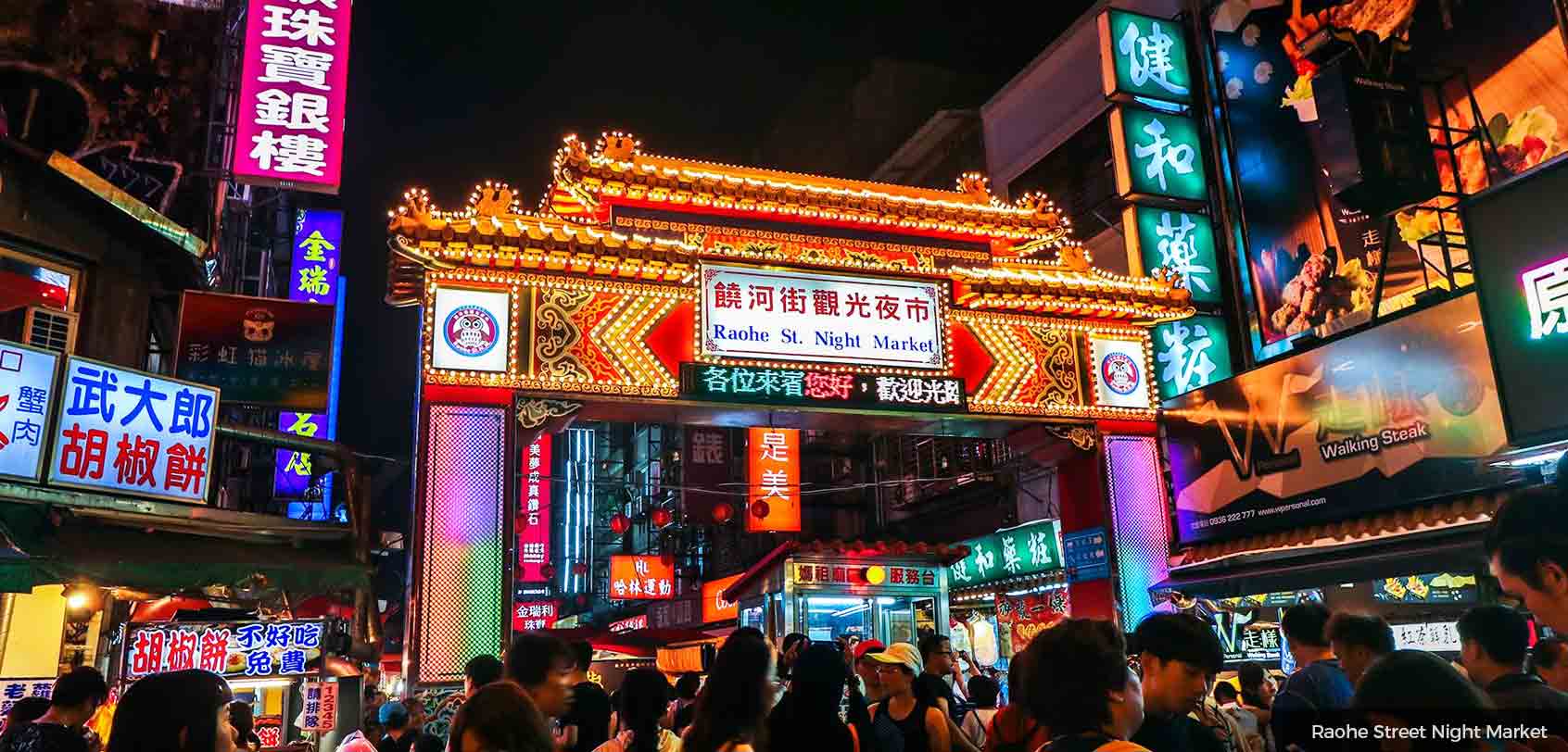
Taiwan is a haven for foodies so when the night starts to creep in, choose from any of the night markets below to stuff yourself full!
TIP : For a hassle-free experience, you can join a Taipei Night Market tour for your Taiwan itinerary in order to get the most out of the city’s top authentic Taiwanese dishes and local flavors with the help of a local guide! Otherwise, check out this list of restaurants that you can book online for scoring special deals and rates.
◘◘ ★ Raohe Street Night Market
This is said to be Taipei’s oldest night market! It’s a single pedestrian lane spanning about 600 meters and it goes along Raohe street between 2 ornate gates. Here, you’ll find an array of quaint shops and stalls that serve food, snacks, and other items. For the must-try food items? Come read my post below:
» READ: Taiwan Street Food in Raohe Street Night Market
Other than eating, you can also shop for clothes if you stroll through the nearby Clothing Shopping Outlet in Wufenpu, or you could also visit the Ciyou Temple which is at the eastern end of the night market.
ADMISSION: Free HOURS: 5:00PM to midnight NEAREST MRT: Green Line to Songshan Station
◘◘ Huahsi (or Huaxi) Night Market
Also called “Snake Alley”, Huahsi is conveniently found next to Longshan Temple, as well as 2 other markets namely Guangzhou and Wuzhou. There is a wide range of food items that you can find here but the most famous ones would be the dishes made from snakes and turtles. If you’re up for something this exotic for your Taiwan itinerary, do try the snake soup! For something more ‘normal’, try the famous Tainan dan-dan noodles.
ADMISSION: Free HOURS: 4:00PM to midnight NEAREST MRT: Blue Line to Longshan Temple Station
◘◘ Shilin Night Market
This is one of the largest and most popular night markets in Taiwan to tourists. With its maze of alleyways, you can find a variety of local, traditional, and international merchandise — local cuisines included, of course! So make sure that you stop by the underground foodie paradise on the western side of the market. Some of the things to try are oyster vermicelli, fried pork buns, bubble tea, stinky tofu, and oyster omelet .
ADMISSION: Free HOURS: 4:00PM to midnight NEAREST MRT: Red Line to Jiantan Station
◘◘ Tonghua Night Market
This is a short walking distance from Taipei 101 and it’s the best night market to visit if you want something more local and less touristy. Other than clothing and other merchandise, there are food stalls here that sell sushi, steaks, and dumplings among many other things.
ADMISSION: Free HOURS: 6:00PM to 1:00AM NEAREST MRT: Red Line to Xinyi Anhe Station
Taipei Meals
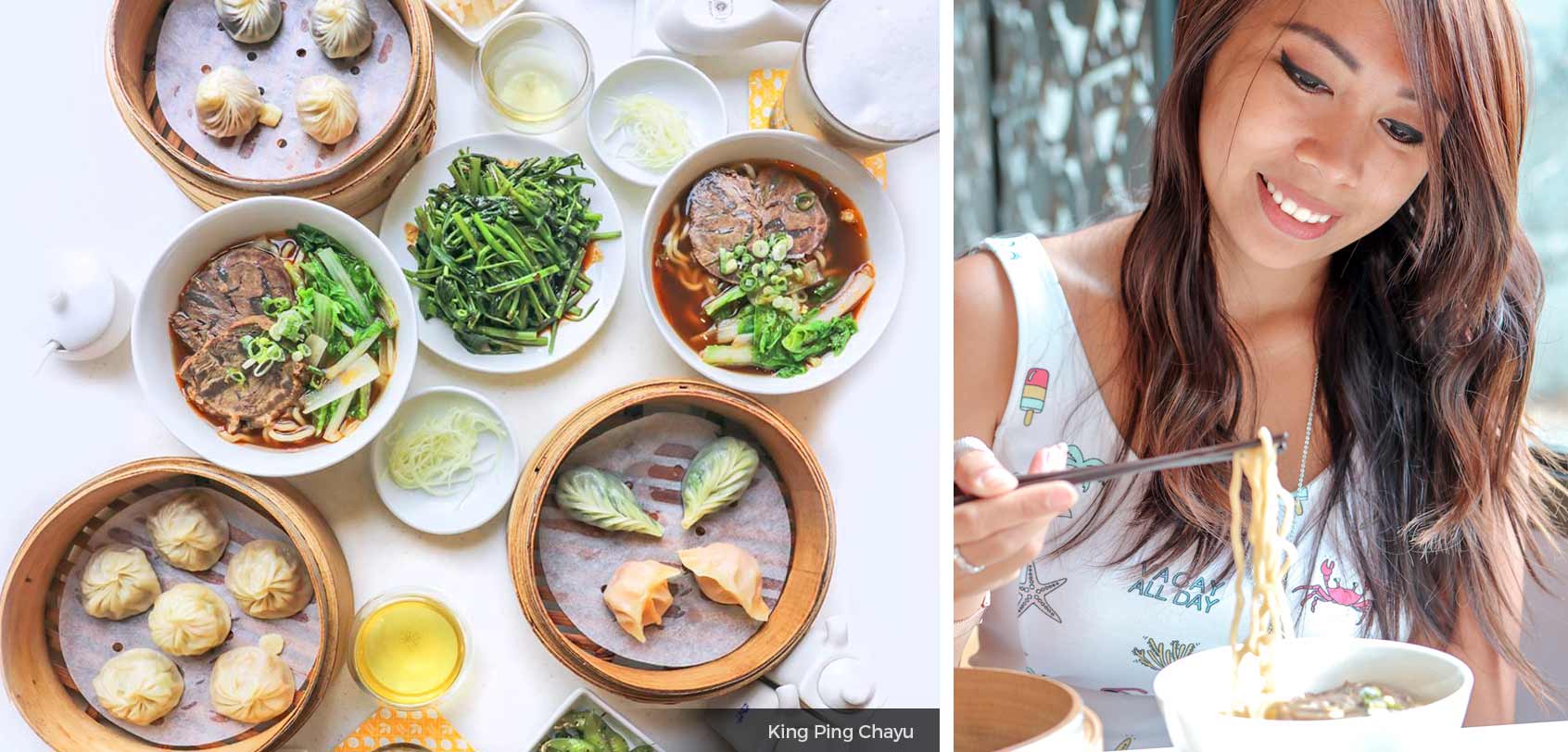
◘◘ LUNCH: Eatogether Xinyi Restaurant
You must NEVER leave Taiwan without tasting the top local fares of xiaolongbao , beef noodles soup, and bubble tea! To get the best of everything, head over to this highly-rated buffet chain. BOOK: Online
◘◘ DINNER: Any of the night markets
Taipei’s night markets can easily fill you up for dinner; so go and take your pick from any of the previous night markets that I’ve mentioned, and you’re sure to enjoy the night away!
Otherwise, check out this list of Taipei restaurants that you can book online for scoring special deals and rates.
Discover North of Taiwan
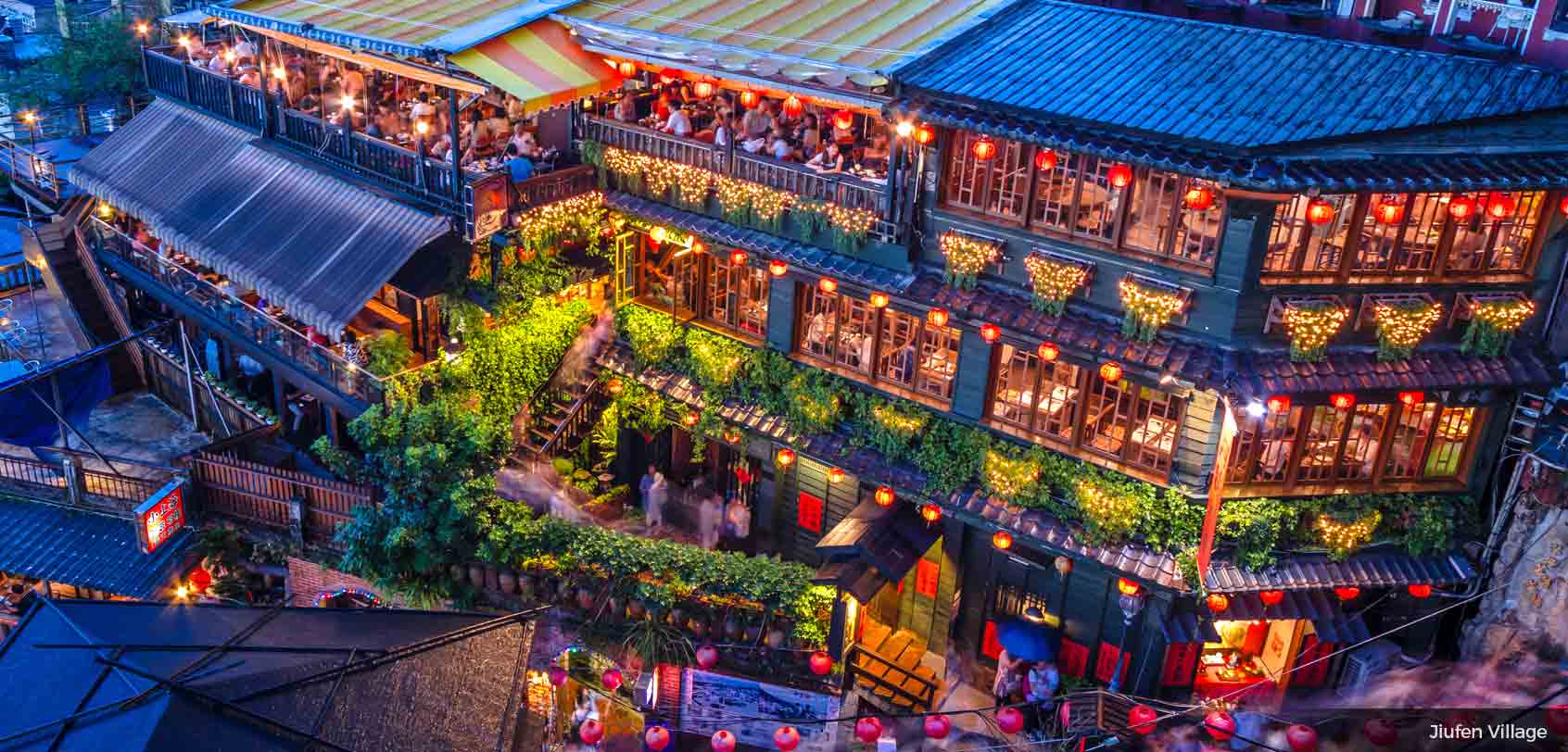
After you had your fill of some of Taipei’s key attractions, it’s time to venture out of the city to discover northern Taiwan’s wonders!
◘◘ Day tour to Yehliu, Shifen, and Jiufen
This is one of the best day tours that I’ve ever experienced for my Taiwan itinerary! For a whole day, you will be exploring the following key locations…
- Geopark : This beautiful limestone cape has a range of interesting rock/geological formations that have been aptly named according to their shape (example: Fairy’s Shoe and Queen’s Head).
- Shifen Old Streets and Shifen Waterfall : Found in the Pingxi area, Shifen is basically a small town that surrounds the Shifen railway station. This place is famous not only for its picturesque train tracks and marketplace but also for its shops that let you release a Chinese sky lantern — in case you can’t make it to their official Sky Lantern Festival (held usually on the 15th day of the first month in the lunisolar Chinese calendar). Another nearby attraction that you can find is the 20-meter tall Shifen Waterfall which is said to be the most scenic in Taiwan.
- Jiufen : Once a prosperous gold mining town, Jiufen is now a popular tourist destination for its quaint scenes that relive scenes from the past. Here, you will find picturesque streets and tea houses adorned with red lanterns and some great spots for viewing the Pacific Ocean! If you’re a fan of Miyazaki’s “Spirited Away”, you must visit Jiufen since most of the scenes from the movie were inspired by this place.
DETAILED EXPERIENCE: Read this Jiufen Tour review DURATION: About 8 hours (return time approximately 5:30PM) BOOKING: Online
» Want some other day tour options for your Taiwan itinerary? See here to view a complete list.
◘◘ Ximending Youth Shopping District
Dubbed as the ‘Harajuku’ of Taipei, this is the trendy shopping and nightlife haven in the city that has a wide selection of shops, restaurants, clubs, and bars found all throughout its streets. In fact, the moment that I stepped here, it really made me feel like I visited Shibuya in Japan! That being said, before the day ends, go and shop here ’til you drop — or if you’re more into clubs and bars, there is an array of choices for you.
HOURS: It’s open all day up to the night, but the best time to go would be starting from 5PM up into the wee hours NEAREST MRT: Blue or Green Line to Ximen
◘◘ Din Tai Fung Restaurant
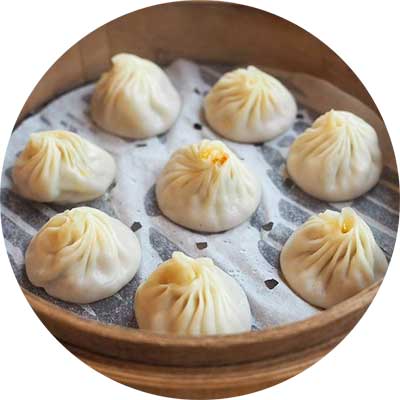
This is the internationally-famous Taiwanese restaurant that makes great-tasting xiaolongbao (a kind of tasty soup dumpling); therefore, no trip to Taiwan is complete without visiting one of its branches — especially its original Taipei branch found on Xinyi Road. Regrettably… the drawback is that there can be an insanely long wait because a lot of travelers also want to get a taste of this place. My advice? Visit in the morning to try and skip the lines!
TIP: If you are pressed on time during your Taiwan itinerary and can’t dedicate hours-long of waiting at Din Tai Fung, you can reserve your spot online at either the Xinyi or Taipei 101 branch — or join a Taipei night tour that includes a dinner at Din Tai Fung. For other substitutes, you can get some great tasting xiaolongbao at Kao Chi . NEAREST MRT: Dongmen Station (for the Xinyi branch)
◘◘ Other options for Breakfast, Lunch & Dinner
If you want great discounted/packaged meals in Taipei for your Taiwan itinerary, check out these online deals . They have choices from hot pots, lobster sets, beef noodles, and more! Otherwise, you can also revisit the night markets for a meal.
BOOKING: Taipei restaurants
Nature Exploration

This day is for witnessing yet another example of Taiwan’s grandeur when it comes to natural landscapes.
◘◘ Day tour to Alishan National Scenic Area
Alishan or “Mount Ali” is Taiwan’s most visited national park. Due to its elevation, you will find interesting flora in its ‘Giant Forest’ that is full of towering 2,000-year-old giant Taiwanese red cypresses. The area also enjoys a cooler climate and an erratic weather pattern so you can experience a cloudless morning with denser clouds of mist or fog in the latter part of the day, and then followed by a lightning storm and some rain (so make sure to pack an umbrella and a jacket).
If you ride the famous Alishan Mountain Railway, you can also visit several key locations in the national park via the Sacred Tree Line, Zhushan Line (for sunrise views over the Jade Mountain), and Mianyuei Line. For hiking-lovers, there are several great trails that you can go through in this location such as the path that leads to the Giant Tree of Mt. Shuishan (the oldest tree in the park at 2,700 years old).
On the way to Alishan with this day tour , you will also get the chance to stop over these additional locations…
- Fenqihu : This is a medieval mountain railroad town near Alishan. Make sure that you visit its old narrow streets to shop for interesting souvenirs to bring back home, see its old railway museum, as well as to eat their famous ‘Fenqihu lunch box’ at the original restaurant that serves it (found underneath 7/11 on the main road — NT$100 only for takeaway or NT$120 for eating it on the spot).
- Alishan Shouzhen Temple: This place enshrines the Supreme Emperor of the Dark Heaven (玄天上帝) as its main deity and it is the highest temple in Taiwan in terms of elevation.
BOOKING: Online DURATION: About 8 hours MEETING POINT: In this tour, it is possible to pick you up from any of the hotels found in Kaohsiung, Chiayi and Tainan City. Otherwise, if you’re coming from Taipei, they can pick you up from High Speed Railway stations found in Chiayi or Tainan. To get to these train station locations from Taipei, you need to book an HSR train. Book a ticket , or you can also book an unlimited pass especially if you’re staying longer in Taiwan and plan to visit other places outside of Taipei). PUBLIC TRANSPORTATION: If you want to explore Alishan by yourself for your Taiwan itinerary, once you reach Chiayi station, take the direct bus to Alishan for about NT$300 (one way) which runs between 10:00AM to 11:30AM. There are also non-direct buses that cost NT$221 each way. Take note that the last bus to Alishan is at 2PM and the last bus back to Chiayi leaves at 5:10PM (found near Alishan’s 7-11 store).
◘◘ Explore the rest of Taipei
Once you’re back in Taipei after your day tour, this would be the perfect time to see the other historical landmarks or night markets that you haven’t managed to visit! (Refer to the list I’ve made under Day #1 to see the number of choices).
If you want great discounted/packaged meals in Taipei during your Taiwan itinerary, check out these online deals . They have choices from hot pots, lobster sets, beef noodles, and more! Otherwise, you can also revisit the night markets for a meal.
Other Taiwan Itinerary Activities
◘◘ Taipei Activities
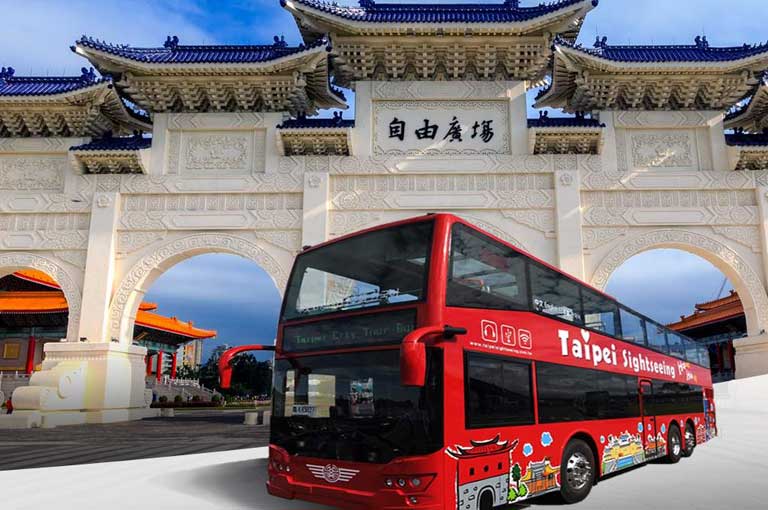
Double Decker Bus Tour Sightseeing bus pass for a day.
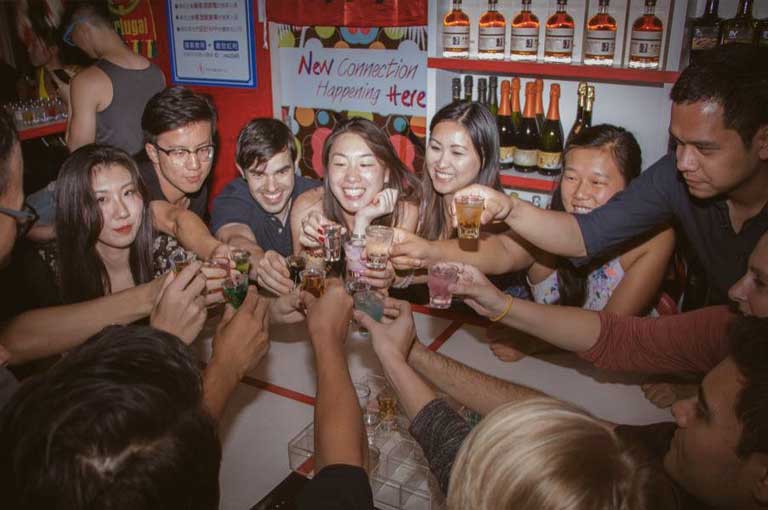
Taipei Pub Crawl The heart of Taipei nightlife!
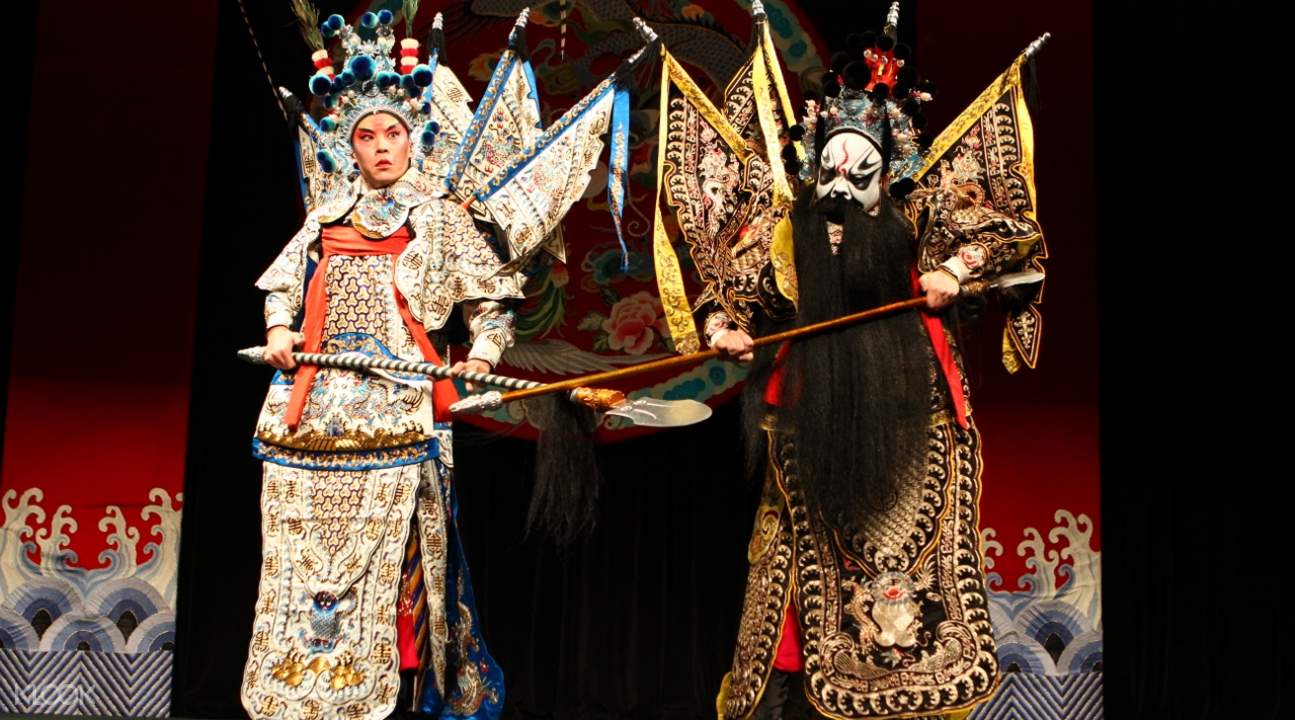
TaipeiEYE Peking Opera Performances featuring classical Taiwanese opera, Peking opera, Aboriginal dance, and more.
◘◘ Family Fun
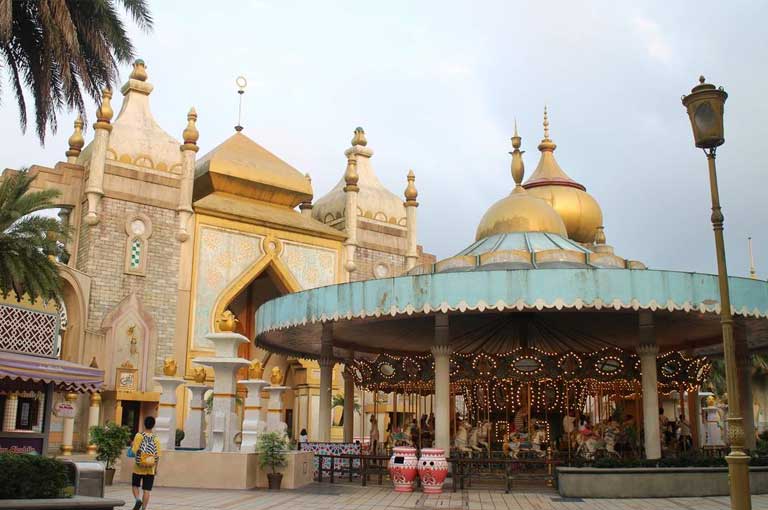
Leofoo Village Theme Park Amusement park & safari.

E-Da Theme Park Aegean Sea inspired theme park.
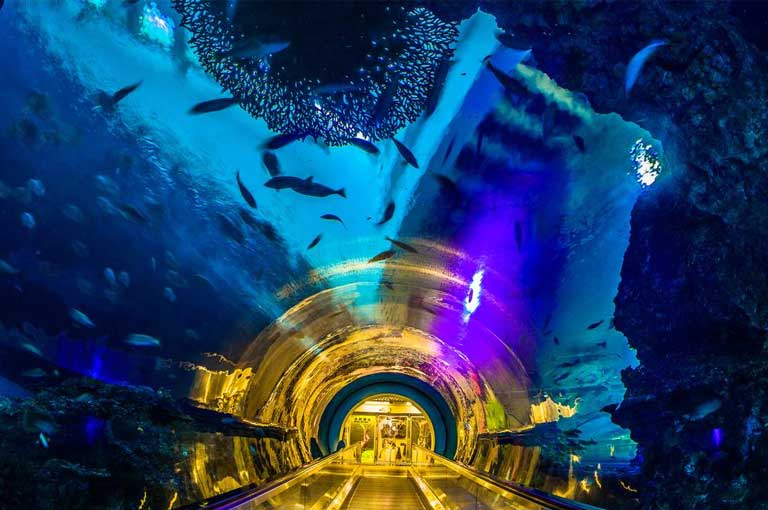
National Aquarium Large museum and aquarium.
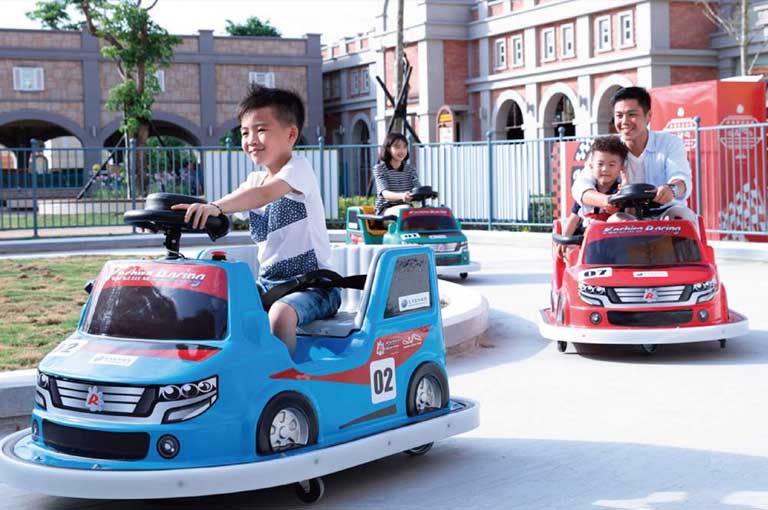
Suzuka Circuit Park Circuit rides amusement park.

Yehliu Ocean World Taiwan’s first ocean park.
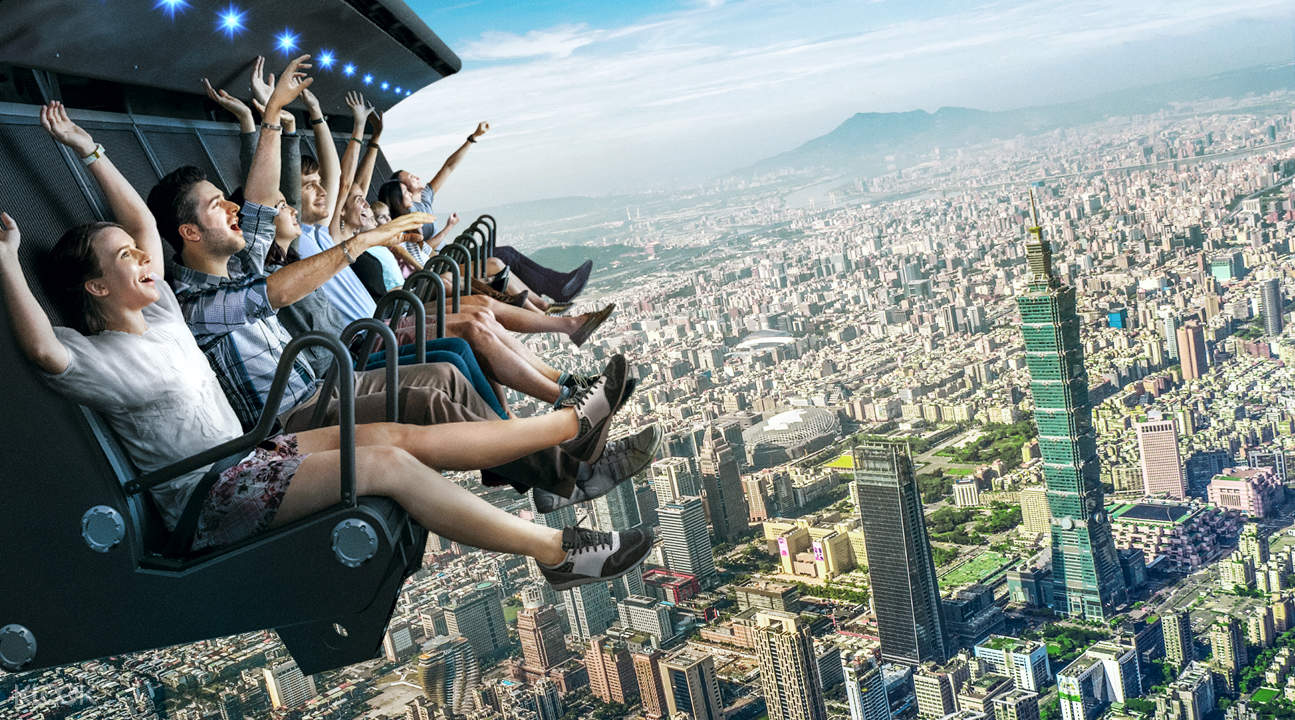
i-Ride Taipei Flying Cinema Experience a multi-sensory 5D ride!
◘◘ Day Trips
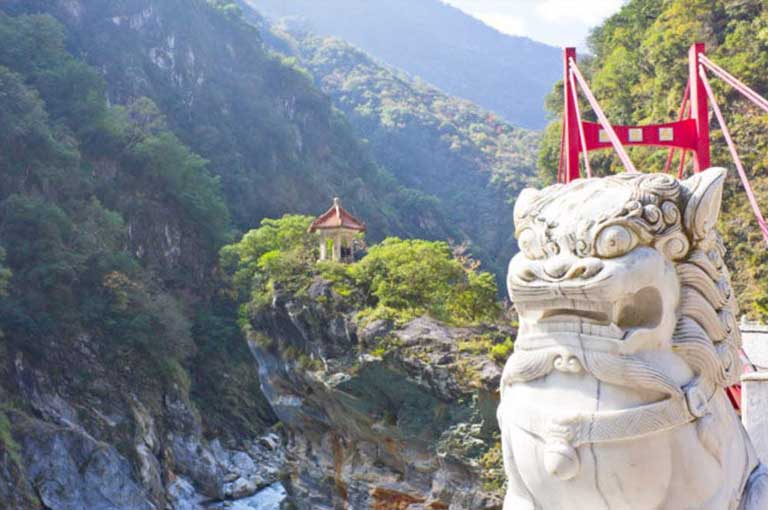
Taroko Gorge Taiwan’s most scenic destination.

Thousand Island Lake & Plantation Stunning landscapes and tea culture.

Gaomei & Rainbow Community Taiwan’s renowned wetland & painted village.
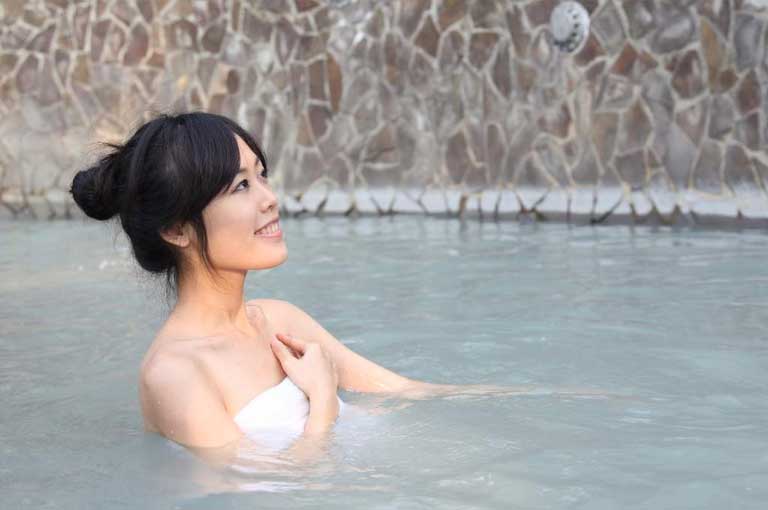
Yangmingshan & Hot Springs Mountain escape & healing springs.
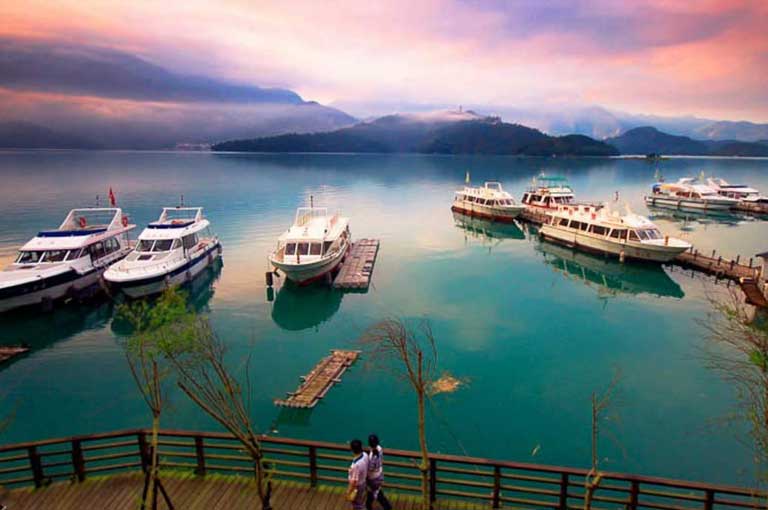
Sun Moon Lake Famous scenic lake.
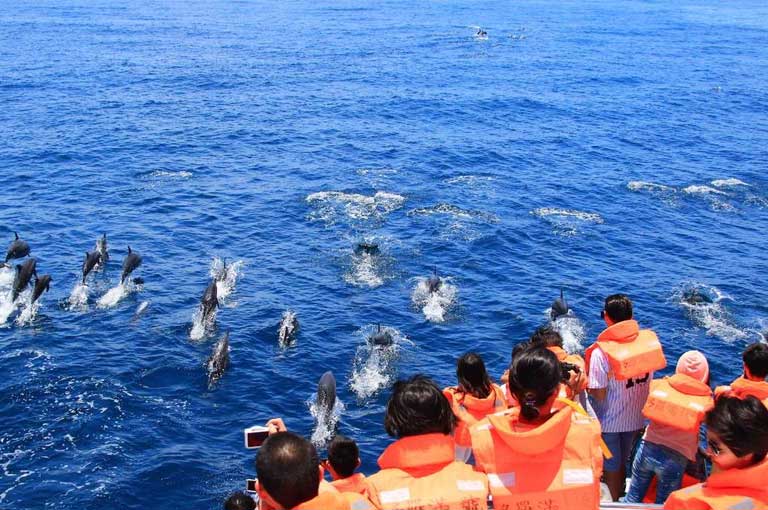
Hualien Whale Watching Witness dolphins & whales.
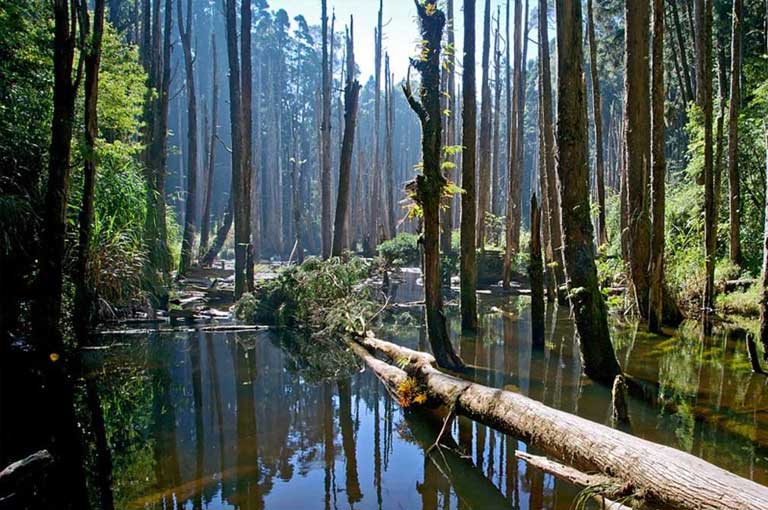
Sun Link & Lotus Forest Scenic mountain lake.
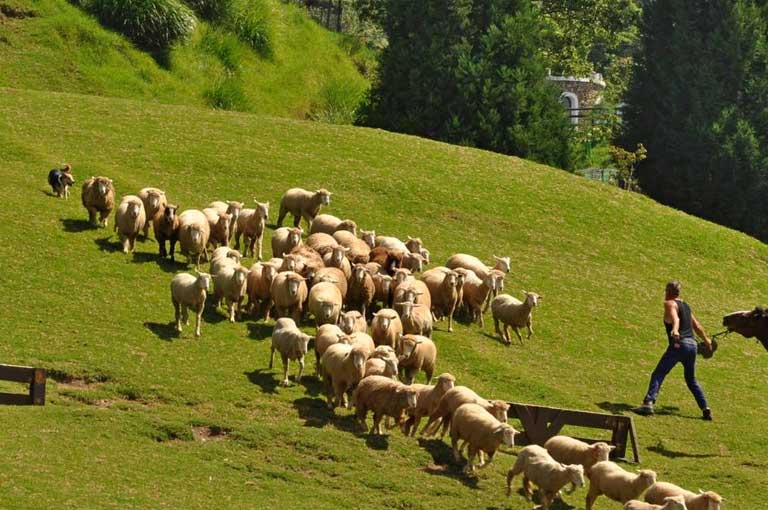
Green Grasslands Tour Cingjing Farm, famous for its abundance of sheep!
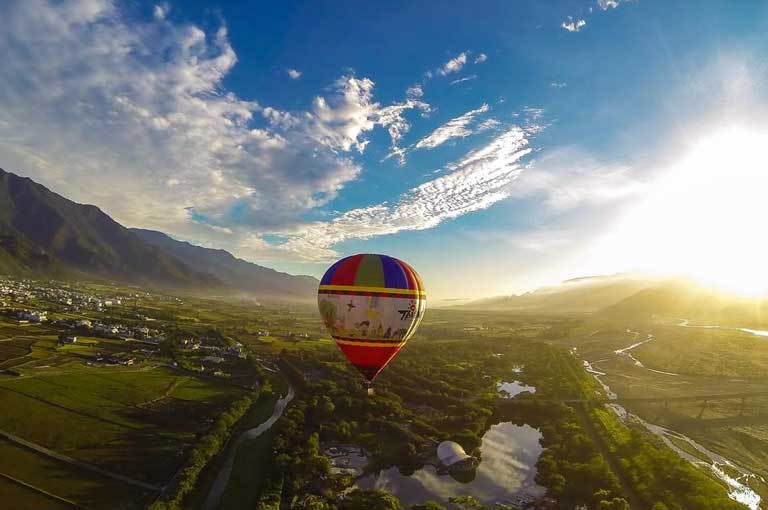
Taitung Hot Air Balloon Tour Overlooking Luliao River and Beinan River.
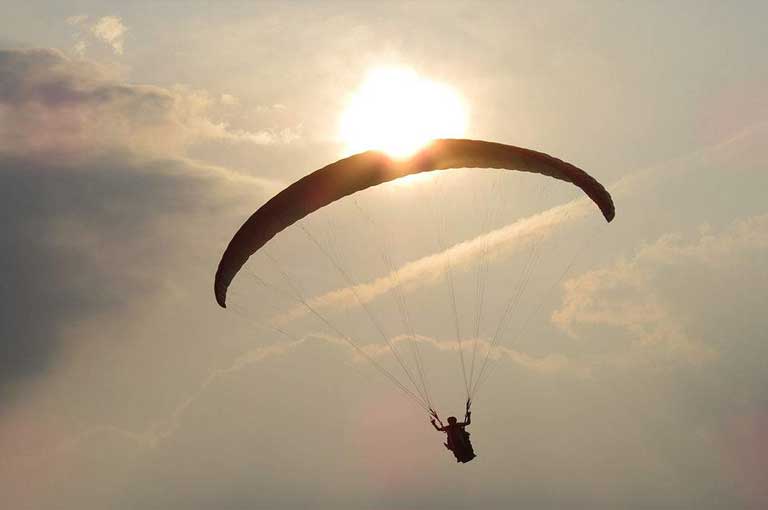
Taichung Paragliding 10-15 minute paragliding flight over Nantou.
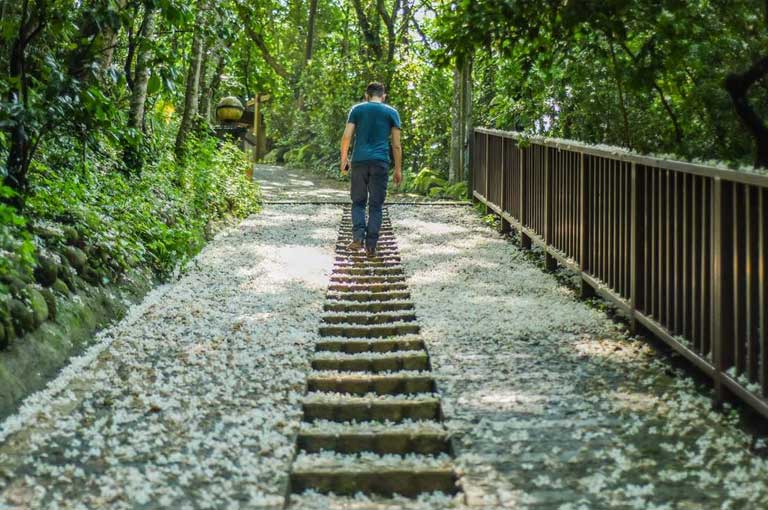
Tung Blossom Day Trip Taiwan’s renowned tung blossoms.
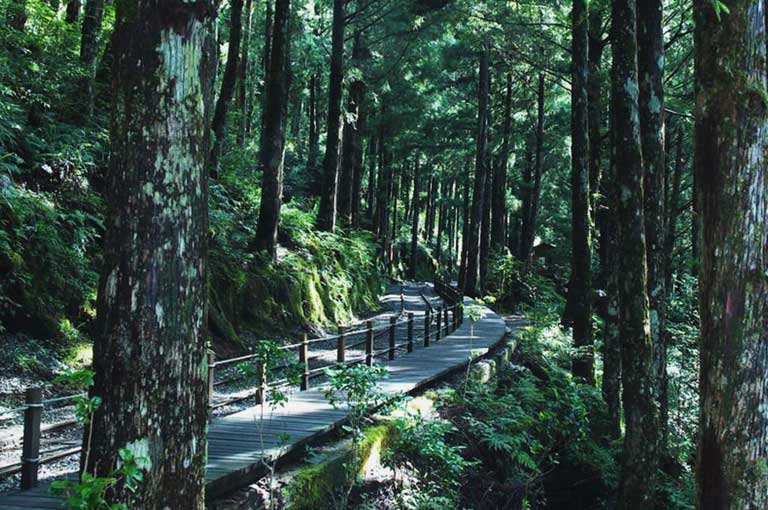
Taiping Mountain Tour Famous Taiwanese national park.
◘◘ Food & Restaurants
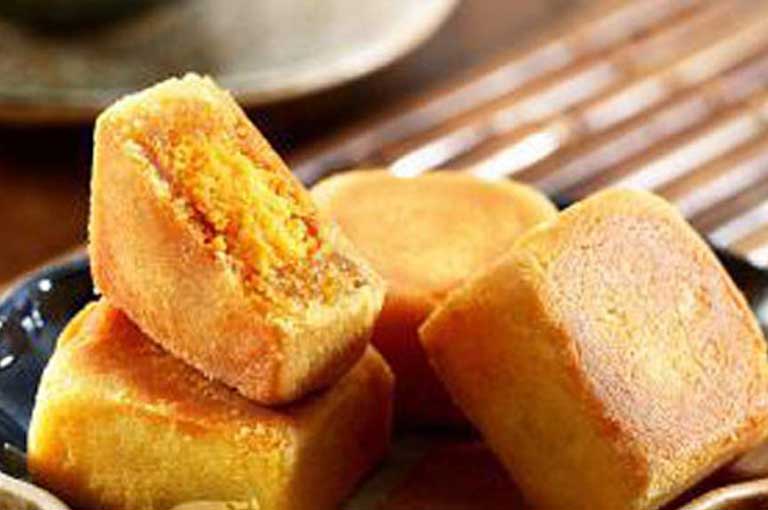
Chia Te Souvenir Award-winning pineapple cakes.
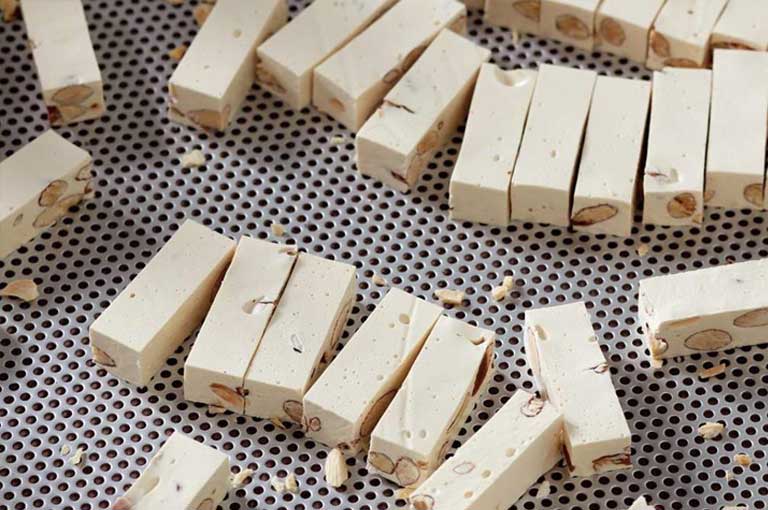
Sugar & Spice Nougat Taiwan’s famous French Nougat.
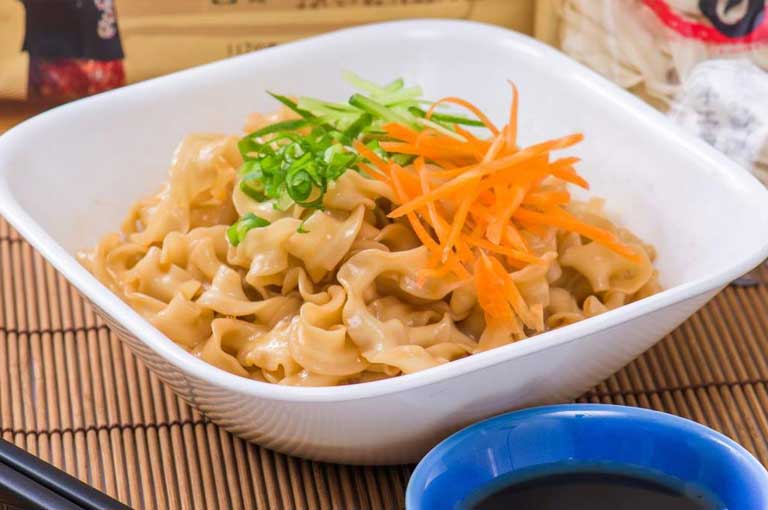
Zeng Noodles Popular instant noodles of Taiwan.
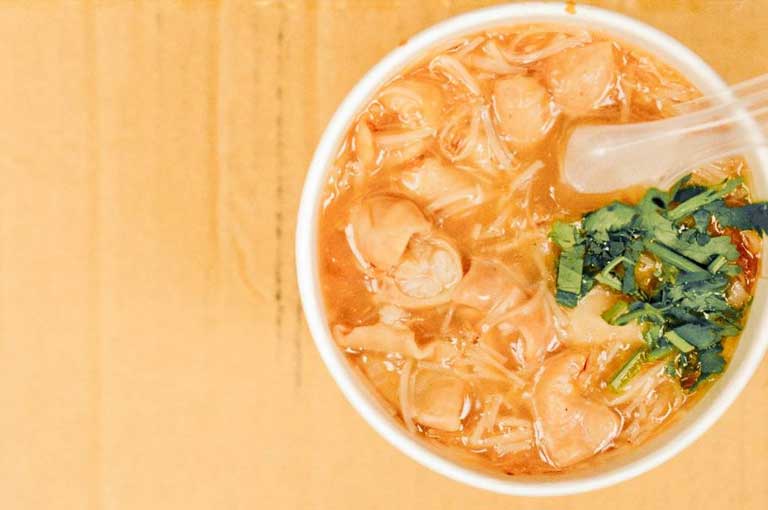
Ay-Chung Flour-Rice Noodle Authentic Taiwanese noodles.
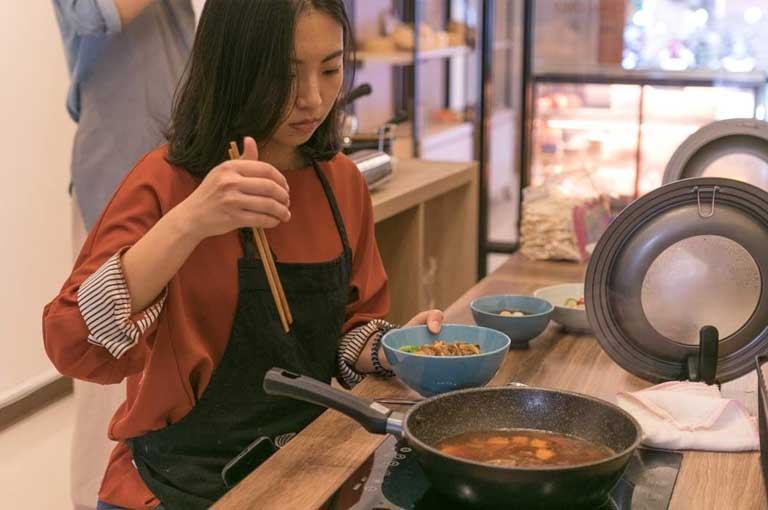
Beef Noodles & Rice Cooking Class Learn to make taiwan’s famous beef noodles.
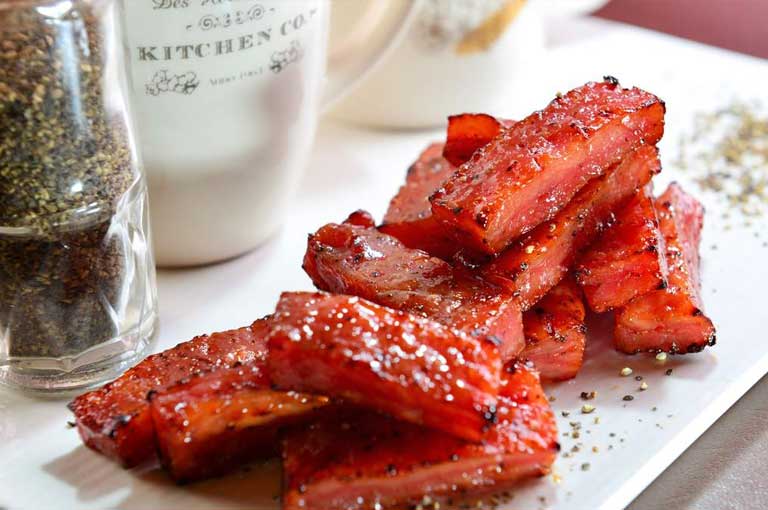
Crispy Pork Jerky Popular “kuai che” dried pork jerky.
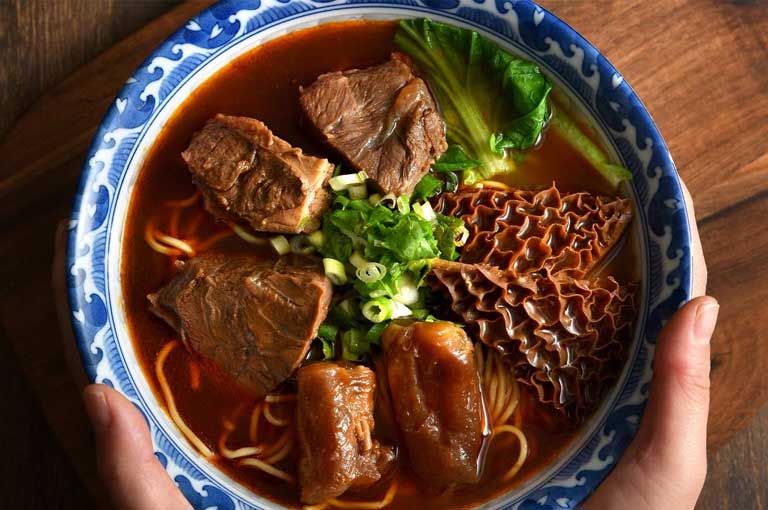
Taiwan Beef Noodles Famous bowl of savory beef noodles.
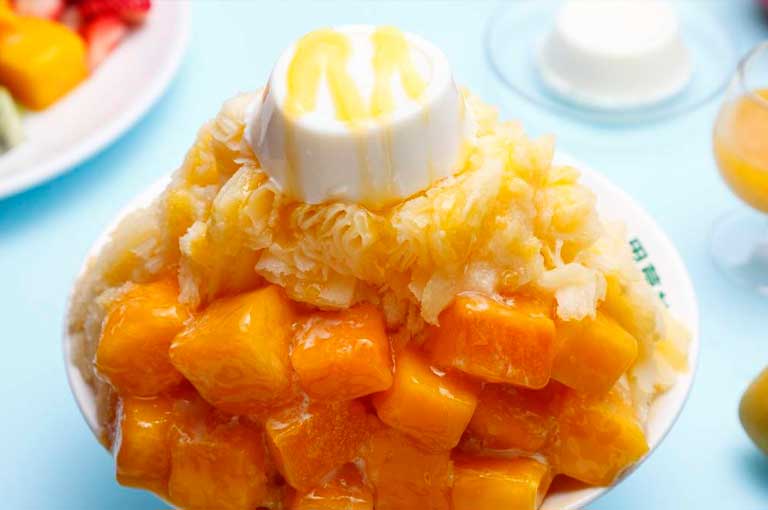
Smoothie House Must-try: their popular mango shaved ice!
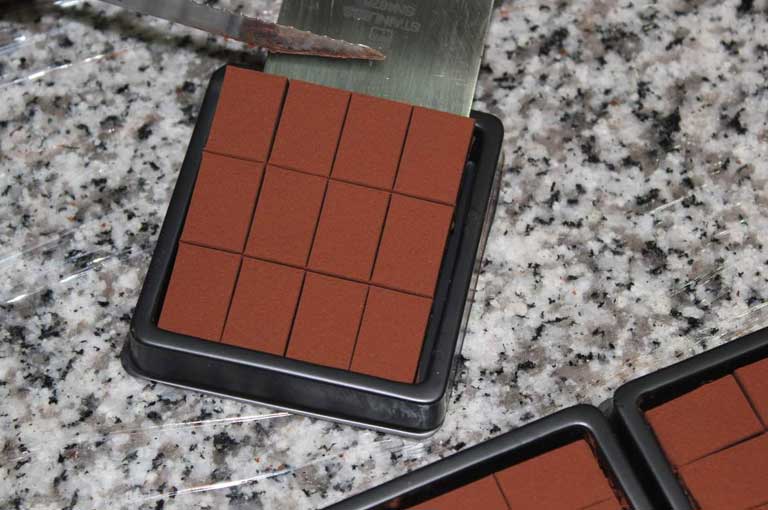
Lovelycocoa Exquisite raw chocolate quality.
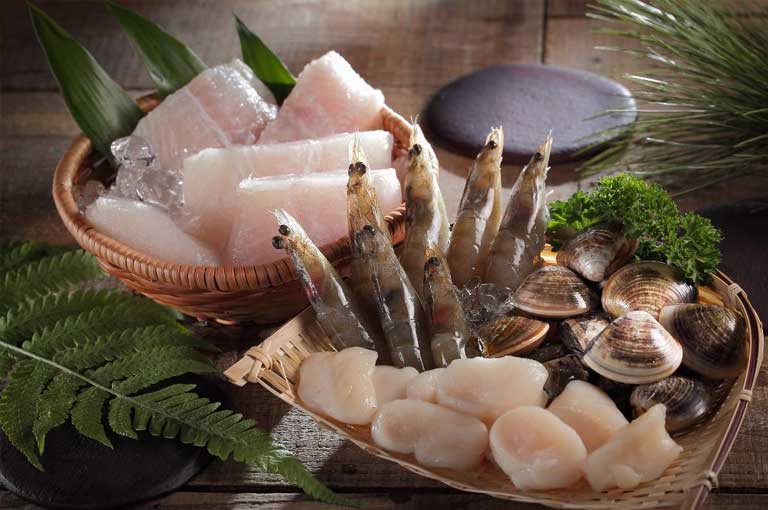
Spicy Hot Pot Red 9’s Sichuan-style hot pots..
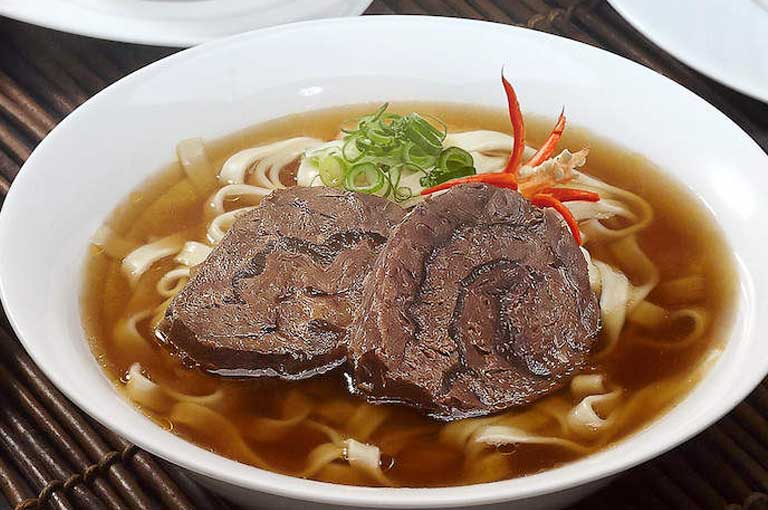
Noodle Soups Must-try: Prime Beef Hind Shank Noodle Soup!
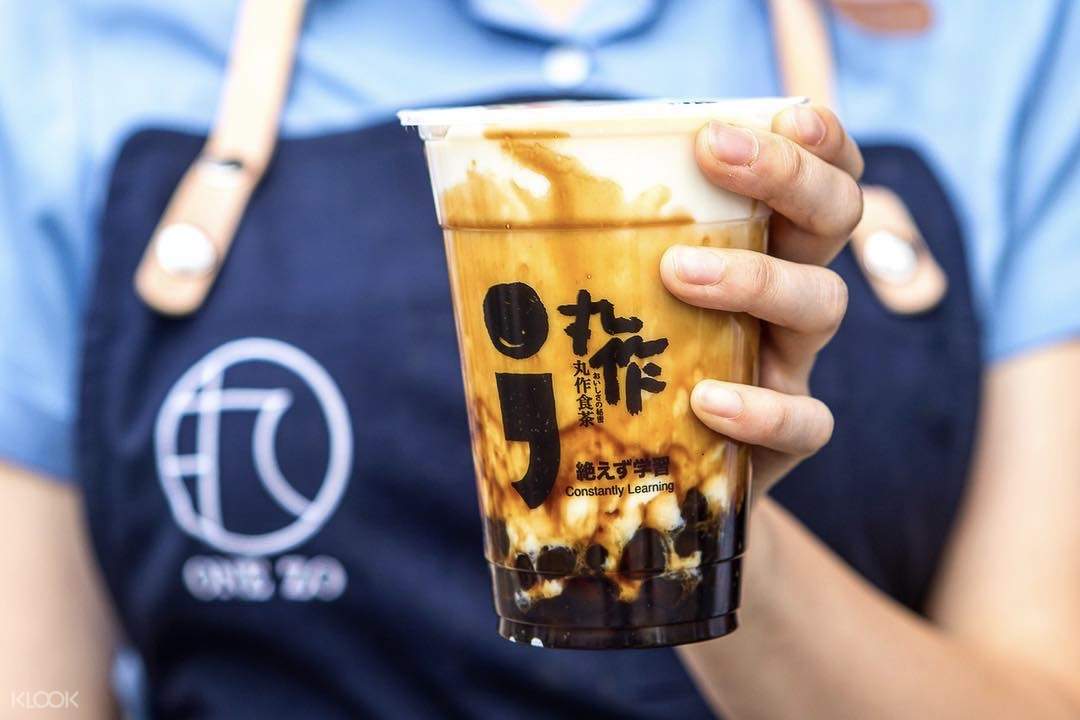
OneZo Milk Tea Get your fill of authentic boba tea!
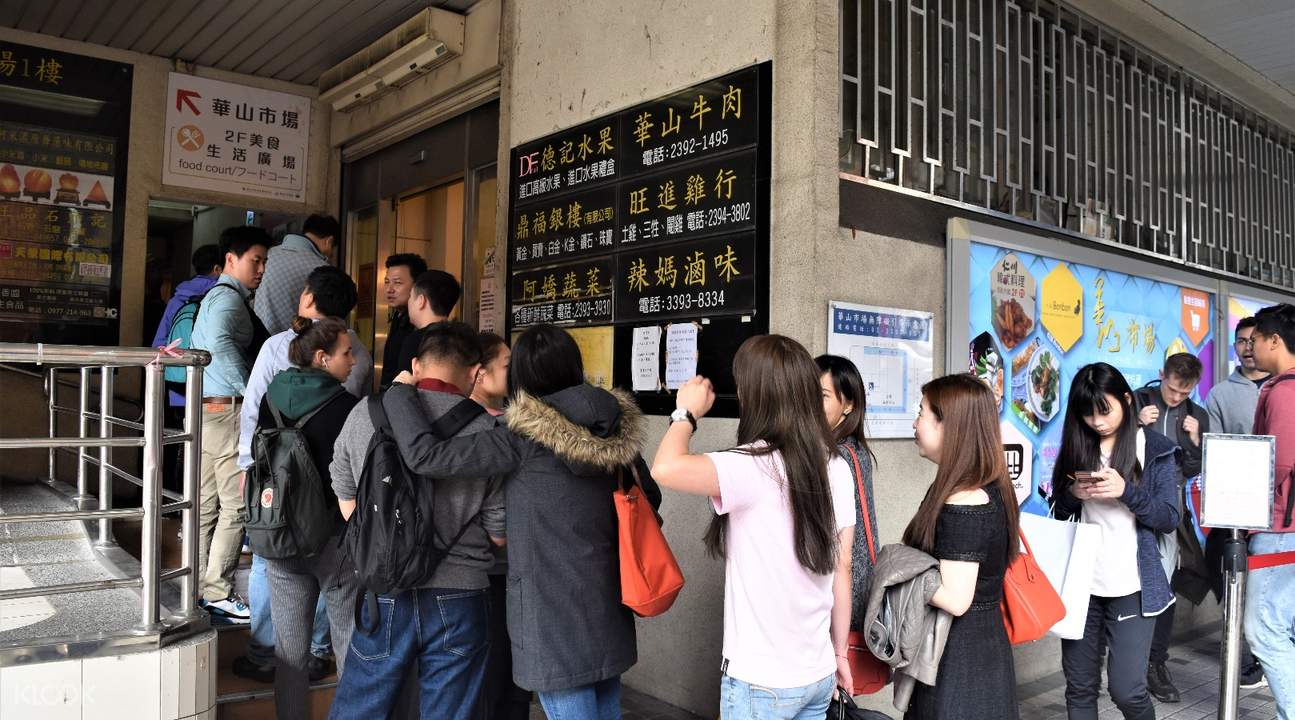
Fu Hang Dou Jiang Top authentic Taiwanese breakfast meals!
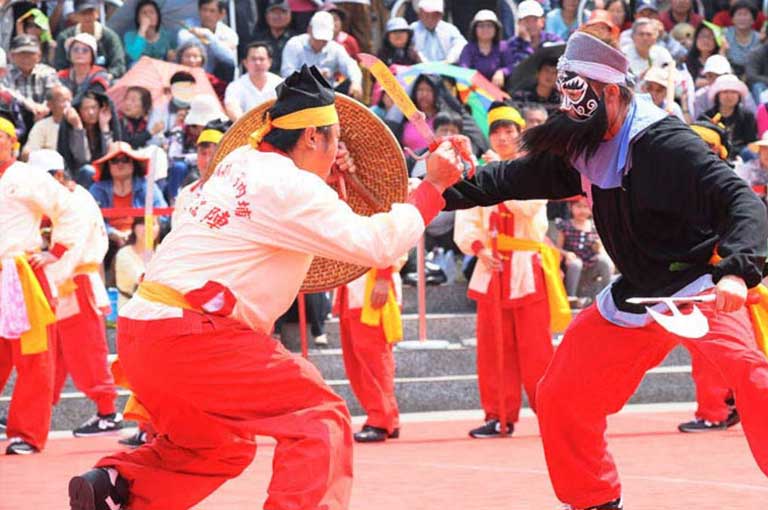
Meinong & Aboriginal Village Witness the home of Hakka culture..

Liang Shan Aboriginal Culture Aboriginal culture at Wutai, Sandimen and Majia.
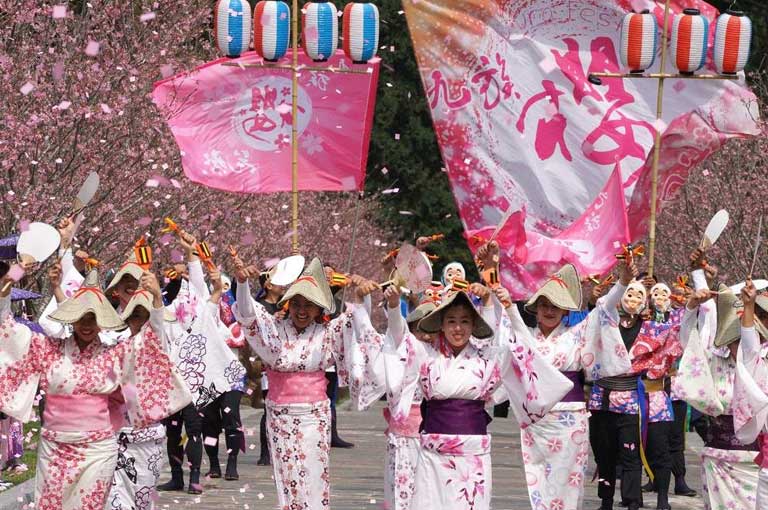
Formosan Aboriginal Culture Mix of theme park and aboriginal culture..
◘◘ Water Fun
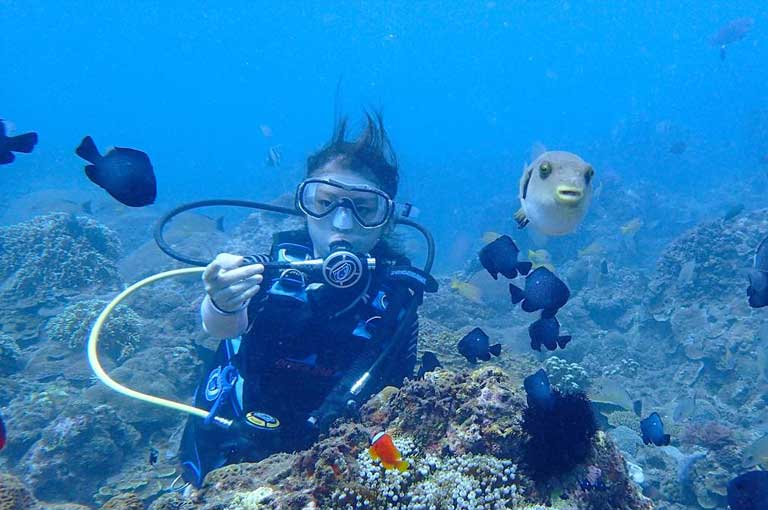
Bitou Cape Scuba Diving See the Northeast Coast’s underworld.
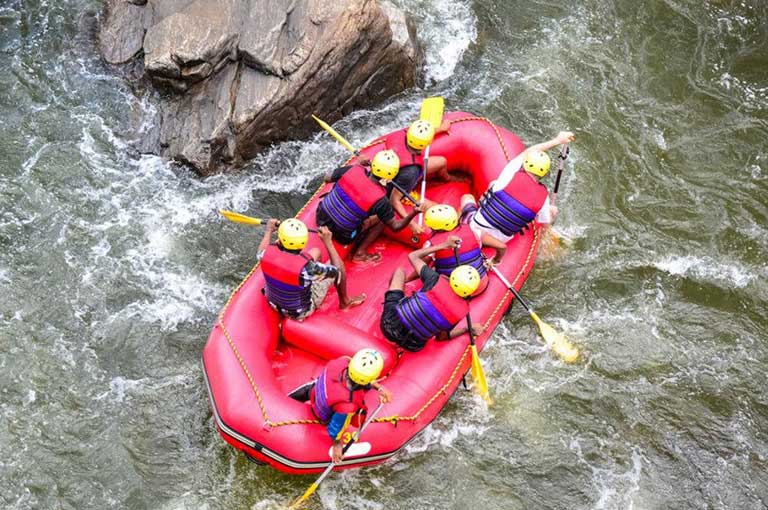
Hsiukuluan River Rafting Paddle through Hualien’s wild rapids!
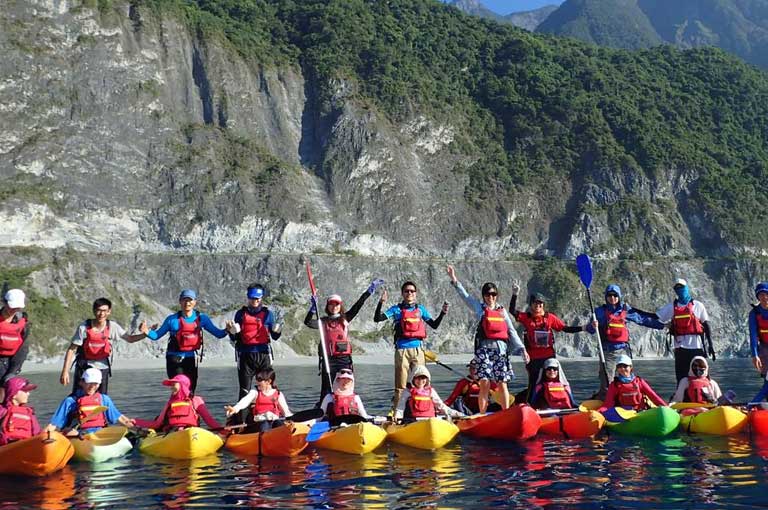
Qingshui Cliff Sea Kayaking See views of the Pacific and Hualien’s coast!
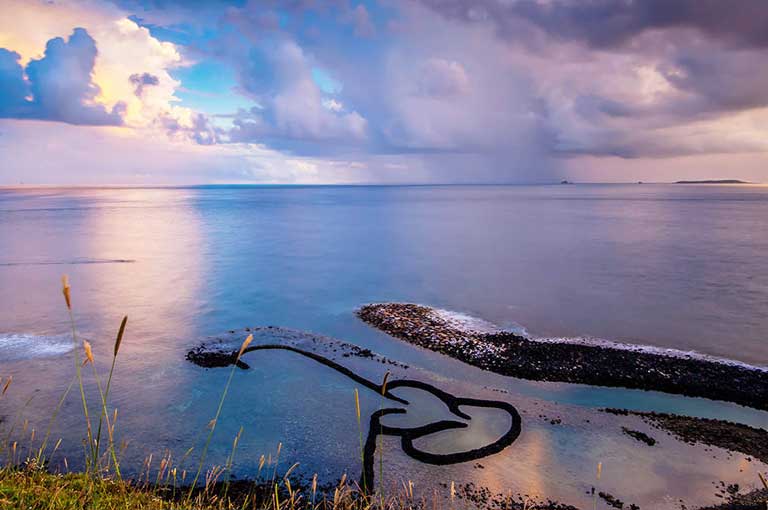
Chimei – Wang’an Island Hopping Explore two of Penghu’s beautiful and secluded islands.
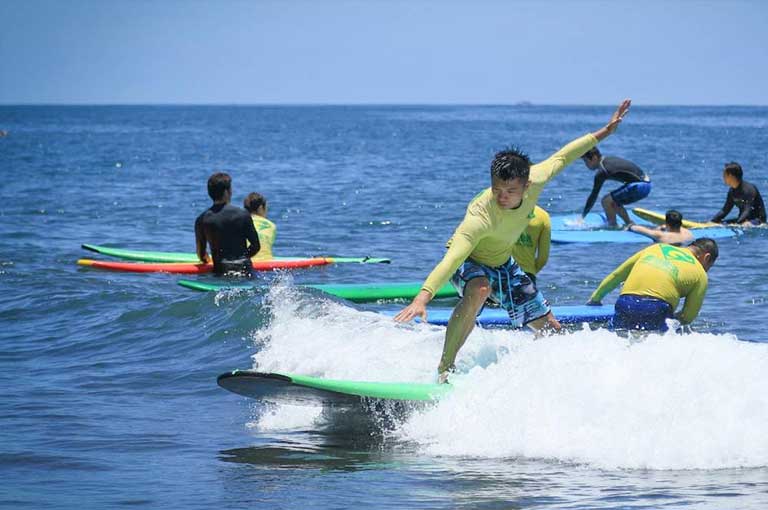
Yilan Waiao Surfing The best surfing destination in Northern Taiwan!
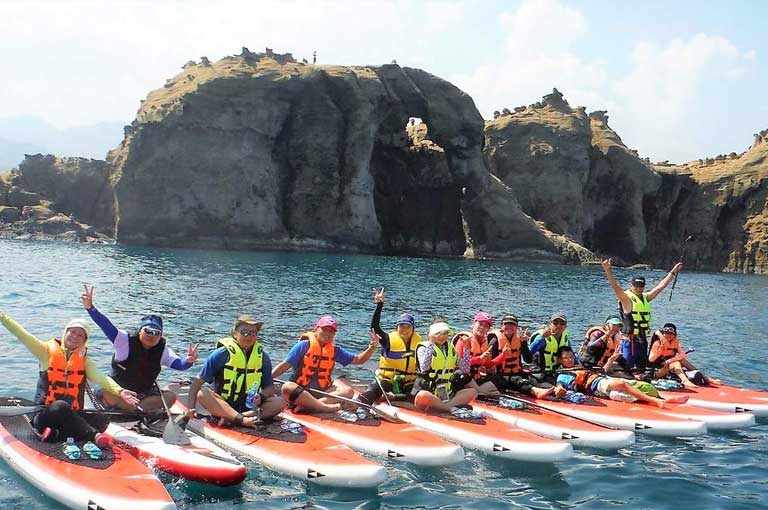
SUP at Shenao Elephant Trunk Rock 3 hour guided SUP tour.
Explore other TOP destinations in Taiwan
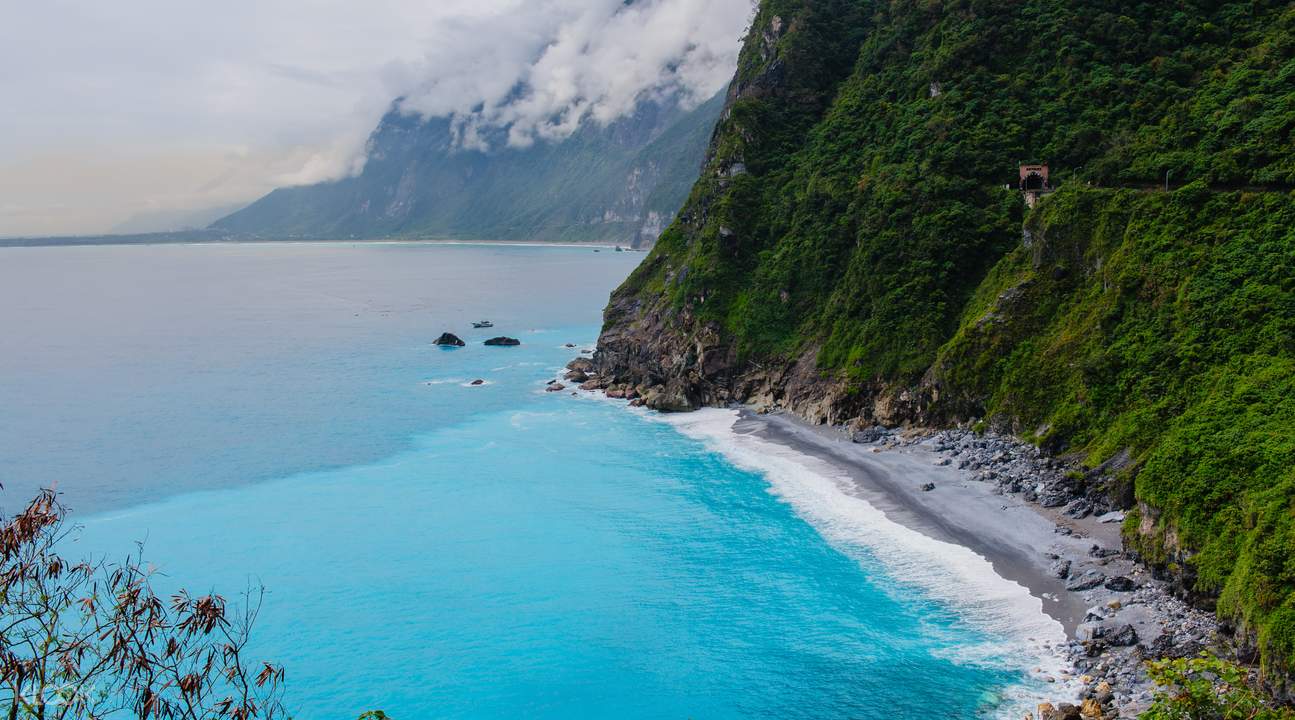
HUALIEN Eastern Taiwan’s 2nd largest city, Hualien is a natural haven perfect for escapes from the city.

KAOHSIUNG Taiwan’s largest port city, has been gaining popularity as the next top destination in the country.
Booking Essentials

TIP: It’s a good idea to crosscheck the prices with other popular travel insurance providers like World Nomads and HeyMondo (as my reader, you get 5% off)! . However, take note that a travel insurance’s affordability typically means lesser coverage; so please always ensure that you read the fine print in order to decipher which travel insurance company is the right fit for you and your trip!
The Best Tours in Taipei?
Come and check out this list which features the best activities and tours to do!
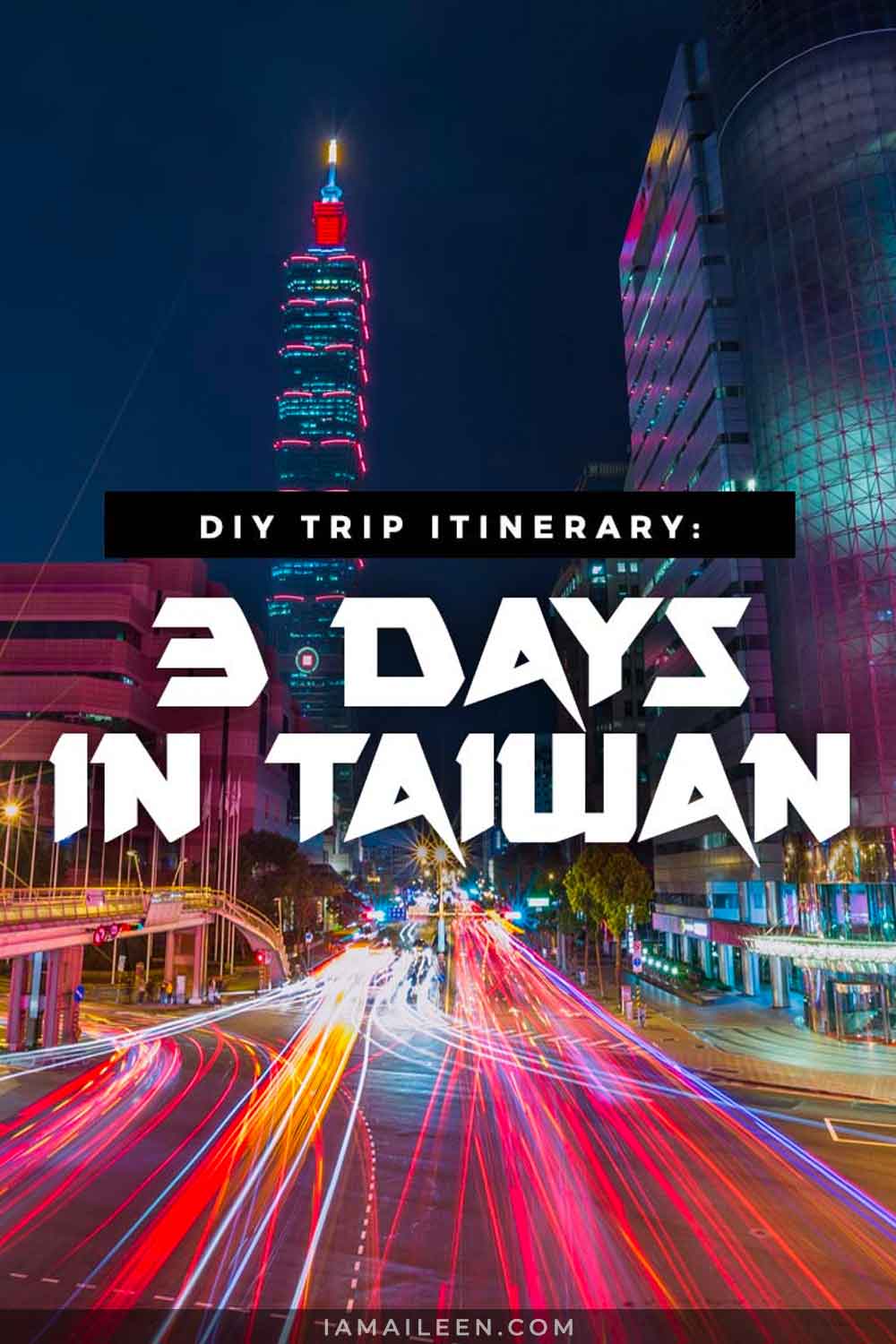
Taiwan may be a small country, but it has more than enough amazing activities and attractions to keep you coming back for more!
There’s still so much to see but I believe that my Taiwan itinerary guide here is a great start — with all that said and done, please feel free to tweak this itinerary and make full use of my other activity suggestions in order to make your trip shorter or longer and better fitting for your travel style.
Enjoy and do let me know how your trip goes!
Have you seen my latest vlog?

Hey there! I am Aileen Adalid. At 21, I quit my corporate job in the Philippines to pursue my dreams. Today, I am a successful digital nomad (online entrepreneur, travel writer, & vlogger) living a sustainable travel lifestyle.
My mission? To show you how it is absolutely possible to create a life of travel no matter the odds — and I will help you achieve that through my detailed travel hacks, guides, resources, tips, and MORE!
Follow Along
CURRENTLY BASED IN: The Philippines
- 100k Followers
- 51k Followers
- 80k Followers
- 10k Followers
- 23.1k Followers
Join over 1 million readers worldwide and get my FREE packing checklist, gain exclusive access to travel giveaways and more!
Success! Next, please check your email to confirm your subscription.
GET FREE PRINTABLE NOW!
Trending Now
Top 10 things to do on a trip to south america.
South America is one of the most diverse continents — full of natural wonders and fascinating cultures. Join us as we explore the top 10 things to do.
Top 10 Things to Do for Your First Tibet Travel
Make the most of your Tibet travel with these top 10 must-do activities, from exploring ancient monasteries to trekking mountains!
Geisha of Japan: Understanding the Facts, History & Myths
Japan’s geisha are cloaked in mystery & secrecy resulting in a number of false ideas about them — so let’s get the facts straight!
Maximizing Your Miles: Unlock Budget-Friendly Travel Hacks & Tips
Start traveling smart! Take note of these travel hacks that will help you in maximizing your miles or do points hacking.
EU261 Compensation: Your Essential Guide on European Flight Delays or Cancellations
Learn to claim EU261 compensation for flight disruptions like delays, cancellations, downgrades, or denied boarding!
Latest Posts
Learn Today
How to start a successful blog, 109 comments.
Thank you I’m planning to visit Taiwan december
Your blog is so helpful! It’s definitely one of my go to sites when traveling abroad :)
Submit a Comment Cancel reply
Your email address will not be published. Required fields are marked *
Be notified of follow-up comments by email
Be notified of new posts by email
Submit Comment
Pin It on Pinterest

The Best Time to Visit Taiwan: A Month-by-Month Guide
Dear reader: This article contains links to products and services that I may be compensated for, at no extra cost to you.
So you’ve got your sights set on Taiwan, and now you’re wondering what the best time to go to Taiwan is. Well, I’ve just spent the last several weeks typing up guides to visiting Taiwan in every season and month of the year, and all of that information is summarized right here on this page.
My recommendations come from 10+ years of living in , traveling around, and writing about the beautiful island nation that I consider my second home.
The short answer is that there is no single best time to travel to Taiwan. It’s hard to even narrow it down to a season or a few months, because each of them will appeal to people with different interests and different preferences when it comes to the weather. Every month of the year also comes with a variety of festivals and events to choose from .
If you’re just heading to the capital, I’ve also got this Taipei-specific post on when to visit Taipei City .
Essential resources for visiting Taiwan – Read my recommended Taiwan itinerary , guide to planning a Taiwan trip , top 55 things to do in Taiwan , and how to visit Taiwan with kids . – Join my Taiwan Travel Planning group on Facebook. – See my guides to Sun Moon Lake , Alishan Scenic Area , Taichung City , Yilan County , Jiufen Old Street , Hualien County , and Taroko Gorge . – Sign up for Klook to enjoy sweet deals and discounts while traveling around Taiwan, and consider getting the Taipei Unlimited Fun Pass and Sun Moon Lake Pass .
Table of Contents
When Is High Season in Taiwan?
There is no distinct high, low, or shoulder season in Taiwan. Visitor numbers bounce up and down by the month, and you must consider when the locals are traveling around the most (Lunar New Year, weekends, summer) because everything can get really crowded at those times.
Summer gets more rain by volume, thanks in part to typhoons, while winter often brings chilly drizzle and spring has a mini rain season of its own. Summers can be brutally hot, but some love (or are just used to) that kind of heat. Traditional festivals and cultural events are spread throughout the year and can fall in different months each year because they are tied to the lunar calendar.
For all these reasons, it’s hard to really declare a best time to visit Taiwan, and I think that websites that do this are oversimplifying things. Therefore, I’m going to walk you through what each season and month of the year is like in Taiwan so that you can decide for yourself. At the end, I’ll reveal my personal favorite! Hopefully this helps you decide when to visit Taiwan.
When Is the Best Season to Visit Taiwan?
When deciding which season to visit Taiwan, start by considering what you want to do during your trip. Winter is best for hot springs and flower viewing, spring and autumn are great for hiking or cycling, while summer is best for beaches and water-based activities.
Rain can fall in virtually any season in Taiwan, so its always good to have some possible indoor activities lined up, such as taking one of the great cooking courses in Taiwan .
See my guide to the best Taiwan apps for my recommended weather app in Taiwan.
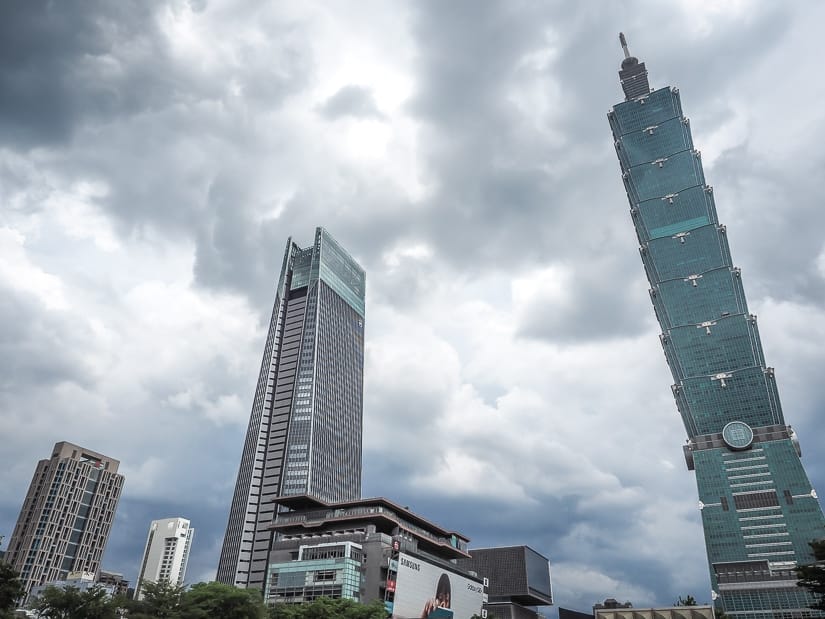
Taiwan in Winter (December to March)
In Taipei City and the subtropical north of Taiwan, winters are chilly and damp. Hazy, overcast skies (from both clouds and air pollution) and drizzling rain are common. Taipei’s night markets are open every day of the year, helping you to keep warm with steamy foods in winter.
In the tropical south of Taiwan, winter is much drier, and temperatures are a few degrees warmer. In the far south, the sea is warm enough to swim in year round.
Winter is the perfect time to enjoy Taiwan’s vast array of thermal hot springs , such as Beitou , Wulai , Jiaoxi , and Wenshan . If you’re prepared to do some serious hiking or driving up into the high mountains, you can even see snow in Taiwan . You can still visit high mountain resorts like Alishan and Cingjing Farm in winter, but prepare for near freezing temperatures. You’ll want to avoid the offshore islands, which can be cold, windy, and many services are closed.
I put December as both a winter and autumn month, because the month is unpredictable and can show traits of both seasons.
The Lunar New Year comes in winter (late January to late February) but can make travel a little tough. The Lantern Festival , on the 15th day of the Lunar New Year, is an event to remember. See my guide to surviving Chinese New Year in Taipei and other things to know about Lunar New Year in Taiwan .
Winter also offers the chance to see cherry blossoms in Taiwan .See here for my detailed guide to going to Taiwan in winter .
Taiwan in Spring (April to June)
From April until June, the weather across Taiwan seems to get hotter by the day, but remains pleasantly bearable compared to what’s to come in summer. A mini rain season called the Plum Rain or East Asian Monsoon brings a lot of rain and gray skies for most of May and sometimes early June. If you must visit at this time, see my guide to surviving rainy days in Taipei .
The warm weather makes spring a great time for visiting just about any corner of Taiwan, including the offshore islands, where the weather is fine but summer crowds have yet to arrive. It’s also a good time to visit the country’s many outdoor theme parks .
This is one of the least busy seasons of the year, so at least it won’t be too crowded.
See here for my detailed guide to going to Taiwan in spring .
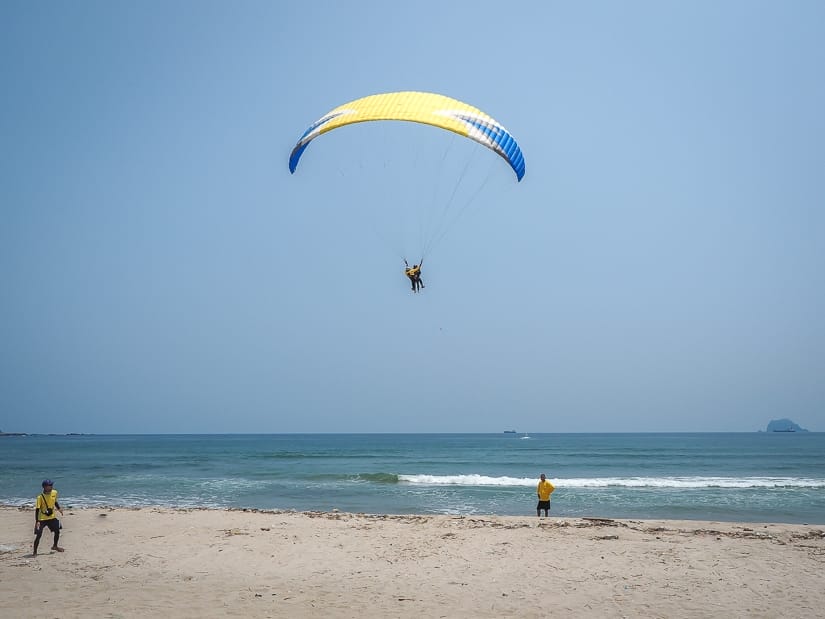
Taiwan in Summer (July to September)
If you want to face mother nature head on see what you’re made of, come to Taiwan in summer. Soaring temperatures combined with crushing humidity result in sauna-like conditions that people seem to love or hate (most locals hate it, myself included).
Summer is also typhoon season in Taiwan, with 3-4 major typhoons striking per year, often causing extensive damage and deaths. Historically, August and September have the highest number of typhoons. It is still safe to visit Taiwan during typhoon season, but you’ll need to follow some precautions if one does strike during your trip (see my articles on July, August, or September for more information).
One great thing about summer in Taiwan is the plethora of beaches, water-based activities, and summer-related festivals. If you enjoy tropical heat, you may love summer in Taiwan, but if you aren’t used to the climate, traveling around in it can be exhausting. High mountain resorts like Alishan offer the perfect escape from the lowland heat.
See here for my detailed guide to going to Taiwan in summer .
Taiwan in Autumn (October to December)
By late September, the intense heat finally gives way to pleasant, warm autumn days. By mid-November you’ll need a sweater or light jacket. True “winter” doesn’t usually hit until mid- to late-December.
Autumn is also the driest and season of the year. The mild and relatively clear weather makes it the perfect season for hiking or other outdoor activities. While it is possible to enjoy some autumn foliage in Taiwan, you will have to travel to some national parks or national scenic areas, which are not always super accessible or easy to get to on public transportation.
See here for my detailed guide to going to Taiwan in fall .
Read my guide to where to stay in Taipei or search for the best hotel deals in Taiwan .
When Is the Best Month to Visit Taiwan?
Taiwan can really vary by the month, and depending hugely on where you are in the country. I hope the below details help you to decide which month is the best to visit Taiwan for you!
January in Taiwan
January can be outright chilly in Taipei, with skies that seem to always gray. It’s the perfect time for visiting hot springs. The south of Taiwan is drier and a few degrees warmer than Taipei in January. In 2020, Lunar New Year fell on January 25, but on most years it comes in February.
Cherry blossoms first start blooming in some parts of the country around mid-January. See the locations here .
See here for my detailed guide to spending January in Taiwan and how to travel around Taiwan during Chinese New Year .
February in Taiwan
January’s damp, chilly weather continues throughout February. Lunar New Year most commonly falls in February (Feb. 12, 2021, Feb. 1, 2022). Lunar New Year is primarily a family-focused holiday, so much of the country shuts down for the roughly week-long holiday, all traveling can be tough with locals filling up the highways and hotels.
The Lantern Festival , on the 15th day of the Lunar new Year, along with several associated events and activities (including the wild Yanshui Fireworks Festival ), is much more interesting for visitors. This usually falls in February, but in some months can be in early March.
February and March and the best months to see cherry blossoms in Taiwan . See here for my detailed guide to spending February in Taiwan and how to travel around Taiwan during Chinese New Year .
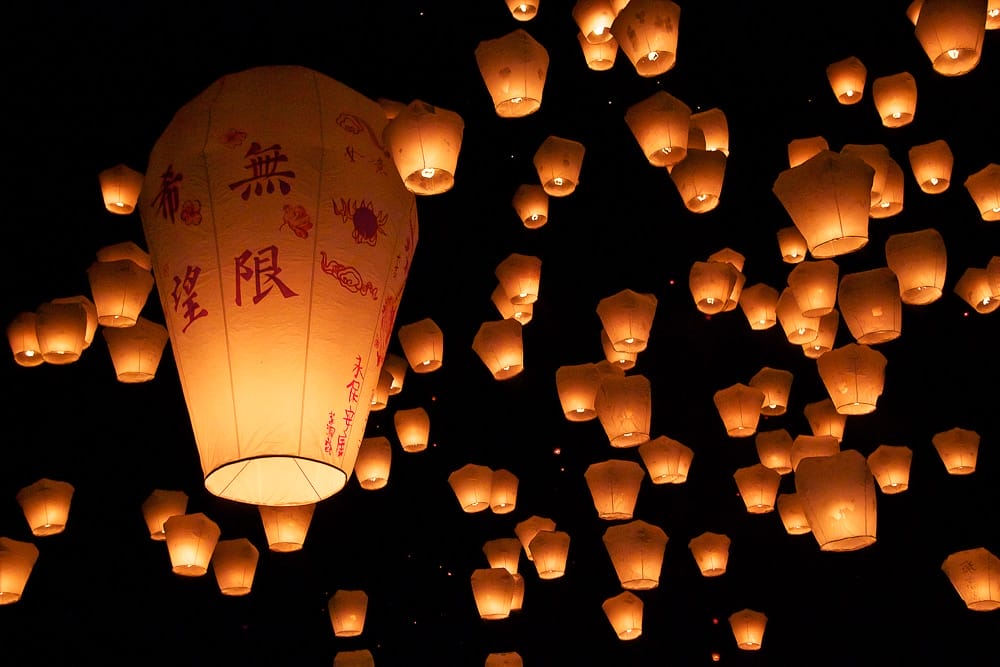
March in Taiwan
In Taipei, the uninspiring weather often drags on into March, but usually starts warming up by the end of the month. Weather in the south can already be quite warm in March, but the offshore islands remain too windy or chilly for comfort.
Several types of flower, including cherry blossoms, bloom in March, with a particularly inspiring display at Tianyuan Temple in New Taipei City , one of the most impressive temples in Greater Taipei . March is likely the last month you’ll think about seeking out hot springs in Taiwan.
See here for my detailed guide to spending March in Taiwan .
April in Taiwan
Spring has officially arrived in Taiwan, and this is kick started with some music festivals across the country, a tradition that started in Kenting National Park . Besides the free music festival on the beach there, find out more things to do in Kenting and see my recommended resorts and hotels in Kenting .
The warm weather and relatively dry weather (with plum rains and summer typhoons just around the corner) make April one of the most popular months of the year to visit Taiwan.
See here for my detailed guide to spending April in Taiwan .
May in Taiwan
Warm usually turns to hot in May, with ideal weather for visiting many corners of Taiwan. May is, in my opinion, the best month to visit offshore islands such as Green Island, Penghu , Xiaoliuqiu , or Orchid Island , before they get too hot and loaded with domestic tourists in summer.
The plum rains usually start falling in Taipei and northern Taiwan in May, which can result several days in a row of constant rain. The center and south of the country remain comparatively dry. See my suggested things to do in Taipei when it’s raining .
See here for my detailed guide to spending May in Taiwan .
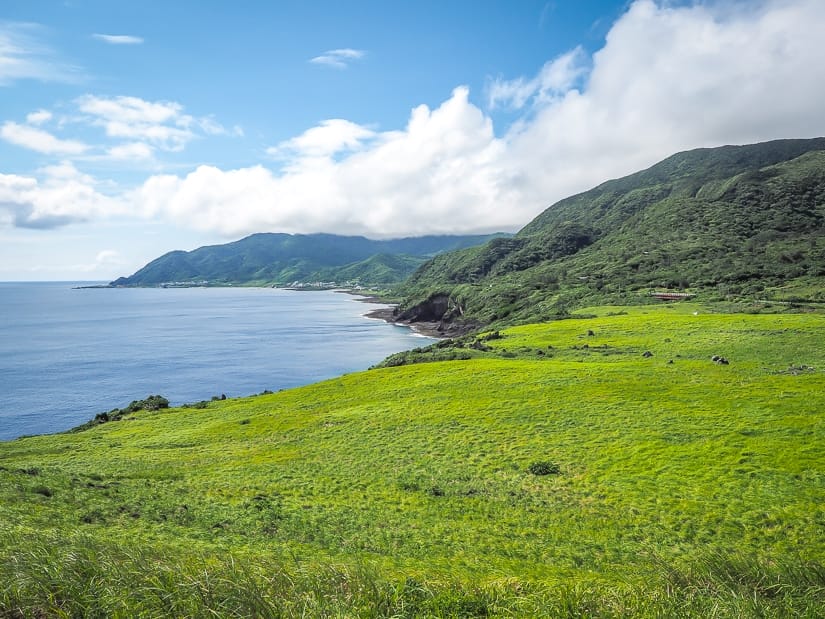
June in Taiwan
June is usually the first month of the year when I feel too hot. The plum rains bring heavy rain to the south of the island in June, not to mention the near daily late-afternoon downpours that result after the heat and humidity build up in the daytime. Taipei gets hotter and hotter by the day.
Still, it’s not a bad month to visit Taiwan; you can enjoy summer-like conditions minus the crowds (and typhoons) of actual summer. It’s also one of the least busy months in terms of tourist numbers; people are either scared off by the rains or waiting for their time off in July. The Dragon Boat Festival is an event worth checking out.
See here for my detailed guide to spending June in Taiwan .
July in Taiwan
Taiwan is July is characterized by crushing heat, and humidity that makes it feel even more intense. It’s the hottest month of the year in Taiwan. Get our early (or in the evening to explore the night markets and nightlife), and try not to plan too much sightseeing for the daytime; you’ll just wear yourself out. Dress in thin, light clothing and stay hydrated.
Some ways to beat the heat include water parks, beaches (here are my favorite beaches near Taipei ), river tracing, and icy deserts. Also don’t miss the Fulong International Sand Sculpture Festival and Taitung International Hot Air Balloon Festival .
The first typhoon of the year often arrives in July.
See here for my detailed guide to spending July in Taiwan .
August in Taiwan
July’s intense heat persists in August, and the month has a higher probability of typhoons. Still, many summer festivals and events take place, including Ghost Month, when locals believe the spirits of the deceased return to the earth and need to be appeased with offerings.
See here for my detailed guide to spending August in Taiwan .

September in Taiwan
Summer heat and humidity continues well into September; some find it still too hot, while others love it. Along with August, September has the highest probability of typhoons. With everyone back to work or school, though, September is one of the least crowded months of the year, making travel easier and beaches practically empty.
The Mid-Autumn Festival (or “Moon Festival”) usually falls in September, but in 2020 it was on October 1. Locals celebrate by having family barbecues on the street in front of their homes and by eating moon cakes.
See here for my detailed guide to spending September in Taiwan .
October in Taiwan
October weather in Taiwan is warm, clear, and relatively dry, making it ideal for hiking, cycling, and general sightseeing. Double 10 Day, the National Day, is a national holiday celebrated with a ceremony at the Presidential Building in Taipei (don’t go out of your way for it).
Halloween isn’t much of a thing unless you’re teaching kindergarten kids in Taiwan, but it can be a wild weekend to dress up and hit the night clubs in Taipei.
See here for my detailed guide to spending October in Taiwan .

November in Taiwan
The same thing happens every year; the weather remains lovely until around November 16, my birthday, when it suddenly becomes cold in Taipei. It’s easy to remember, because my birthday gathering often coincides with the first time of the year I have to wear long pants and a hoodie.
Still, like October, November tends to have mild and dry weather, so it is also a great time for hiking. Beach season is officially over in the north, though. You’ll also probably want to avoid the offshore islands from this month on, too.
See here for my detailed guide to spending November in Taiwan .
December in Taiwan
December can be a wild card in terms of weather. Often it feels like a continuation of autumn, and in recent years, we’ve even had strange bouts of unusually hot, shorts-and-T-shirt weather in December.
Christmas has sort of caught on in Taiwan, in terms of decorations, but the actual day is still a normal working day. Young people may exchange gifts or go out for a meal with friends, but it’s not a family event like in the West. Banqiao, a district of New Taipei City (where I happened to live for 5 years), puts on an over-the-top Christmas lights display; it’s worth battling the crowds just to see it once. An Asian Santa Claus even makes an appearance at some 5-star hotels in Taipei.
At some point in December it does usually start getting cold, though, and hundreds of thousands of people freeze their buns off while standing in the streets around Taipei 101 for the epic fireworks display on New Year’s Eve. Expect long lines and a steep cover charge to party anywhere that night.
See here for my detailed guide to spending December in Taiwan .
My Personal Favorite Season and Month in Taiwan
As someone who has lived in Taiwan for many years, I look forward to each season of the year for different reasons. I really love hot springs, and look forward to that aspect of winter. I also enjoy the break from hot weather, and as a multi-cultural family, I love that we get to celebrate both Christmas and Lunar New Year within a few months.
Warming weather in spring is always nice, and while I struggle with the heat and humidity in summer, nothing is more satisfying than a cold beer, or jumping into a cold river, in the middle of summer. Enduring a summer in Taiwan (typhoons included) is, in my opinion, the quintessential Taiwan experience.
But if I have to choose a single season that I love most, it is autumn, and October would have the be my personal favorite month of the year, thanks to those warm days and clear skies. It’s one of the few months of the year when I feel 100% comfortable outside and it is perfect for hiking and city explorations, my favorite activities.

Conclusion: When Is the Best Time to Visit Taiwan?
As you can see, there is no clear answer to the question “When is the best time to travel to Taiwan?” Many websites make claims or automatically generate a best month to go to Taiwan based on the least rain and middle-ground temperatures. But as I’m sure you can see after reading this article, the reality is more complex than that, and I personally believe each month of the year can be a perfect month to visit Taiwan for certain traveler types.
Just choose one that stands out for you, book it, and make the best of your trip. I’m sure you will love Taiwan; I’ve never met a traveler who didn’t.
Related Posts

3 thoughts on “The Best Time to Visit Taiwan: A Month-by-Month Guide”
Thanks Nick for the recommendations.
Thank you for sharing! This is detailed and informative 🙂
Thanks Nicks for the recommendation. Plan to visit Taiwan in De
Leave a Comment Cancel reply
- Air Tickets
- Charter Flight
Customer Support
- Frequently Asked Questions
- Cancellation Policy
- skyticket Usage
Manage Reservation(s)
- My Reservation
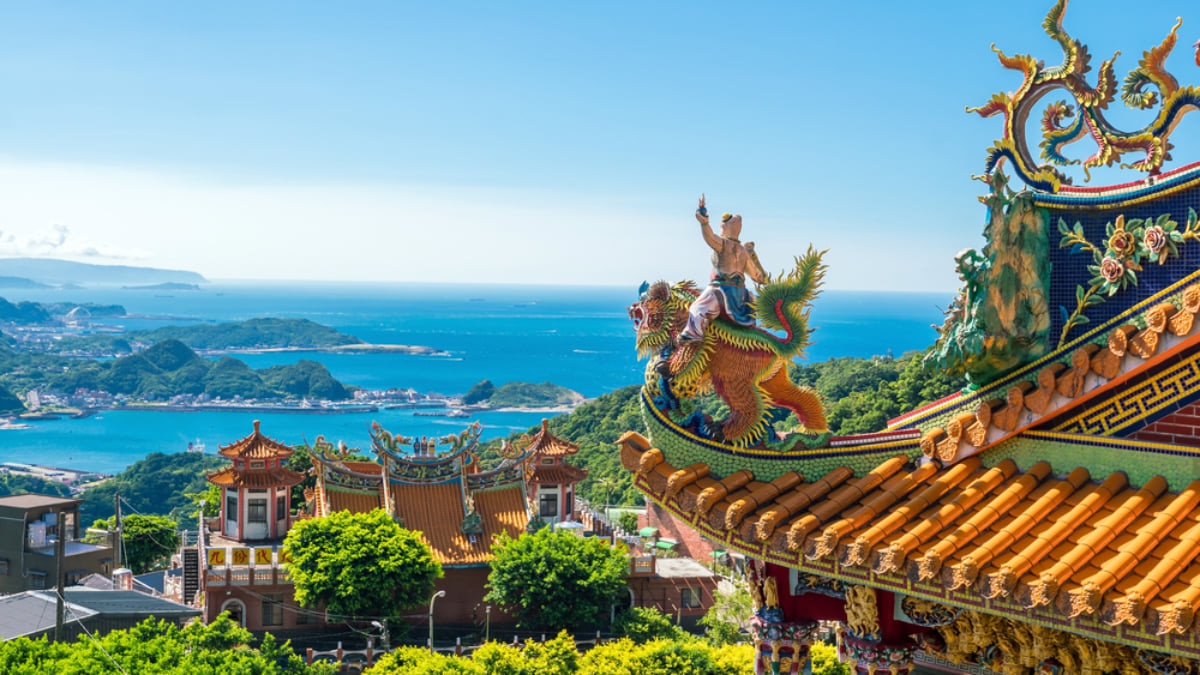
Photo by f11photo/Shutterstock
The 19 Best Things to Do in Taiwan in 2022
Sightseeing
Taiwan, an island nation in the Pacific Ocean is steeped in Chinese traditions and culture offering a wealth of unique experiences and incredible things to do around the island. While opening a guide and picking the top ten attractions of Taiwan might seem like a good idea to tackle the island, in reality it's just touching the surface of experiencing Taiwan's many beautiful places and fascinating traditions. With a culture that's vastly different to other places in the world, there's some incredible experiences that make a trip to Taiwan so unforgettable. Don't leave Taiwan without trying some of these experiences and things to do.
table of contents
Grab a Taiwanese Breakfast
Explore taiwan's ancient capital, tainan, sample taiwanese tea at a traditional teahouse, beautiful beaches in taiwan, sun moon lake, eat at taiwan's largest night market, circle around taiwan - huandao, experience a taiwanese festival, explore taiwan's gorgeous east coast, take taiwan's most beautiful railway - pingxi line, soak in one of taiwan's hot springs, get a view of taipei 101 and the taipei skyline, experience taiwanese aboriginal culture, most unique starbucks, chang kai shek memorial hall, traverse taiwan's incredible national parks, shop for souvenirs under taipei main station, cingjing farm, the swiss alps of asia, travel to taiwan's outlying islands.
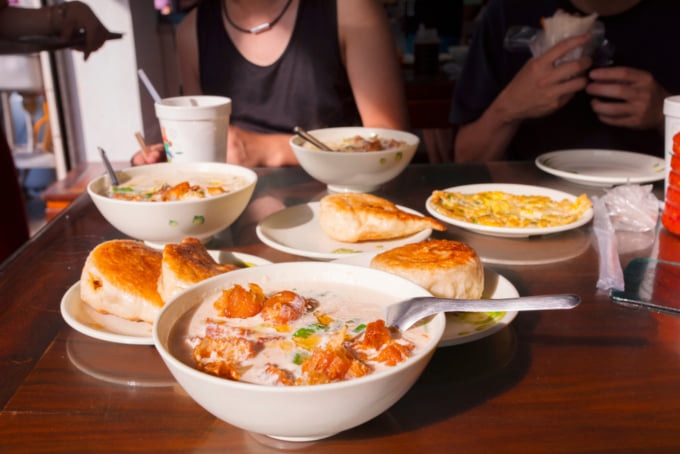
Photo by wu hsiung/Shutterstock
Taiwanese breakfast is more than just a meal, it's an experience you just can't miss out on while visiting the island. Across Taipei you'll find stores grilling and baking breakfast foods from the early hours of the morning all over the city, almost every street is bound to have one, or three. Skip the unappetizing hotel buffet breakfast and head to the streets for one meal you won't want to skip. There's plenty to try, but these are some of the best Taiwanese breakfast foods you have to eat.
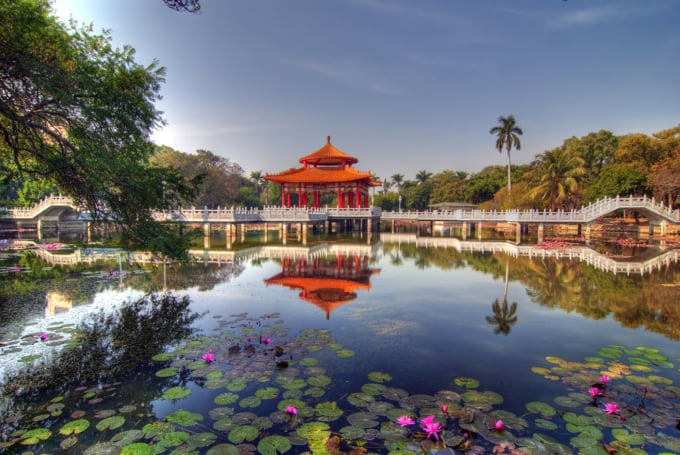
Photo by Krishna.Wu/Shutterstock
Journey back in time to Taiwan's ancient capital, from the forts of Anping to the quaint old streets, Tainan is teeming with history. Due to Tainan being the capital of the island for several hundred years, most famous Taiwanese foods first originated in Tainan. For food lovers visiting the island, taking a trip to Tainan, the food capital of Taiwan is a must. There's plenty of things to do around Tainan to warrant a visit, the grand Chimei Museum is just as incredible on the outside as the exquisite exhibits inside. The beautiful Taijiang National Park along the coast or Siraya Scenic Area inland are both a quick journey from the city.
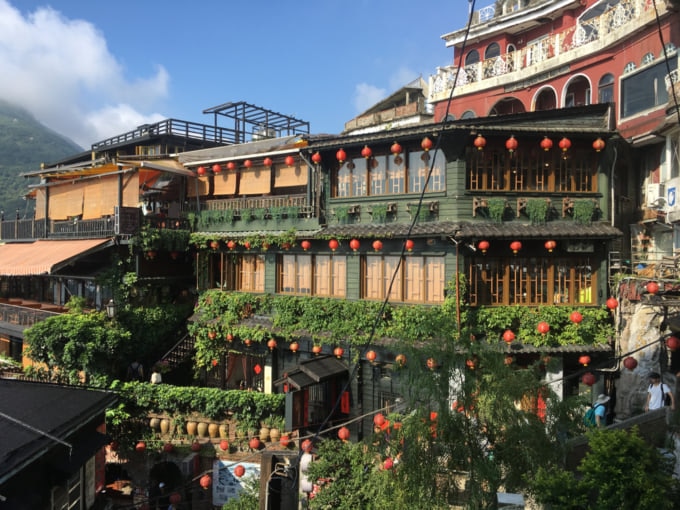
Photo by KarnwaJEE/Shutterstock
Tea connoisseurs around the world will no doubt agree that Taiwan produces some of the best oolong tea. Grown mostly on the slopes of Taiwan's mountainous region that cuts through the center of the island, the plants are given the perfect conditions to produce the sweet buttery oolong tea that Taiwan is famous for. Give it a try by sipping on cup after cup of oolong tea at a traditional tea house. There are plenty of tea houses around Maokong, an area where tea is grown in the mountains surrounding Taipei. You can find a number of tea houses here with beautiful views over the skyline of Taipei, perfect for watching the sunset while relaxing over some oolong tea. There's plenty more delicious types of tea in Taiwan to try as well.
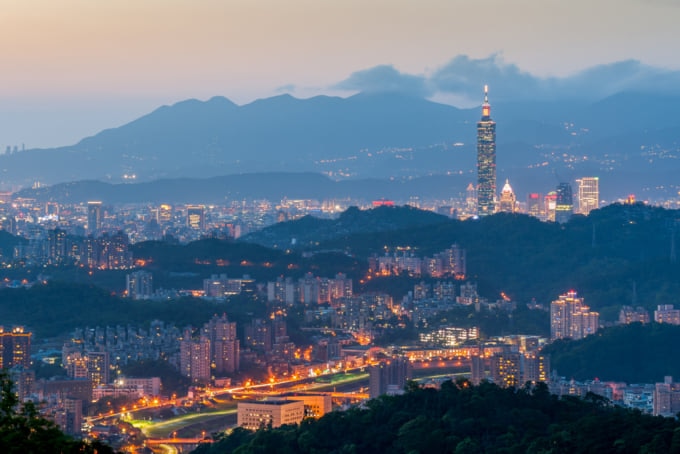
Photo by Mulder Chiu/Shutterstock
For those with a sweet tooth, Taiwan's bubble milk tea is a delectable treat. Although you can find it everywhere around the island, check out Chun Shui Tang, the original creators of bubble milk tea at their store in Taichung. Try pairing your tea with some pineapple cake, a sweet snack that goes wonderfully with the smooth taste of oolong tea.
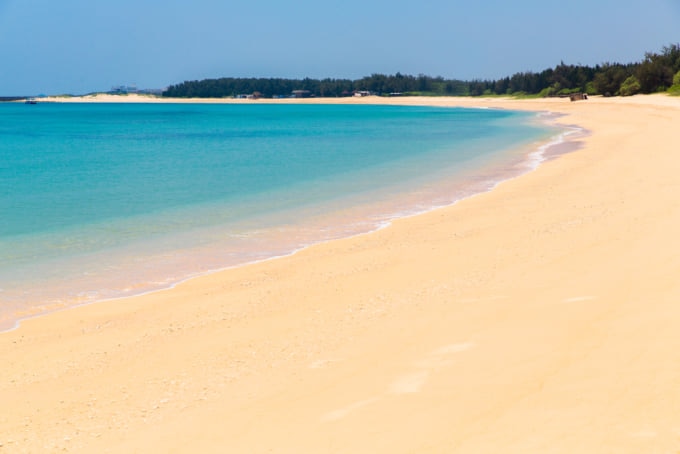
Photo by Frolova_Elena/Shutterstock
As an island nation, there are plenty of pristine beaches in Taiwan, you just need to know where to look. Baishawan and Shalun Beach are easy to reach from Taipei and if you're a beach lover visiting the capital, it's well worth taking a day trip to these beaches. They are not however the best beaches Taiwan has to offer and can also be a little crowded in the summer months.
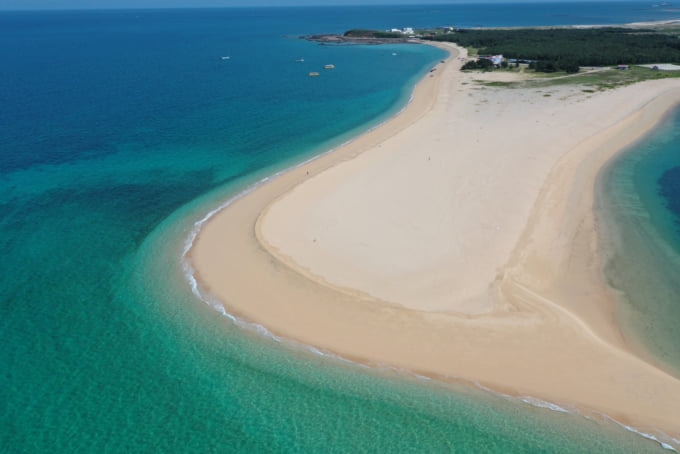
Photo by Morris Lu/Shutterstock
For the best beaches in Taiwan , you'll want to go further afield than Taipei and the surrounding area and head to some of the outlying islands. Places like Penghu and Xiaoliuqiu have beautiful azure waters surrounding the coast along with gorgeous white sand beaches that rival other top beach destinations in Asia. Some of the most scenic beaches are found along the east coast of Taiwan in Hualien and Taitung. The mountain meets sea landscape here at places like Qixingtan Beach is incredible. However with strong waves from the Pacific Ocean and often stony beaches, Taiwan's east coast beaches aren't quite as suited for a relaxing beach holiday.
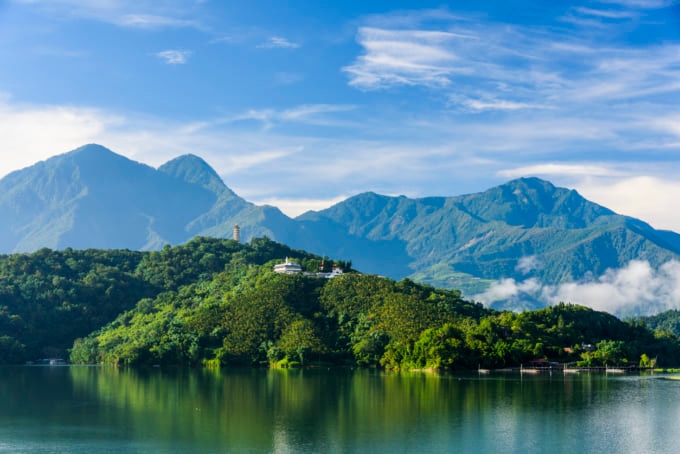
Photo by www.istockphoto.com
Some of Taiwan's most beautiful scenery can be found further inland from the coast. Surrounded by jagged peaks of Taiwan's central mountain range, this uniquely-shaped lake is one of Taiwan's most famous scenic spots. A center for aboriginal culture set in the heart of nature, there's plenty of incredible things to do around Sun Moon Lake .
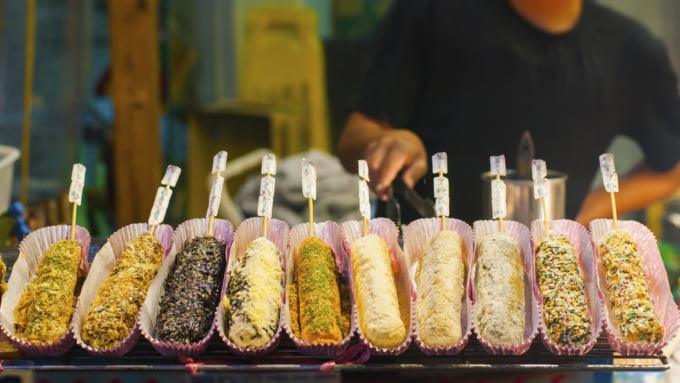
Photo by Joe Techapanupreeda/Shutterstock
Shilin Night Market in Taipei might be the most popular amongst tourists visiting the country, but Taiwan's largest and often touted as best night market is in Taichung, called Feng Chia Night Market . Feng Chia is known as a trend setter, it's here where many of the dishes at night markets all over the island were first created and trying them at the source is a must. Clothes and goods are also usually much cheaper here than similar night markets in Taiwan. There are plenty of great reasons to visit Taichung on your trip too, from the Instagram favorite Rainbow Village to Taiwan's best nightlife scene.
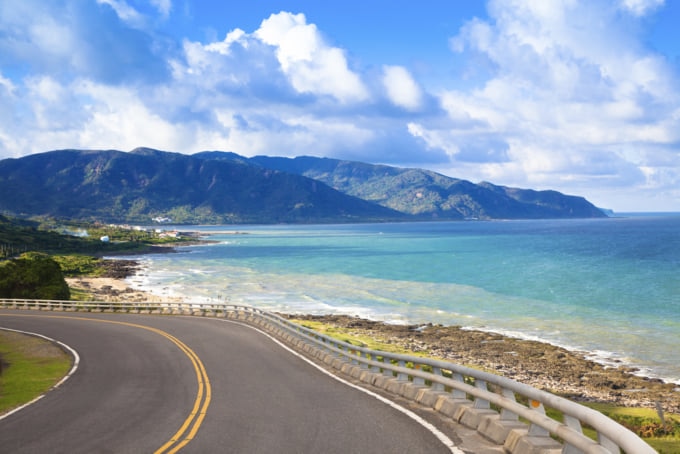
Photo by Tom Wang/Shutterstock
For those who want the ultimate experience of traveling around Taiwan, consider traversing the coastal roads all around the island. Known locally as 'huandao', it's almost a rite of passage amongst university students as something to do during summer vacations. While most people start in Taipei and loop round counter-clockwise, you can start anywhere and follow any direction you want. It's also recommended to get away from the coast and divert into the central mountains for a few days, although if you're cycling you might want to leave the bike for this part.
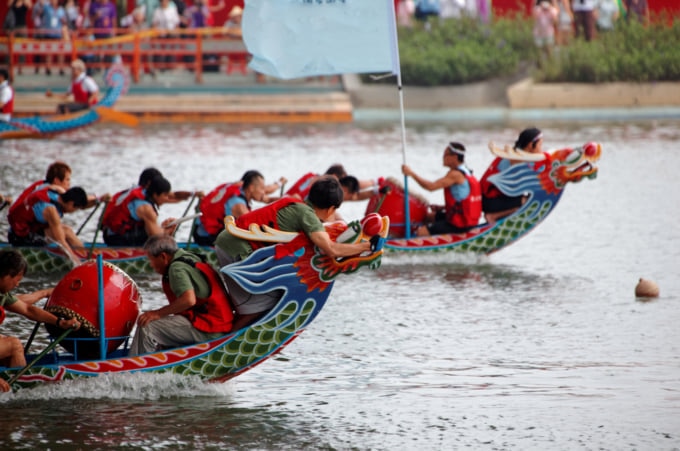
Photo by CHEN MIN CHUN/Shutterstock
While it depends on what time of the year you visit Taiwan, there's usually always something going on around the island. Some events may be postponed this year (2022) due to the COVID-19 pandemic. Taiwan continues to employ stringent rules and regulations to stem the spread of COVID-19, which has helped to keep infections at some of the lowest in the world. While events and festivals this year will be mostly a scaled down affair due to COVID-19, there are still many that will go ahead. Taiwan was one of the few nations to hold New Year's Eve celebrations last year, limiting numbers of people around Taipei 101 for the firework show. Events are held at temples and cities all over the country for Ghost Month in August, an incredible way to see the culture first hand. The Taiwan International Balloon Festival is a popular event in Taitung that's well worth seeing along with dragon boat racing in June.
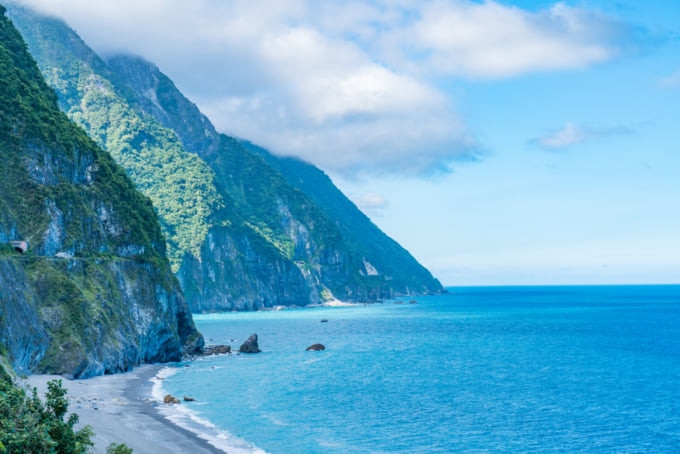
Photo by Ryan_Cheng/Shutterstock
Separate from the larger cities along the west coast by the Central Mountain Range that runs through the middle of the island, the lesser explored east coast is often missed off most people's itinerary for Taiwan. It's a shame as this is one of the most beautiful regions on the island. Both Hualien and Taitung offer a number of incredible scenic spots to visit but driving down the Suhua Highway from Yilan to Hualien is an impressive introduction to the sea meets mountain scenery common here.
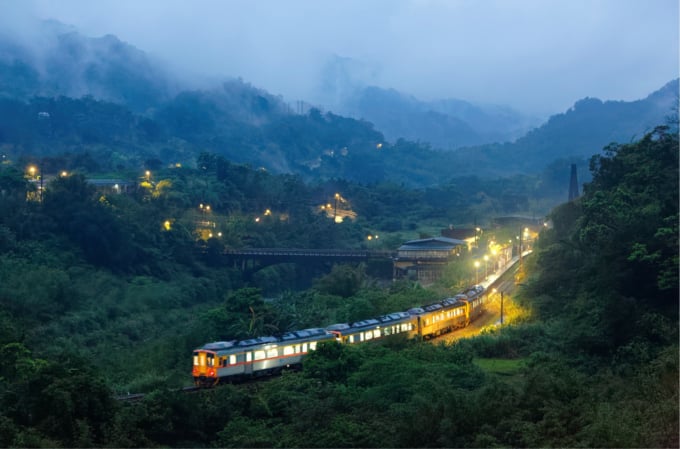
Cutting through the mountains outside of Taipei, this once bustling railway line now serves as a memoir to bygone times when Pingxi and the neighboring towns thrived as a busy mining community. This train journey takes passengers through beautiful mountain scenery, towns with historic streets and delicious street snacks along a hundred-year-old railway. Along the route, Houtong Village is famous as one of the world's most popular 'cat villages' where felines roam the streets. A short journey from the first station is also Jiufen , one of the most popular towns in Taiwan, touted as being the inspiration for Studio Ghibli's popular movie, Spirited Away.
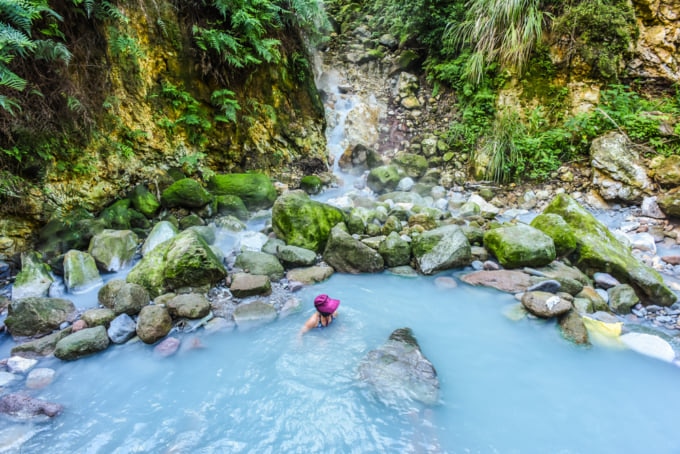
Photo by weniliou/Shutterstock
Taiwan is full of invitingly warm and relaxing hot springs around the island, perfect for taking a moment to rest while on your travels. If you're visiting during the colder winter months, side-tracking to one of Taiwan's hot spring towns is a must, but even during summer these baths are highly recommended. Many of them founded during the Japanese occupation, nowadays these towns are full of stunning hot spring resorts and hotels around Taiwan. The easiest to get to if you're visiting Taipei is Beitou, just a short ride on the MRT from the center of the city.
Best view of the capital of Taiwan, Taipei
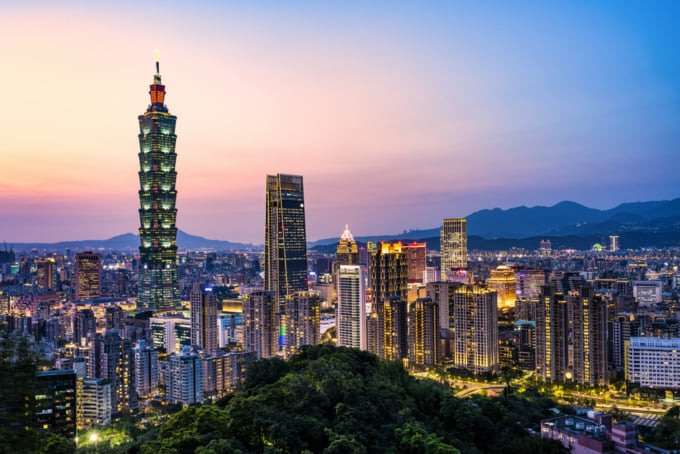
Photo by travelwild/Shutterstock
It's no doubt Taipei 101 is Taiwan's most iconic building and the modern symbol of the city. Taipei 101 is 508 meters high and was the tallest building in the world for five years. Heading to the top of Taipei 101 is a great way to see the city from above, with stunning views of the mountains surrounding Taipei. However being on top of the tallest building in Taiwan means you won't be able to see the city's most iconic view of Taipei 101 and the skyline of Taipei such as the recent Taipei Nan Shan Plaza. Instead, head to the closest mountain to the tower, Xiangshan. Xiangshan is actually a short journey from Taipei 101, the next station along the MRT red line, and walking to the top is almost just as easy. It takes about 20 minutes to hike to the top of Xiangshan, well worth it to see what is Taipei's most beautiful city skyline view. This is where most of the famous photos of Taipei 101 and the Taipei skyline are taken, the view is absolutely gorgeous during sunset.
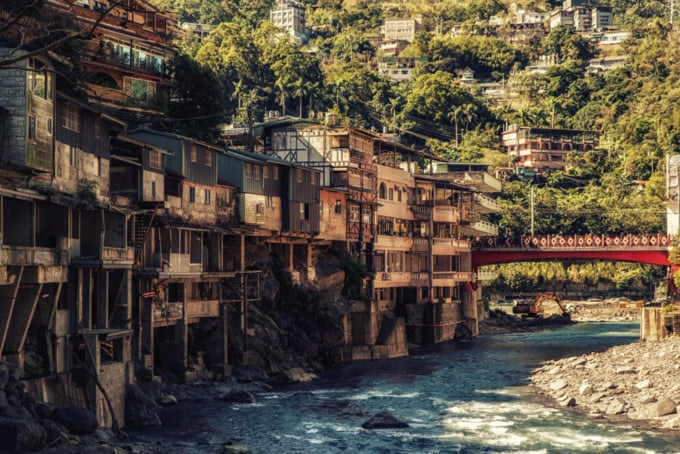
Photo by Atosan/Shutterstock
While nowadays the original residents of Taiwan make up a small portion of the population, aboriginal culture in Taiwan is still a large part of the island's culture, especially around a number of major tourism spots. A hot spring resort town in the mountains near to Taipei, Wulai has long been populated by Taiwanese aboriginals and is a great place to learn more about Taiwan's native population, along with trying delicious local snacks. Head to Shung Ye Museum of Formosan Aborigines in Taipei first for a comprehensive collection of aboriginal history and artifacts. To the south of Taiwan, Taiwan Indigenous Culture Park in Pingtung and Orchid Island are other popular places to see Taiwanese aboriginal culture.
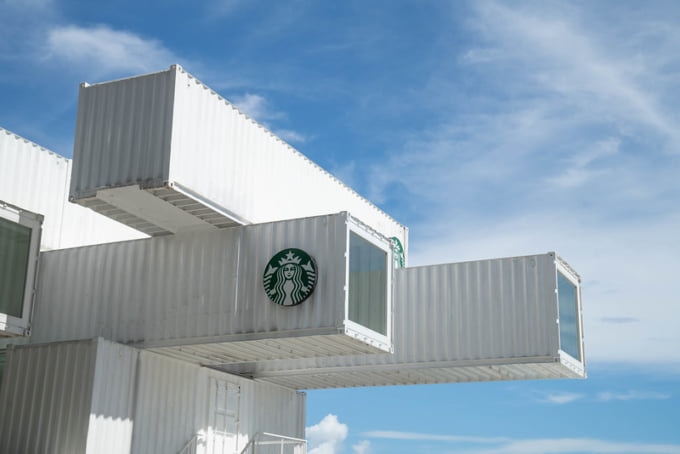
While there are some interesting Starbucks buildings around the world, often to blend in with surrounding architecture, Hualien's offering is incredible both inside and outside. The famous coffee shop is built out of shipping containers with huge glass windows at the end, the unique appearance is worth checking out even for those who aren't fans of Starbucks. While there also used to be what was once the highest Starbucks in the world, on the 35th floor of Taipei 101, unfortunately it's now closed. We'll update this post if it does reopen.
Address: No. 505, Section 1, Nanbin Road, Ji’an Township, Hualien County
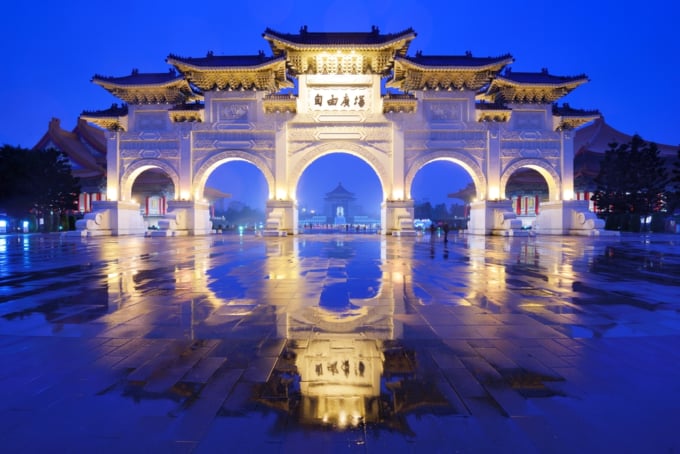
Photo by ESB Professional/Shutterstock
One of the most incredible feats of architecture in Taiwan, Chang Kai Shek Memorial Hall is a must-see for anyone visiting Taipei. The hall is the final resting place for Chiang Kai-shek, former President of the Republic of China, the official name of Taiwan, and was built in 1976 after his death. For decades the surrounding site has been a gathering place for demonstrations and historical movements, it's often seen as the birthplace of Taiwanese democracy. To honor the area's place in history, it was rededicated as Liberty Square in 2007.
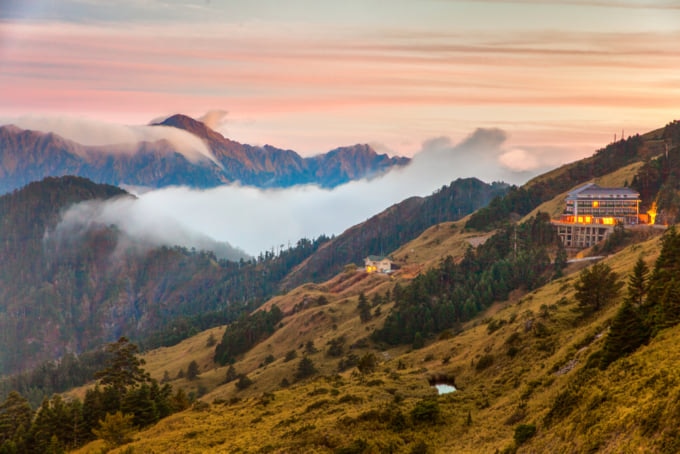
Photo by www.shutterstock.com
Taiwan is covered in beautiful mountain scenery, dramatic coastline and mysterious forests, many of which are designated national parks around Taiwan. Alishan is one of the easiest to get to, being one of Taiwan's most famous national parks means there are regular buses heading to the park and in the area. Taroko Gorge is one of the easiest scenic areas to reach from Taipei, full of picturesque hikes and cycle routes to discover. Taiwan's tallest mountain, Mount Yushan also has its own national park, while it's often mistaken for being part of Alishan, Yushan is a fair distance from the Alishan area with no road access (but plenty of hiking trails). The hike to Yushan requires a permit and is usually done on a two-day hike to the top. While most of the dramatic mountain ranges are focused in the central belt of Taiwan, there are a number of national parks along the coast and beyond worth visiting too. One of which is Kenting National Park, the first national park in Taiwan, with some of the best beaches on the south coast.
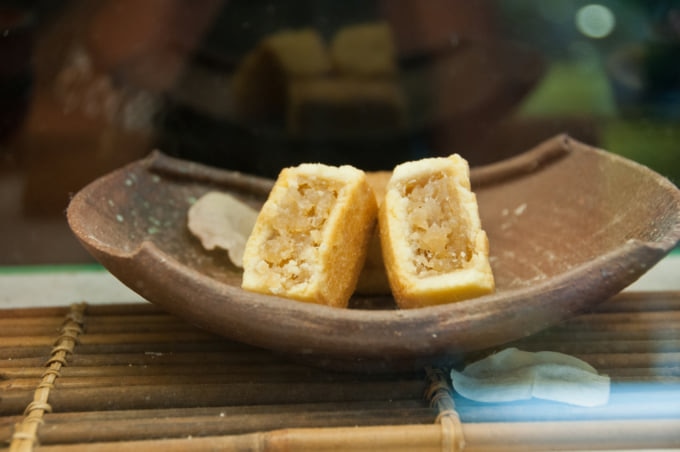
Photo by EyeofPaul/Shutterstock
The main artery for transportation in the capital of Taiwan, most visitors to the island will pass through Taipei Main Station at some point. Head to the lower floors of the station however and you'll find a huge underground shopping mall. Perfect for buying souvenirs to bring back from Taiwan just before catching a train to the airport. A classic souvenir from Taiwan, pineapple cakes are a beloved snack on the island and among visitors.
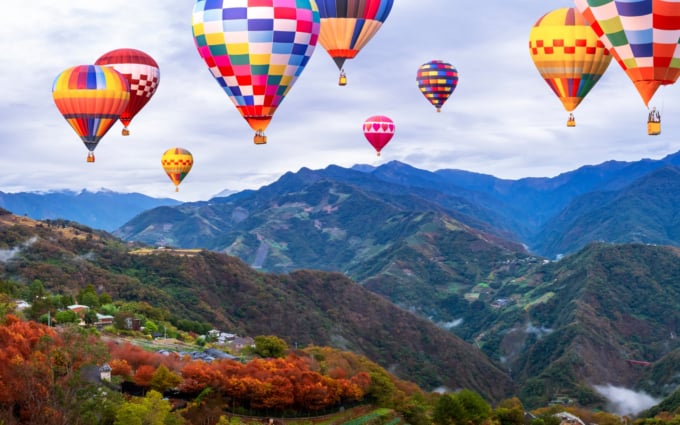
Another of Taiwan's beautiful scenic spots in the central area, Qingjing Farm spans across dramatic mountain peaks and deep valleys. It even has a town with a beautiful European atmosphere, nestled on the mountainside Qingjing's Old English Manor is a small town resort with beautiful Tudor-style British architecture. It's often mistaken for places in Europe, when in fact it's actually in Taiwan. There's also actually a 'Swiss Garden' which isn't quite impressive as the manor, but still worth exploring. Qingjing Farm is also one of the few places on the island where you can see beautiful autumn foliage, being high up in the mountains allows red-leafed maple trees and other colorful trees to grow.
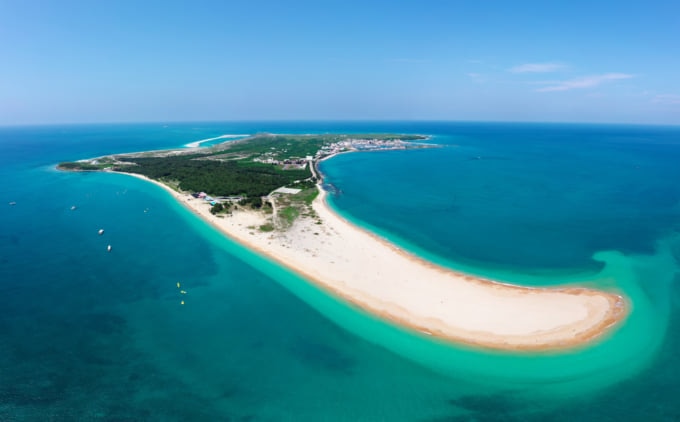
It's no secret Taiwan's best beaches and diving spots are mostly centered around the outlying islands of Penghu, apart from just Penghu there's many more islands around Taiwan that are well worth checking out. The Matsu islands or Kinmen are just a stone's throw from mainland China and to the north Guishan Island is the perfect spot for whale and dolphin watching. We've also compiled a list of the best offshore islands to visit around Taiwan.
The Best Time of The Year to Visit Taiwan
Taiwan can be brutally hot during the summer months from June to August. It's also during the summer where typhoons are most common, mainly around July to September with most arriving at the end of August and in September. A strong typhoon can ruin one or two days of your vacation, forcing you to just stay at the hotel. Although not quite as severe as a typhoon, May and June is plum rain season, which sees a high number of downpours, although the rain doesn't usually last for long periods in most places around the island. While winters in Taiwan are fairly mild, coastal winds can mean it feels a fair bit colder than you'd expect. The best month to visit Taiwan is April before the plum rain season starts, March and November are also pleasant times to visit as like April, the weather tends to be quite mild and temperatures range from warm to cool. If you do decide to visit Taiwan in the summer, make sure to check out one of these delicious mango shaved ice cafes in Taipei , it's perfect for combating the sweltering heat. Also check here for tips for surviving the summer weather in Taiwan.
Top Tip: Get an EasyCard When You Arrive in Taiwan
If you're mostly using public transport while in Taiwan, make sure to pick up an EasyCard (or iPASS) as soon as you arrive at the airport (Taoyuan Airport, Kaohsiung Airport and Songshan Airport and some others all have places you can purchase them from). Not only is it used for all metro systems (Taipei, Kaohsiung, Taichung) in Taiwan, you can use it on most Taiwan Railway trains around the island, for purchases in a number of stores such as 7/Eleven and FamilyMart, a number of restaurants and intercity bus systems across Taiwan. You can get the 100 TWD deposit back when you leave Taiwan easily from the airport or most metro stations.
Best Places to Stay in Taiwan
If it's your first time in Taiwan, staying in the capital Taipei is a must. One of the best areas to stay in Taipei is Ximending, a lively area of Taipei there's almost always something happening there. Check out our guide of the best things to do in Ximending here. For the ultimate luxury consider staying at the Mandarin Oriental Taipei, the rooms are absolutely stunning and one of the best hotels in Taipei.
RELATED ARTICLES
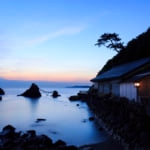
The Top 8 Things to Do in Mie Prefecture, Home of Japan’s Most Sacred Shrine
2,045 views
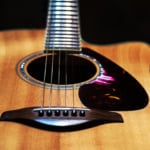
Nashville: America’s Lively Capital of Country Music
2,061 views
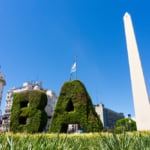
Buenos Aires : The Queen City of the Argentina with Stunning Cultural Attractions
1,764 views
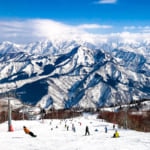
10 Picture-Perfect Sightseeing Spots and Experiences in Niigata
2,158 views

The Best European Cities To Visit for History Lovers Besides Paris and Rome
2,542 views
North America
347 Articles
Central America
79 Articles
South America
92 Articles
594 Articles
Middle East
83 Articles
1032 Articles
128 Articles
1064 Articles
176 Articles
43 Articles
105 Articles
29 Articles
21 Articles
17 Articles
Transportation
27 Articles
52 Articles
Entertainment
28 Articles
FEATURED ON Taiwan
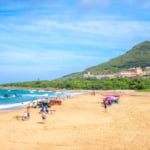
The Best Things to Do in Kenting, Taiwan
1,727 views
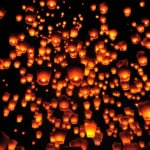
The Best Festivals in Taiwan You Need to Check Out
2,015 views
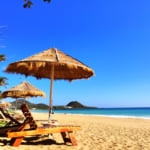
How to Survive Summer in Taiwan: Tips for the Tropical High Heat
2,951 views

9 Taiwanese Desserts You Need to Try in Taiwan
3,604 views
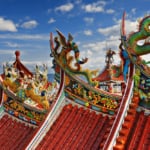
10 Fascinating Temples in Taiwan to Check Out
4,626 views
MOST POPULAR ON Taiwan

Doha: Must-see Attractions in the Capital of Qatar
12,296 views

Amarillo: A City Famous for It’s Amazing Canyons, Great History and Music
11,193 views

Toronto: 10 Things to do in this Picturesque Canadian City
10,982 views

South Korea: Dazzling Scenery, Rich Culture and Fascinating History
10,194 views
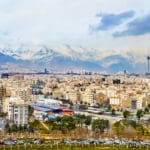
Tehran: Top Things to Do in the Capital City of Iran
9,731 views
The website uses Cookies and other relevant technologies to optimize services. To provide you with a better experience, if you continue to use our site, you are consenting with our use of Cookies. The website can also find scenic spots for users. To activate and utilize this AI-based service, please allow the site to acquire your location first.
Tourism Administration, Republic of China (Taiwan)-Taiwan Tourism Administration's Taiwan Tourism Information Website
- Copyright Notice
- Tourism Administration
- Bahasa Melayu
- Bahasa Indonesia

"Northern Taiwan" refers to the following seven counties and cities: Taipei City, New Taipei City, Keelung City, Yilan County, Taoyuan City, Hsinchu County and Hsinchu City. You may enjoy a bird's-eye-view of the capital from Taipei 101, the Taiwan's tallest building, go to National Palace Museum for appreciating historic objects, or take a walk on old streets in Jiufen, Tamsui, Yingge and Sanxia to immerse in old-time charm.

"Central Taiwan" refers to the following five counties and cities: Miaoli County, Taichung City, Changhua County, Nantou County, and Yunlin County. Located at the heart of Taiwan, these places are ideal for travel as the climate is mild. Many holiday villages and theme parks suitable for young and old can also be found here. If you like culture and art, you must not miss the wood carving studios and pottery kilns in Miaoli, where DIY classes are available. National Taiwan Museum of Fine Arts and National Museum of Natural Science are worth some close explorations. Yunlin is known to the world as the place of origin of puppet theatre. It is also worth some fine appreciation.
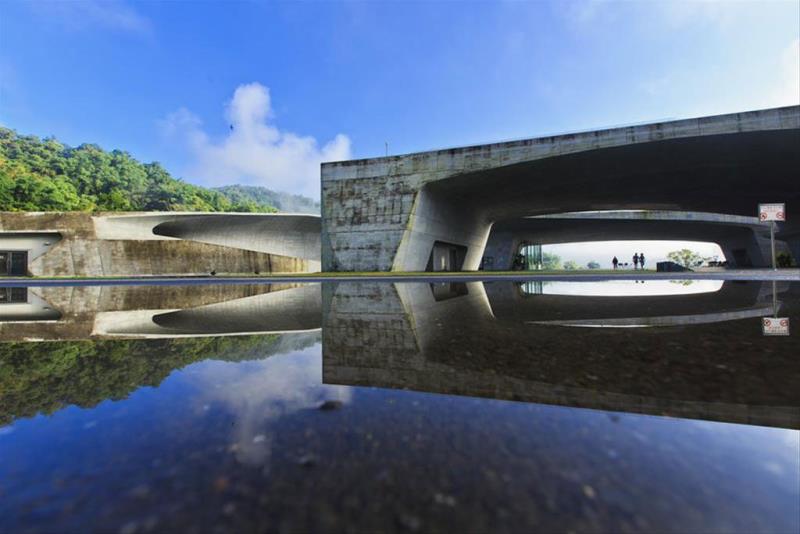
Southern Taiwan is full of history and culture. Tainan City is the island's oldest city. Until the late 19th century, it had also been a political, economic and cultural hub. Thus, the city features plenty of historic sites. The Tropic of Cancer passes through Chiayi County, and thus Tropic of Cancer Solar Exploration Center has been built to highlight the city's unique geographical trait. World-famous Alishan Forest Recreation Park boasts high-elevation forest railways and off-the-beaten-track old hiking trails, making it a must-see for visitors in Taiwan.
It is warm like the summer all year round in Southern Taiwan. In Pingtung, Kenting Park is ideal for scenic scuba diving and all sorts of other water activities. Eluanbi, the southernmost tip of Taiwan, offers magnificent views of the Pacific Ocean on its left and the Taiwan Strait on its right.
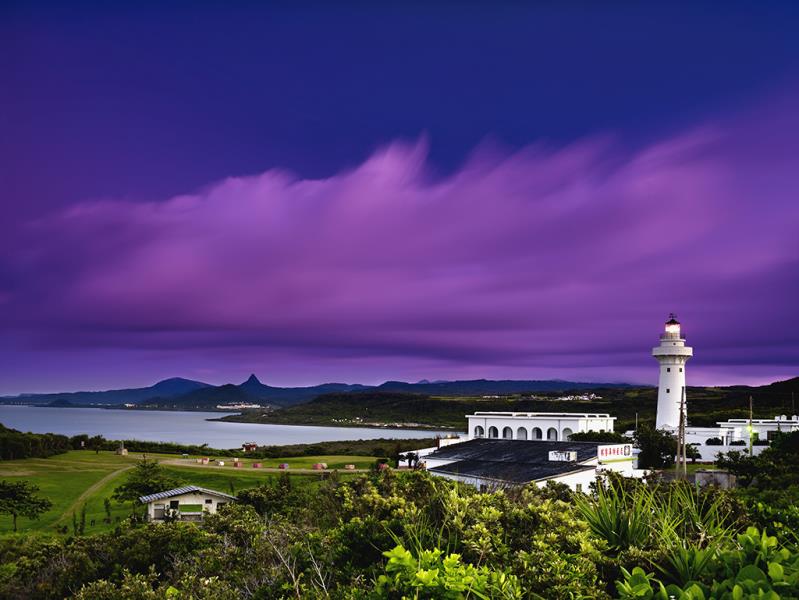
Eastern Taiwan includes two counties, Hualien and Taitung. It faces the vast Pacific Ocean on the East and leans against the Central Mountain Ridge on the West. Standing in between such magnificent waters and mountains, when the Portuguese sailed by during their early explorations, they exclaimed "formosa," meaning "how beautiful" in their language. That's how Taiwan acquired its other name "Formosa," and this reveals how beautiful eastern Taiwan is. Eastern Taiwan is blessed with lots of natural resources, an old farming culture, and kind-hearted locals. Known as the "back yard" of Taiwan, it is ideal for a slow trip. Take a walk on this paradise on Earth, take some deep breaths, and breathe in sweet air. Long stay is recommended here.
Taroko National Park is not to be missed. Its awe-inspiring steep gorges and strange geological formations are worth appreciation. Xiuguluan River's crooked watercourse cuts through coastal mountain ridges, bringing about twists and turns along the way. The river is perfect for canoeing. Youngsters love coming here to enjoy exciting, challenging moments.

Other than the main island, Taiwan has plenty of small surrounding islets, administered by counties such as Penghu, Kinmen and Lienchiang. Once a forbidden military zone, Kinmen today is a popular tourist area. Its three specialties – steel knives, peanut candies, and sorghum wine, are long-time best sellers. Matsu's old wine and the sorghum wine of Tunnel 88 have a resounding taste.
In Penghu, the fireworks festival held at the turn of spring and summer is full of passion and romance. The blue sky and oceans, as well as soft white sand beaches, plus all kinds of fun water facilities, await visitors to enjoy.
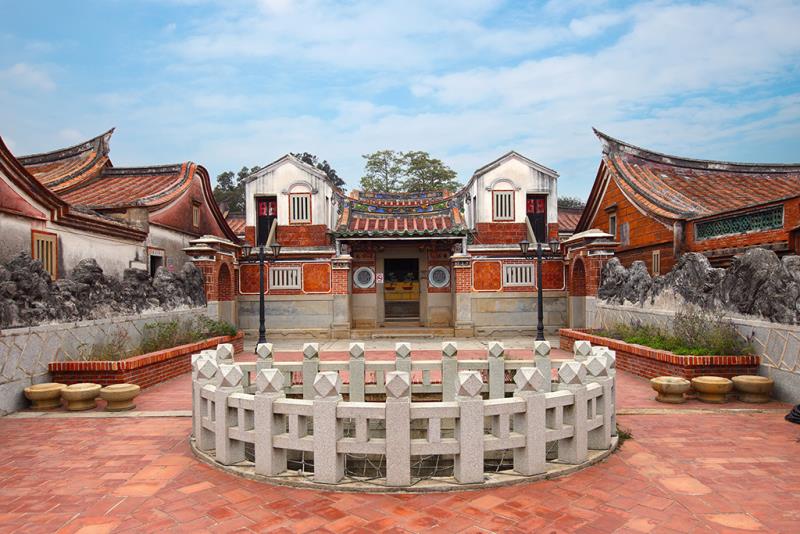
@taiwan Discover and share the best of Taiwan with the world!
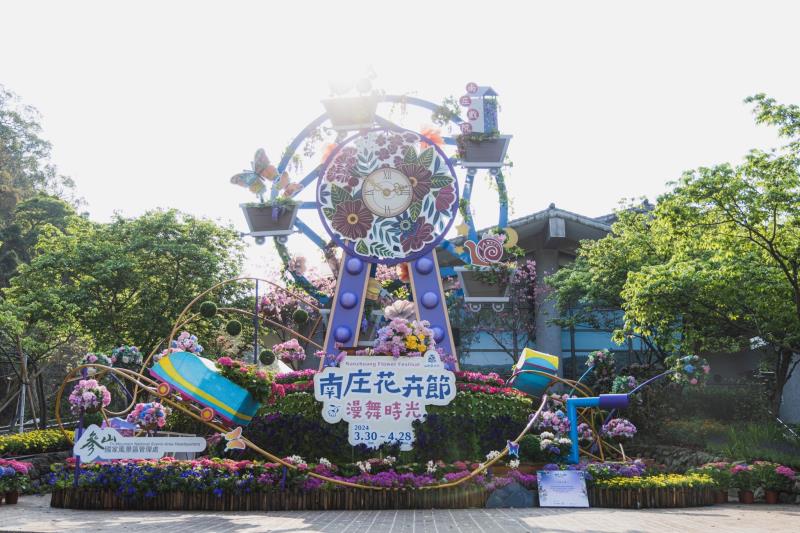
Last update time:


- TRAVEL GUIDES
- DESTINATIONS
- ADVENTURE TRIPS
- HOTELS & RESORTS
- FIND HOTELS WITH DISCOUNTED RATES!
ads_banners
2024 taipei taiwan travel guide blog with diy itinerary, things to do, tourist spots, tips and budget for first-timers.

Traveling to Taiwan for the first time this 2024? Let this Comprehensive Taipei Taiwan Travel Guide Blog 2024 with Sample DIY Taiwan Itinerary (pdf), list of top things to do in Taipei, and breakdown of expenses help you plan your trip. Best of all, Filipinos can enter Taiwan Visa-Free! Read on this post to learn more!
Updated 2024 first-timer's travel guide blog to taipei, taiwan, if you're looking for a trip to taiwan package from the philippines , this is not a packaged tour. but i could help you plan your trip diy (do-it-yourself) style. now, let’s get started., quick facts about taipei taiwan.
- Currency - New Taiwan Dollar (NTD / NT$)
- Language - Mandarin Chinese. Learn a few Mandarin words and phrases before traveling to Taiwan.
- Weather - 4 Seasons (Winter/Spring/Summer/Fall)
- Electricity - 110 Volts at 60 Hertz (uses Type A socket with 2 flat pins and type B socket with 2 flat pins and an extra prong for grounding)
- Time Zone: - UTC+08:00
Visa Requirements to enter Taiwan
Requirements for visa-free entry to visit taiwan for filipinos.
- An ordinary/regular passport with remaining validity of at least six months from the date of entry (Diplomatic & official passport holders are not eligible for visa-free treatment);
- A return ticket or a ticket for the traveller's next destination and a visa for that destination if it is required;
- No criminal record in Taiwan;
- A proof of accommodation (hotel) booking or host/sponsor's contact information /or arrangements of tour, travel, visit, events and meeting etc.
Taiwan Quarantine Rules
- For all foreign travelers arriving in Taiwan, you must undergo a 3-day quarantine in a designated quarantine hotel and a 4-day self-initiated epidemic prevention following the end of quarantine.
- By October 13, 2022, Taiwan government eyes to end COVID-19 quarantine.
- Taiwan COVID-19 Quarantine Rules are continuously changing. Restrictions implemented for arriving travelers can change quickly. Please check regularly the updated quarantine rules in the destinations you're travelling to and transiting through before you travel.
Cheap Flights to Taipei Taiwan
How to Get from Taoyuan Airport to Taipei City?
Taoyuan airport mrt, private car transfer, taiwan weather, when is the best time to visit taiwan, how many days to spend in taiwan, taiwan time zone, useful mandarin words and phrases.
- Hello - Nĭ hăo (sounds like Nee how)
- Thank You - Xièxiè (sounds like Shieh-shieh)
- Good morning - Zǎo (sounds like Zhow)
- Goodnight - Wǎn'ān (sound like One-un)
- I don't understand - Tīng bù dǒng (sound like teeng boo dong)
- How much? - Duō shǎo qián (sounds like dwo shaow chyen?)
- Excuse Me / Pardon / Sorry - Bù hǎo yìsi (sounds like boo haow eeh si)
- Where is…? - Zài nǎli (sounds like dzaiy nah lee)
- I want to go to… - Wǒ yào qù… (sounds like wo yaow chyoo)
- Restroom - Cèsuǒ (sounds like Tse soo-oh)
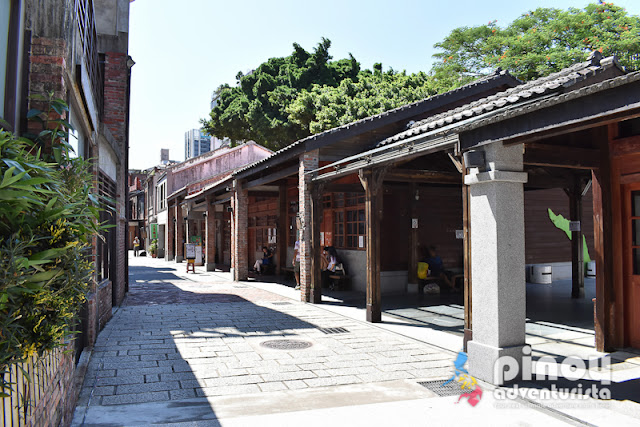
Where to Exchange Taiwan Currency?
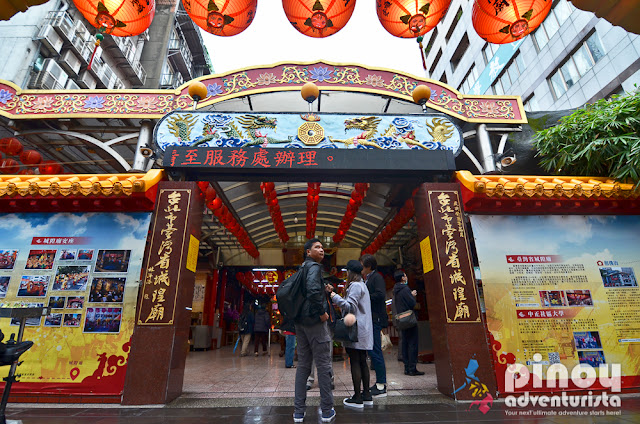
Pocket Wifi Rental and Data SIM in Taipei
Pocket wifi rental in taiwan, taiwan data sim card.
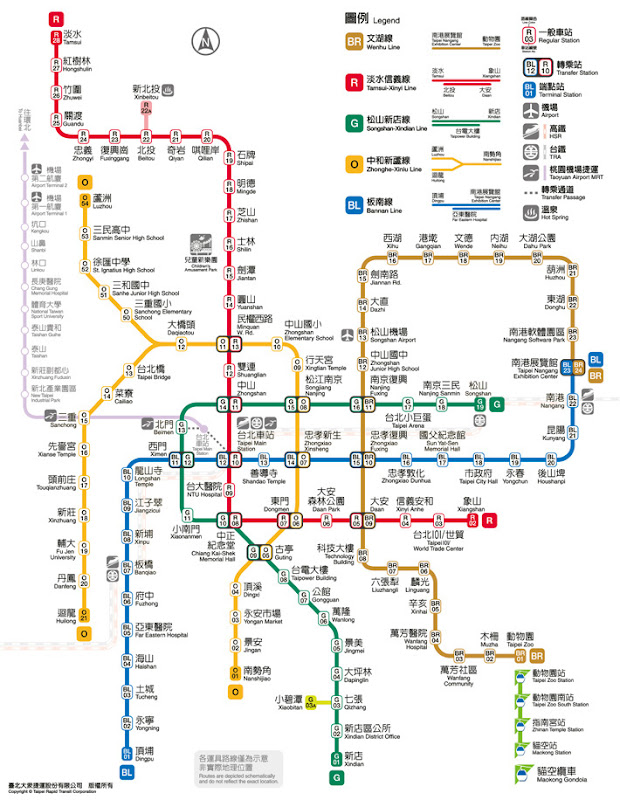
How to Get around Taipei?
Taipei transport fun pass, taipei unlimited fun pass.
- Taipei 101 Observatory
National Palace Museum
- Main Building of Chiang Kai-Shek Shilin Residence
- Miramar Entertainment Park Ferris Wheel
- Taipei Children’s Amusement Park
- Tamsui Historical Museum
- Tamsui to Fisherman’s Wharf roundtrip ticket
Gold Museum
- Yeliu Geopark
Juming Museum
- Sky Lantern Police Station Electric Sky Lantern ticket
- National Museum of Marine Science & Technology
5-DAY JOINT TRAIN PASS (THSR+TR)
Maokong gondola.

Where to Stay in Taipei?
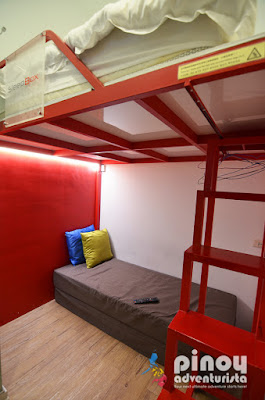
SLEEPBOX HOSTEL XIMEN
- Mixed Dormitory - PHP 926.00 per person
- Female Dormitory for 8 - PHP 927.00 per person
- Standard Double Room, 1 Double Bed - PHP 1,806.00 for 2 persons
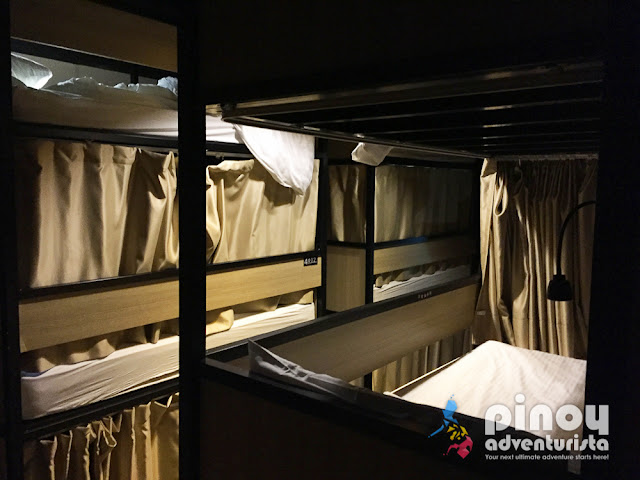
ANGELS' HOSTEL - TAIPEI XIMEN
- Shared Male Dormitory - PHP 512.00 per person
- Shared Female Dormitory - PHP 512.00 per person
- Shared Dormitory, Mixed Dorm (1 Double Bed) - PHP 1,617.00 for 2 persons

GRAND HYATT TAIPEI

INN CUBE XIMEN
- Room Selected By Hotel, Shared Bathroom - PHP 1,001.00 for 1 person
- Room, Shared Bathroom (Bunk Bed) - PHP 1,717.00 for 2 persons
- Double Room, Shared Bathroom - PHP 1,860.00 for 2 persons
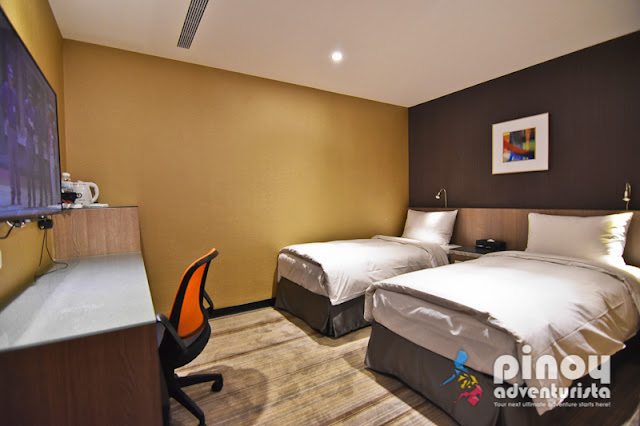
SHILIN HOME TAIPEI
- Double Room - PHP 2,957.00 for 2 persons
- Twin Room - PHP 2,957.00 for 2 persons
- Triple Room - PHP 3,827.00 for 3 persons
- Quadruple Room - PHP 4,697.00 for 4 persons
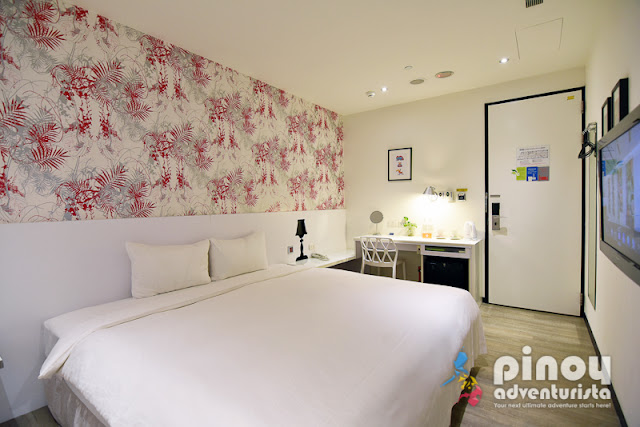
CITY INN HOTEL PLUS XIMEN
- Standard Room - PHP 3,858.00 for 2 persons
- Elite Double - PHP 4,328.00 for 2 persons
- Twin Room - PHP 5,034.00 for 2 persons
- Deluxe Room - PHP 5,034.00 for 2 persons
- Triple Room - PHP 6,672.00 for 3 persons
- Family Room - PHP 7,562.00 for 4 persons
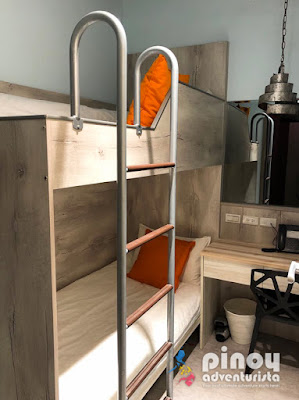
ART INN HOSTEL XIMEN TAIPEI
- Twin Room - PHP 1,500.00 for 2 persons
- Standard Quadruple Room - PHP 4,000.00 for 4 persons
- Family Room - PHP 5,387.00 for 6 persons
TOP-RATED HOTELS IN TAIPEI
Here are the popular and highly-regarded hotels in taipei, taiwan with excellent ratings from previous guests. you can save as much as 50% discount on published room rates when you book in advance., other hotels & hostels in taipei, here are the other popular and top-rated hotels in taipei, taiwan. book now to save as much as 50% off on your hotel bookings.
- Hotel Papa Whale - See rates and room availability
- San Want Hotel - See rates and room availability
- New Riverside Suites - See rates and room availability
- Hotel Midtown Richardson - See rates and room availability
- Sato Castle Motel - See rates and room availability
- Westgate Hotel - See rates and room availability
- Amba Taipei Ximending - See rates and room availability
- CitizenM Taipei North Gate - See rates and room availability
- Fortune Hiya Taipei - See rates and room availability
- Just Sleep Hotel Ximending - See rates and room availability
THINGS TO DO IN TAIPEI + TOURIST SPOTS & ATTRACTIONS
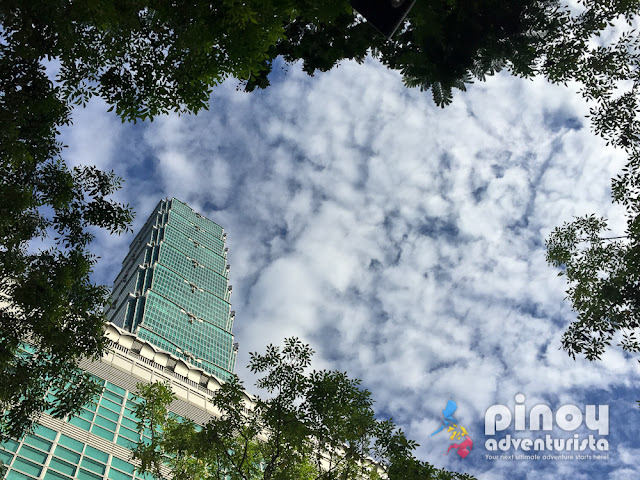
Taipei 101 and Observatory
Travel tip:.

Elephant Mountain

Martyrs' Shrine
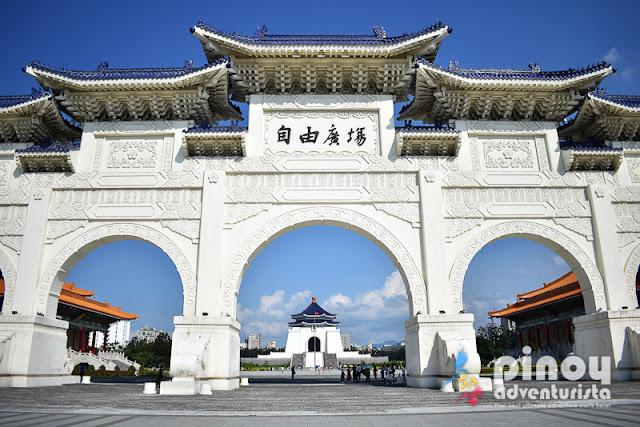
Chiang Kai-shek Memorial Hall
- Memorial Hall - 09:00 AM - 06:00 PM, daily
- Memorial Parl - 05:00 AM - 12:00 MN, daily
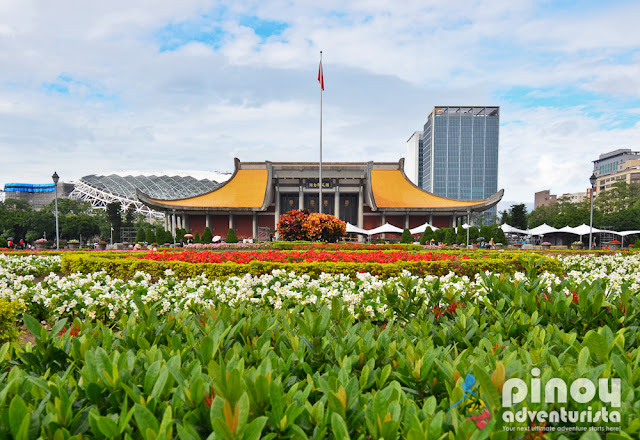
Sun Yat-sen Memorial Hall
Hop on hop off bus ticket prices:.
- 4 Hour Pass - PHP 454.00
- 1 Day Pass - PHP 1,059.00
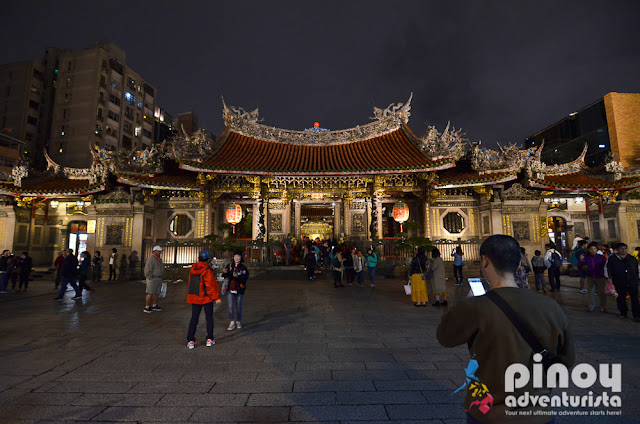
Longshan Temple
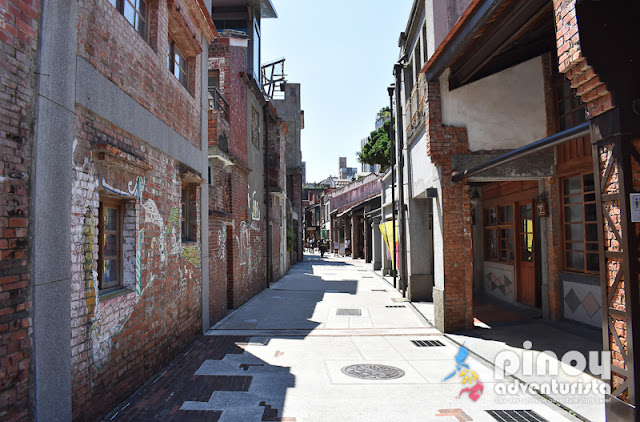
Bopiliao Historical Block

Shilin Night Market
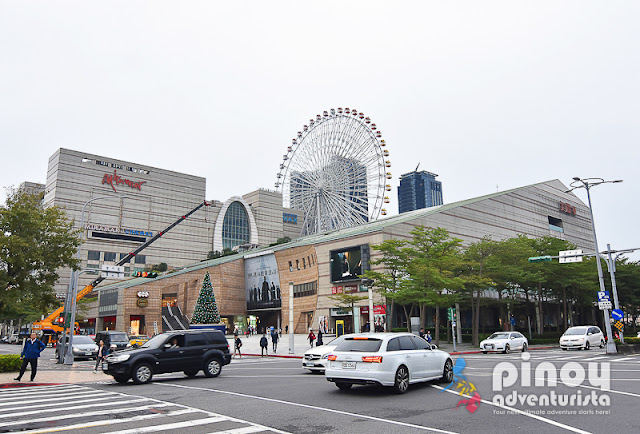
Miramar Entertainment Park
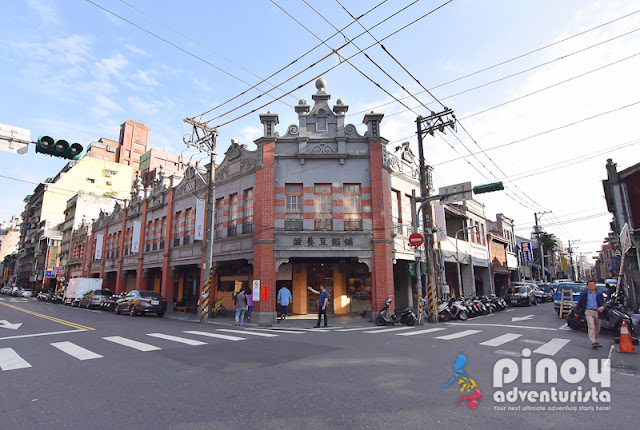
Dadaocheng District
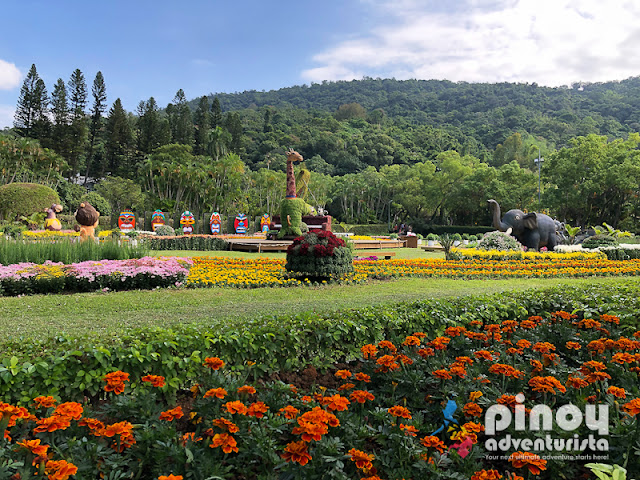
Chiang Kai-Shek Shilin Residence
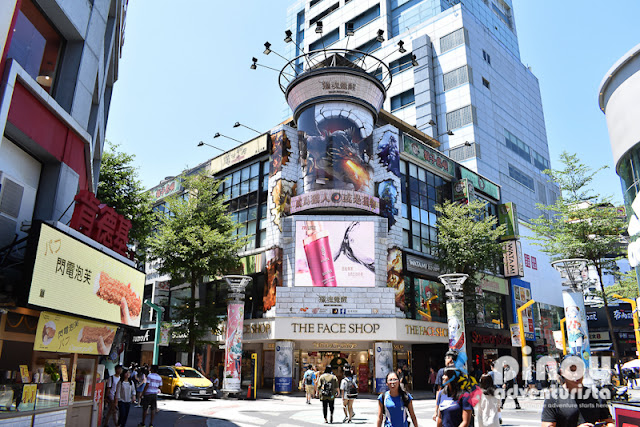
Ximending Shopping District
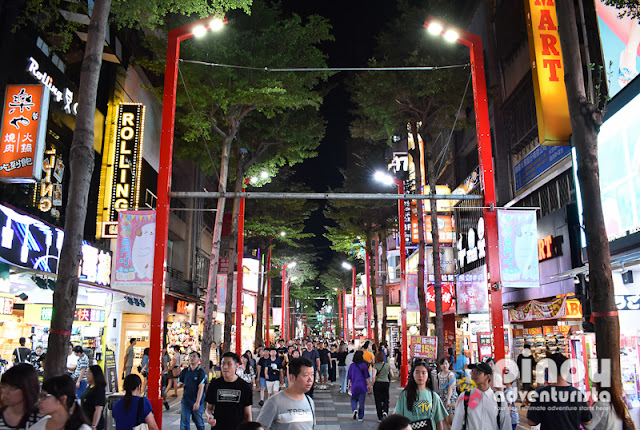
And just outside Taipei...
Side trips and day tours from taipei.

Shifen Waterfalls

Pingxi Old Street

Jiufen Old Village
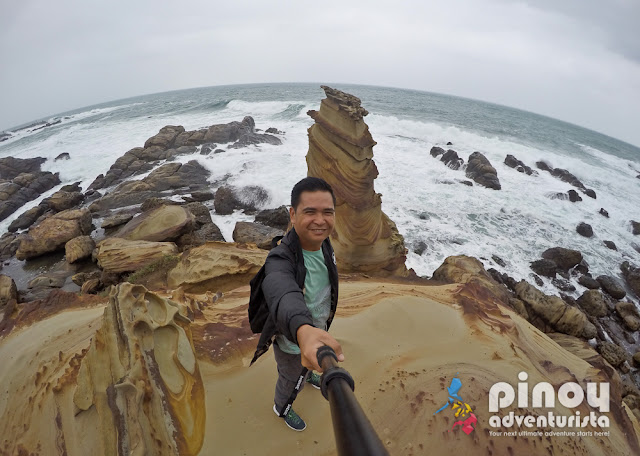
Nanya Rock Formations

Ying Yang Sea
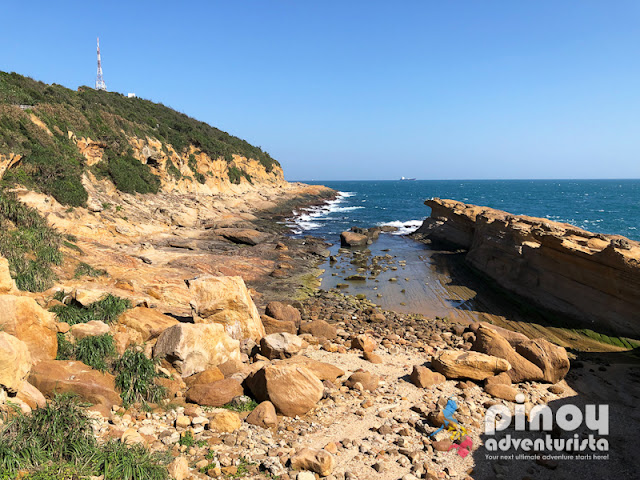
Yehliu Geopark
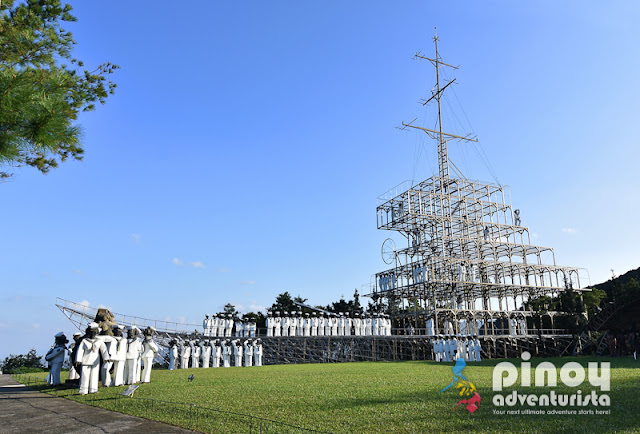
Top Best Things to do in Taipei, Taiwan
Visit the taipei 101 observatory.
- Taipei 101 is one of Taiwan's most popular tourist attractions and most photographed landmarks. This is one of the reasons why I've been wanting to visit Taiwan is to see and climb the famed Taipei 101 . Read more here.
Climb Elephant Mountain and Enjoy the Best View of Taipei
- If you're wondering where to get the best view of the city and of Taipei 101 , I highly suggest that you climb the Elephant Mountain . It requires a hike to the stairs to get to the viewpoint where you will be greeted with an amazing view of Taipei City and the towering Taipei 101 dominating the city's skyline. The best time to visit is during the late afternoon to catch the sunset. Read more here.
Eat, Shop, and Wander at the Best Night Markets in Taipei
- Food trip and shopping are two of the best ways to enjoy a visit to Taiwan. Forget about bars and night clubs. The night markets are the best places to visit at night when in Taiwan! The night market is a Taiwanese cultural tradition that you should experience when visiting Taiwan. Eat, shop, stroll, and immerse yourself with the night market culture as you share the experience with the Taipei locals and tourists visiting Taiwan. Read more here.
Taipei City Double Decker Sightseeing Bus Tour
- This tour is a Hop-on Hop-off Sightseeing Bus Tour to some of the major tourist spots and attractions in Taipei. Composed of 23 bus stops and 2 routes, it gives you the convenience of taking the bus that goes to the different interesting sites in Taipei. With this tour, you can choose to hop off at any stop for sightseeing, and hop back on when the next bus on the schedule arrives. Read more here.
- Jiufen Village and Northeast Coast Tour in New Taipei City, Taiwan
- This northeast coast tour in New Taipei City will bring you to some scenic spots in Taiwan, such as the Bitou Cape, Nanya Rock Formations, and Ying Yang Sea. The highlight of this tour is the visit to Jiufen Village which is an old mining town that is now a popular tourist destination near Taipei City. Located in the mountain area of Ruifang District in New Taipei City, Taiwan, Jiufen Village is a quaint village with rich history and culture to tell. Read more here.
Shifen Waterfalls, Pingxi Old Street, and Keelung Miaokou Market
- This tour will bring you to Shifen Waterfalls which is located within a beautiful forested mountainside in Pingxi District, New Taipei City. It is popular tourist destination that is about 20 meters high and 40 meters wide, making it the broadest waterfall in Taiwan. Also not to be missed is the Pingxi Old Street which is located near a train station that is rich in culture and history to tell. You could end your tour with a visit to Keelung Miaokou Street where you could explore the different shops and food stalls in the area. Read more here.
Pineapple Cake Making Workshop in Taipei
- Don’t miss this workshop that will let you to experience the handmade process of pineapple shortcake making when visiting Taiwan. Located in Shilin District , The Kuo Yuan Ye Museum of Cake and Pastry is a pastry culture and making museum in Taipei, Taiwan. Read more here.
The Shu's Pottery DIY Workshop
- Learning pottery making for the very first time is such an awesome and memorable experience. There's no better way to learn it than from the guidance of experts and from a place rich in history. This is recommended for your group of friends, family, and even kids. Read more here.
Soap Making Workshop at TeaSoap since 1957
- This activity will surely bring out the creativity in you. It's an ideal activity and new things to do in Taiwan that the family, group of friends, and kids of all ages will surely love and enjoy. Read more here.
Blue Dye Making Workshop at The Can
- This traditional Taiwanese cloth dyeing technique can still be found in Sanxia District in New Taipei City. Because of the abundance of the dye plant called "Da Jing" in the area, Sanxia became the center of the cloth dyeing industry of Northern Taiwan during the late Qing dynasty. To keep the tradition alive, locals have set up dyeing workshops along the old streets of Sanxia to let other people learn and appreciate the art of Blue Dye . Read more here.
Best Food and Must-eats in Taipei
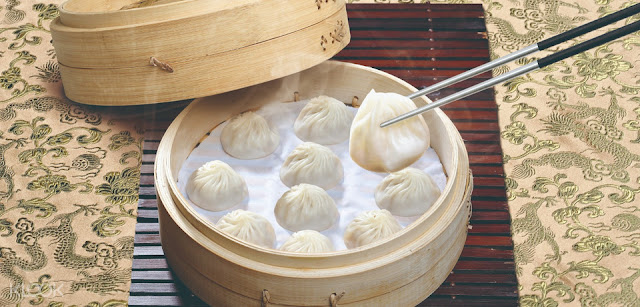
Din Tai Fung
Meat boss hot pot in taipei, buffet options.
- Eatogether in Taiwan
- Chao Guo Shabu in Banqiao Station
- Cafe83 at Sun Yat-Sen Memorial Hall Station
- Mantanghung Spicy Hot Pot at Taipei City Hall Station
- Jing He Jia at Fuzhong Station
Other Tours and Experiences in Taiwan
A Day at Sun Moon Lake
Yangmingshan National Park & Hot Springs Tour
Taiwan's Northern Coast
Fo Guang Shan and Cheng Ching Lake
Wuling Farm Day Tour from Taipei
Sightseeing Carpool Between Taipei and Hualien (via Jiufen)
Gaomei Wetland & Rainbow Military Community
Leofoo Village Theme Park
Thousand Island Lake & Pinglin Tea Plantation
Taroko Gorge, Swallow Grotto, & Seven Star Lake Day Tour
Qingshui Cliff Sea Kayaking in Hualien
Alishan National Forest Recreation Area
Yehliu Geopark, Jiufen and Shifen Shuttle Bus from Ximen
Sample 5 days and 4 nights taipei diy itinerary.
- Arrival in Taiwan
- Check-in at the Hotel
- City tour via Hop on Hop off sightseeing bus tour
- Dinner and Taipei at Night Tour
- Back at the hotel/hostel
- Morning walk in Taipei, go to Bopiliao Historical Block
- Jiufen Village and Northeast Coast Tour
- Jingmei Night Market Tour and Dinner
- Half day Explore Taipei City Tour
- Visit Taipei 101 Observatory
- Climb Elephant Mountain
- Dinner at Tonghua Night Market
- Join the FREE Taipei Walking Tour Historic Route
- Explore Bopiliao Historical Block
- Shop for pasalubong
- Walk around Ximending Shopping District
- Dinner at Shilin Night Market
- Prepare for departure
- Check out of the hotel
- Flight back to Manila
Taipei Trip Budget and Expenses
List of basic expenses.
- Accommodation: PHP 1,000 - 5,000 per night
- Food: PHP 500 - 800 per day
- Transportation: PHP 300 - 400 per day
- Taipei 101 Observatory Ticket - PHP 859 per person
- Half-day Explore Taipei City Tour - PHP 1,704 per person (includes entrance ticket to the National Palace Museum)
- Taipei at Night Tour - PHP 2,324 per person (includes dinner at Din Tai Fung )
- Jingmei Night Market Tour - PHP 842 per person (includes tasting 12 local snacks)
- Taipei Sightseeing Hop on Hop off Bus Tour
- 4 Hour Pass - PHP 454.00 per person
- 1 Day Pass - PHP 1,059.00 per person
- Jiufen Village and Northeast Coast Tour: PHP 2,014 per person
- 4G Pocket WiFi Rental: PHP 133 per day
- Airport Transfers: PHP 1,390 per way good for 4 persons
Sample Expenses for 14,000 PHP Budget
- Train to Taipei - 272.00
- Hostel (1st night) - 512.00
- One day Bus Tour via Klook - 1,059
- Food Expenses - 300.00
- Dinner and Taipei at Night Tour via Klook - 2,324
- TOTAL - 4,467
- Hostel (2nd night) - 512.00
- Jiufen Tour - 2,014.00
- Jingmei Night Market Tour via Klook - 842.00
- Transportation - 60.00
- TOTAL - 3,728
- Hostel (3rd night) - 512.00
- Explore Taipei via Klook - 1,704
- Taipei 101 Observatory Ticket via Klook - 859.00
- Elephant Mountain - Free
- Transportation - 100.00
- Food Expenses - 500.00
- TOTAL - 3,675.00
- Hostel - 512.00
- TOTAL - 1,112.00
- Train to Taoyuan Airport - 272.00
- TOTAL - 772.00
GRAND TOTAL = 14,086.00 per person
- Round trip airfare Manila-Taipei-Manila
- NAIA terminal fee and travel tax
- Budget for pasalubong and tips
- Food expense for snacks
You can download a PDF copy of this Taiwan DIY Itinerary Travel Guide, HERE .
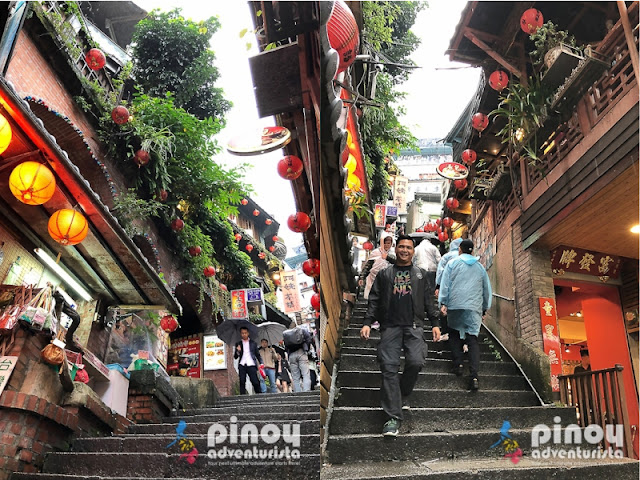
Sample 3 Days 2 Nights (3D2N) Itinerary for 8,000 Pesos
Day 1 - gold museum, jiufen and miramar entertainment park.
- 06:00 - Arrival in Taipei. Take the Airport Express to Taipei Main Station
- 07:30 - Leave bags at the hotel/hostel
- 08:00 - Have Breakfast at JSP Ximen
- 08:10 - Eat breakfast at JSP Ximen
- 08:40 - Walk to Ximen Bus Stop Station
- 09:00 - Take the city bus number 965 to Gold Museum
- 10:10 - Gold Museum Tour
- 11:50 - Lunch
- 12:30 - Gather and head to Jiufen by taking bus 965
- 13:00 - Explore Jiufen Old Street
- 14:30 - Gather and take bus 965 to Taipei
- 15:30 - Arrive at Taipei's Beimen MRT Station
- 15:45 - Take the MRT Green line and alight at Nanjing Fuxing
- 16:00 - Transfer the MRT brown line and take the train to Jiannan Rd. Station
- 16:30 - Go to Miramar Entertainment Park, ride the Ferris Wheel
- 18:30 - Dinner
- 20:00 - Head back to Ximen by taking the MRT Brown Line from Jiannan Rd. Station to Nanjing Fuxing
- 20:30 - Transfer to MRT Green Line to Ximen Station
- 21:00 - Back at the hotel/hostel
Day 2 - National Palace Museum, Shilin Residence, Dadaocheng, and Taipei 101
- 07:00 - Breakfast
- 08:00 - Take the MRT to Shilin Station and transfer to the Bus Red 30 (R30) which will take you directly to the National Palace Museum.
- 09:10 - Arrive at National Palace Museum, explore
- 10:50 - Gather at the exit and take the bus Bus Red 30 (R30) and head to Main Building of Chiang Kai-Shek Shilin Residence
- 11:10 - Tour of Main Building of Chiang Kai-Shek Shilin Residence
- 13:00 - Lunch
- 14:00 - Take the MRT to Daqiaotou Station. Take exit 1 and walk towards Dadaocheng district
- 15:00 - Arrive at Dadaocheng district
- 15:45 - Explore the district of Dadaocheng
- 18:00 - Dinner
- 19:00 - Walk back to Daqiaotou Station
- 19:30 - Take MRT from Daqiaotou Station to Dongmen Station and transfer to red line to Taipei101/World Trade Center Station.
- 20:00 - Arrive at Taipei 101 and visit Shou Xing Fang for souvenir shopping
- 20:30 - Go up to Taipei 101 Observatory
- 22:00 - Take the MRT back to Ximen Station
- 22:30 - Back at hotel/hostel
Day 3 - Yehliu Geopark and Juming Museum
- 06:00 - Leave bags at the hotel/hostel
- 06:30 - Breakfast
- 07:00 - Take the MRT from Ximen to Taipei Main Station then transfer the MRT Red Line to Tamsui Station
- 08:30 - Arrive at Tamsui Station. Take the Taiwan Tourist Shuttle service 862 to Yehliu Geopark
- 10:00 - Arrive at Yehliu Geopark, explore
- 12:00 - Lunch
- 13:00 - Depart for Juming Museum by taking Bus 862
- 13:30 - Tour Juming Museum
- 15:30 - Gather at the entrance of Juming Museum
- 15:45 - Take the Bus 862 back to Tamsui Station
- 17:00 - Arrive at Tamsui Station. Take the MRT Red Line to Taipei Main Station then transfer to Ximen Station via the Blue Line.
- 17:40 - Arrive at Ximen Station/Taipei Main Station and Go to the hotel to pick-up bags
- 18:00 - Take the Airport Express Train to Taoyuan Airport
- 19:00 - Arrive at Taoyuan Airport. Check-in for your flight.
- You will be staying in a hostel for 1,000 pesos per night.
- Your food expenses is 800 pesos per day.
- You'll be taking the Airport Express Train from and to the Airport for 544 pesos round trip.
- You will be using a 3-day Unlimited Taipei Fun Pass worth 3,243 pesos. You can buy Taipei Unlimited Fun Pass here .
Breakdown of Expenses:
- 3 days Unlimited Taipei Fun Pass - PHP 3,243
- Hostel for 2 nights - PHP 2,000
- Food for 3 days - PHP 2,400
- Round trip Airport Express Train - PHP 544
TOTAL - PHP 8,187 per person
Taiwan travel blogs.
- Sample Taiwan Itineraries for 3, 4, 5 Days Tour
- 10 Free Things to Do in Taipei + Tourist and Attractions
- Taipei Taiwan Night Markets: Est, Shot and Explore!
- 3 Awesome Ways to Explore and Discover Taipei, Taiwan
- Taipei 101 & Elephant Mountain (Best Views of Taipei + Travel Tips)
- Top Best Budget Hotels and Hostels in Taipei, Taiwan
- The Perfect 3-Day Itinerary for Taipei using the Taipei Unlimited Fun Pass
- Sample 2 Days Nantou, Taiwan Itinerary using the Nantou Fun Pass
I hope this COMPREHENSIVE TAIPEI TAIWAN TRAVEL GUIDE BLOG for First-timers help you in planning a memorable Taiwan Adventure! Enjoy and have fun in Taiwan!
Follow my adventures on youtube @pinoyadventurista, 10 comments :.
Hi my husband is working in taiwan for almost 4 years and i will visit him this may 2018...in this case do i still need to show in the immigration a hotel accommodation or is it enough to show to them the address where my husband is staying as my proof of accommodation?
Great to know this TAIWAN VISA-FREE ACCESS for Filipinos is extended until July 31, 2019! I'm planning a trip soon, this Taipei Budget Travel Guide with sample DIY Itinerary is very helpful. This First-Timer's Travel Guide to Taipei, Taiwan is such a big help especially for first-timer like me.
Indeed, there are so many THINGS TO DO IN TAIPEI. I used this as my travel guide. Get to Know the City on a Hop On Hop Off Tour. Get a Killer View of Taipei from the Taipei 101 Observatory. Eat Your Way Through Shilin and Raohe Night Markets. Get Artsy at a Museum or Creative Park. Go on a Free Walking Tour. Feel Tiny at Chiang Kai-shek Memorial Hall. Planning a trip to Taiwan sometime soon? This is a comprehensive DIY itinerary travel guide that covers attractions and activities every first timer’s should not miss.

yong iti's mo is "for your eyes only" we cant even print it. enable mo naman yan para ma print ng readers and followers
yong iti portion mo is "for your eyes only" we cant even print it. enable mo naman yan para ma print ng readers and followers, i mean not the whole post
Hi. Me and my brother are planning to travel to Taiwan next month. It will my first time while second trip for my brother because he's already been to SG last year. Question, cos i'll be really on a tight budget for this trip like everything will be budgeted. Im just afraid that i'll be checked regarding my financial capability. Well, im actually employed for two years already but i dont have that "show money" thing. Is it okay? Thank you so much.
Hi, paano po kapag sa apartment ng bf/gf ka magtitigil for the rest of your vacation? Okay lang po bang sabihin na you'll be staying at your boyfriend's or girlfriend's place?
I love how detailed you are when explaining everything! Thank you for this! Excited to visit Taiwan again!

Thank you for this guide! Super detailed and helpful! God bless 🙏
thank you for this is very helpful. can i ask if how much money needed for my bank to not get offloaded if i want to travel i taiwan.
Looking for Budget Travel Guide Blogs, Hotel Reviews, and Sample DIY Itineraries? Welcome to Pinoy Adventurista, "Your Next Ultimate Adventure Starts Here!" Pinoy Adventurista is one of the Top Travel Blogs in the Philippines and the World. In 2013, he visited all the 81 provinces in the Philippines.

COMMENTS
Taiwan Travel Guide. Taiwan is one of the most underrated budget destinations in Asia. It offers a beautiful — and super affordable — mix of east and west, blending the culture and cuisines of mainland China, Japan, and Hong Kong. And all with a fraction of the crowds. I don't think enough people visit Taiwan.
As of October 13, 2022, Taiwan is totally open for travel. All COVID-related travel restrictions are finished. That brought to an end the 938 days total that Taiwan's borders were closed to some or all international tourists! Currently, you just need to find out if your country is eligible for visa-free entry (most are), and for how many days.
For a 7-day Taiwan itinerary, I'd suggest the following: Day 1-2: Taipei. Day 3: make a day trip from Taipei (such as Beitou, Tamsui, Wulai, Maokong or Thousand Island Lake and the Shiding tea township) Day 4: travel to Sun Moon Lake. Day 5: explore Sun Moon Lake and travel to Taichung ( book HSR tickets with a discount here) Day 6: Taichung.
Day 1: Taipei 101, Maokong Gondola and Shilin Night Market. Start the day with a trip to the observation deck of Taipei 101, Taipei's most iconic building. The 101 story building resembles a giant bamboo stick and the 91st-floor outdoor observation deck offers amazing 360-degree views of the city.
- Read my general Taiwan travel guide and these FAQs about Taiwan. Figure out the best time to visit Taiwan, the top festivals, and which budget airlines fly there. - Find all your day tours, drivers, discounted attraction tickets, and more on Klook! ... November 18, 2022 at 1:15 am . Hey, great article and site. ...
Eastern Taiwan & Taroko National Park. Green Island's windswept northeast corner was completely out of bounds for much of the 20th century, occupied by a large prison camp. Here, political…. 02 / Planning Tools.
Planning Your Trip To Taiwan. , the winters can be substantially drier, pleasant, and even cold enough during January and February to require a jacket and other winter apparel. Fall's October and November months are a sweet spot when it comes to weather, while March through May are warmer and see cherry blossoms, and are also hot enough to hit ...
Taipei is a very young city as far as Asia goes. Really, the place you're visiting has only existed for at most 300 years, but it still has a very fascinating history. Culture. Taiwan's capital has the most diversified culture of any city in Taiwan. It's a modern city steeped in Chinese heritage.
Explore Taiwan's diverse culture and fascinating landscapes in this itinerary covering the whole island. Starting in Taipei you will move on to Sun Moon Lake before heading to Alishan. Discover monasteries and national parks on the Southwest coast before heading back to Taipei. view trip ⤍. 5 days / from1100 USD.
Tailor-made travel itineraries for Taiwan, created by local experts. 11 days / from1950 USD. Nature's adventure in Taiwan. Taiwan was formerly known as Ilha Formosa - "beautiful island" and it's easy to see why: lush rivers, tropical forest, and imposing sea cliffs, this itinerary focuses on Taiwan's nature.
Located on the north side of the pond is the Kaohsiung Confucius Temple - the largest Confucius temple in Taiwan, designed in the style of a Song Dynasty-era temple. After temple-hopping, visit the romantic Love River and indulge in street eats at the Rueifong Night Market. 6. Yilan. Best place for quiet.
This Taiwan one-week itinerary assumes you'll have seven complete days to work with. Days 1 and 2 are spent exploring the mesmerizing capital, Taipei City, while day 3 involves a multi-stop day trip from the city. Day 4 takes you down to artsy Taichung. From there, you'll venture to stunning Sun Moon Lake on day 5.
In general, the best time to visit Taiwan is in autumn. Temperatures are still warm throughout the island and rainfall is far lower than in the summer months. The lower tourist numbers in autumn also mean that hotel availability increases while prices drop. You'll get much better value at this time of year.
Taiwan is planning to resume visa-travel travel to previously visa-exempt countries like Singapore, Malaysia, Japan, South Korea, Philippines, Thailand and Brunei starting from September 29, 2022. Travelers from eligible countries are welcome to visit Taiwan without applying for special permits for activities like leisure travel.
Pre-Trip Guide. Itinerary. Day 1 - Hitting The Ground Running in Taipei. Day 2 - Spirited Away. Day 3 - Winding Up To Alishan. Day 4 - The Almost Sunrise. Day 5 - Artsy Urban Kaohsiung. Day 6 - The Surf Challenge. Day 7 - Fly With The Wind.
Avoid mountainous areas after quakes and heavy rains. Strong winds often mess up sailing schedules to and from Taiwan's islands, and cross-island buses may stop running after a landslide. Check with the relevant authorities before heading to the station or pier with your umbrella. 14. Be wary of where you smoke.
3. Eat Your Way Through Shilin and Raohe Night Markets. Taiwan is all about night markets and street food. You can't go to Taiwan without eating your way through at least one night market. There are several you can visit in Taipei, but Shilin and Raohe night markets are the city's biggest and most popular.
To give you an idea, you should expect to travel to Taiwan with an average daily cost of about USD $35~ per person on a budget, or at least $95~ if you want to experience more comfort in activities, tours, hotels, and more. (Values below show low budget to medium budget ranges). Hotels: $20 to $60 USD / day.
Taiwan in Autumn (October to December) By late September, the intense heat finally gives way to pleasant, warm autumn days. By mid-November you'll need a sweater or light jacket. True "winter" doesn't usually hit until mid- to late-December. Autumn is also the driest and season of the year.
It's no doubt Taipei 101 is Taiwan's most iconic building and the modern symbol of the city. Taipei 101 is 508 meters high and was the tallest building in the world for five years. Heading to the top of Taipei 101 is a great way to see the city from above, with stunning views of the mountains surrounding Taipei.
The scenery in Taiwan is fine and diverse. In each corner, one can discover touching stories which reflect local culture. Welcome to this beautiful island. At this travelers' sanctuary, feel free to savor our history, immerse in our lifestyle, and try all sorts of delicious food. Meet our hospitable people, too!
Citizens of more than 66 countries and territories can enter Taiwan visa-free for 30 or 90 days. Taiwan has a 24-hour multilingual travel information hotline (0800-011-765). With its unique fusion of cultures, breathtaking scenery, diverse cuisine, exciting city life and well-developed hospitality industry, Taiwan is an ideal destination for ...
UPDATED 2024 First-Timer's Travel Guide Blog to Taipei, Taiwan My first time to visit Taiwan was in November 2017 and I went back last May and August 2018. I recently visited Taipei, and I have updated this travel guide to include more information, new tourist spots, attractions, and activities in Taipei and other parts of Taiwan.